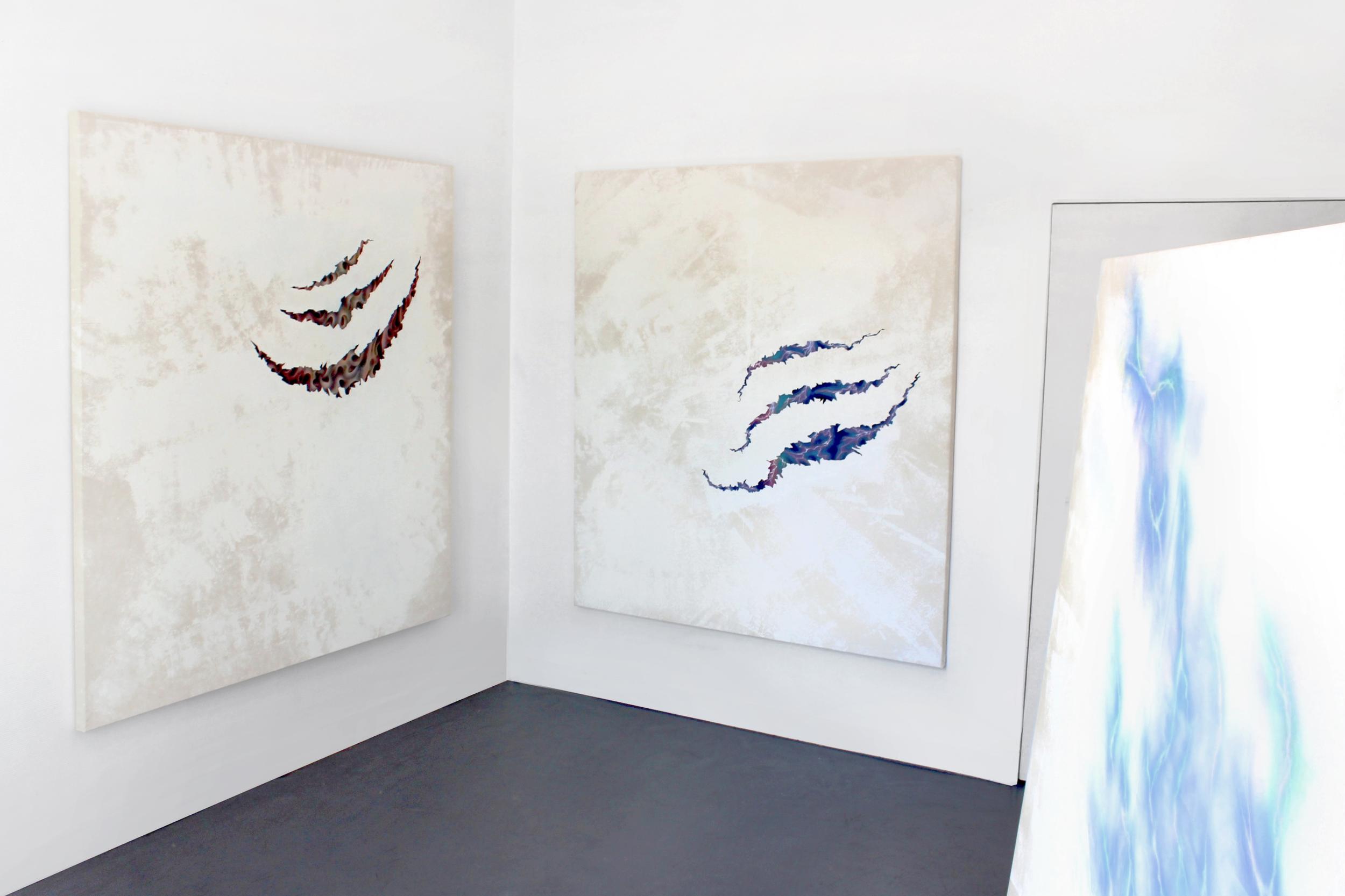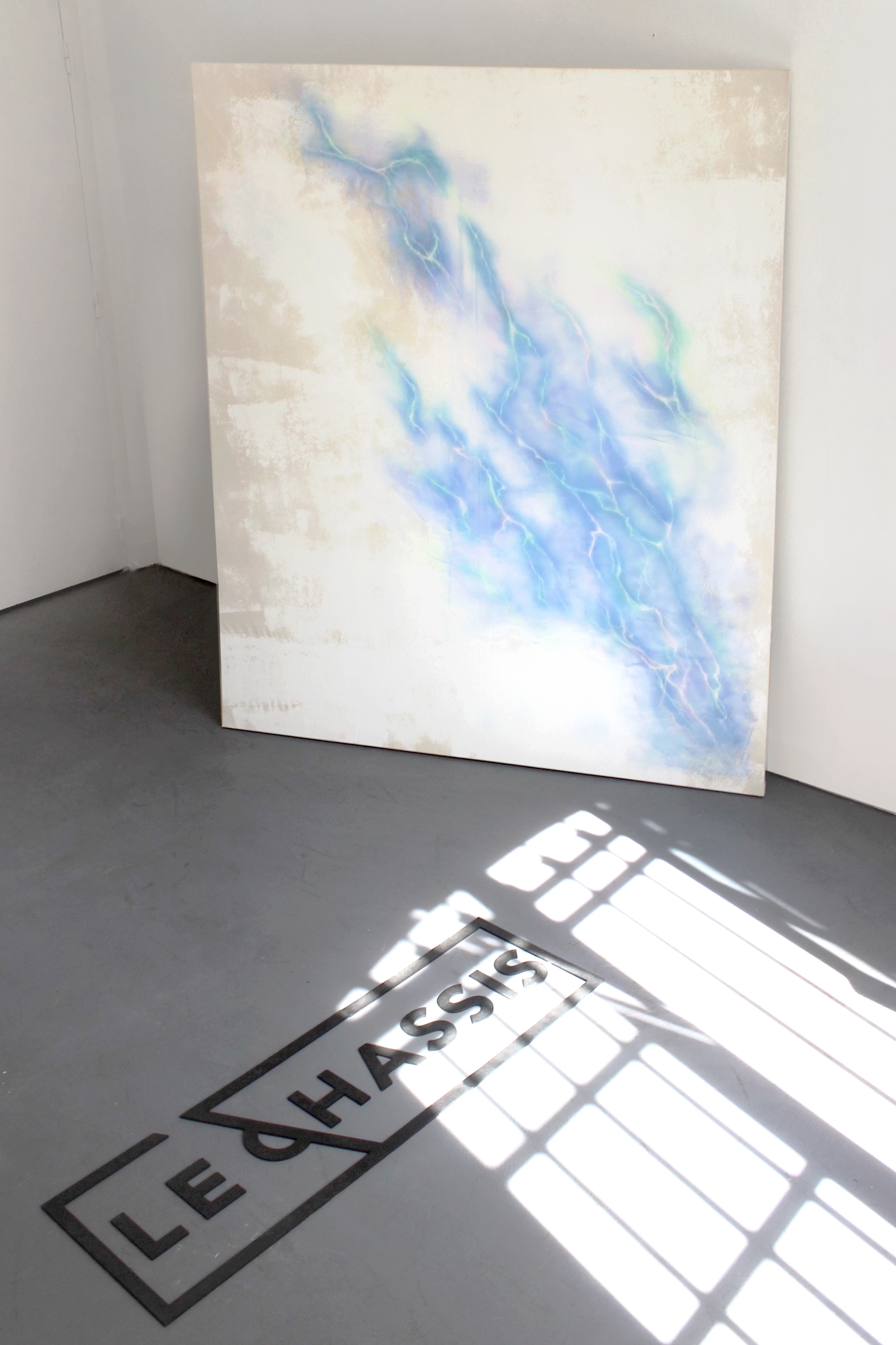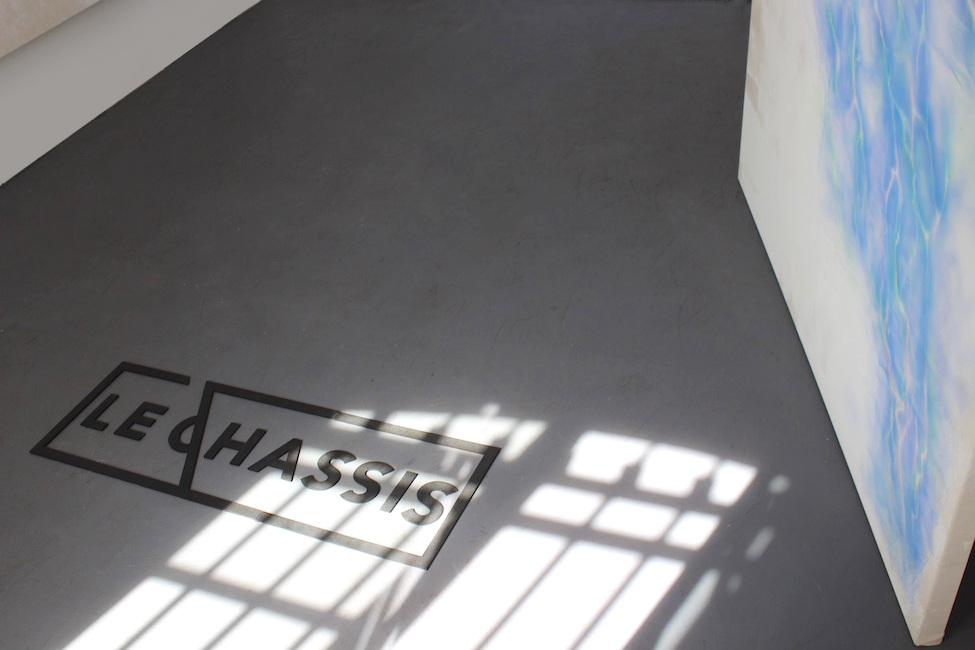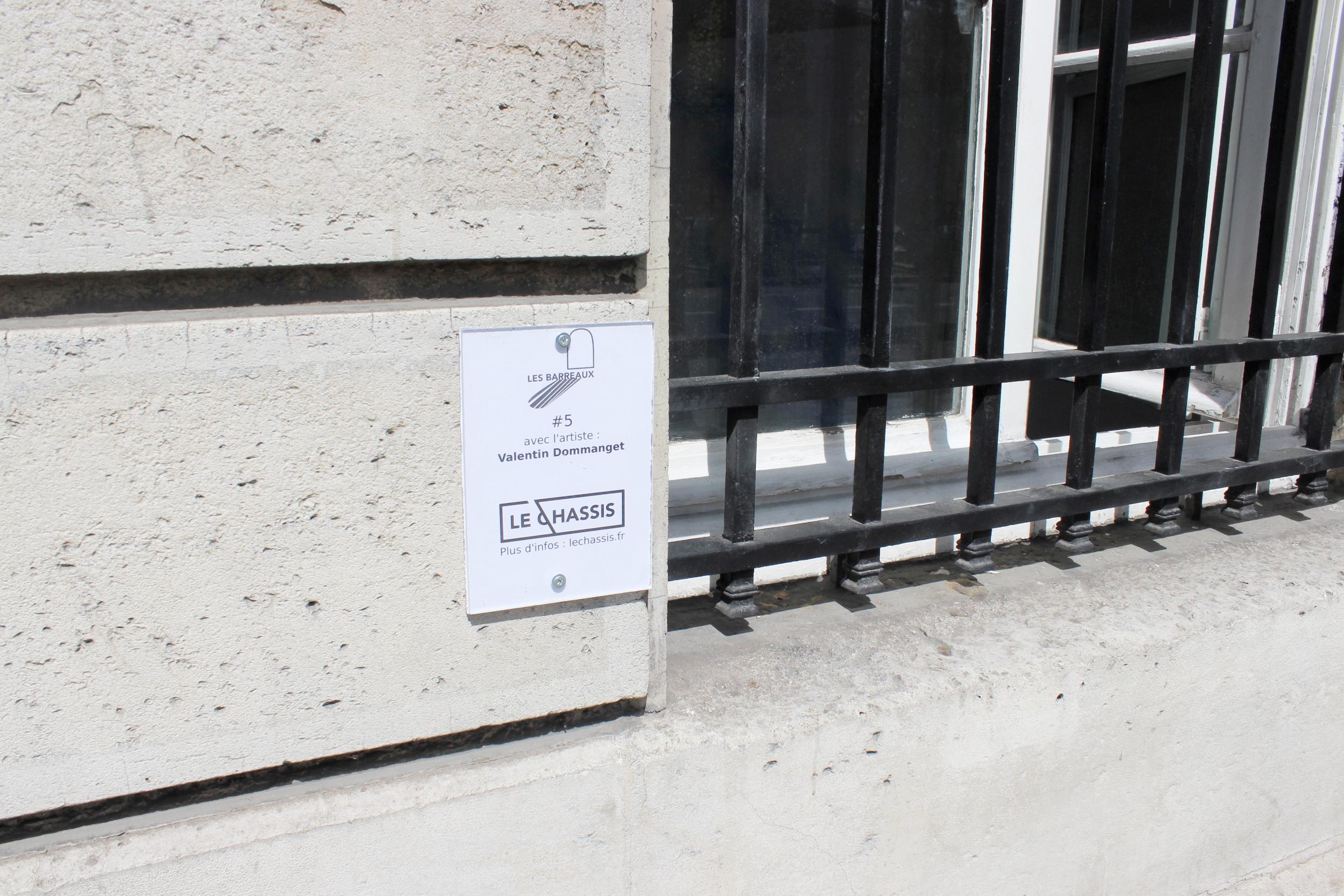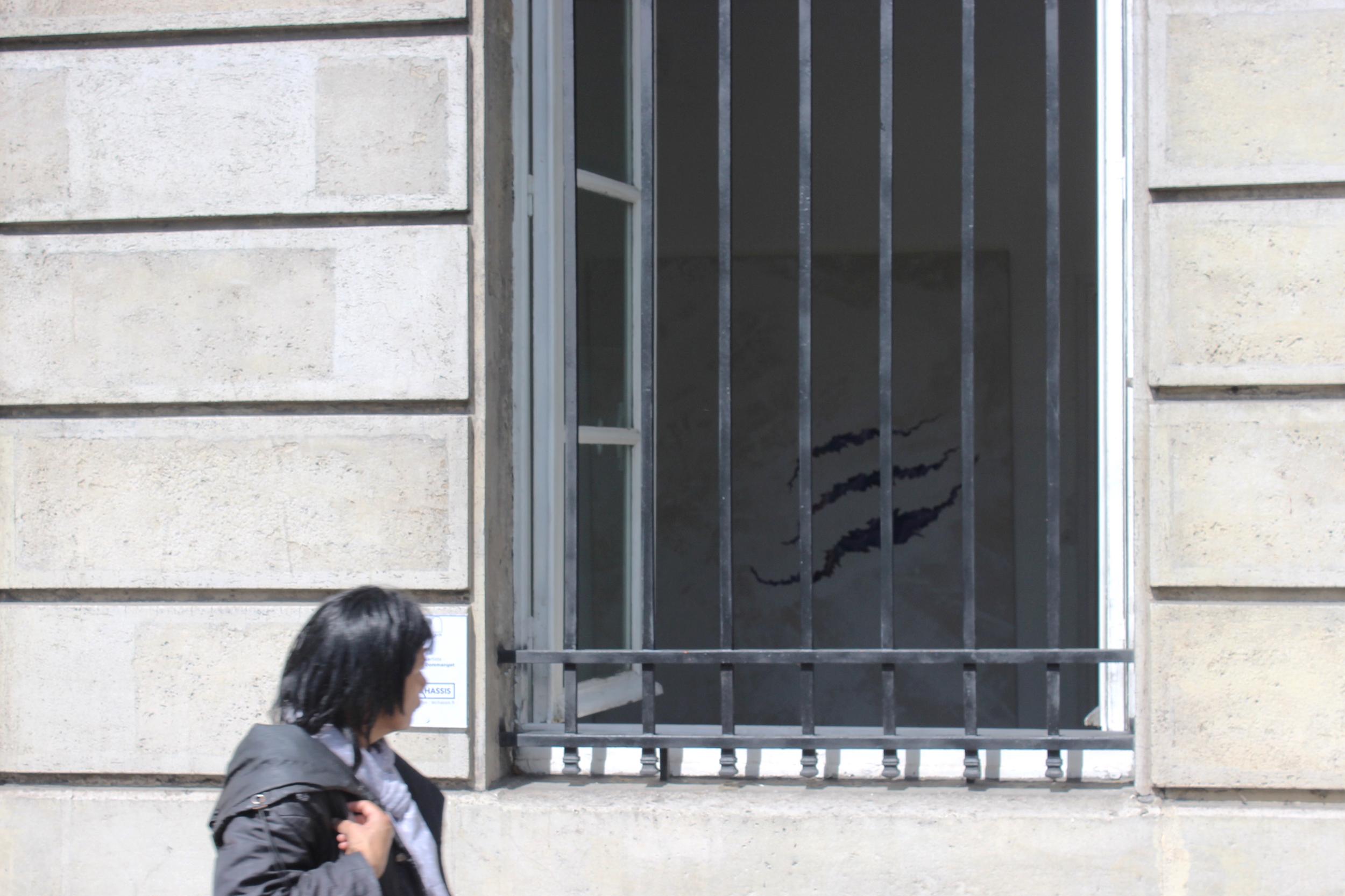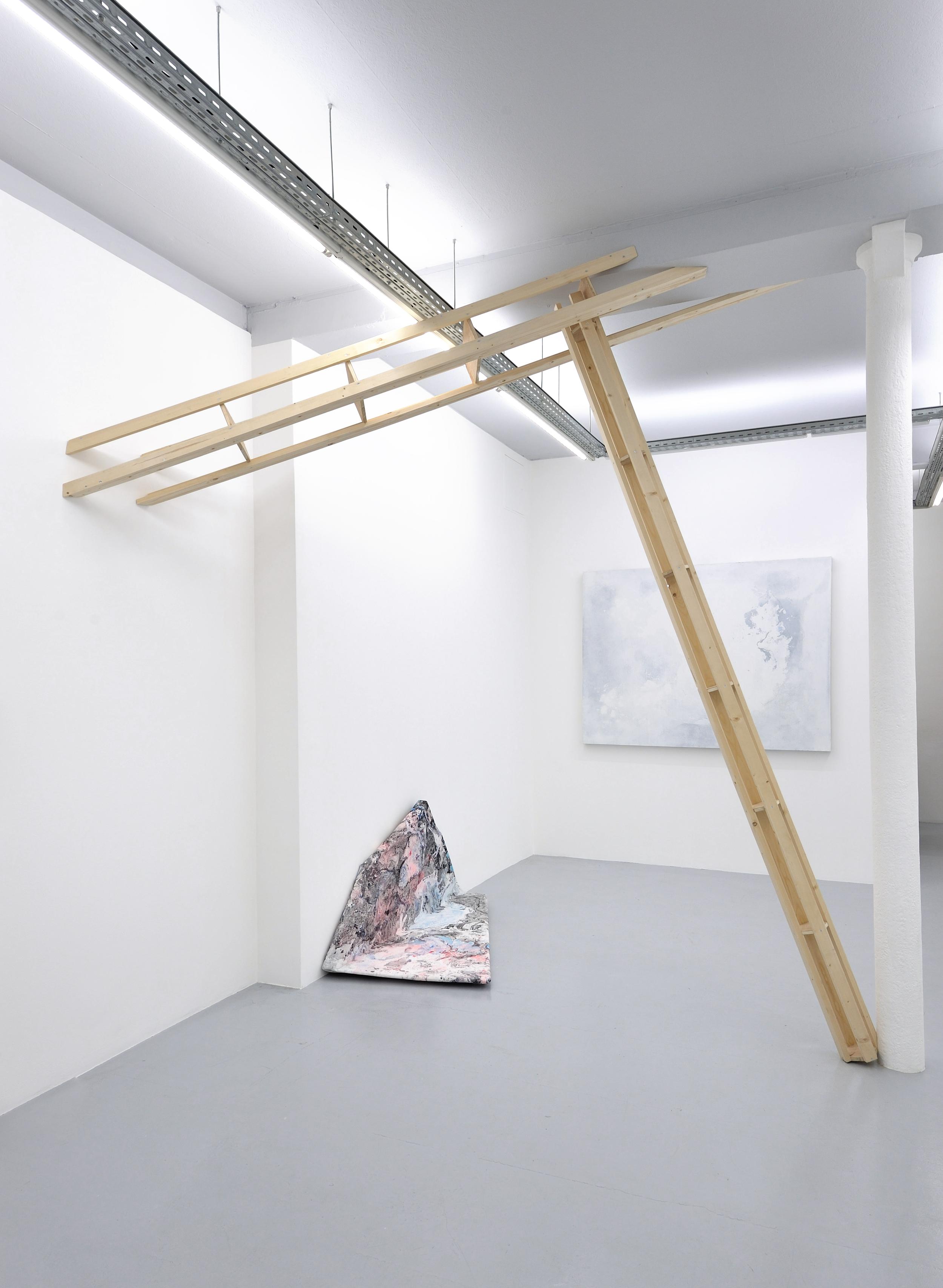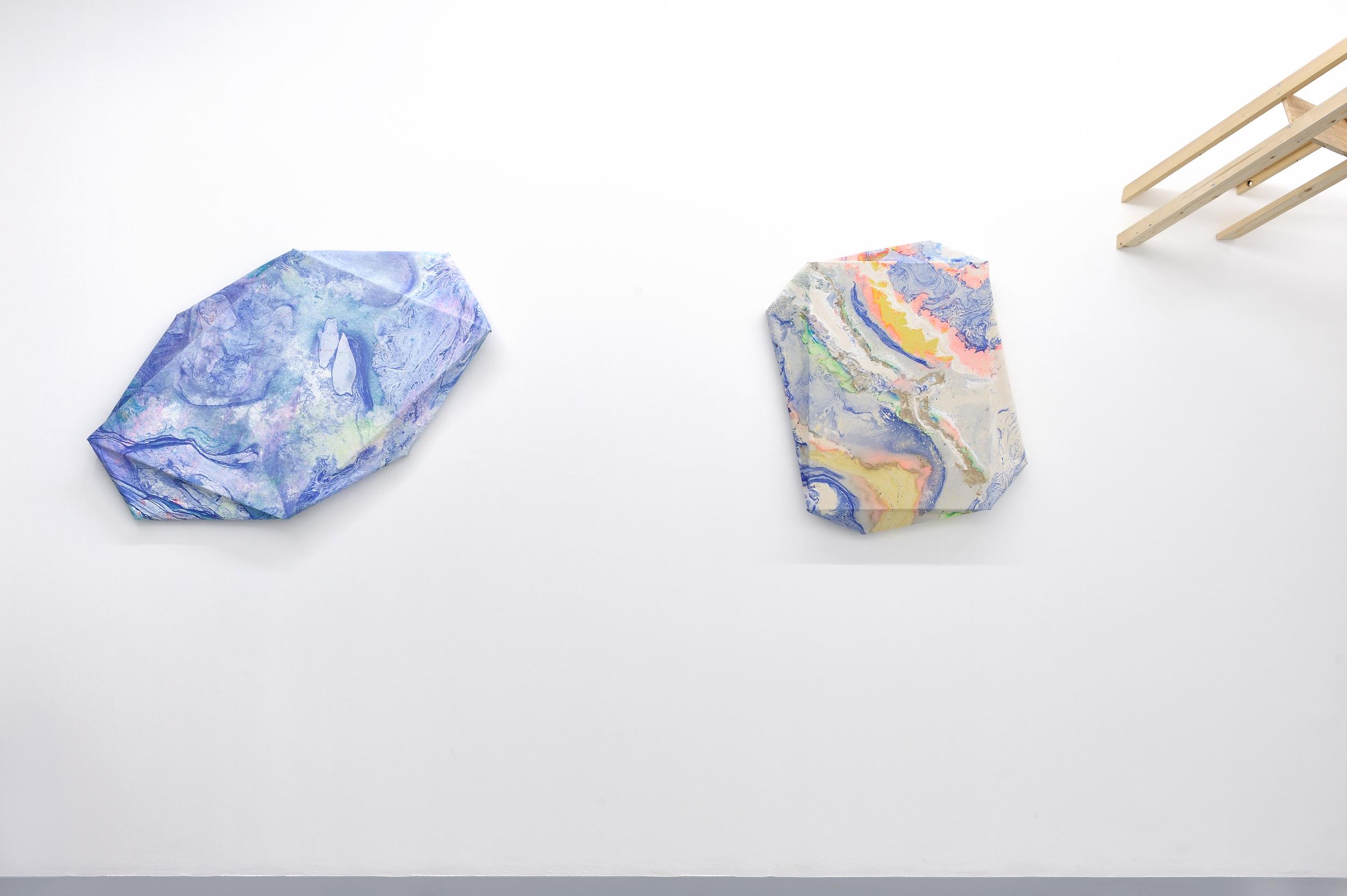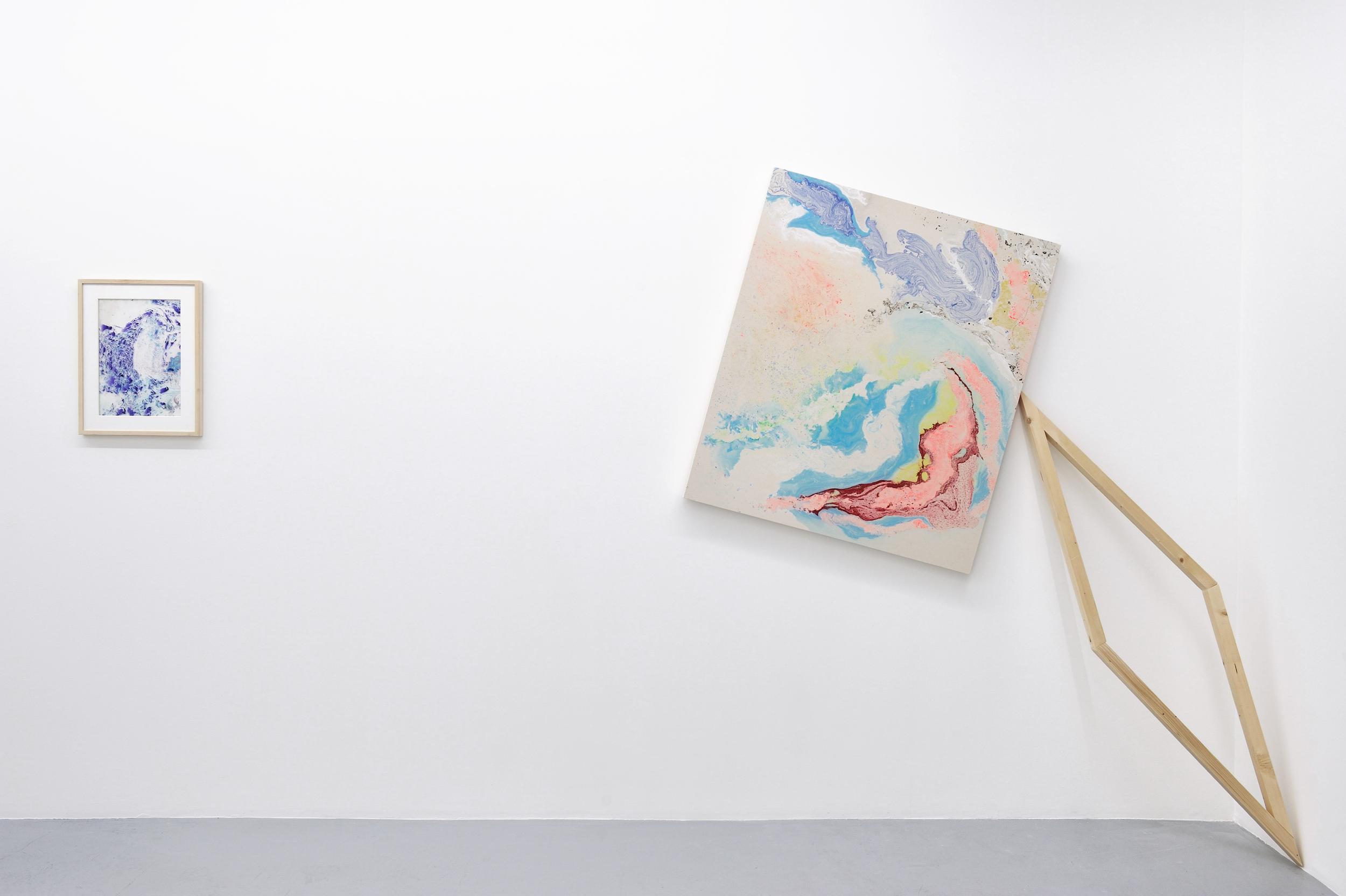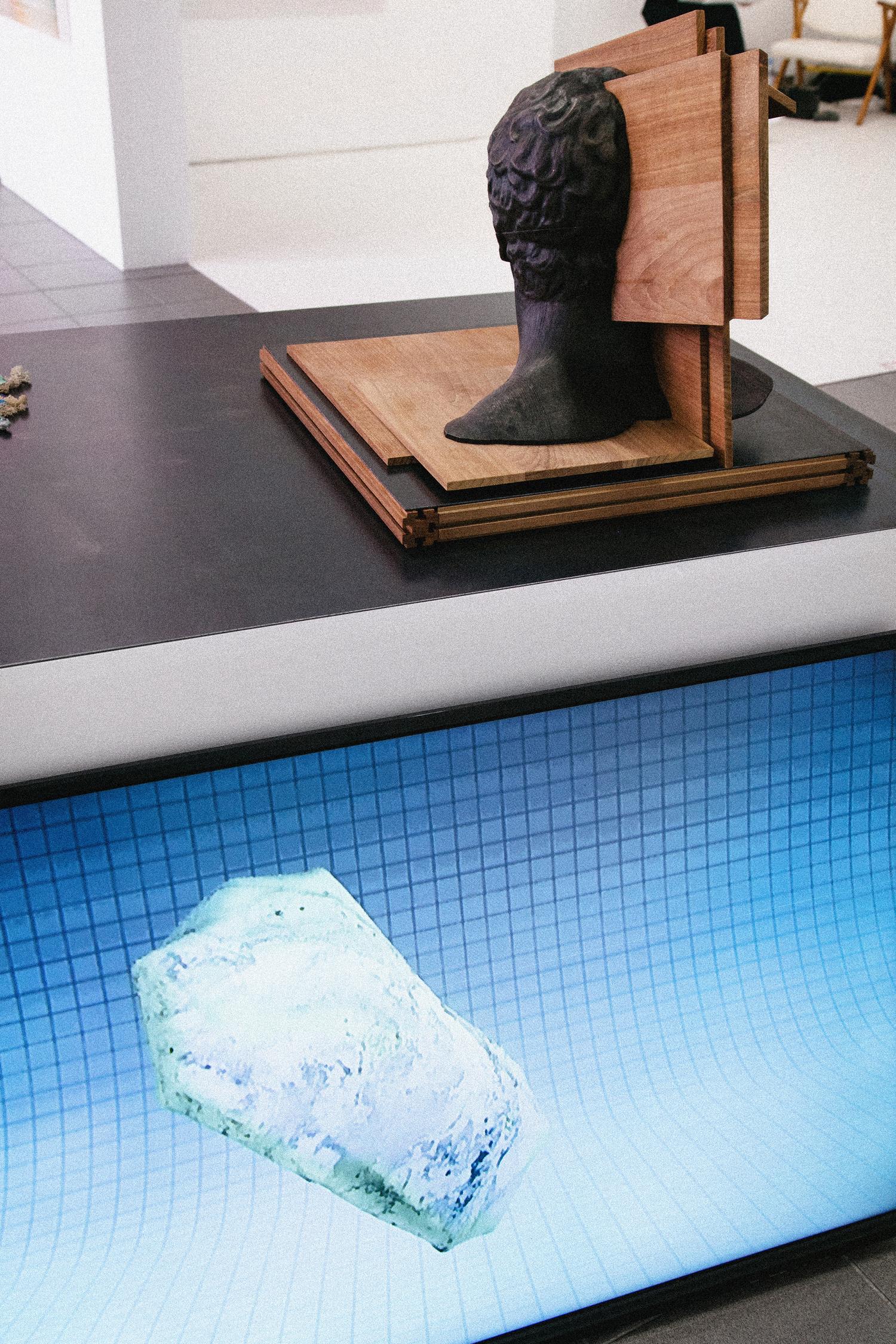
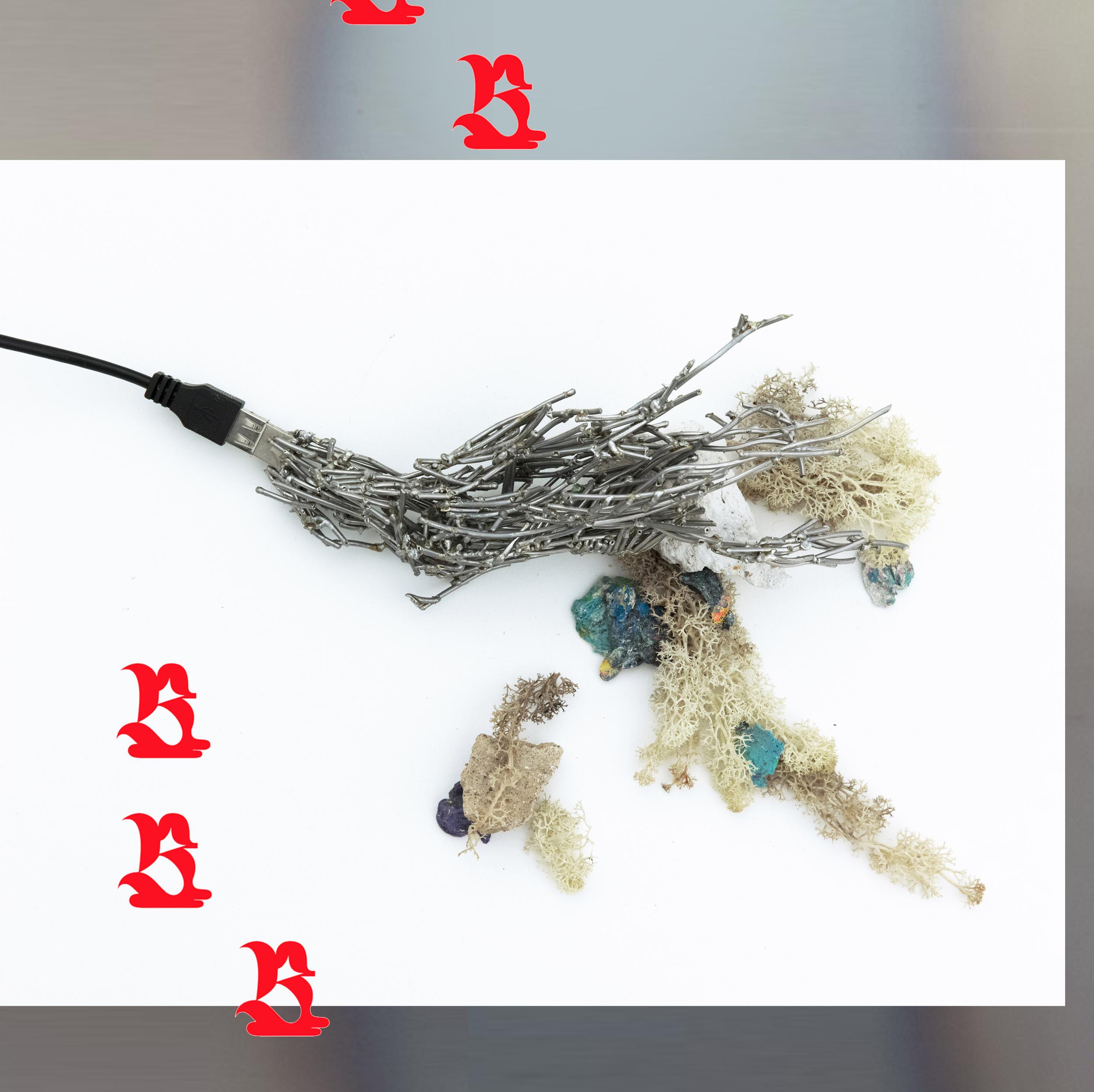

on view : Digital Stretcher Studies painting _ USB sculptures _ IRL vs IG lenticular print
“Since its creation on the Fall of 2015, the Lily Robert gallery elaborates an approach of contemporary art based on two determined and complementary guiding principles: relying on the demand and the expertise of its staff, it shapes a suitable setting for the fulfillment of the creativity and the realization of the vision of emerging artists.
For Bienvenue Art Fair, Lily Robert shows the most recent development in the works of Valentin Dommanget and Jonas Wijtenburg. Pairing these artists for a duo presentation is fueled by their ideas about the shifting values that come with contemporary production, communication and open source technologies in relation to art.”
https://bienvenue.art/fr/
http://lilyrobert.com/
http://www.jonaswijtenburg.nl/
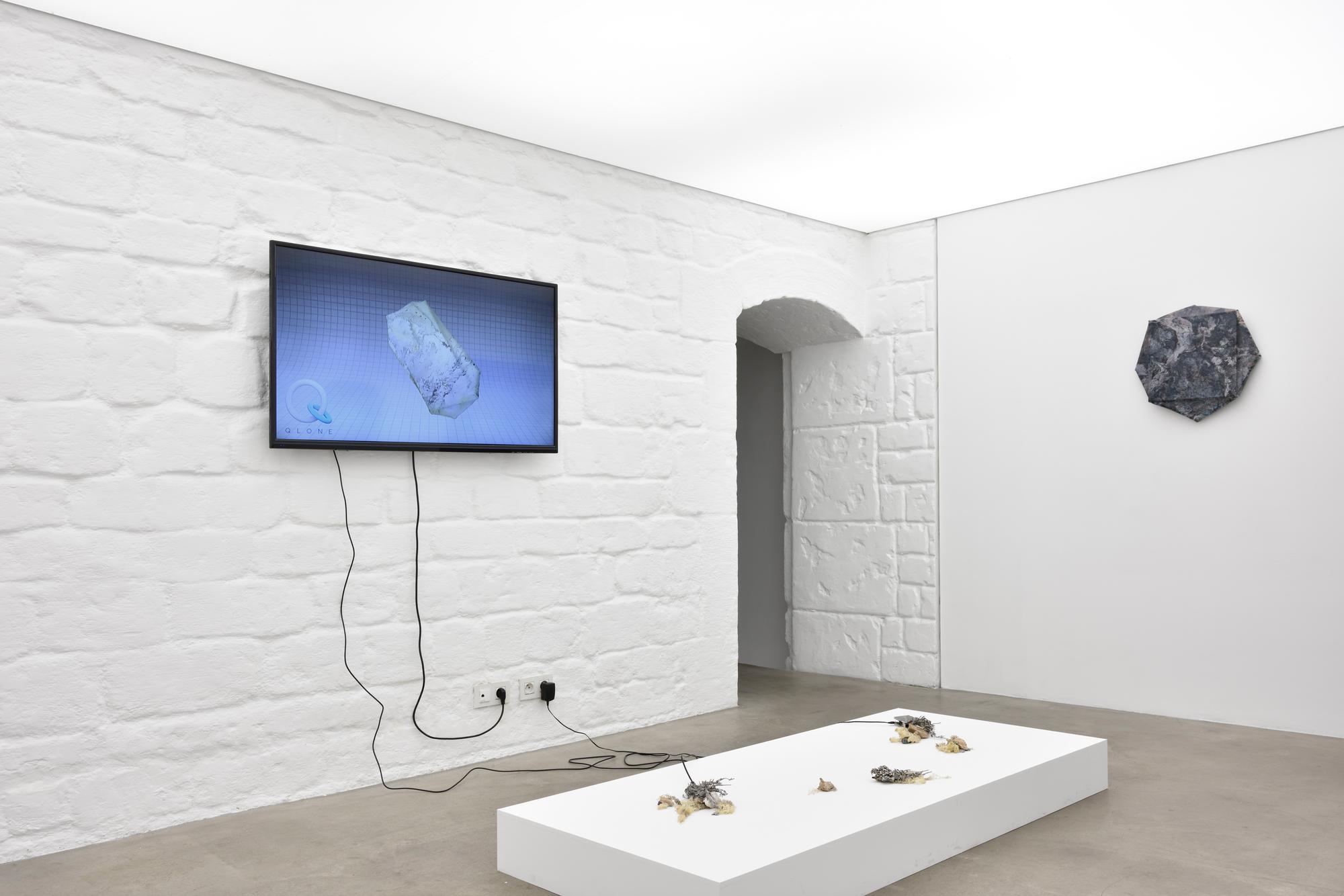
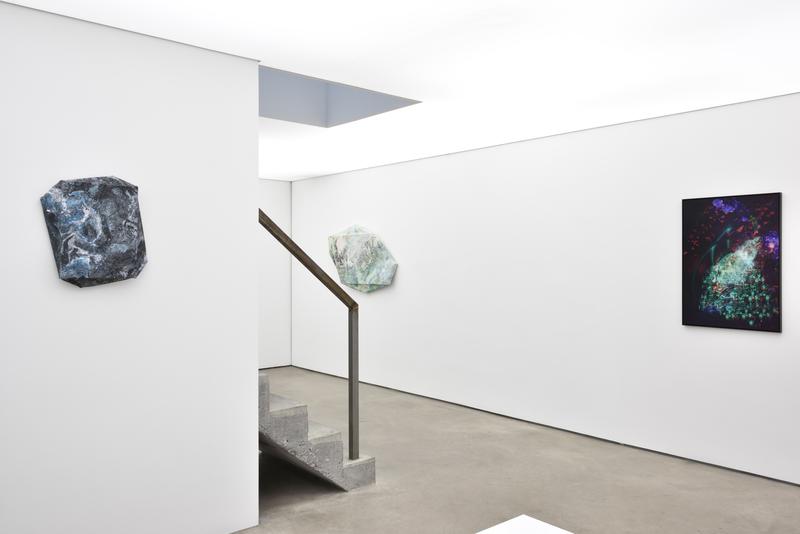
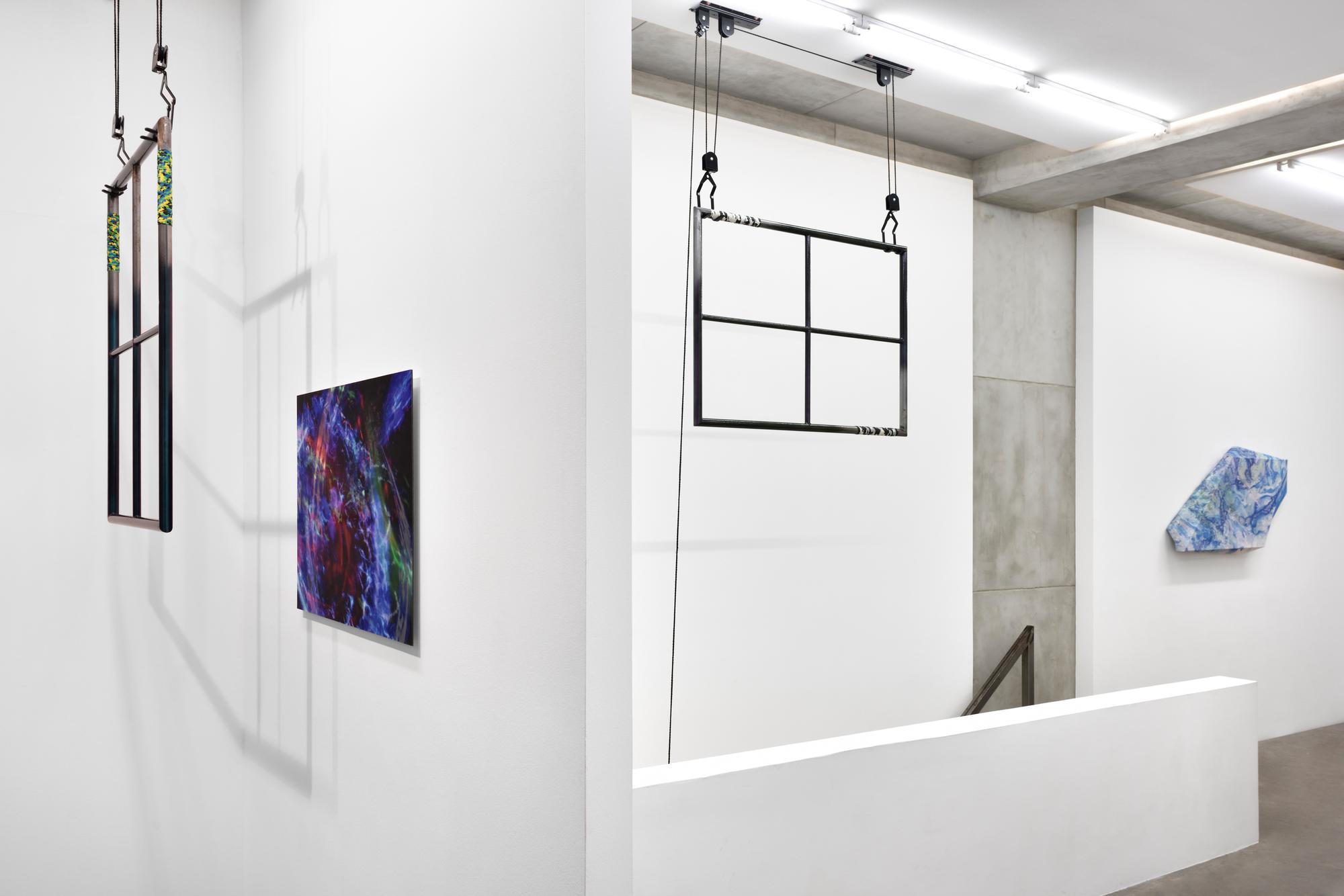
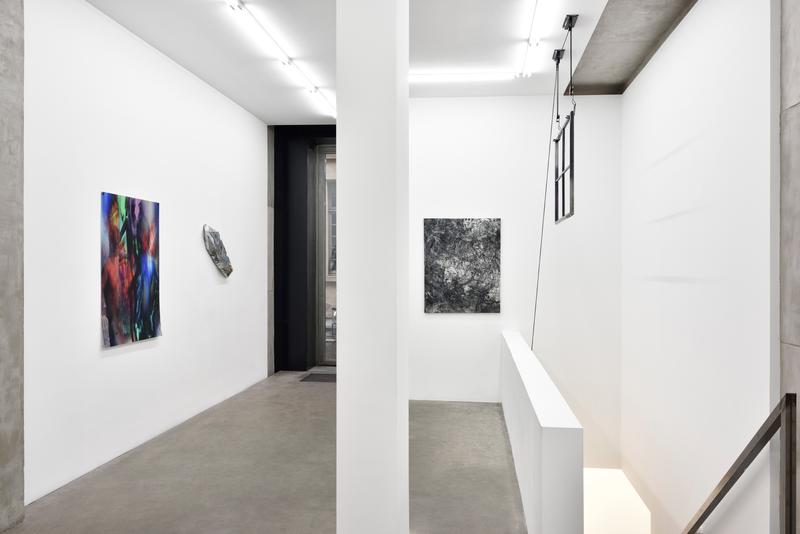

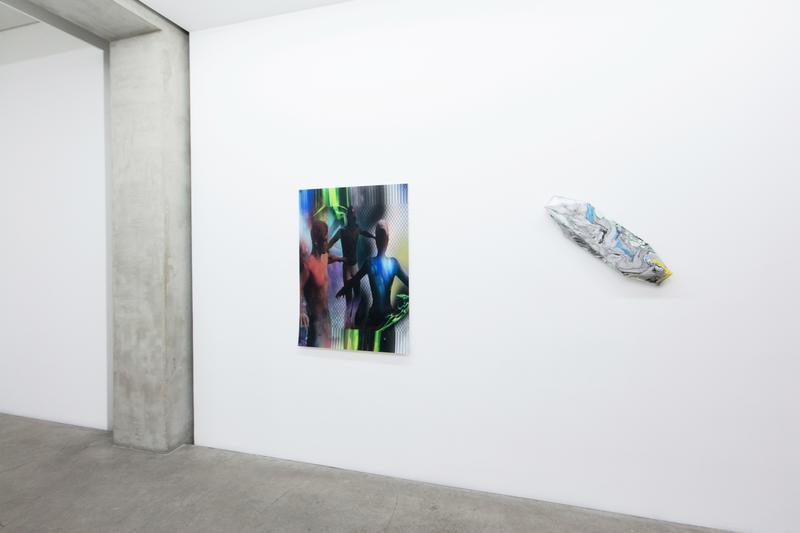
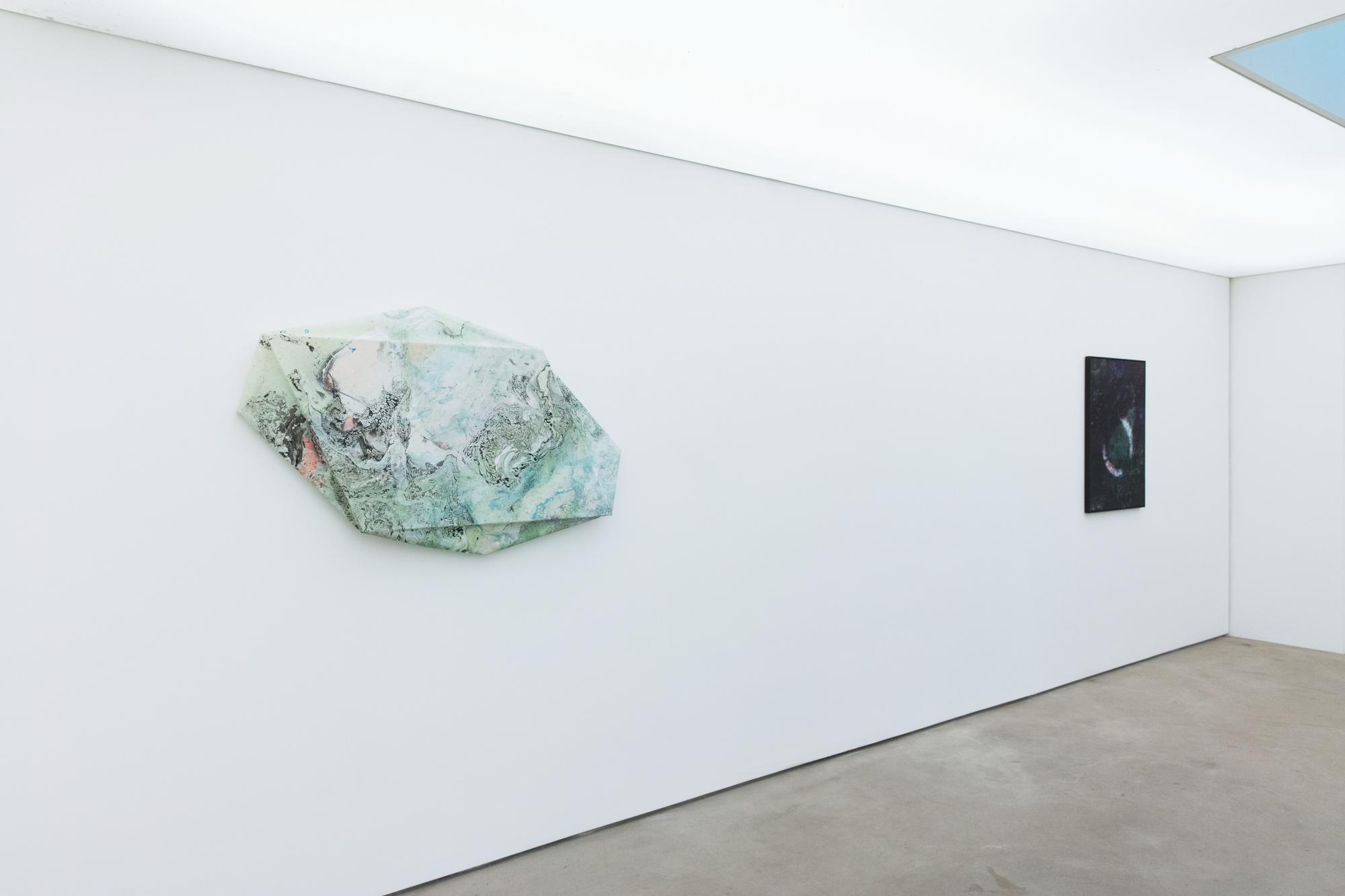
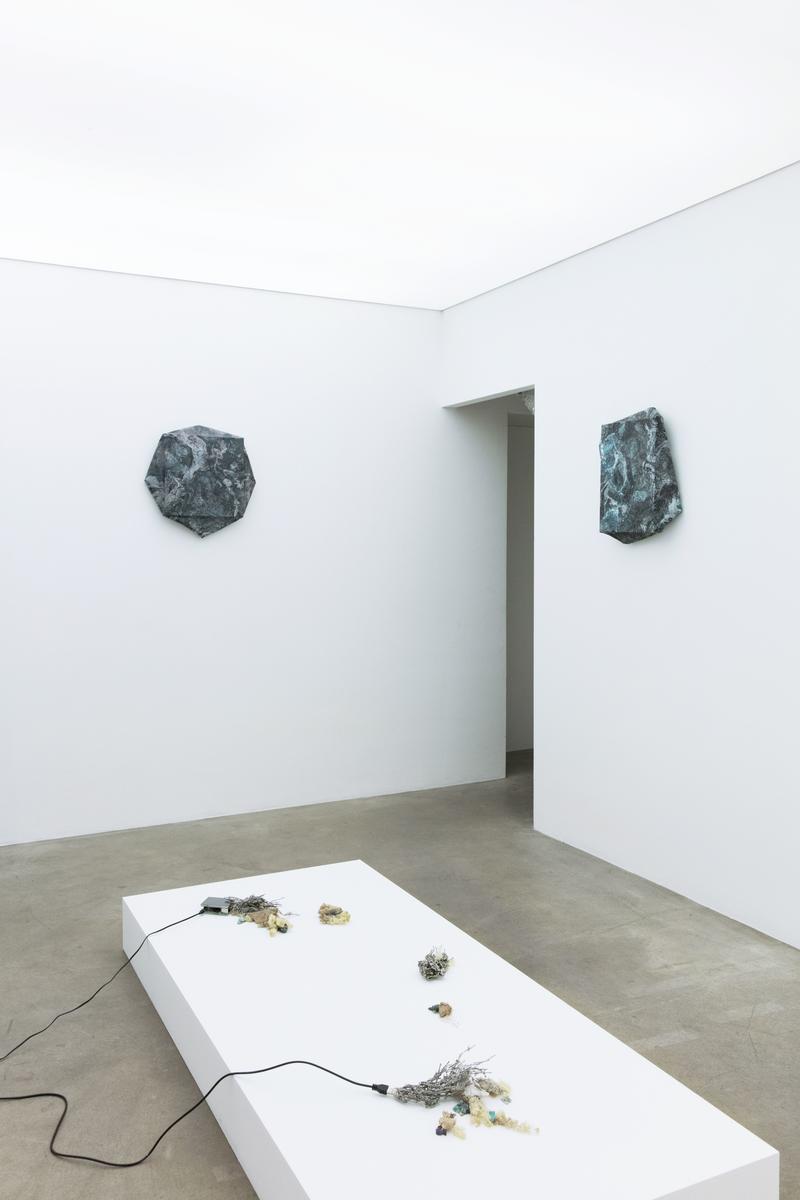
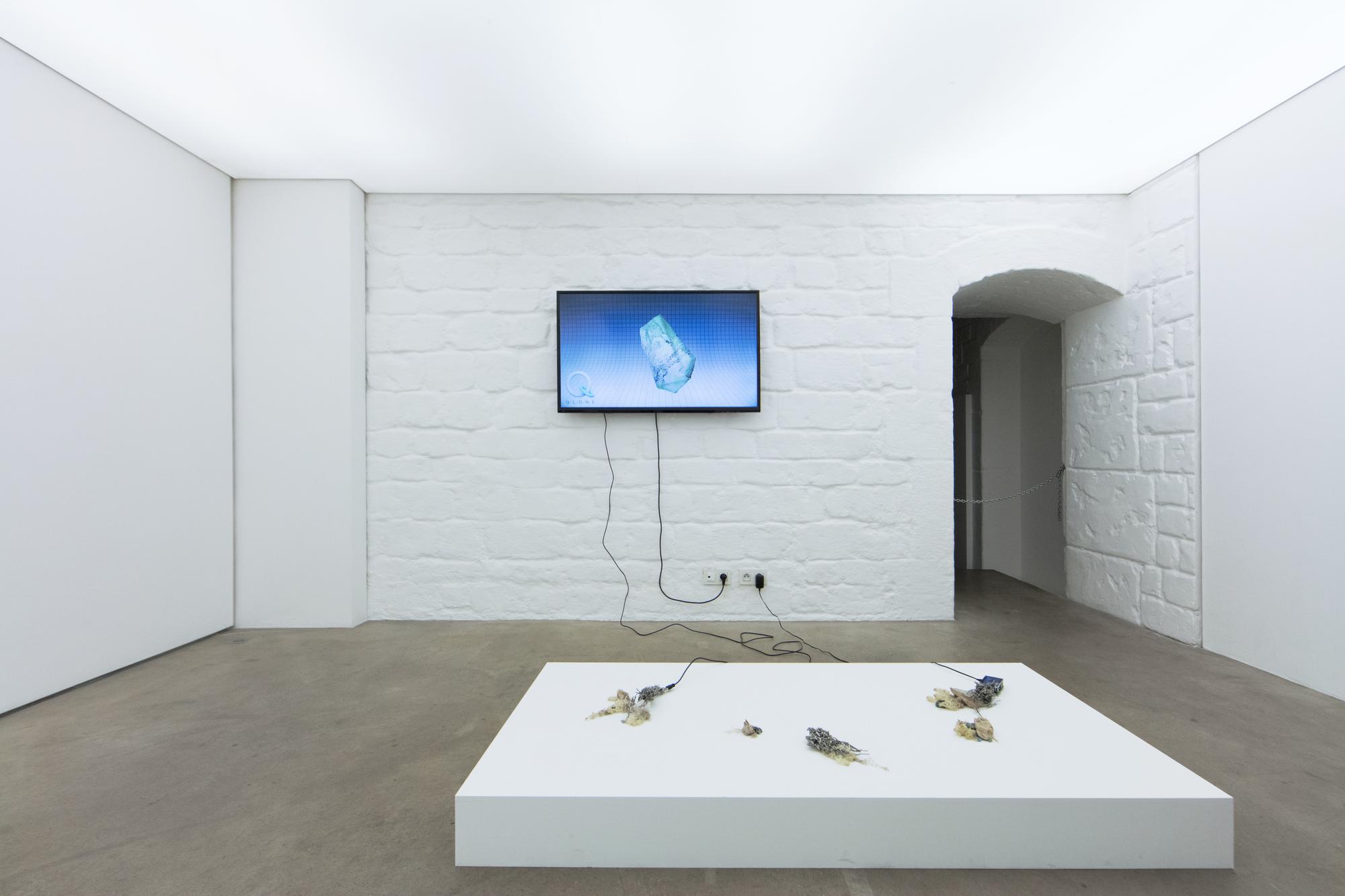
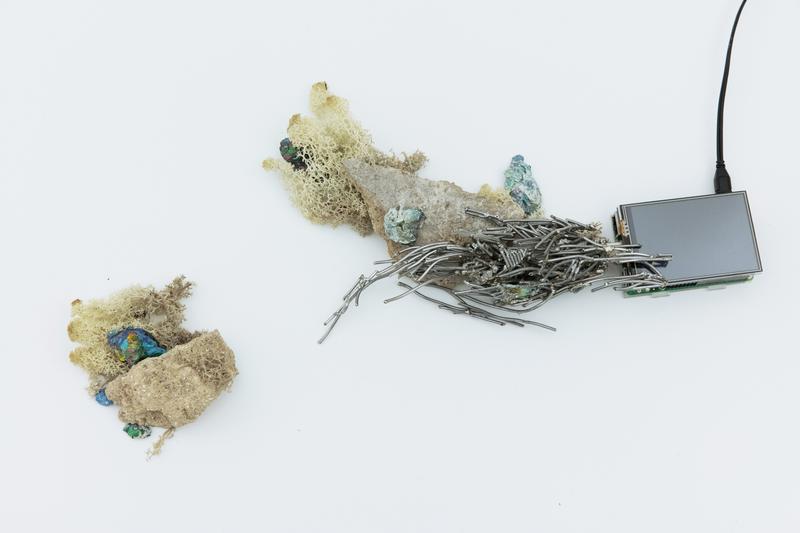
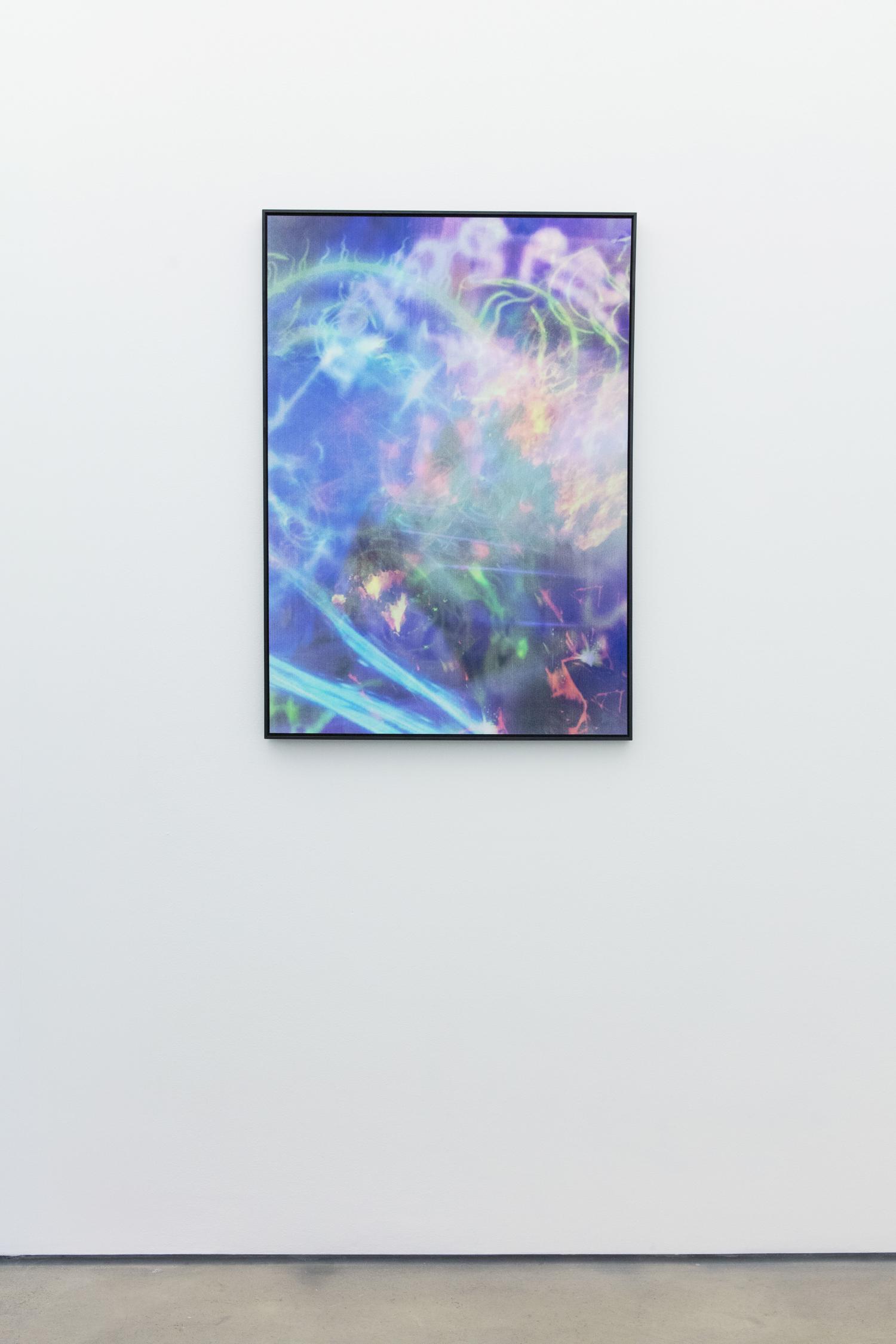
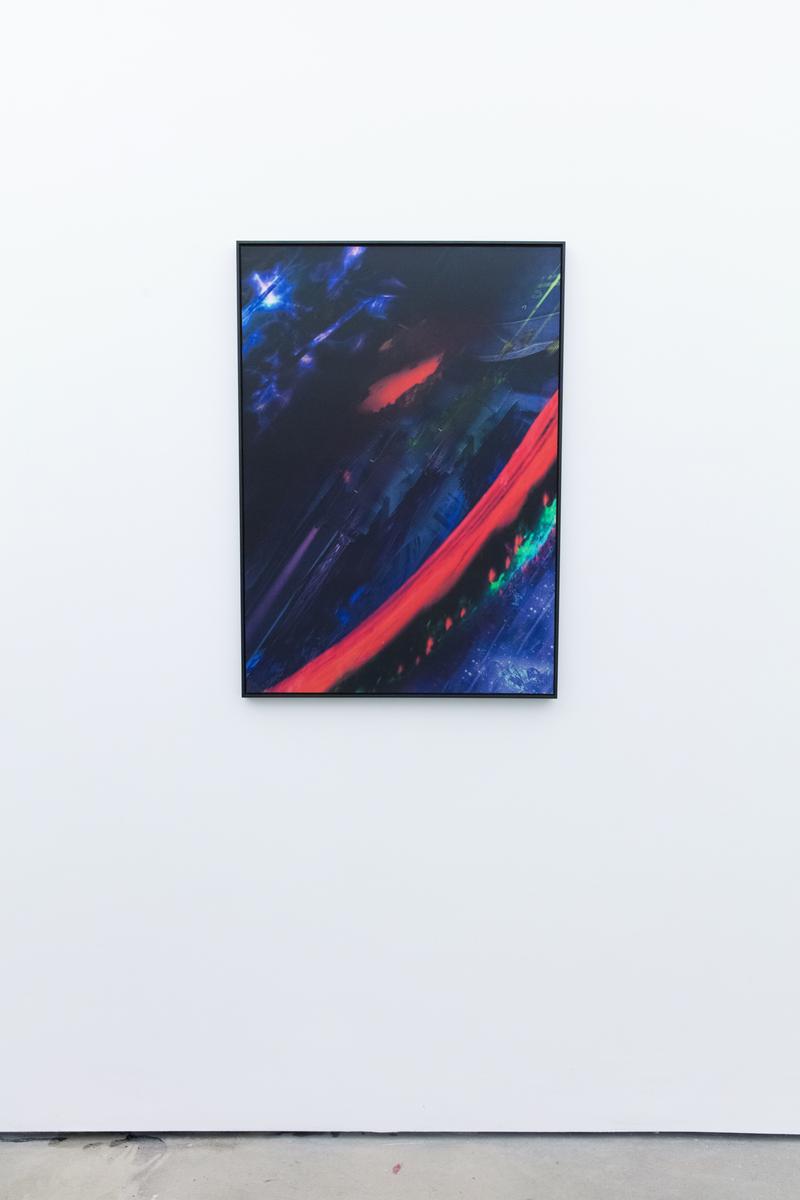
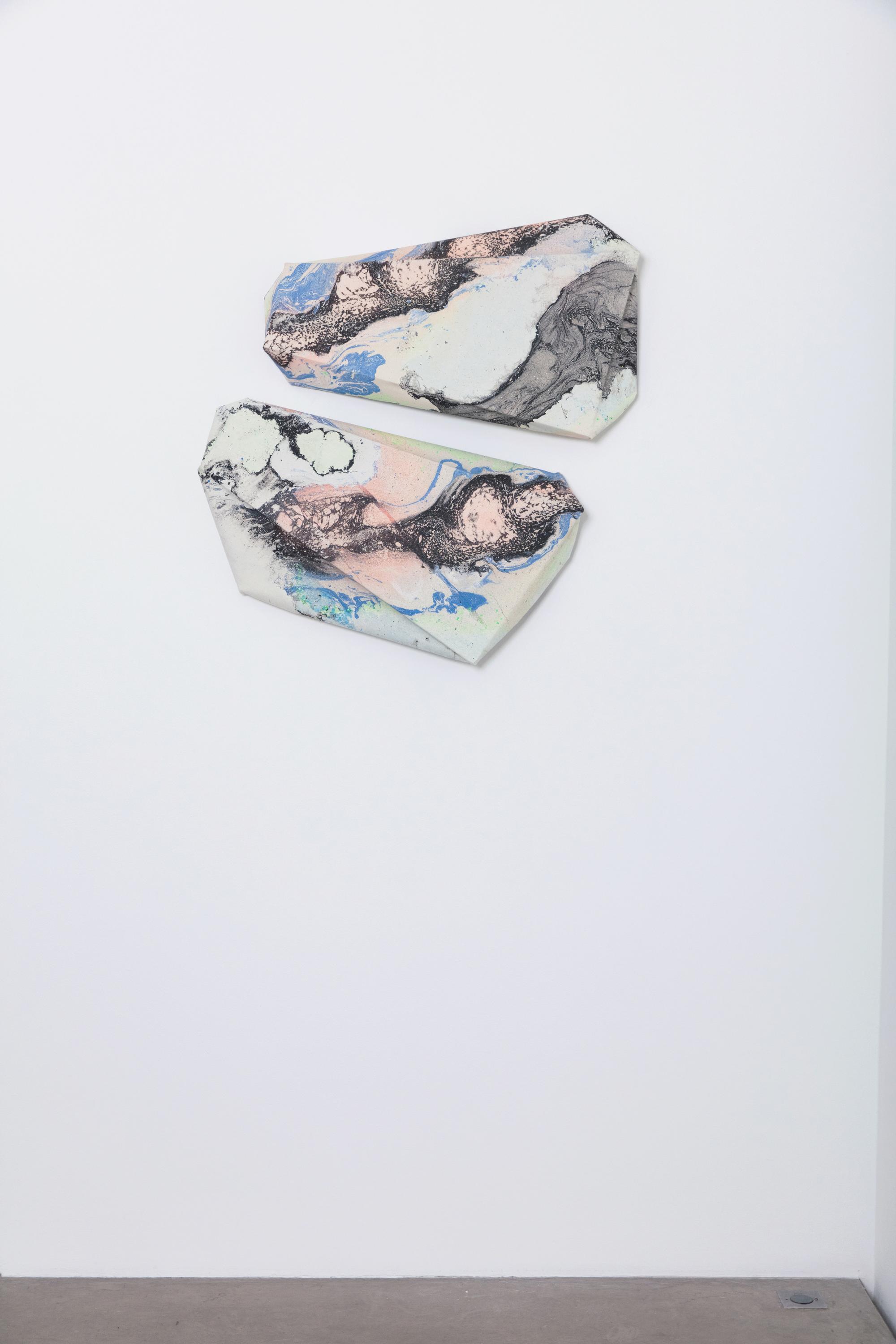

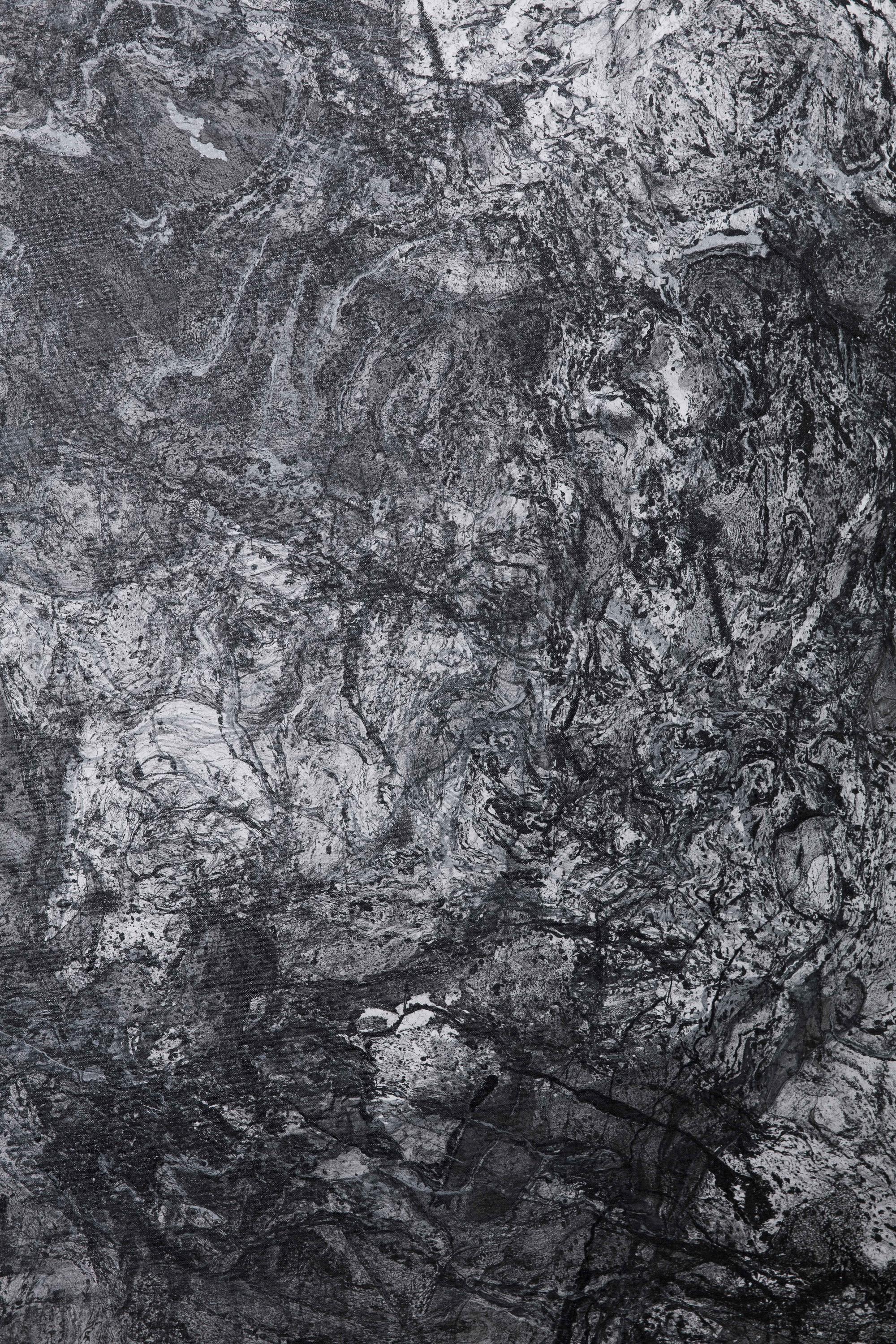

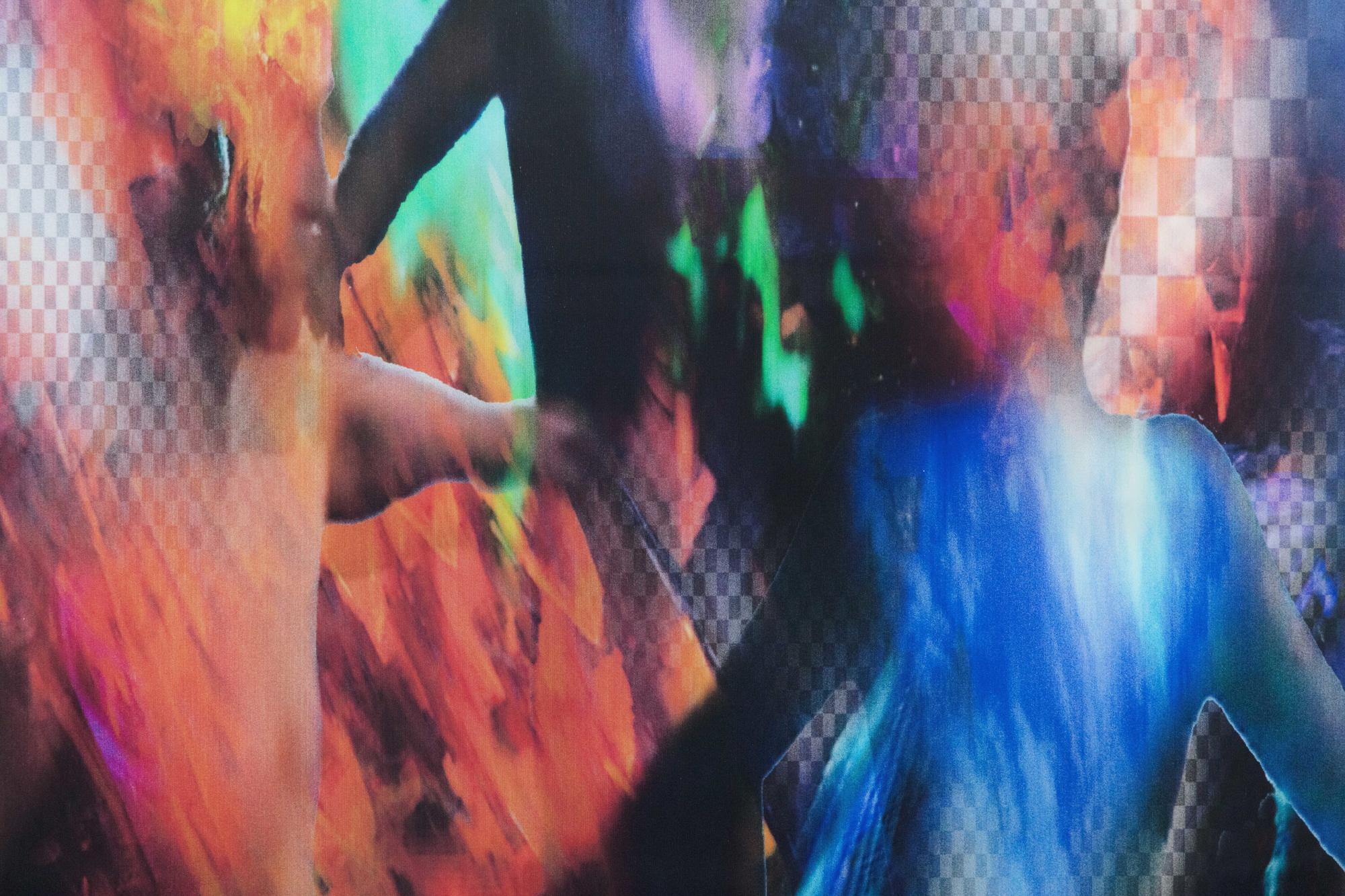
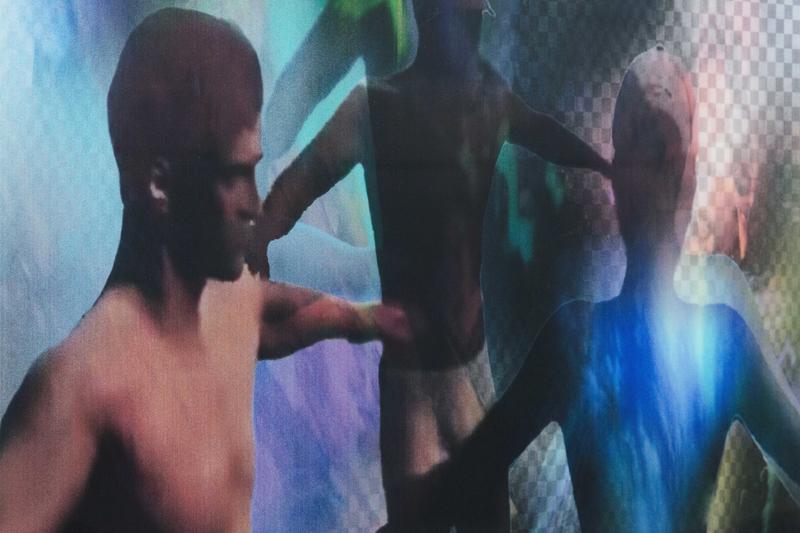
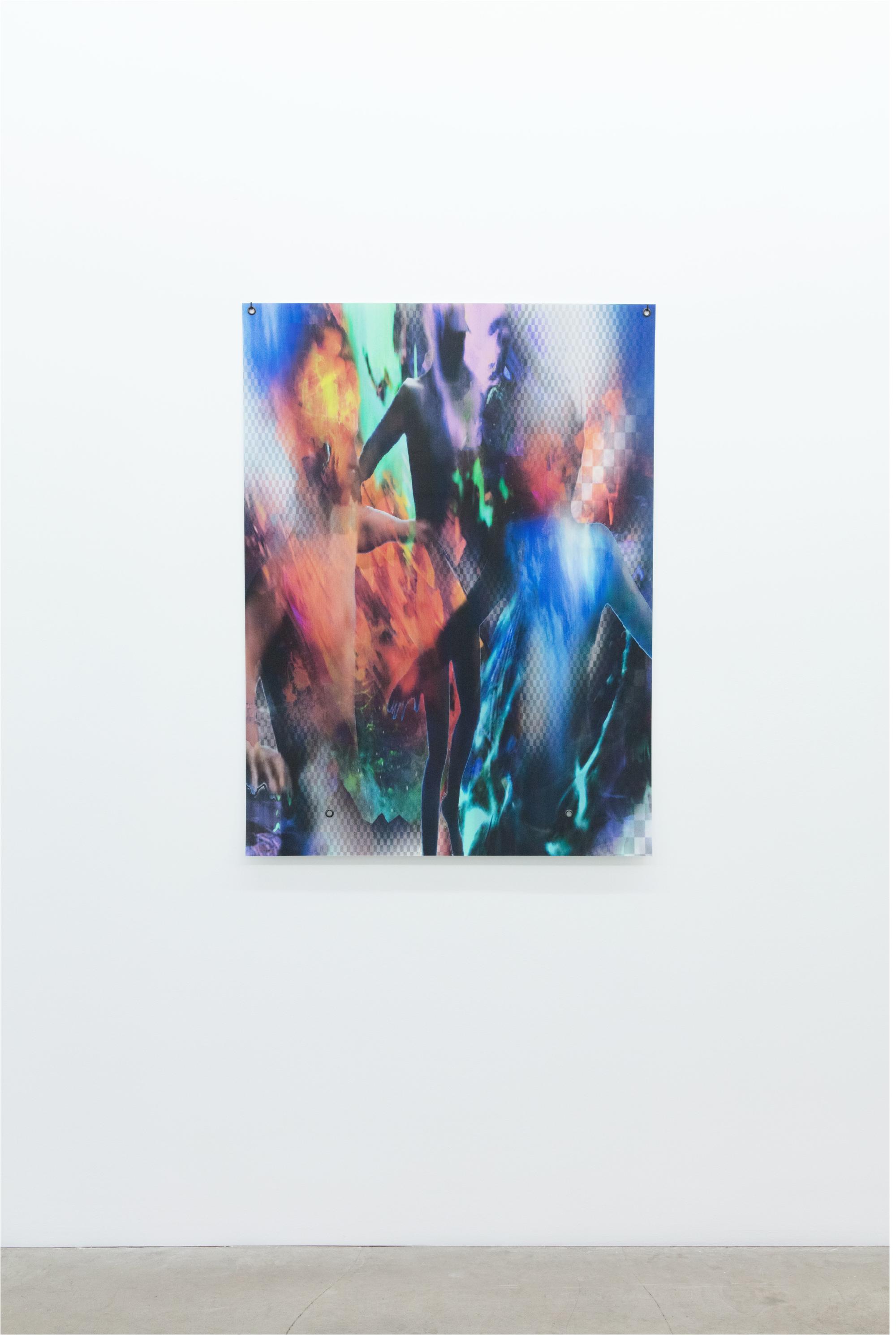
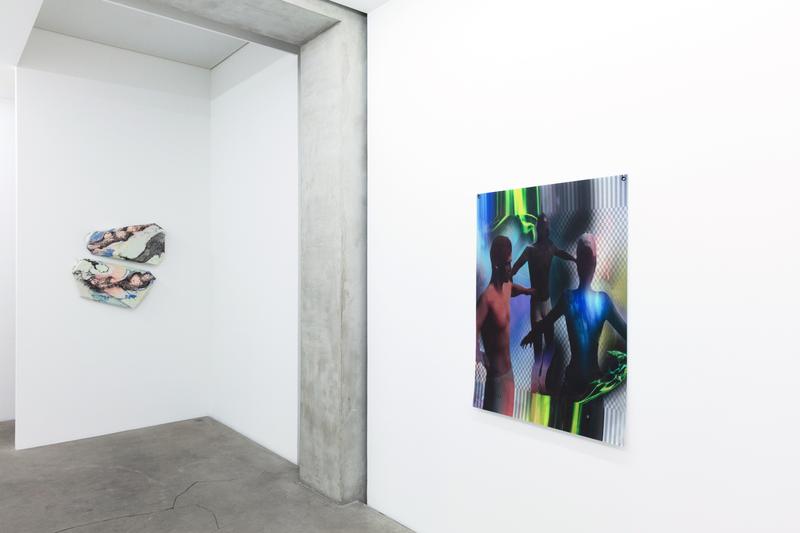
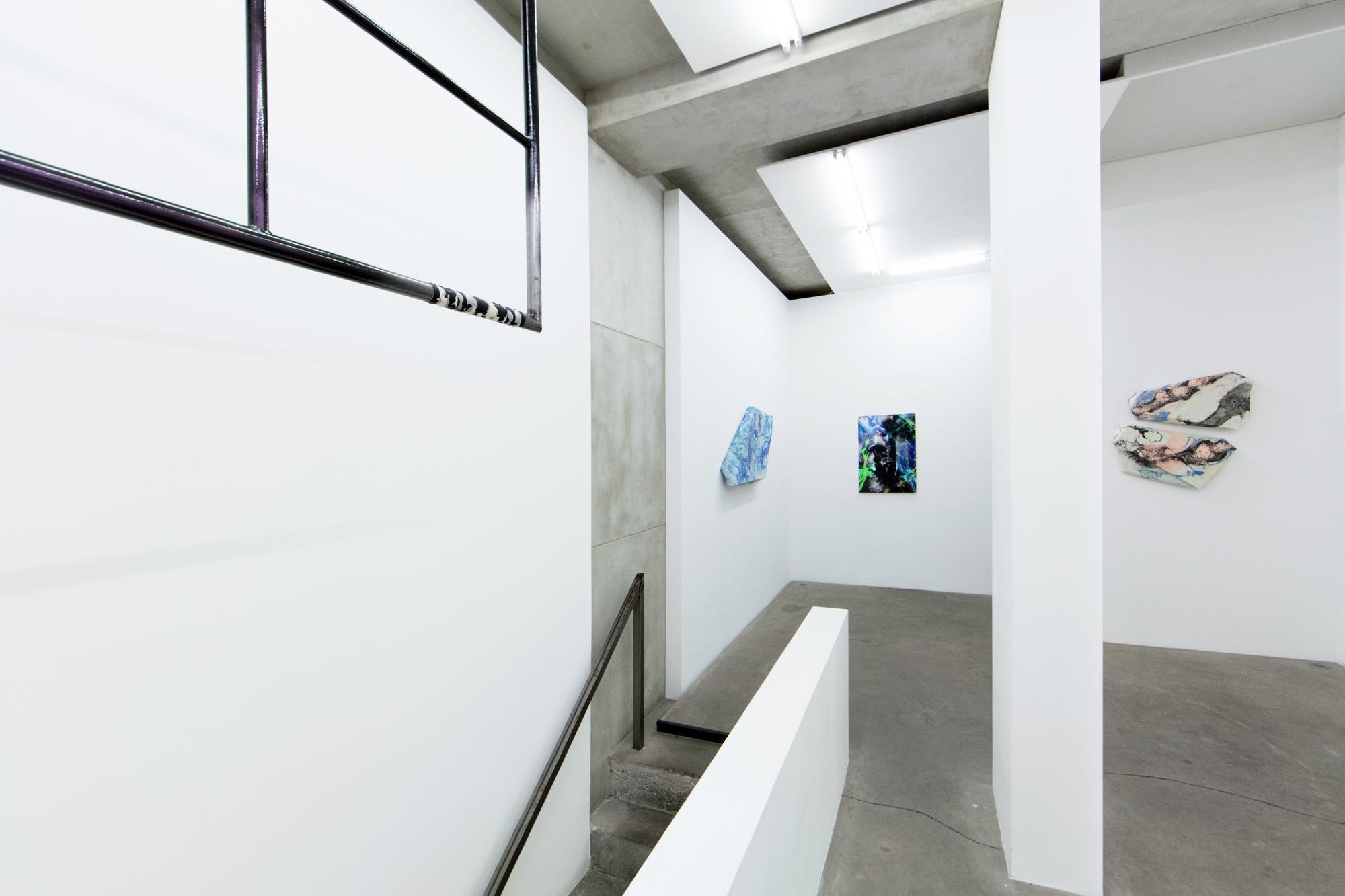
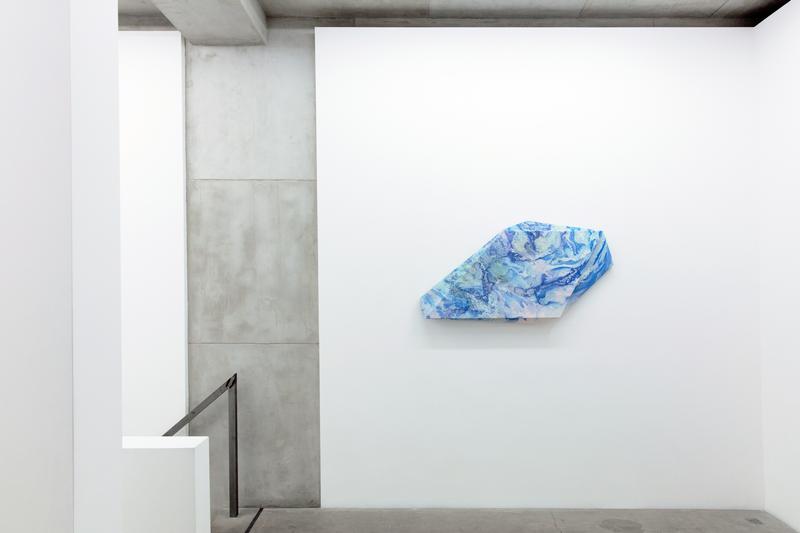
ESC(ape)/CTRL
2nd solo exhibition with Lily Robert #gallery
curated by Domenico de Chirico
photo credits: Eve Campestrini & Rebecca Fanuele
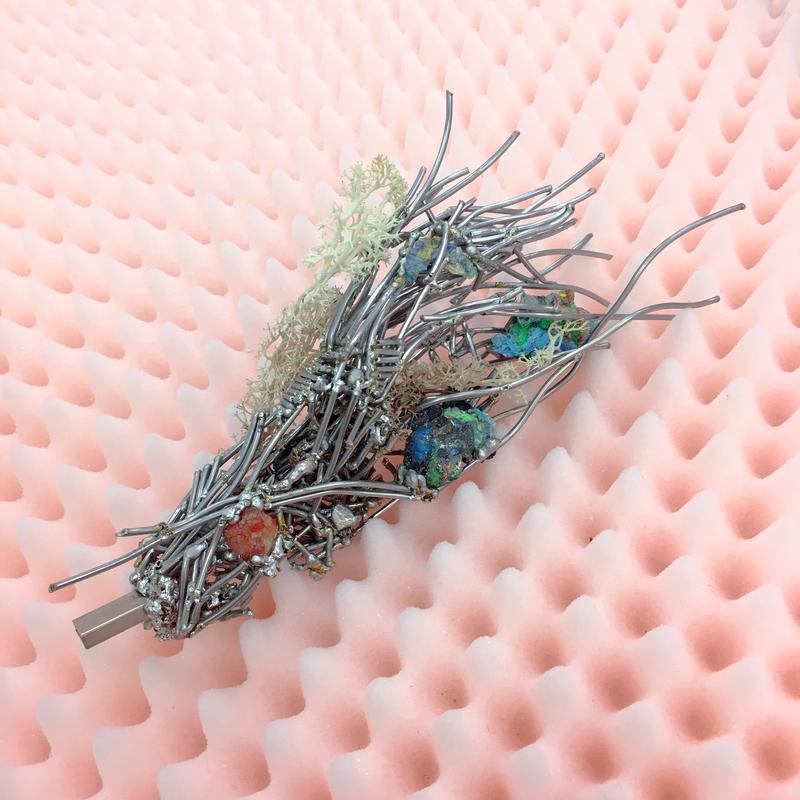
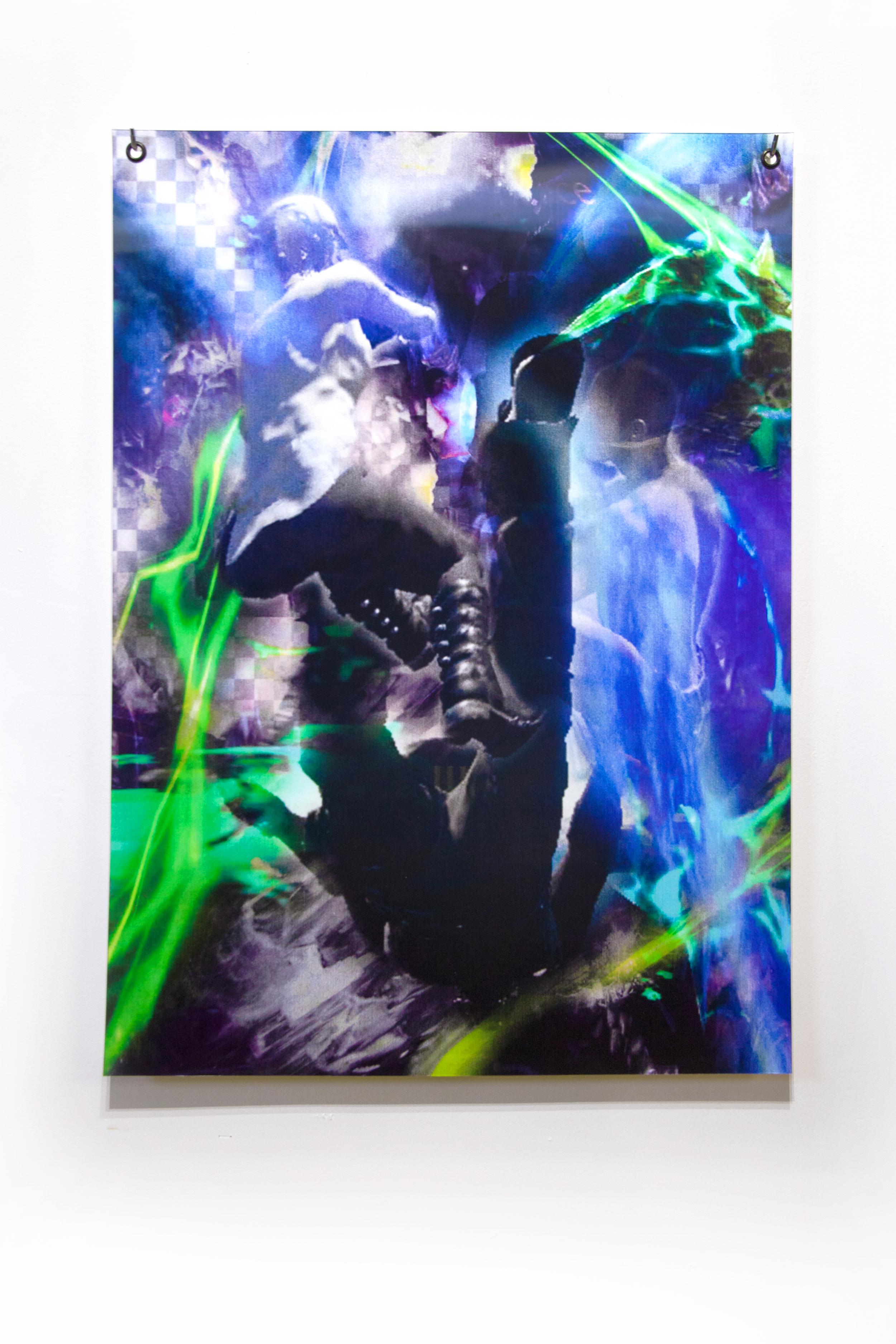
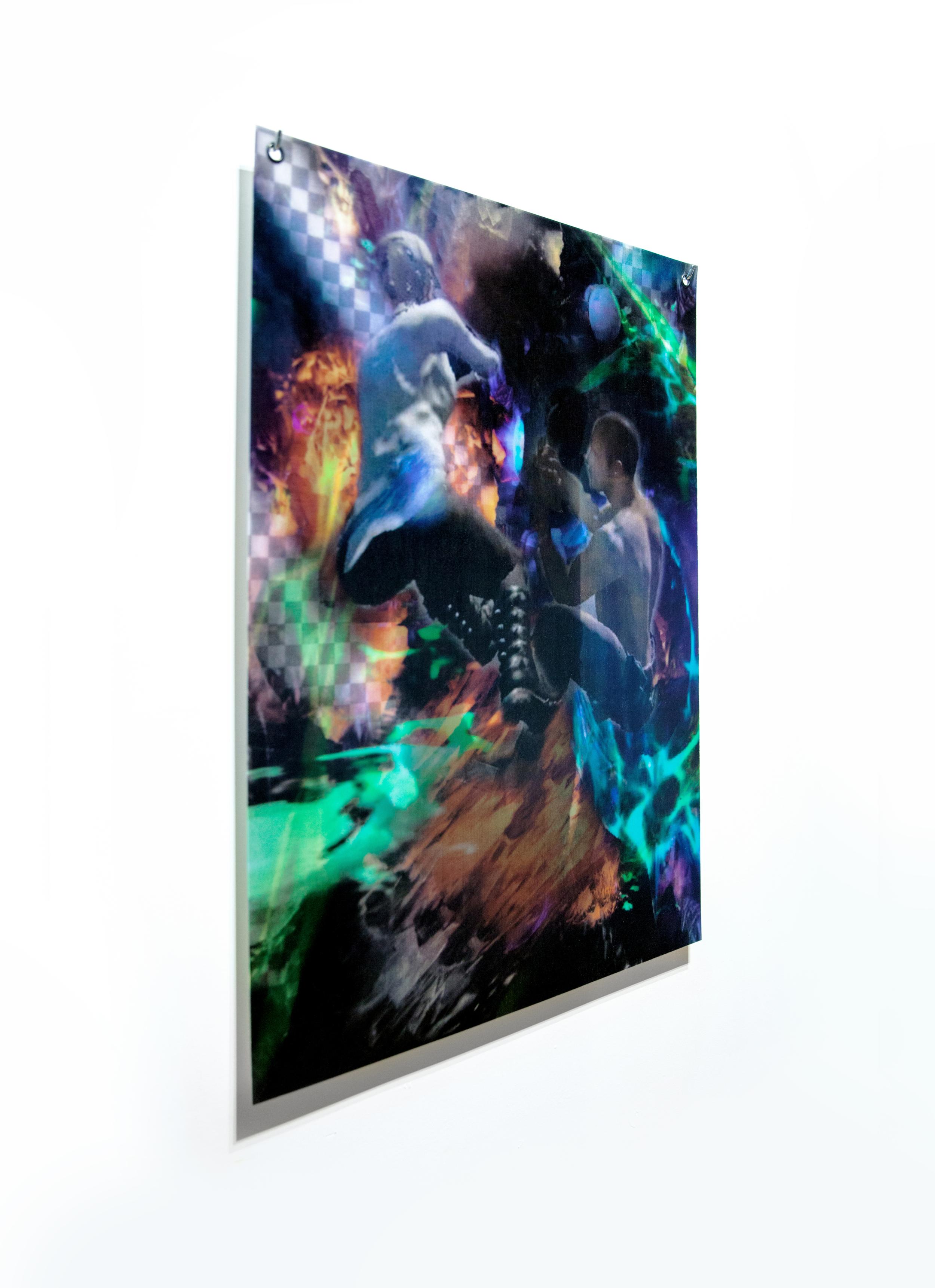

The Day of His Wrath, 2017
lenticular print A1
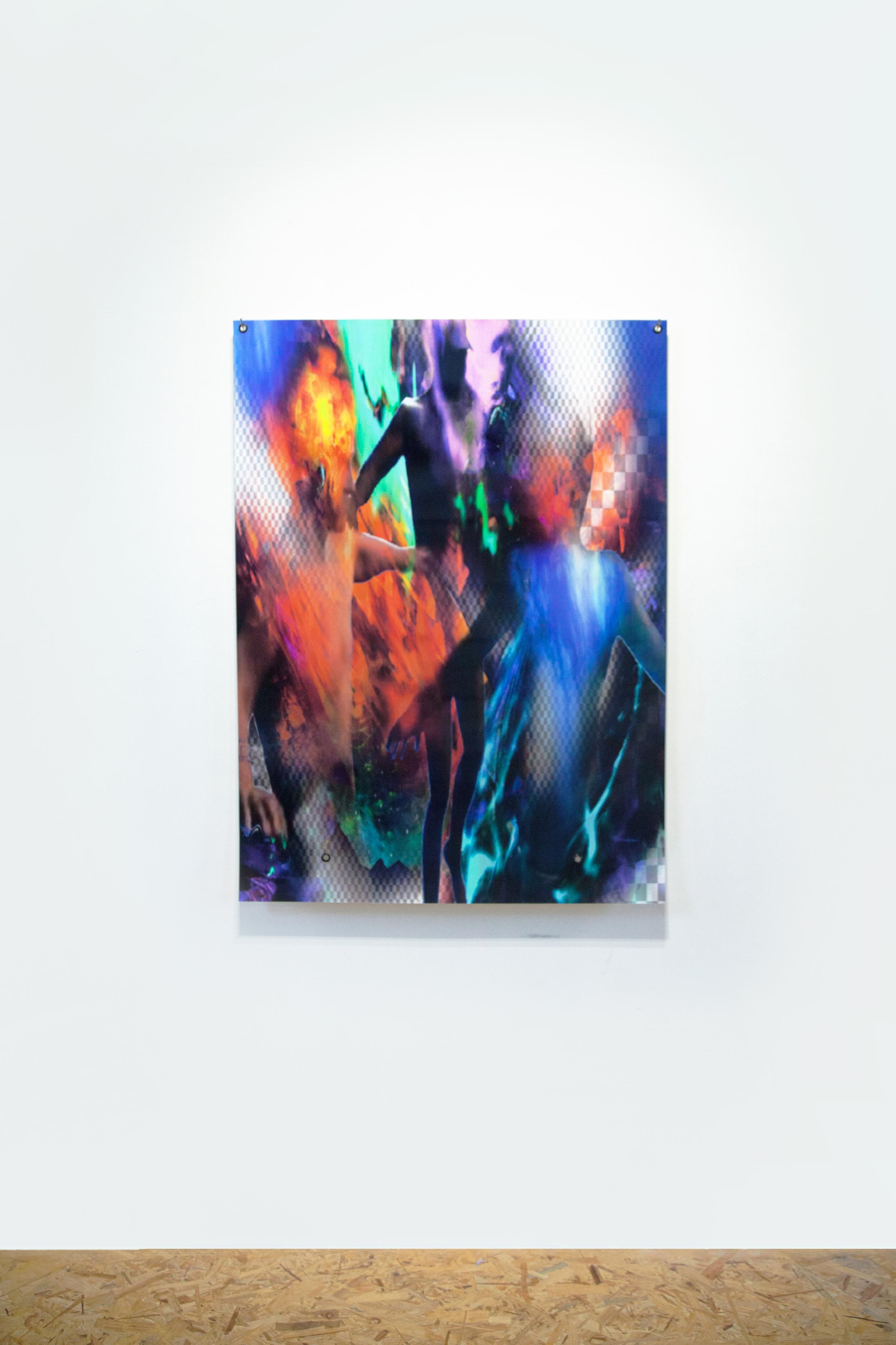
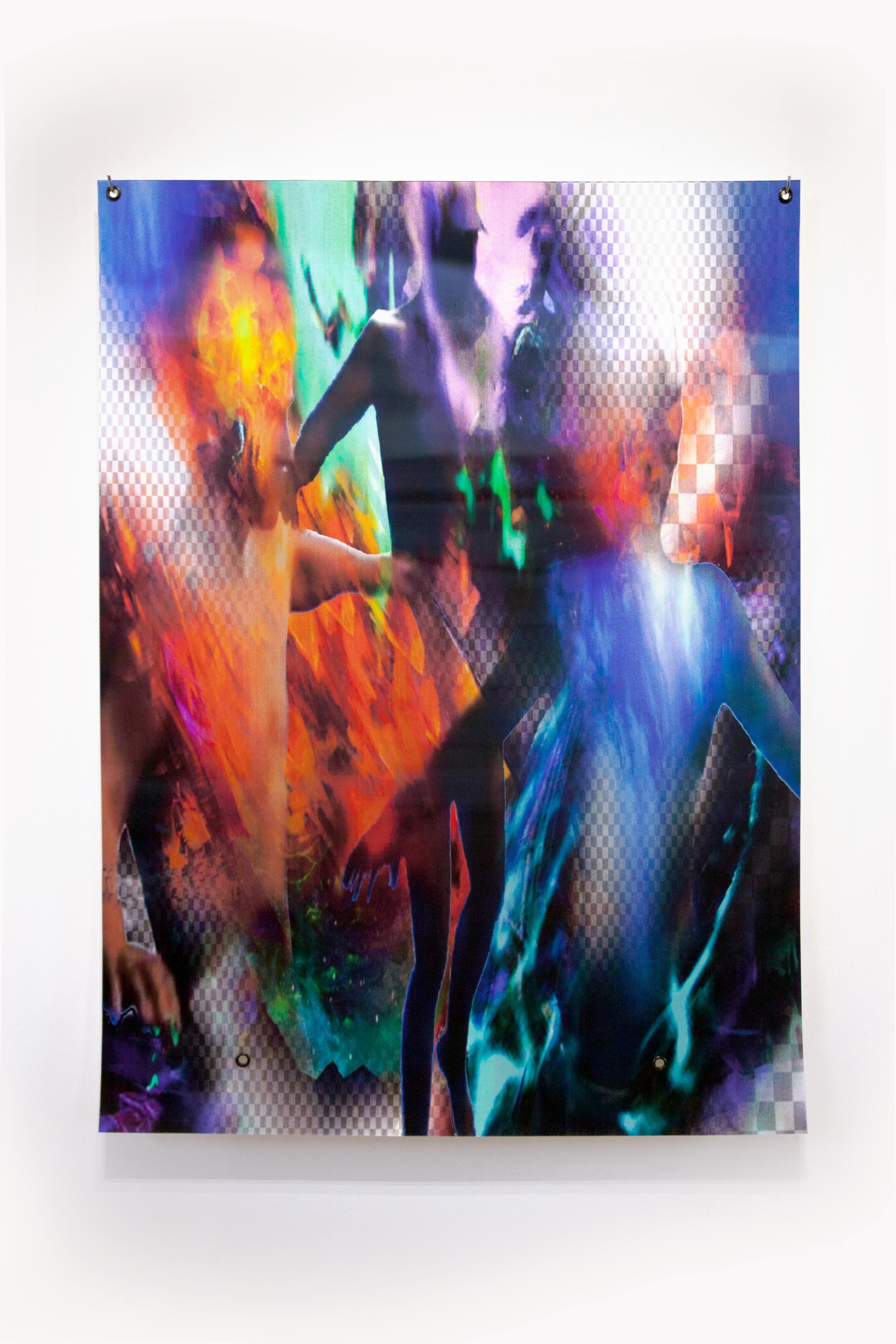
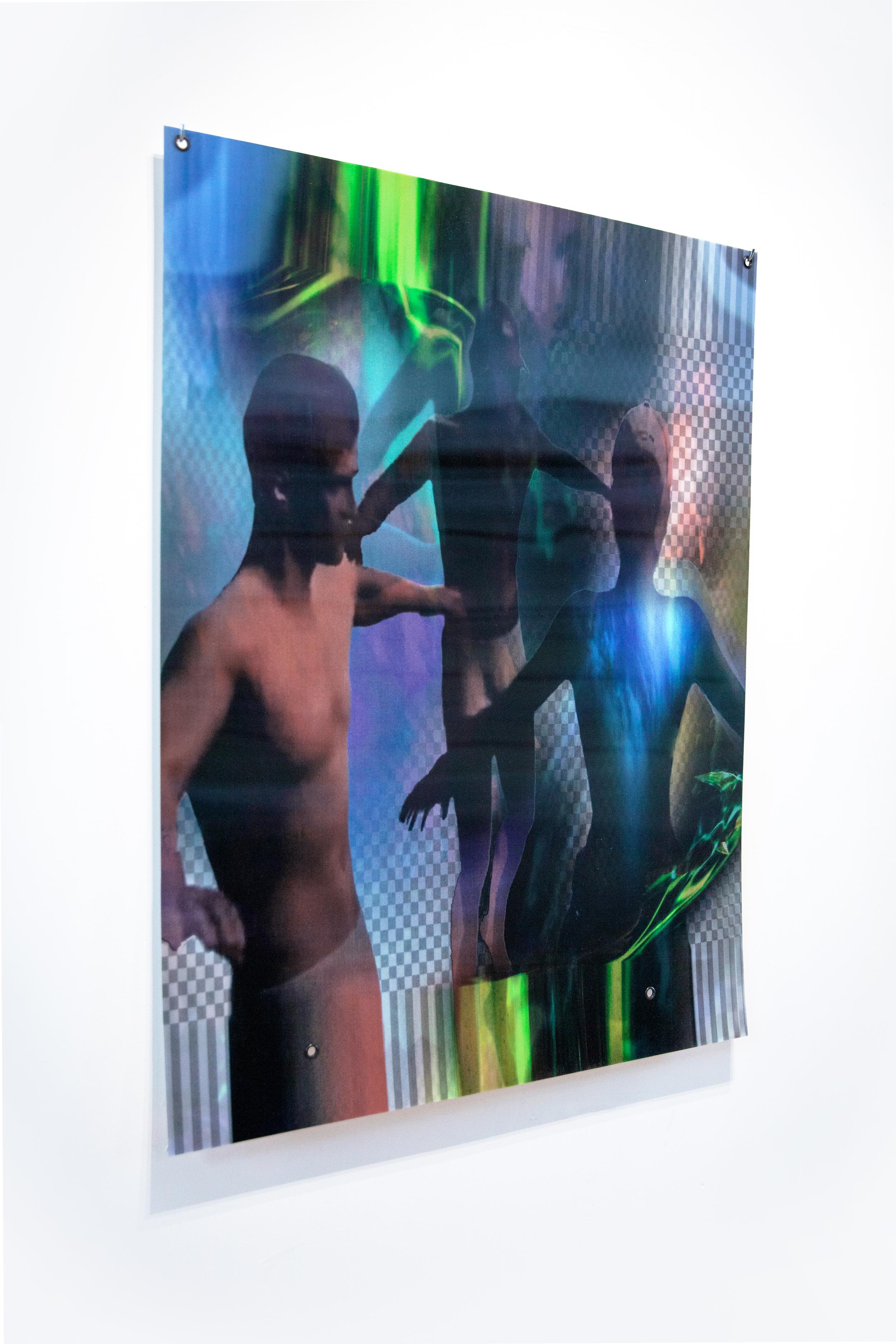
La Danse, 2017
lenticular print A0
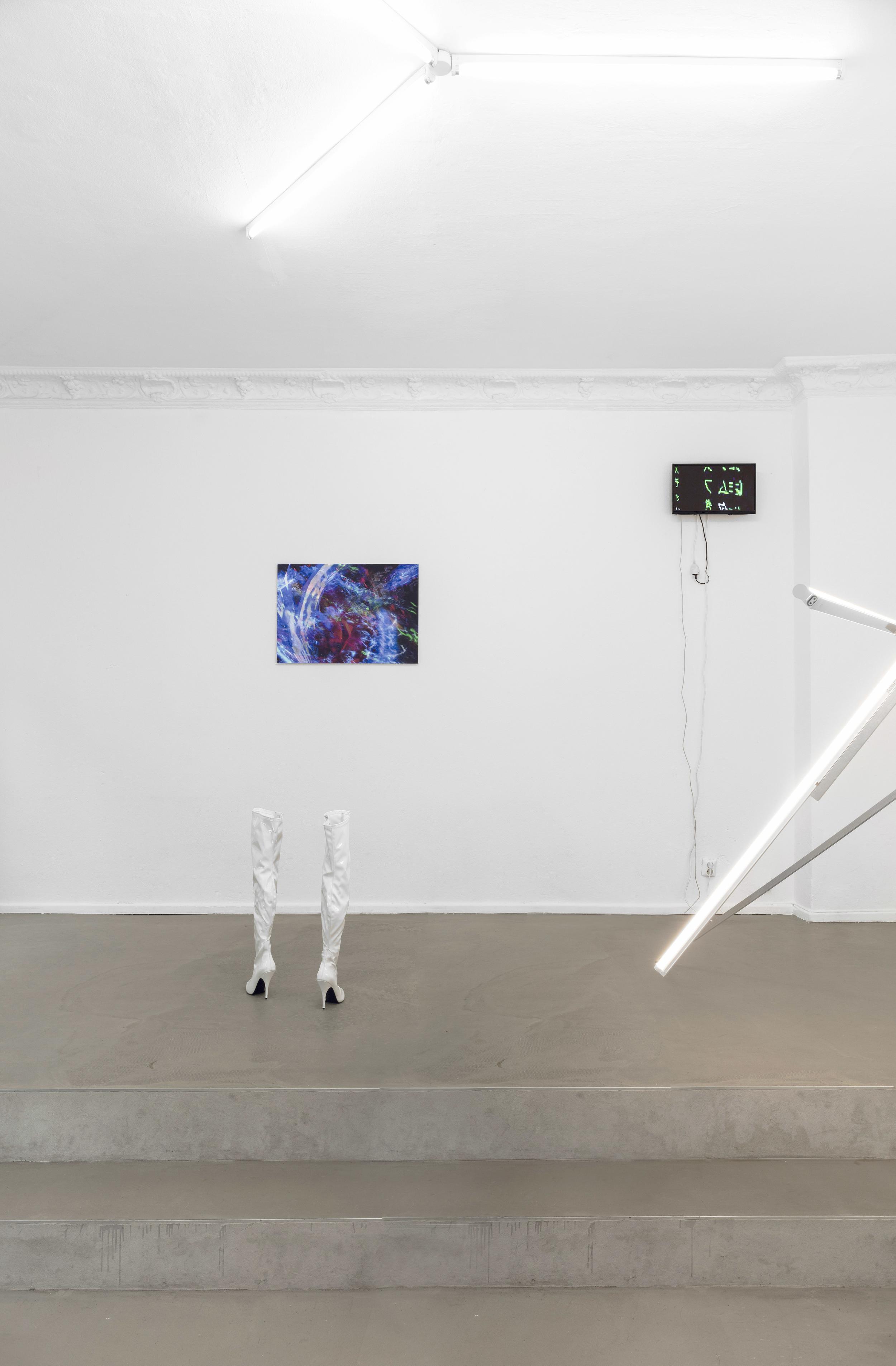
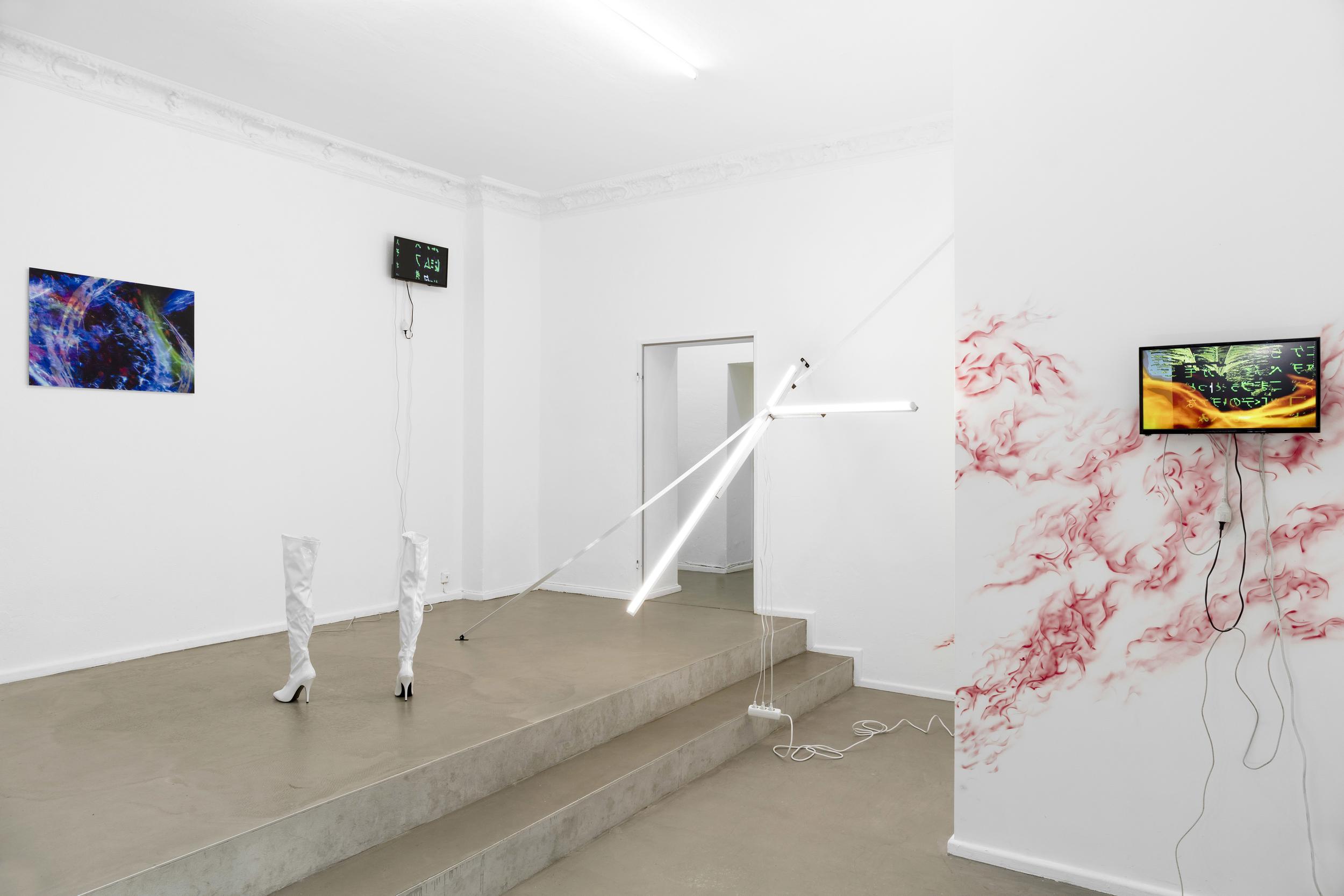
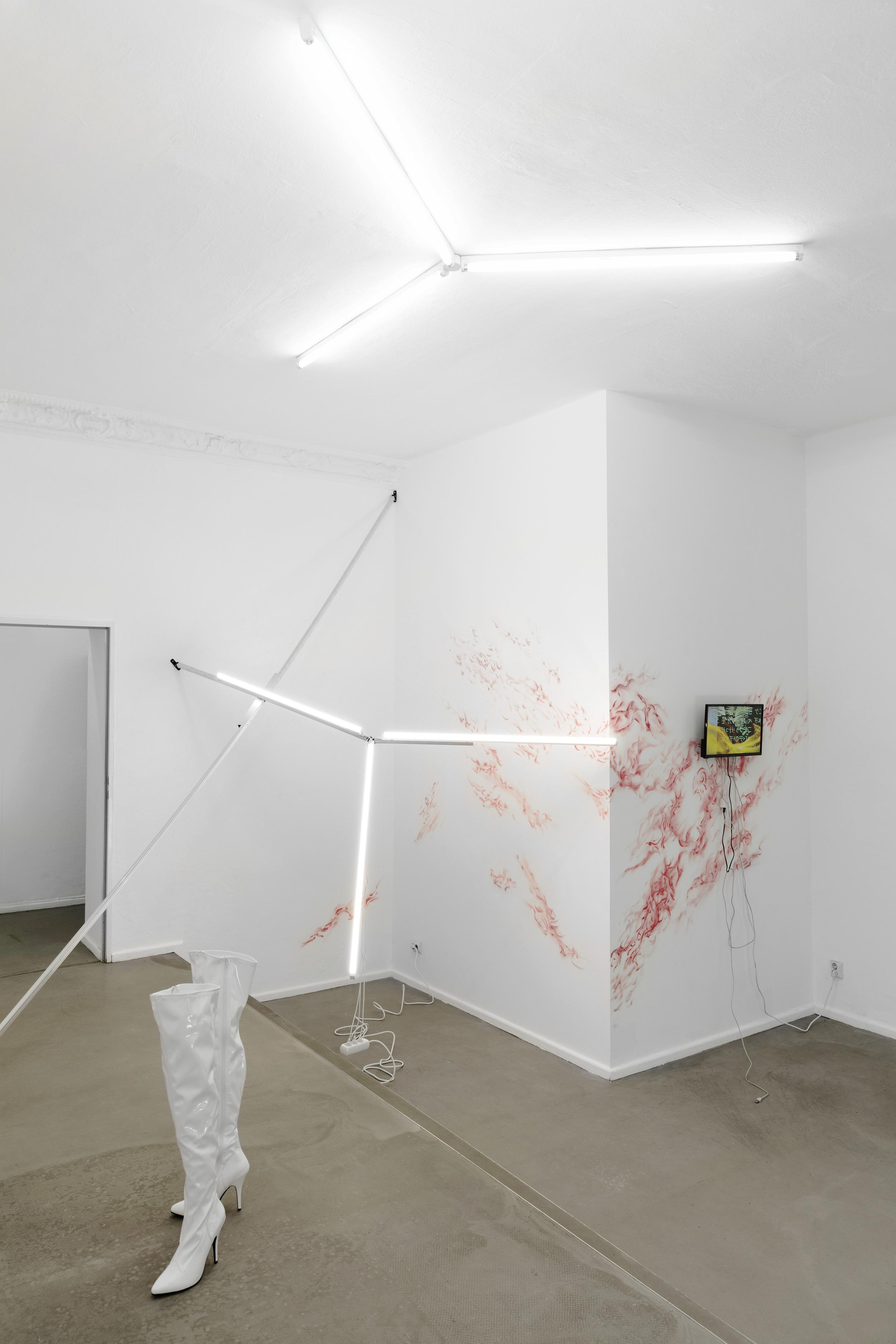
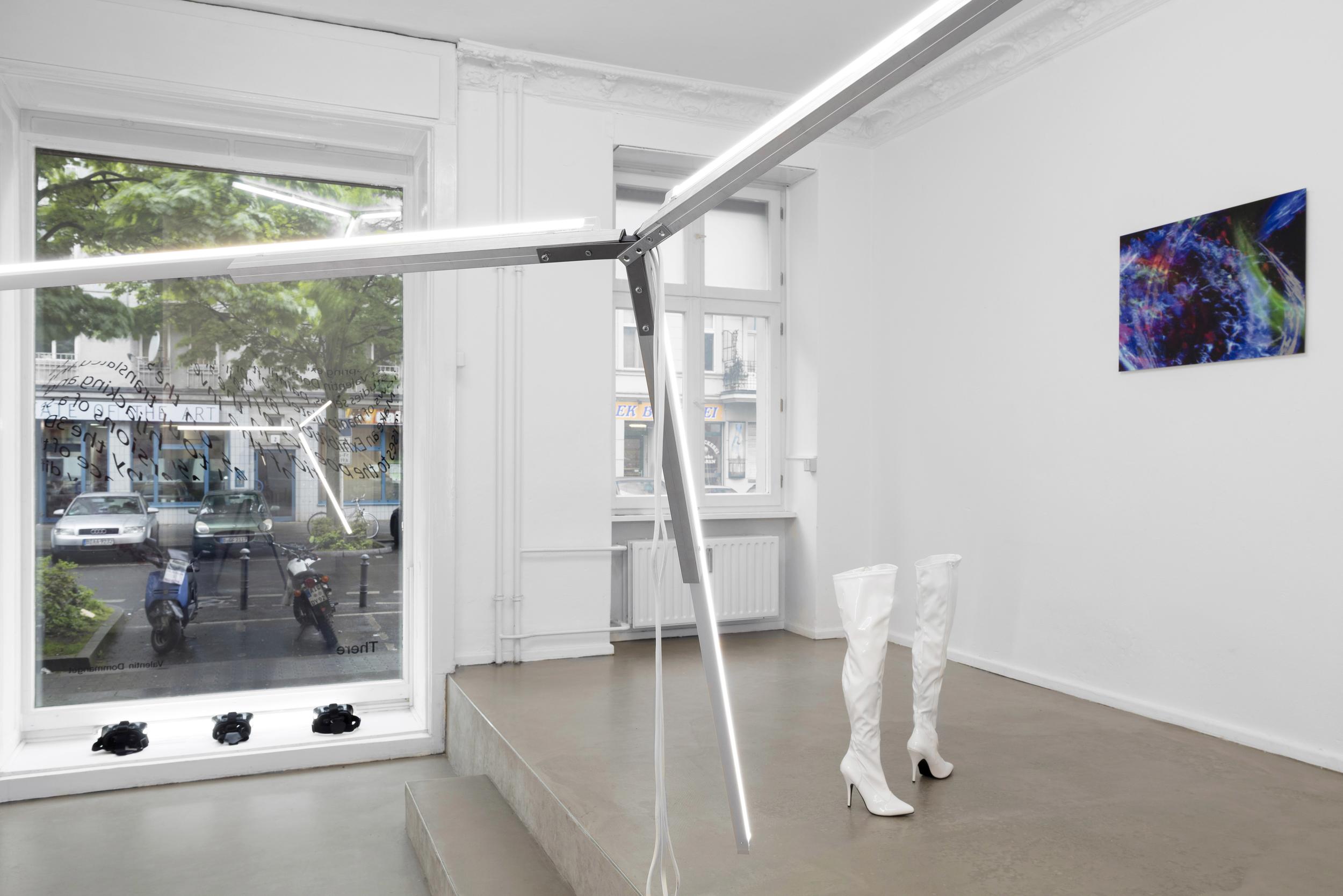
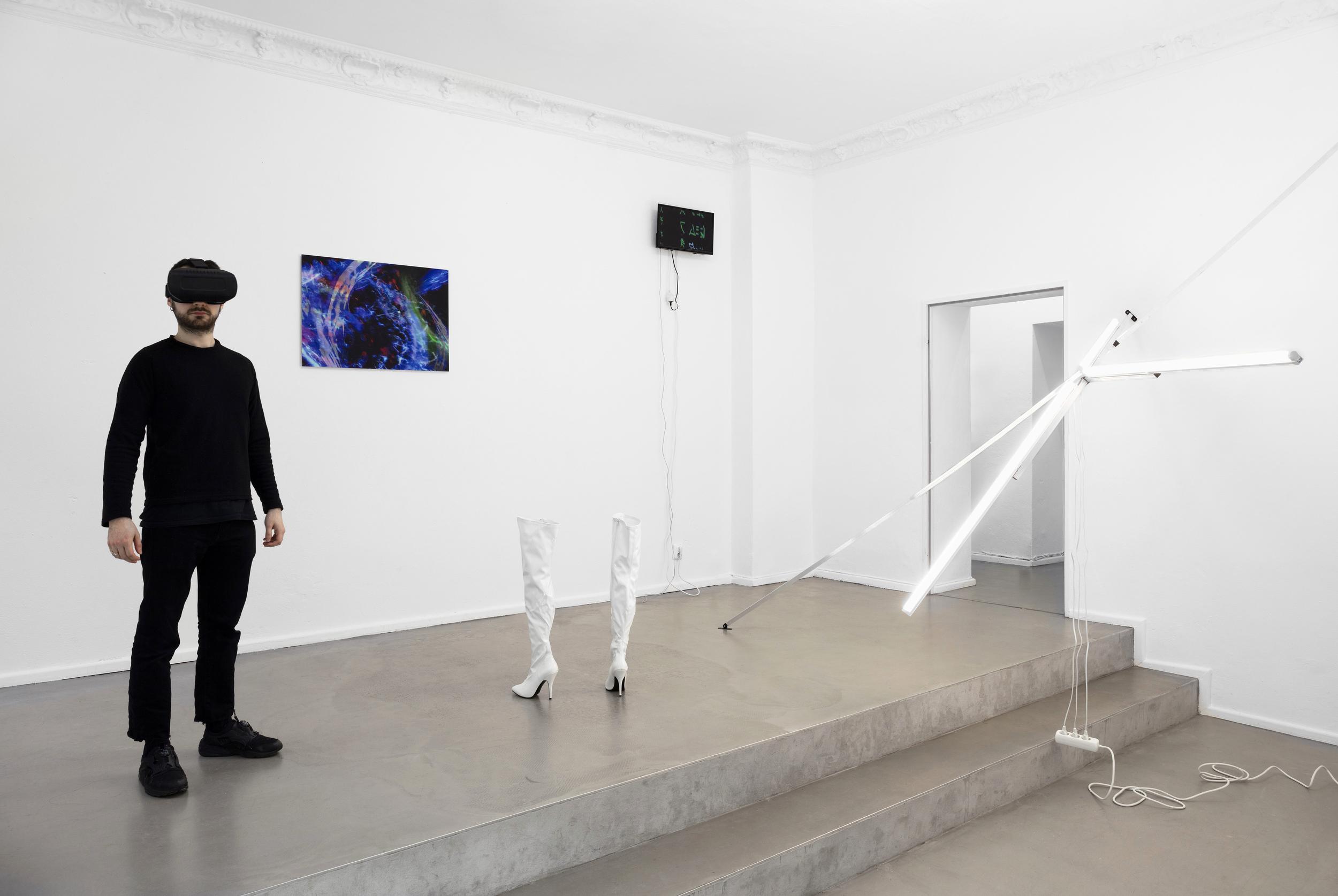
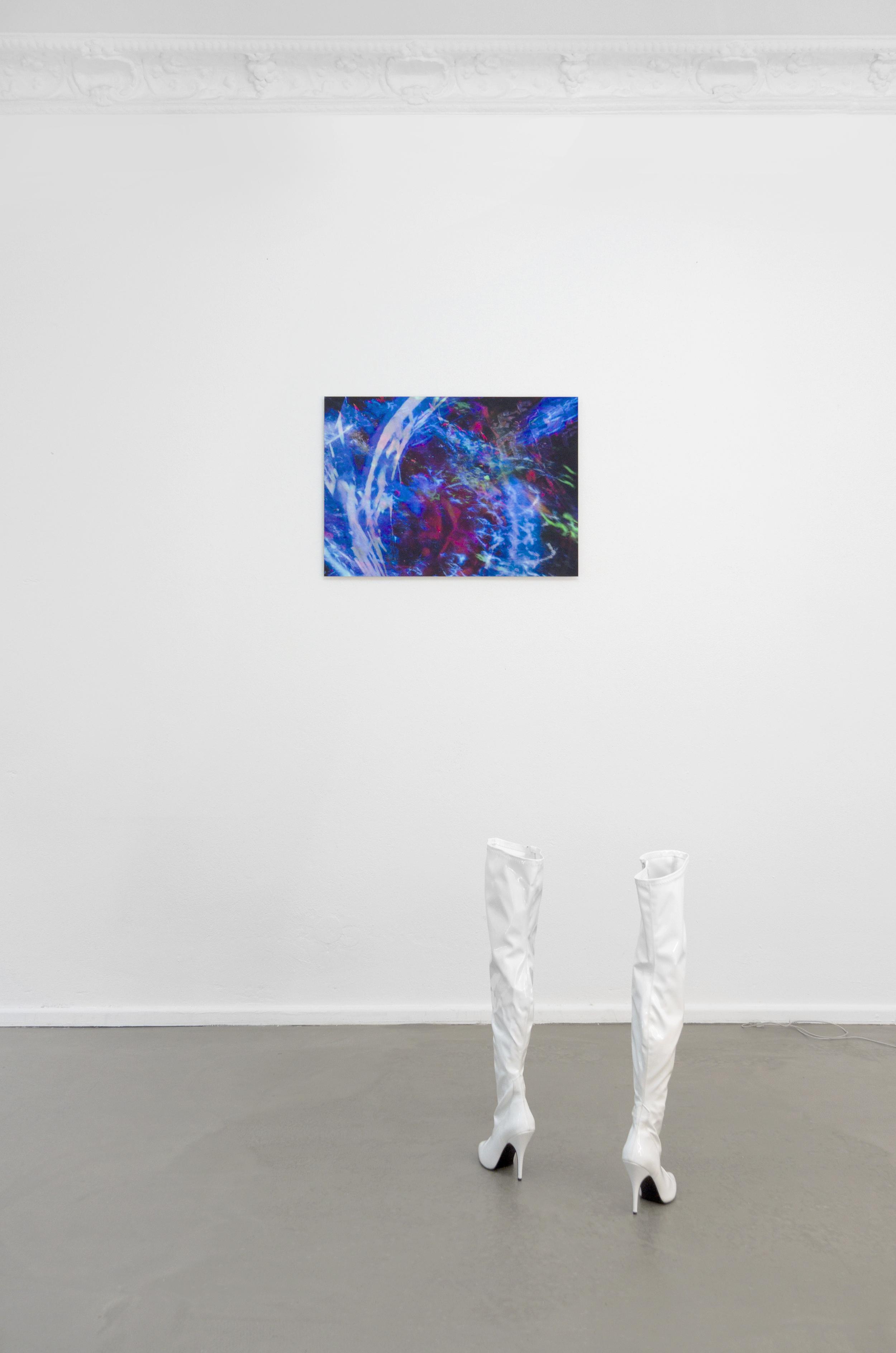
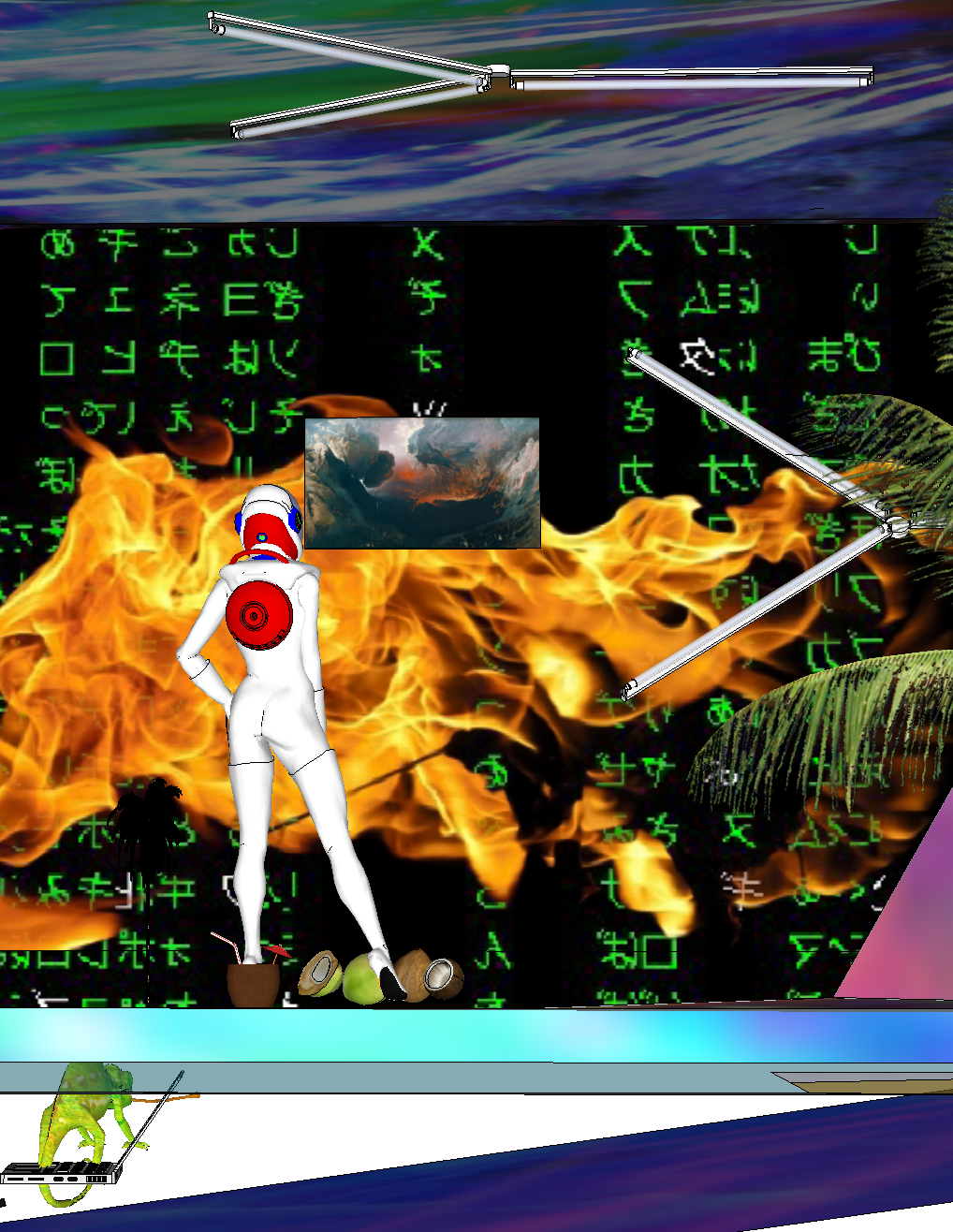
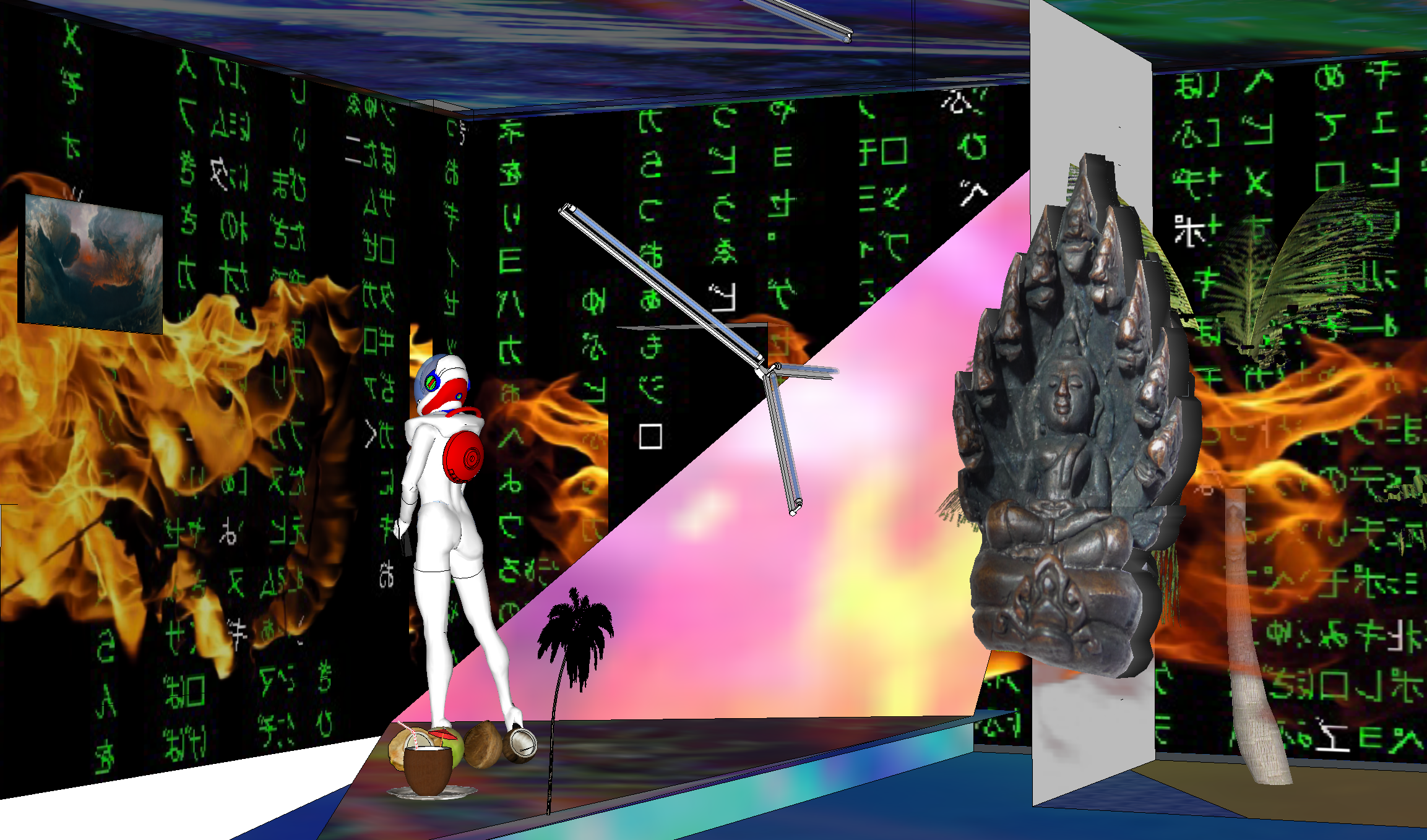
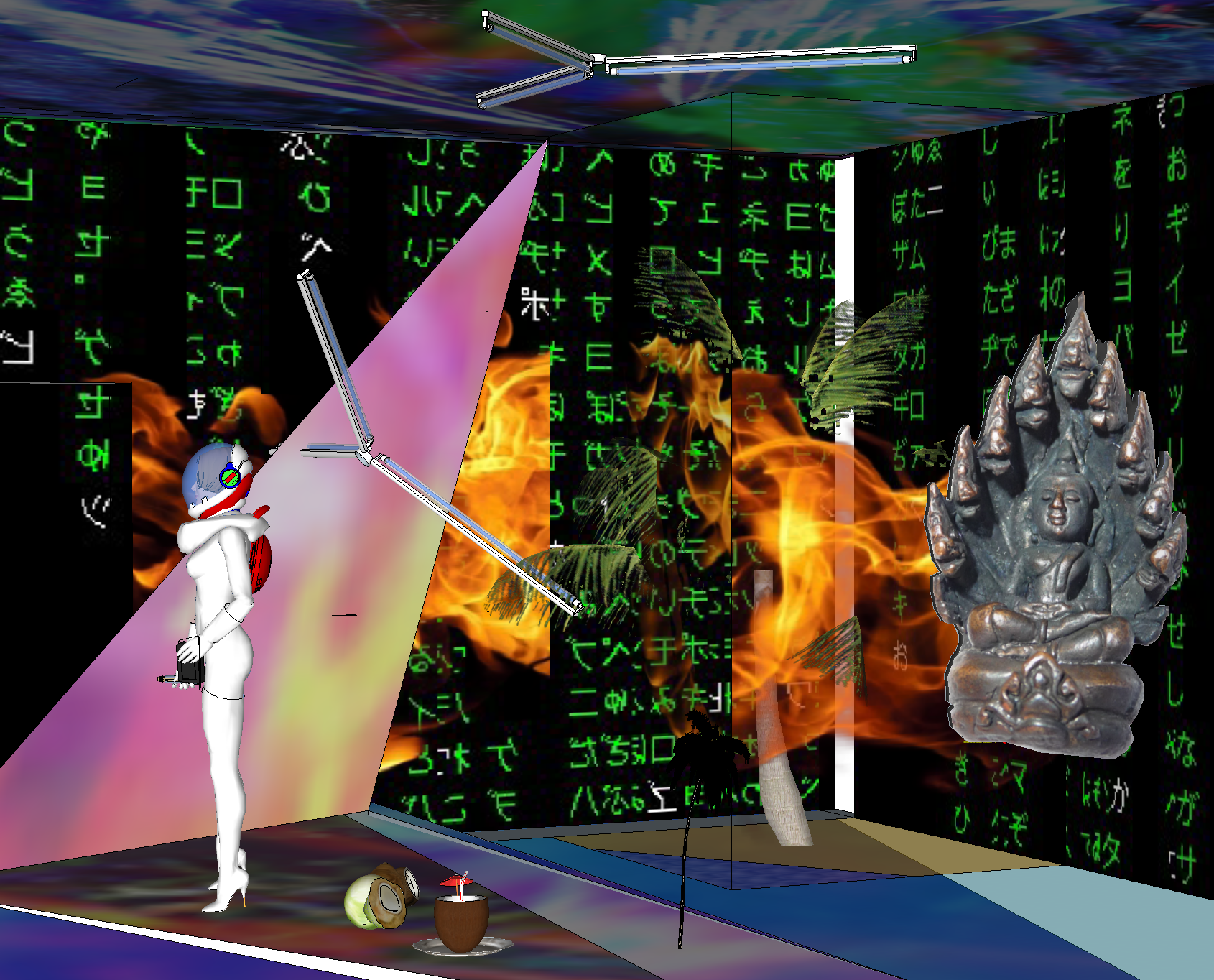
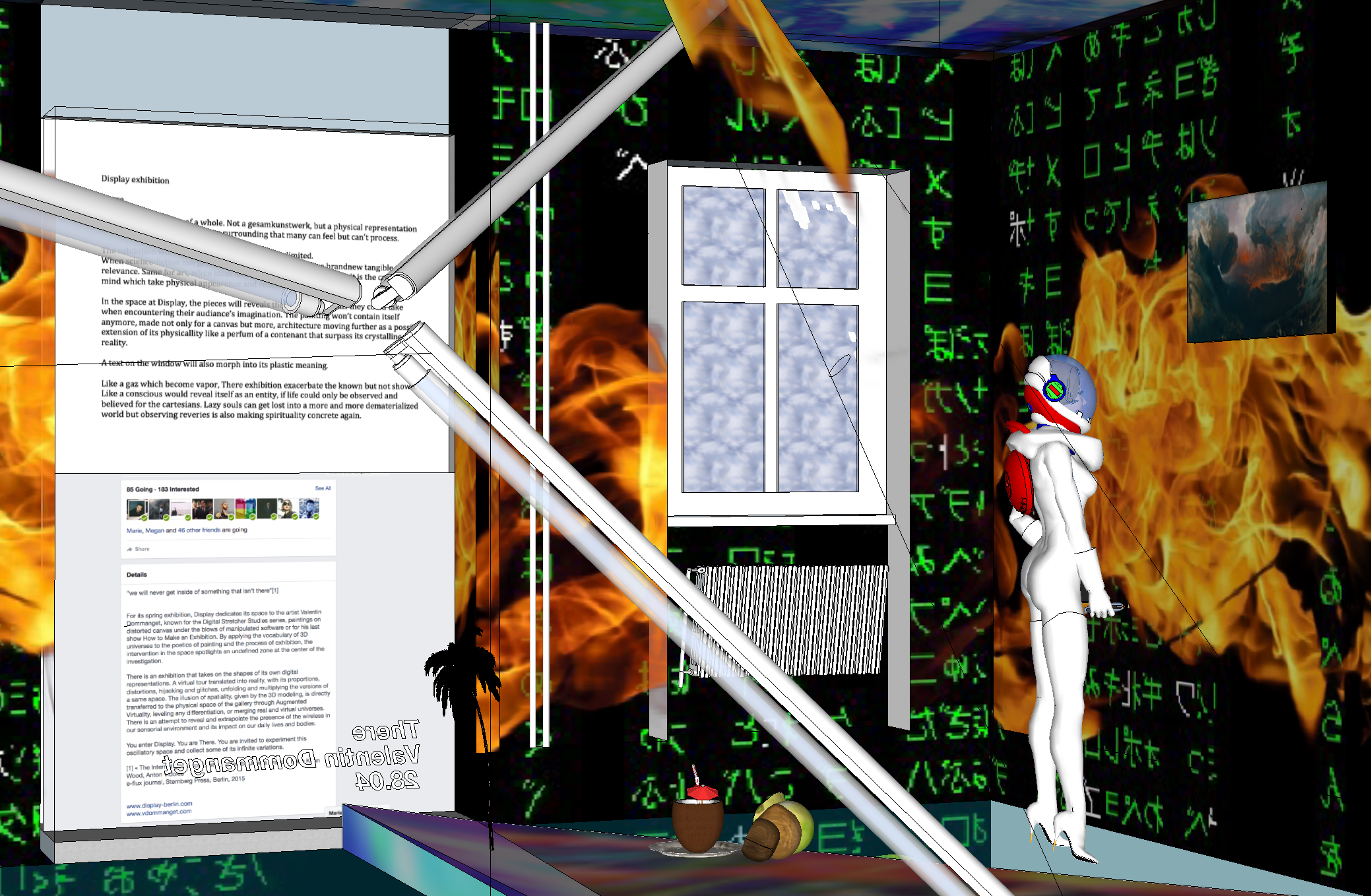
There - solo show at Display, Berlin, DE - 2017
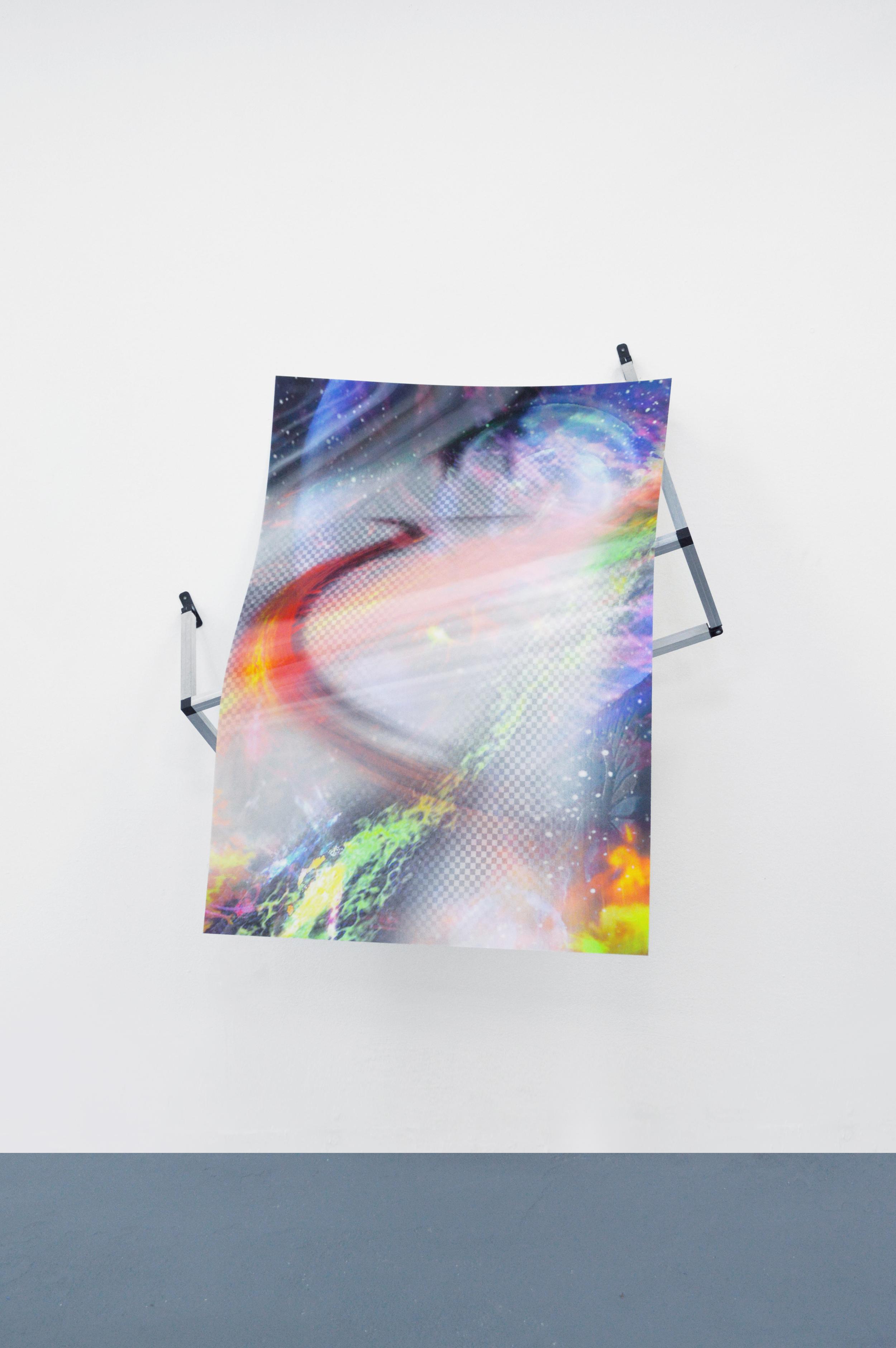
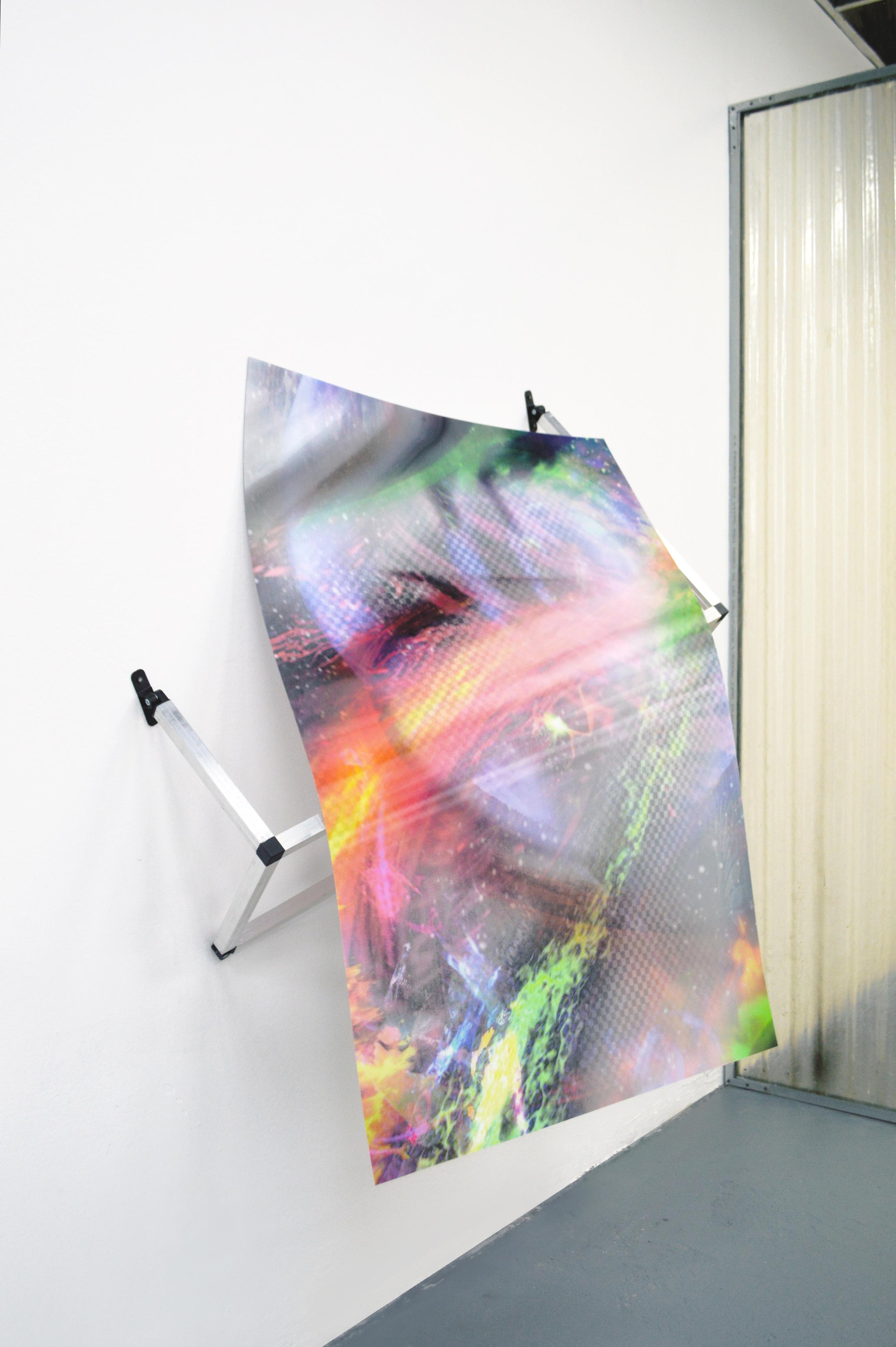
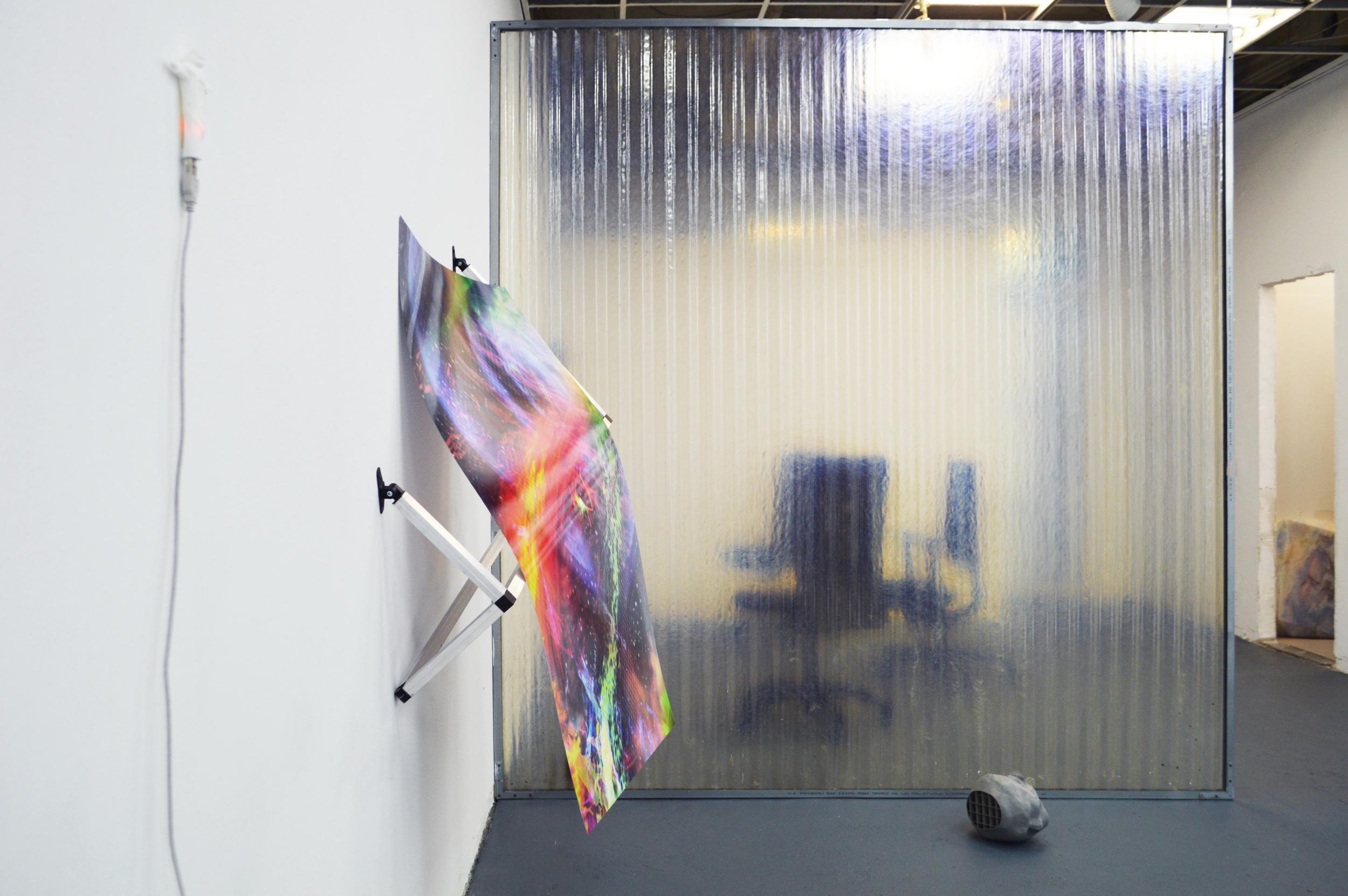
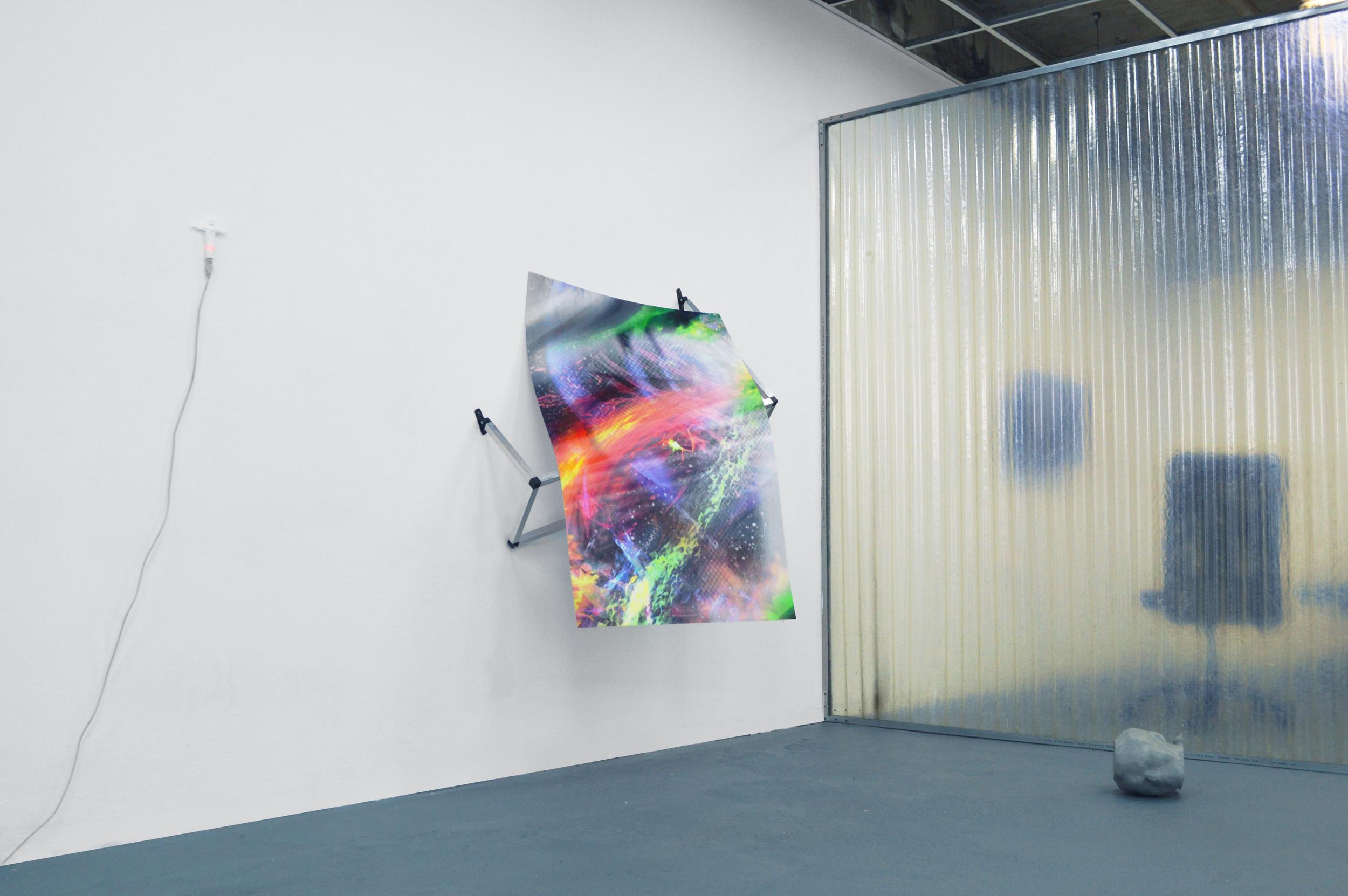
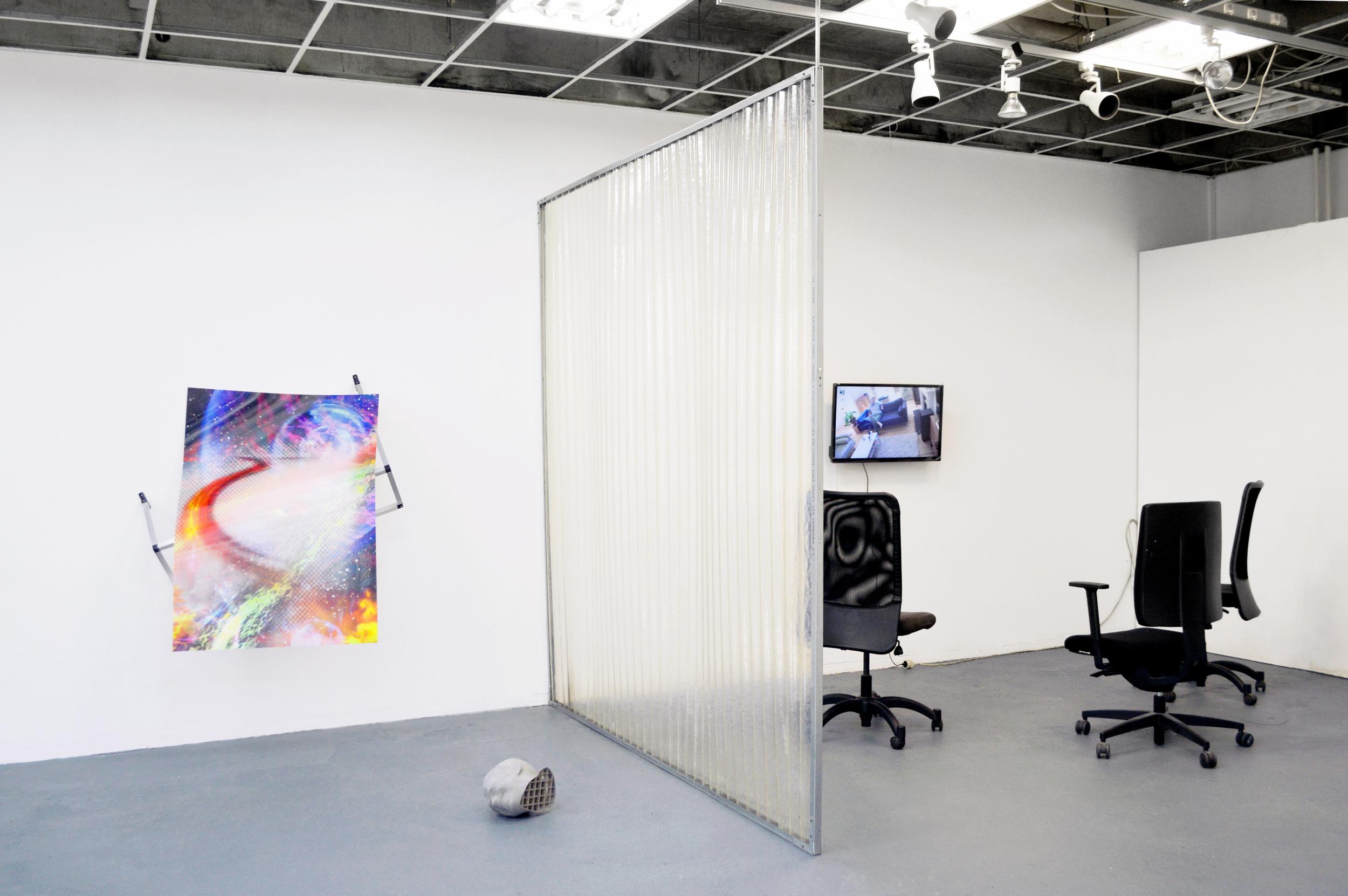
IRL VS IG #VI
lenticular print, aluminium_ 2017
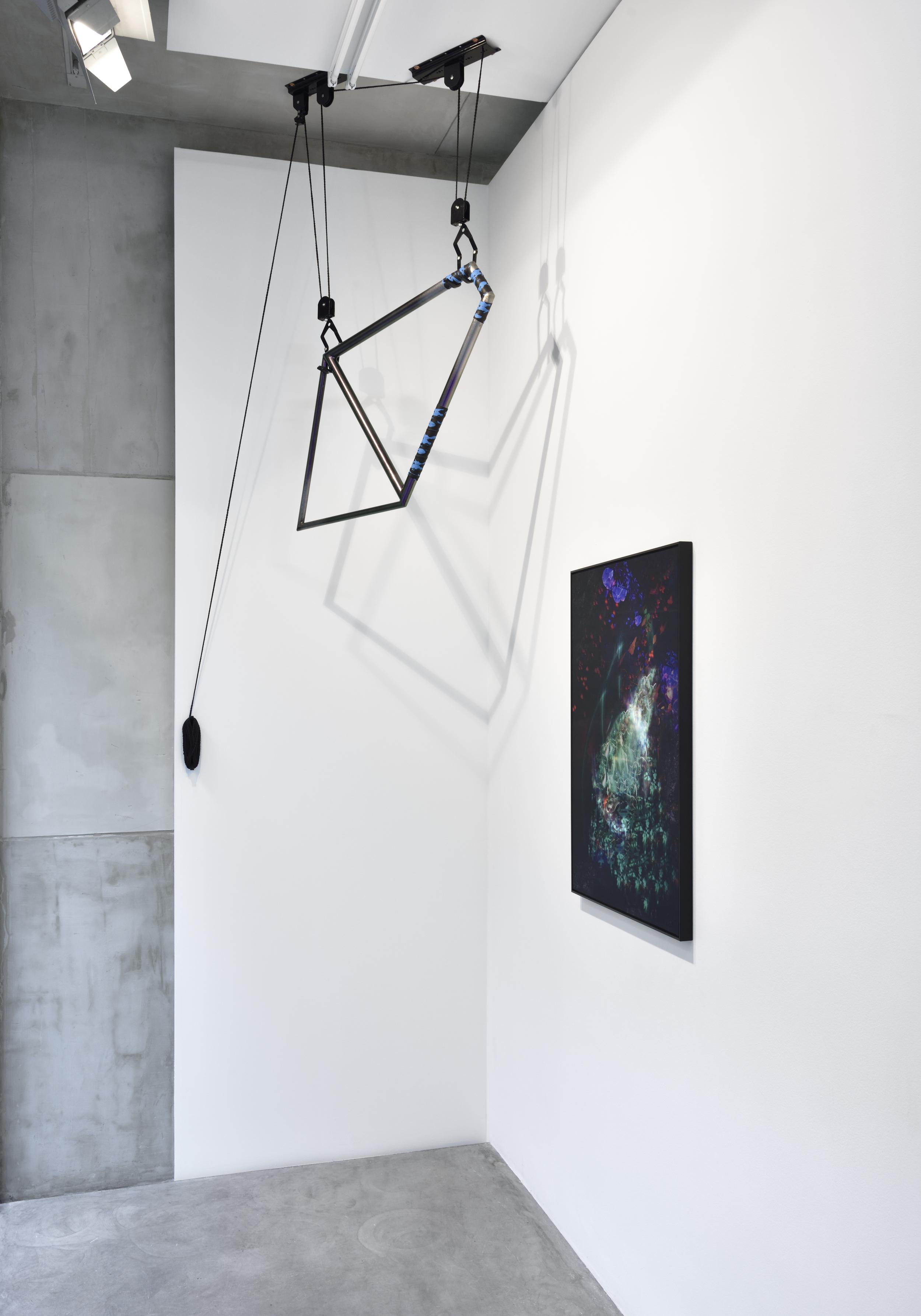
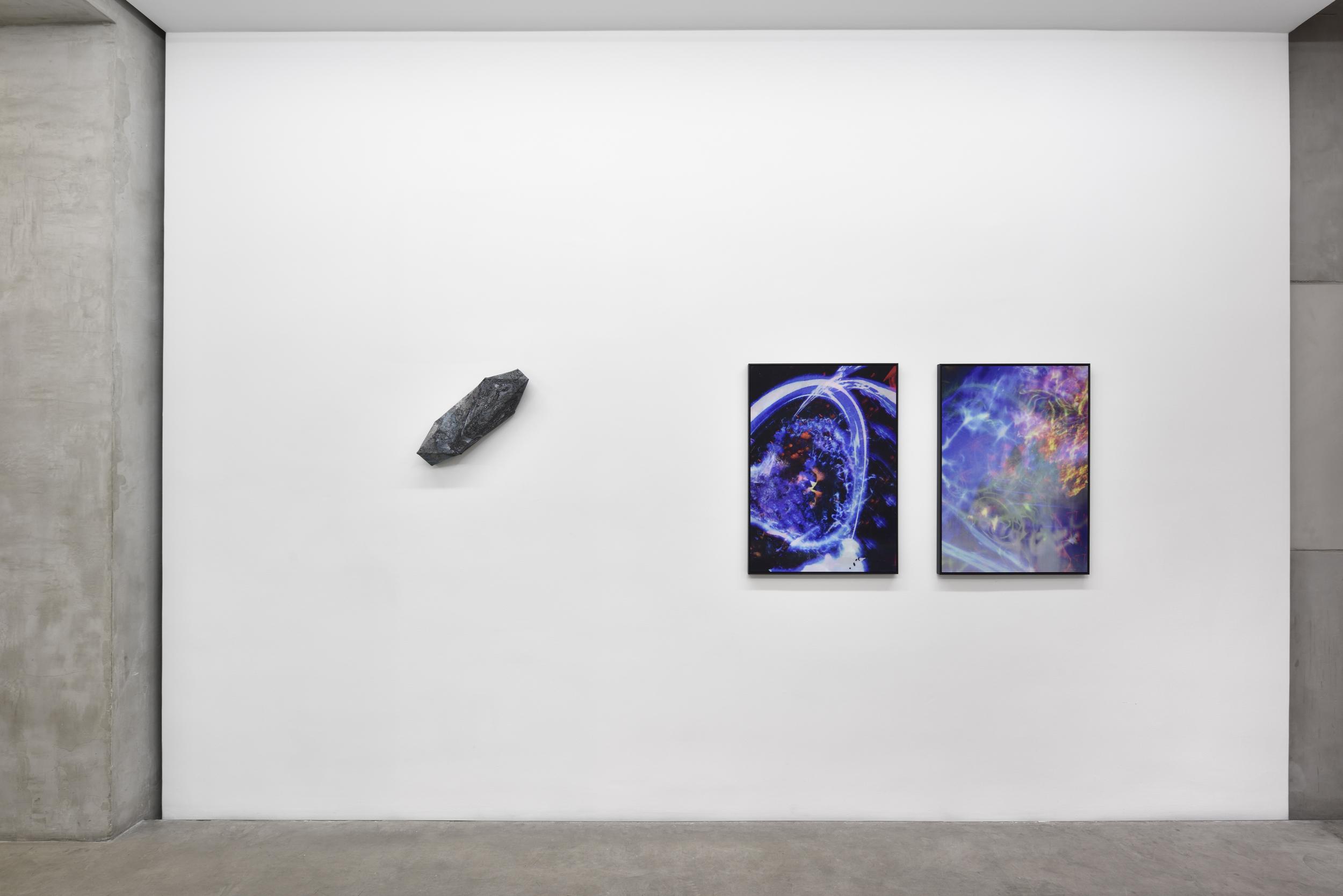
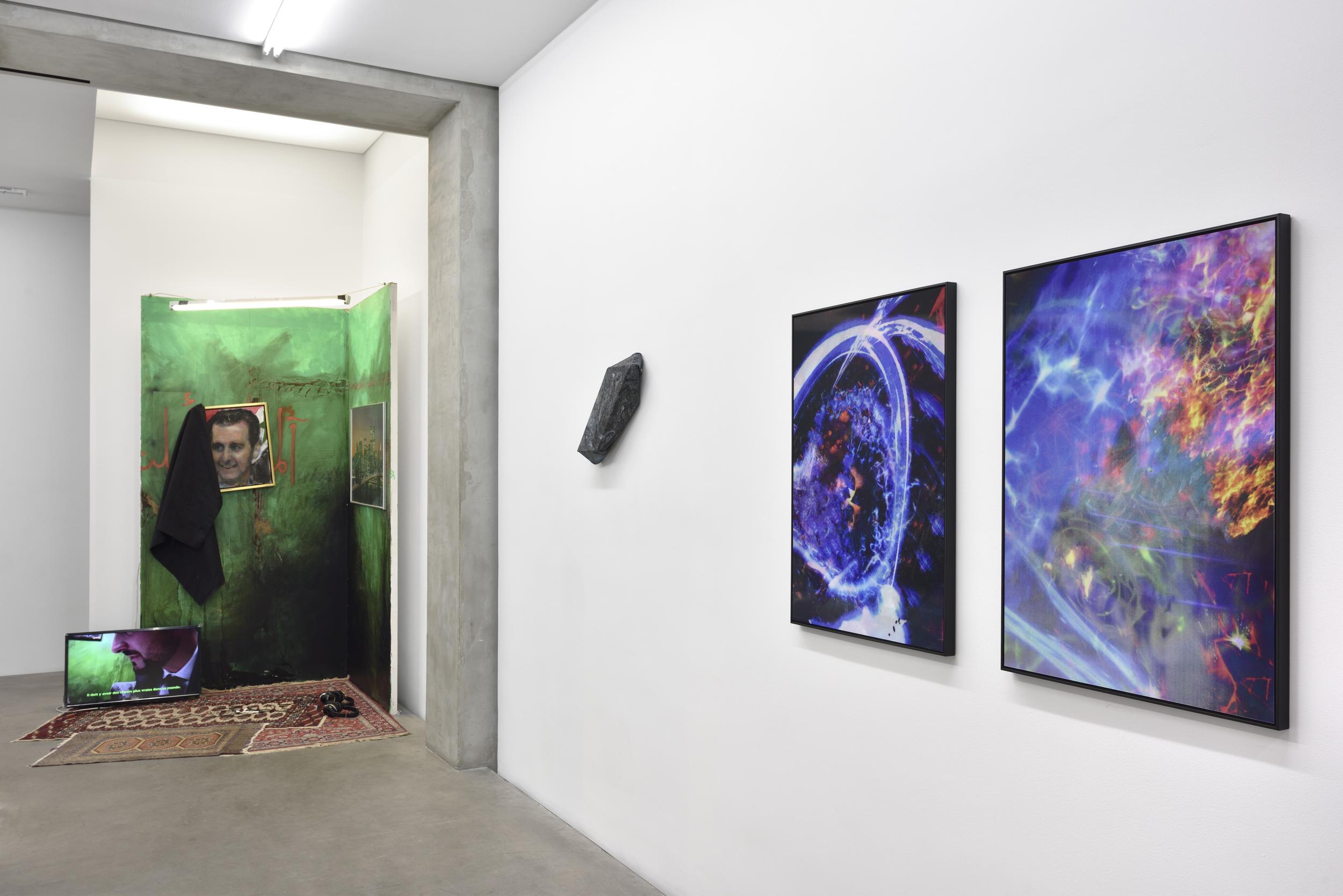
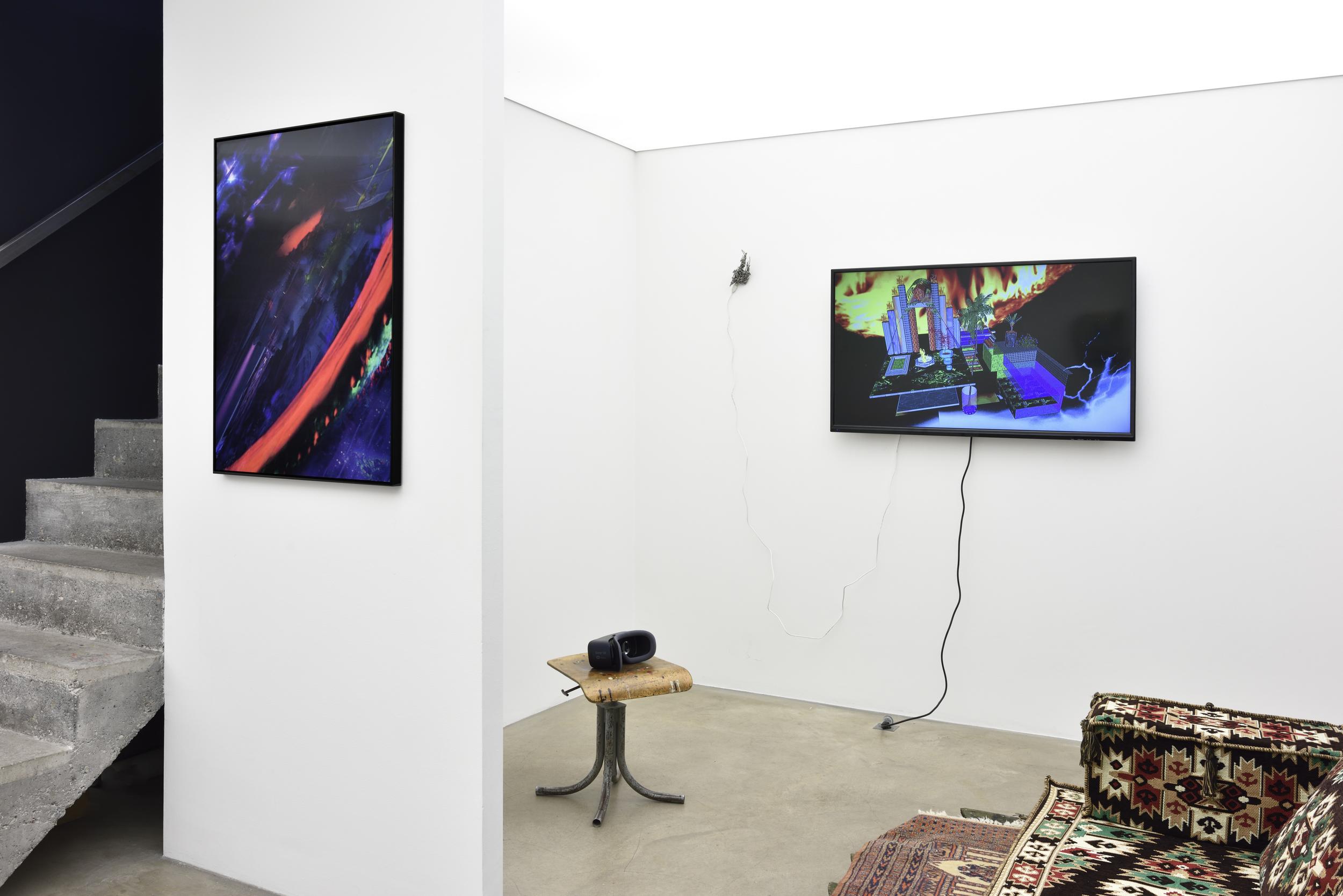
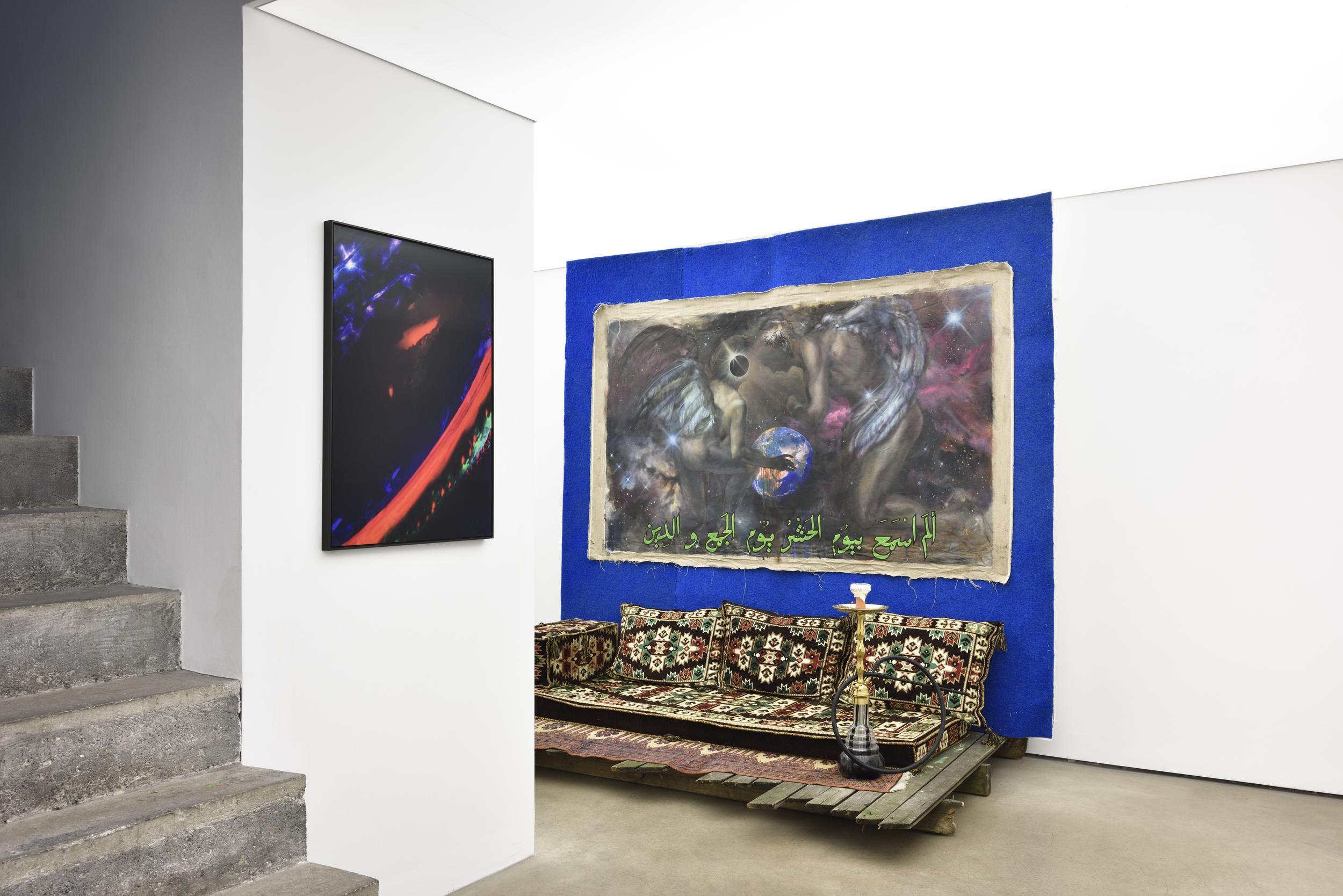
State of the Art - group show at Lily Robert gallery, Paris, FR - 2017
featuring Jordan Blady (USA), Niklas Binzberger (DE), Rachell Clark (AUS), Marco Franco Di Domenico (USA), Valentin Dommanget (FRA), Claude Eigan (FRA), Martha Glenn (USA), Max Grau (DE), Angelina Jesson & Jaron Hill (GB), Stephen Hiam (GB), Lucie McLaughlin (IRE), Justin Ryan Polisky (USA), Maya Rochat (CHE), Tracy-Jeanne Rosenthal (USA), Chloe Royer (FRA), Eleanor Strong (GB), Dennis Rudolph (DE), Andrew Wyatt (GB)
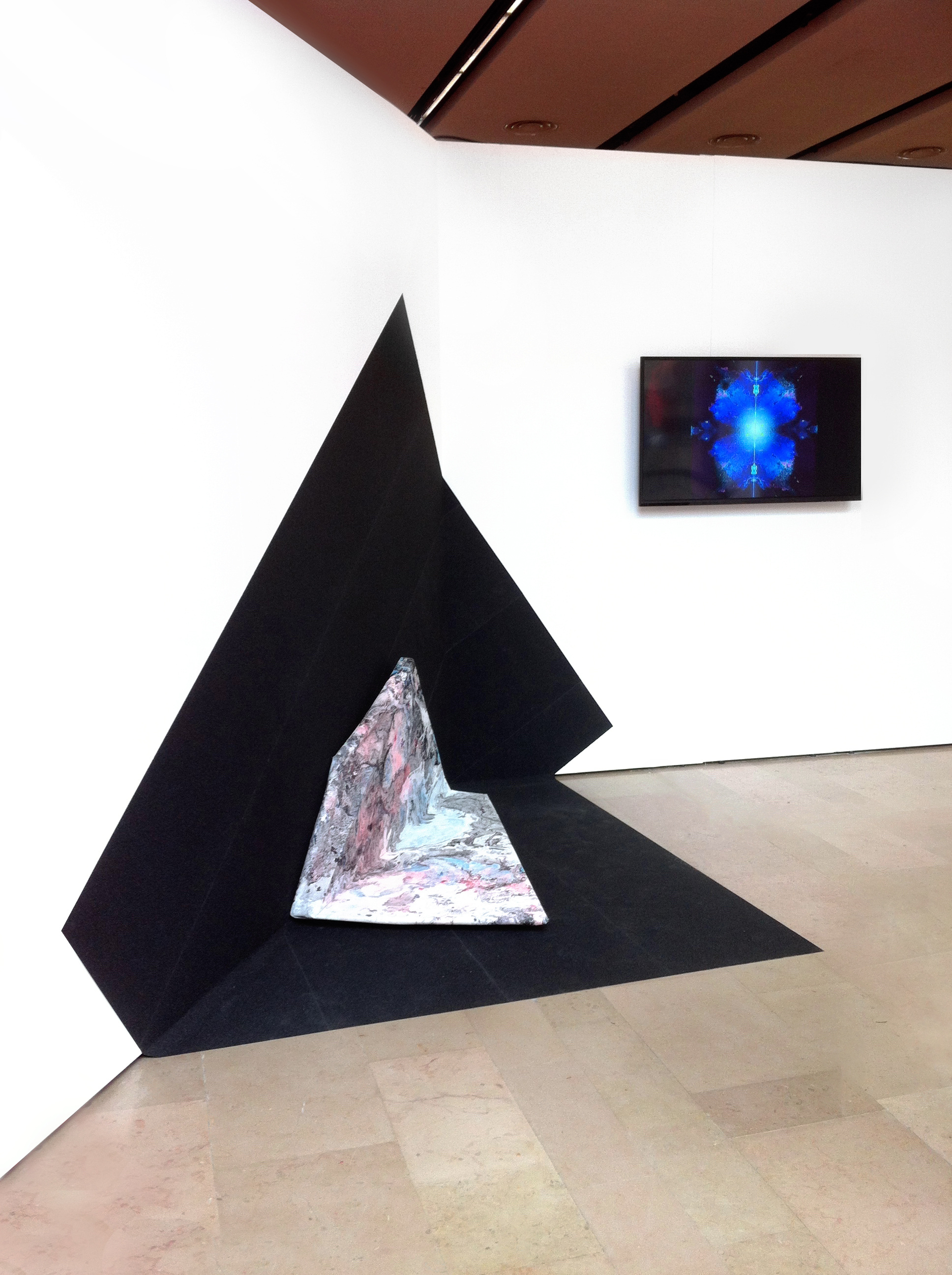
Salon de Montrouge 2015
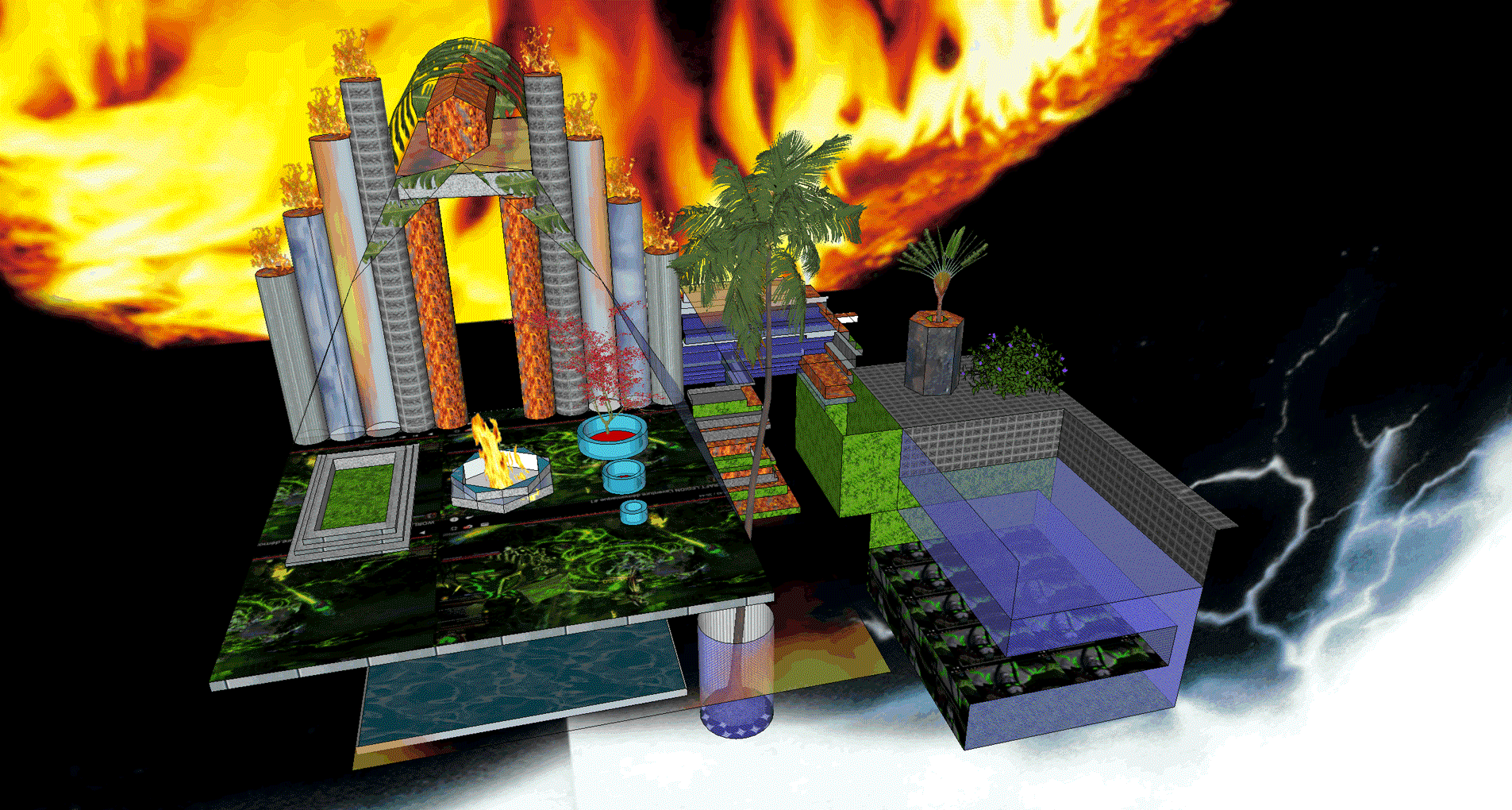
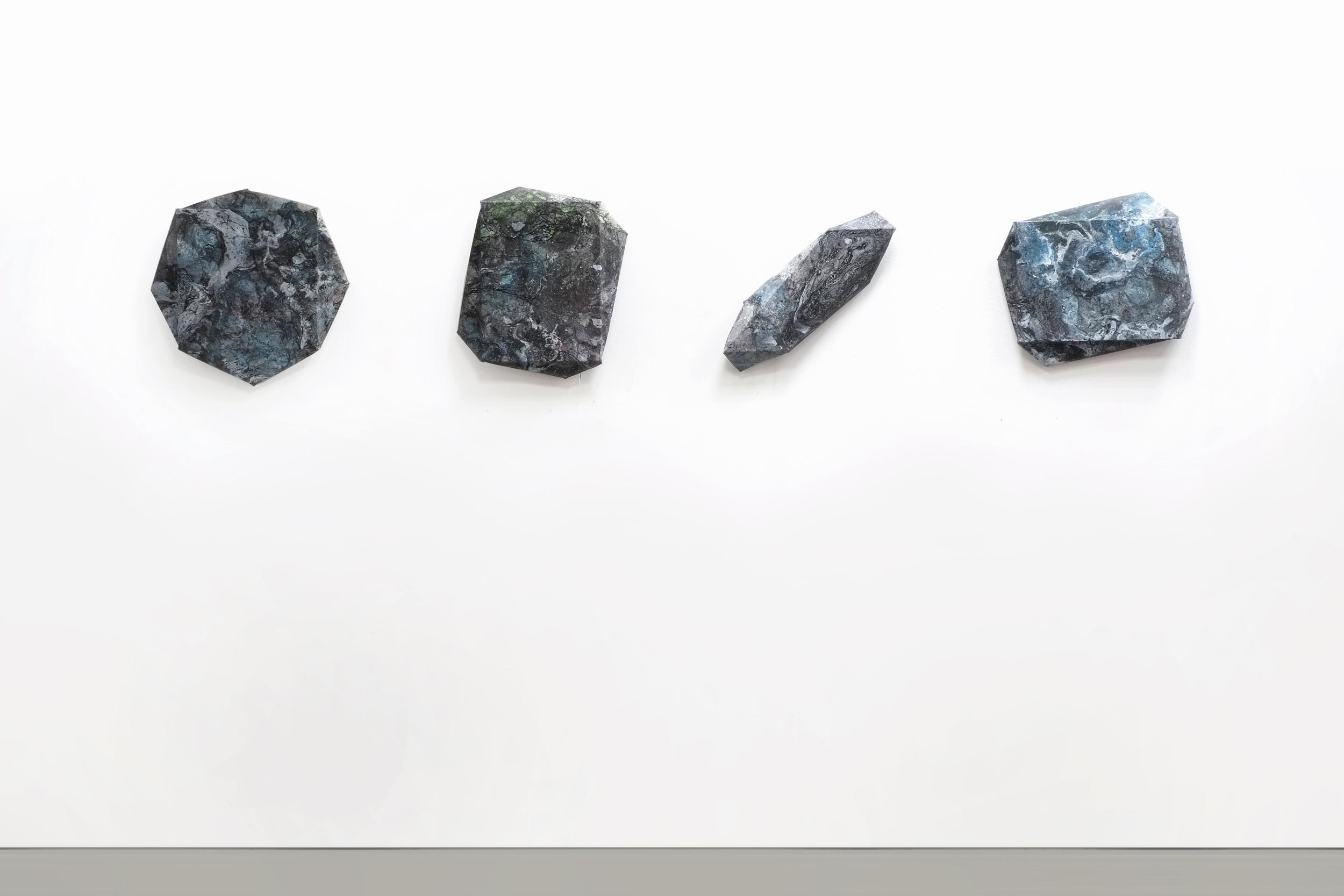
 Digital Stretcher Studies 3X3
Digital Stretcher Studies 3X3acrylic spray pigments, chemical solutions on canvas, stretched on wood
140 x 140 x 10 cm
2016
 Snippet #3, 2016
Snippet #3, 2016paint on transparent blister, plaster coated synthetic foam, silk, steel hooks
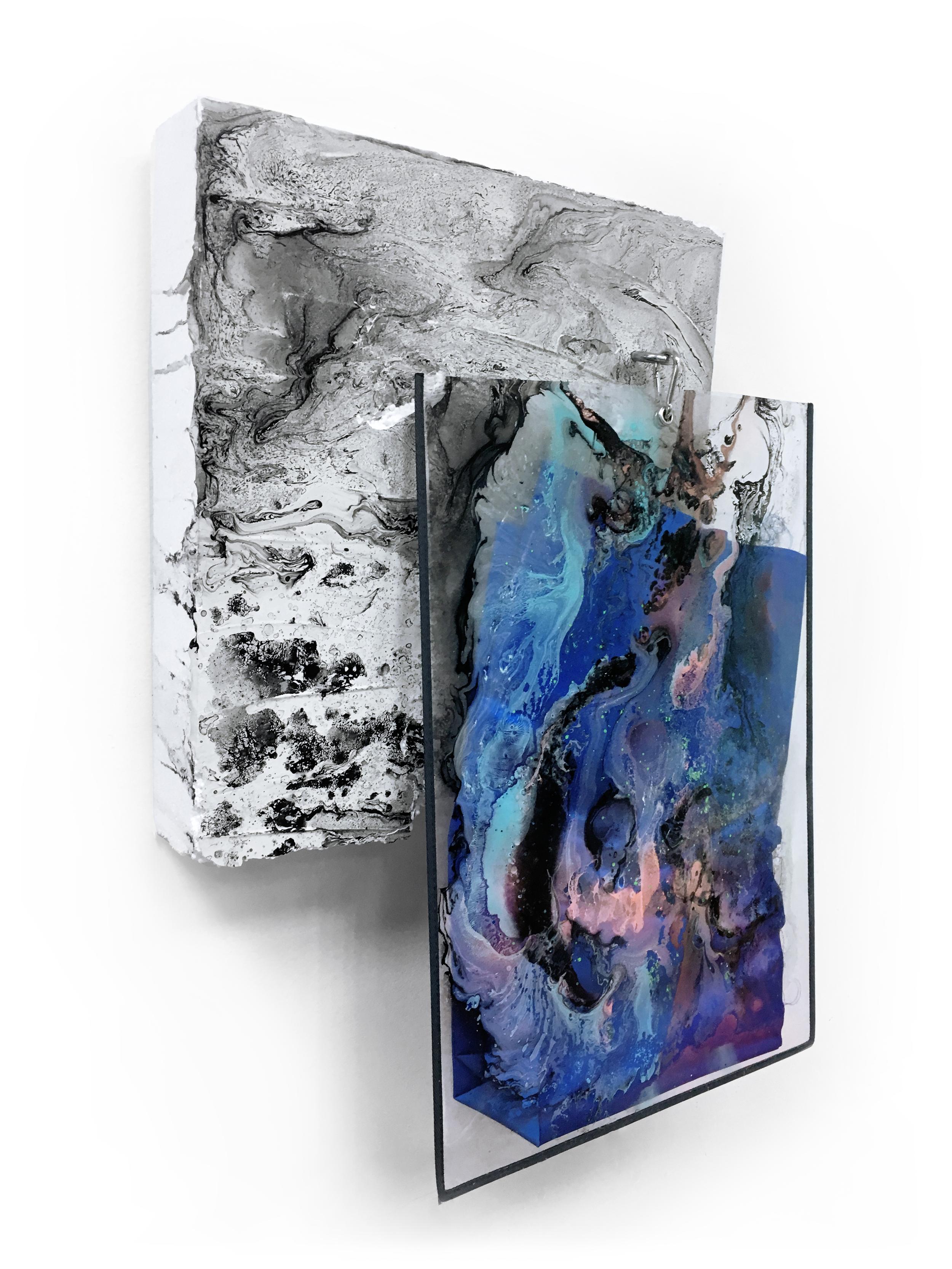 Snippet #2, 2016
Snippet #2, 2016paint on transparent blister & plaster coated synthetic foam, silk, steel hooks
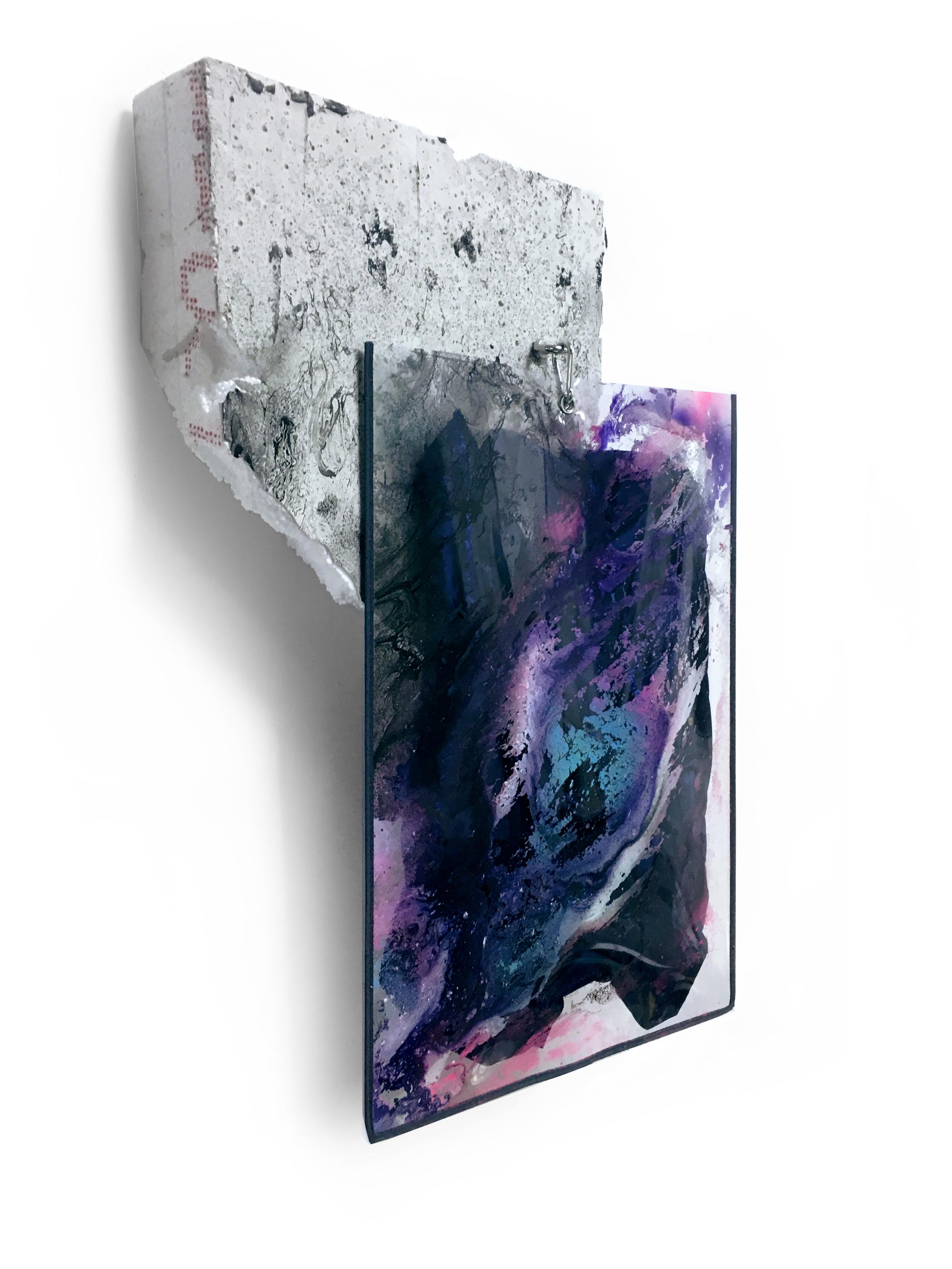 Snippet #1, 2016
Snippet #1, 2016paint on transparent blister & plaster coated synthetic foam, silk, steel hooks

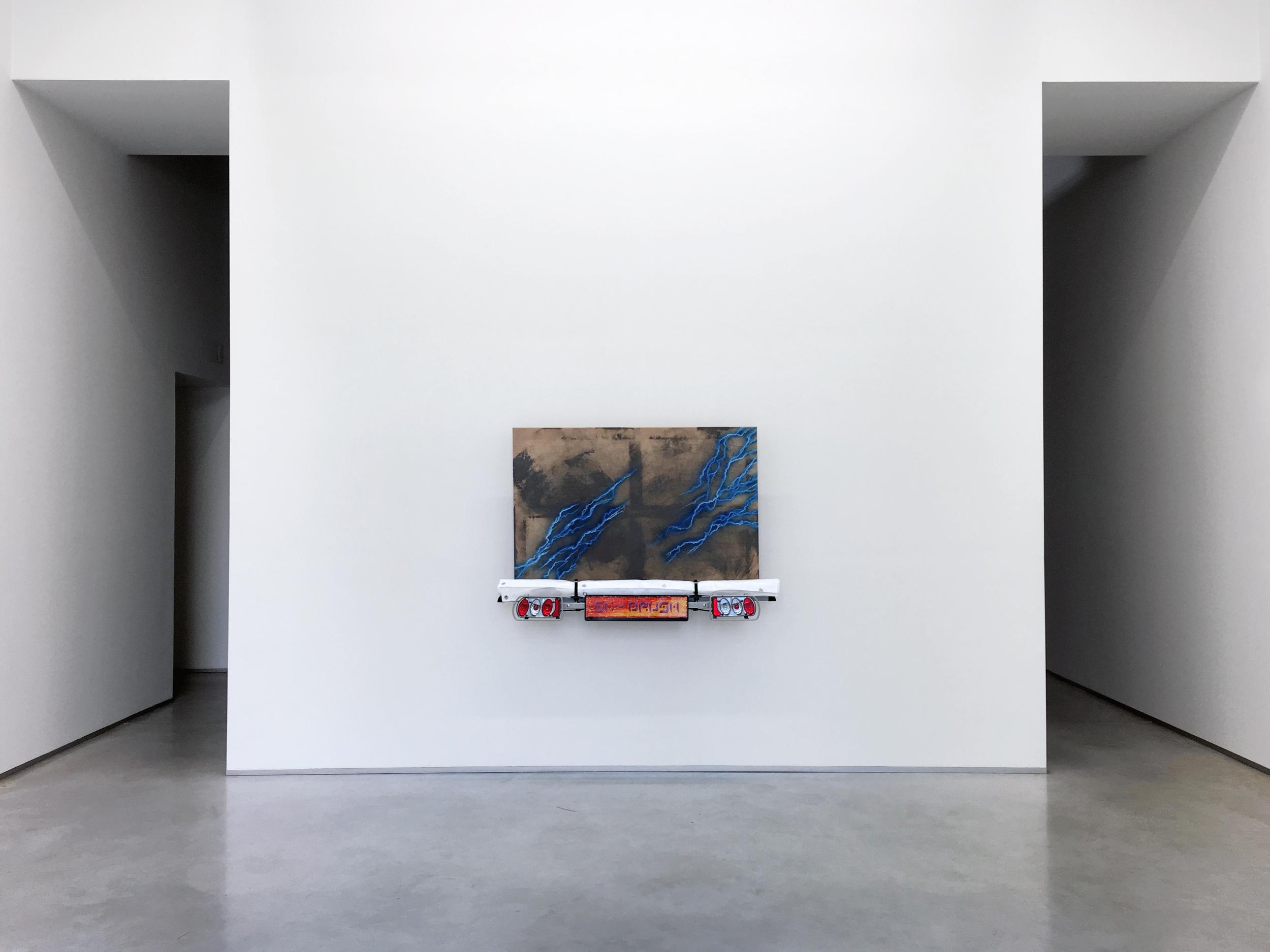
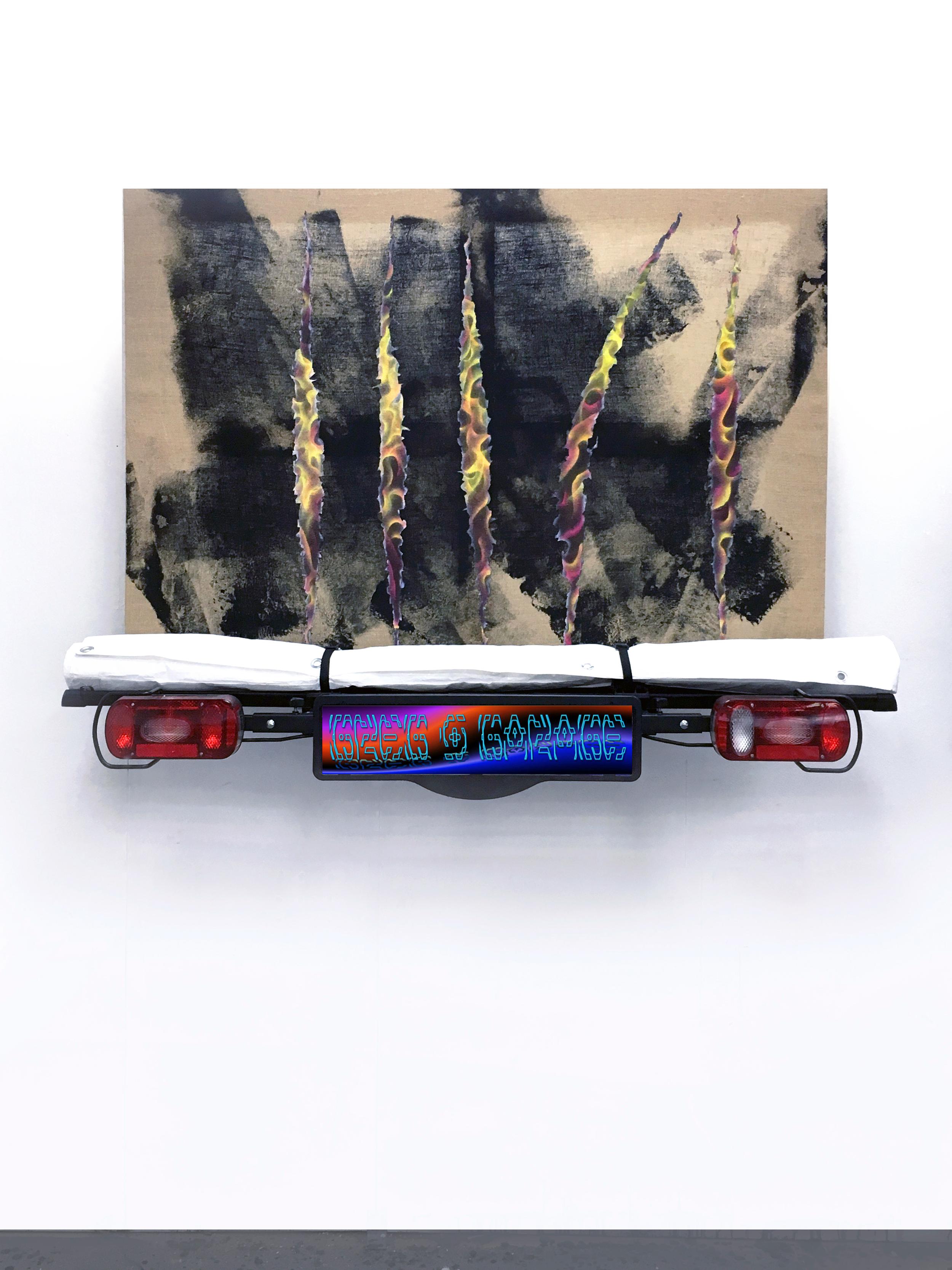 Untitled.Com #2 - 2016
Untitled.Com #2 - 2016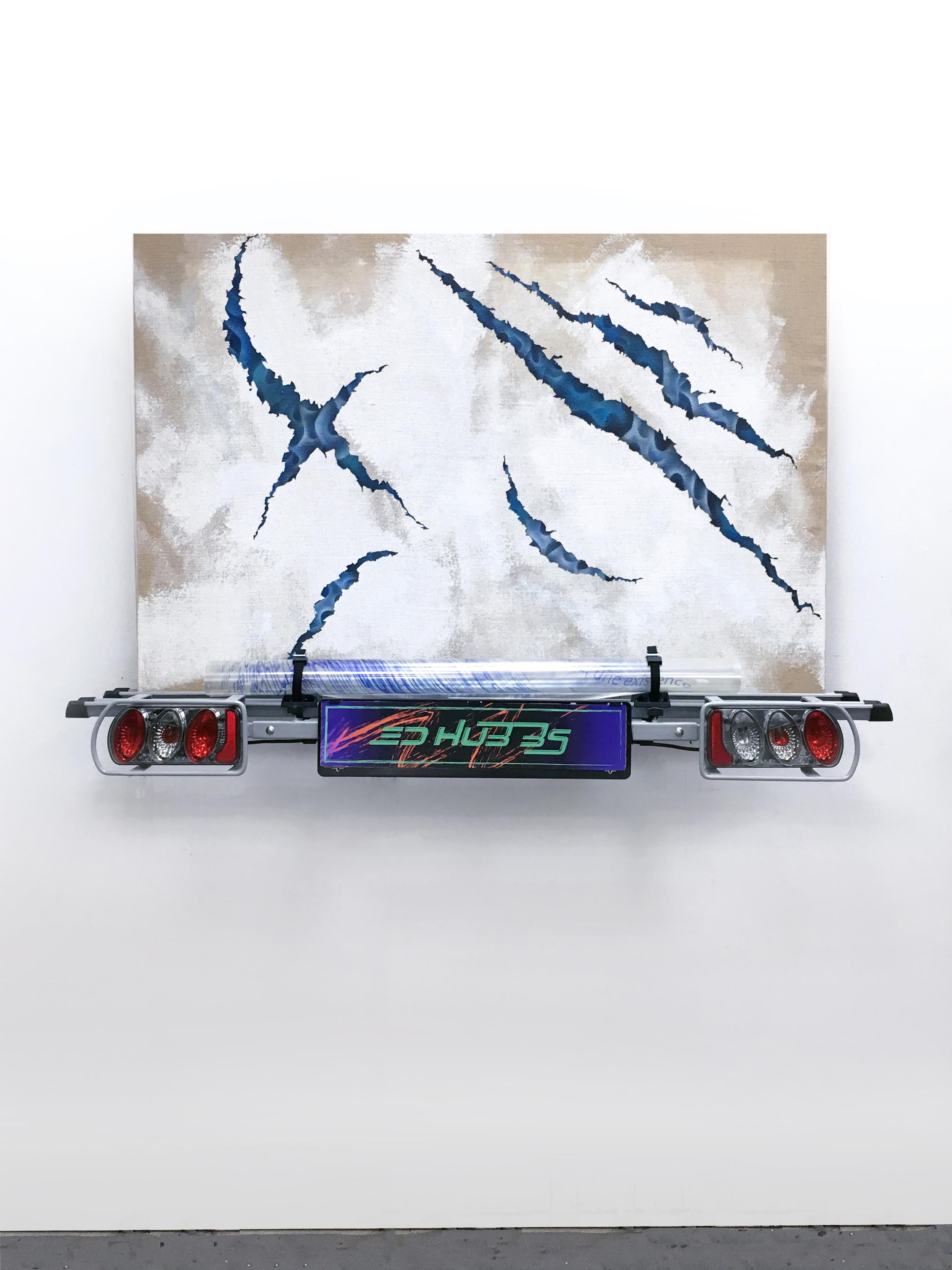
Untitled.Com #1 - 2016
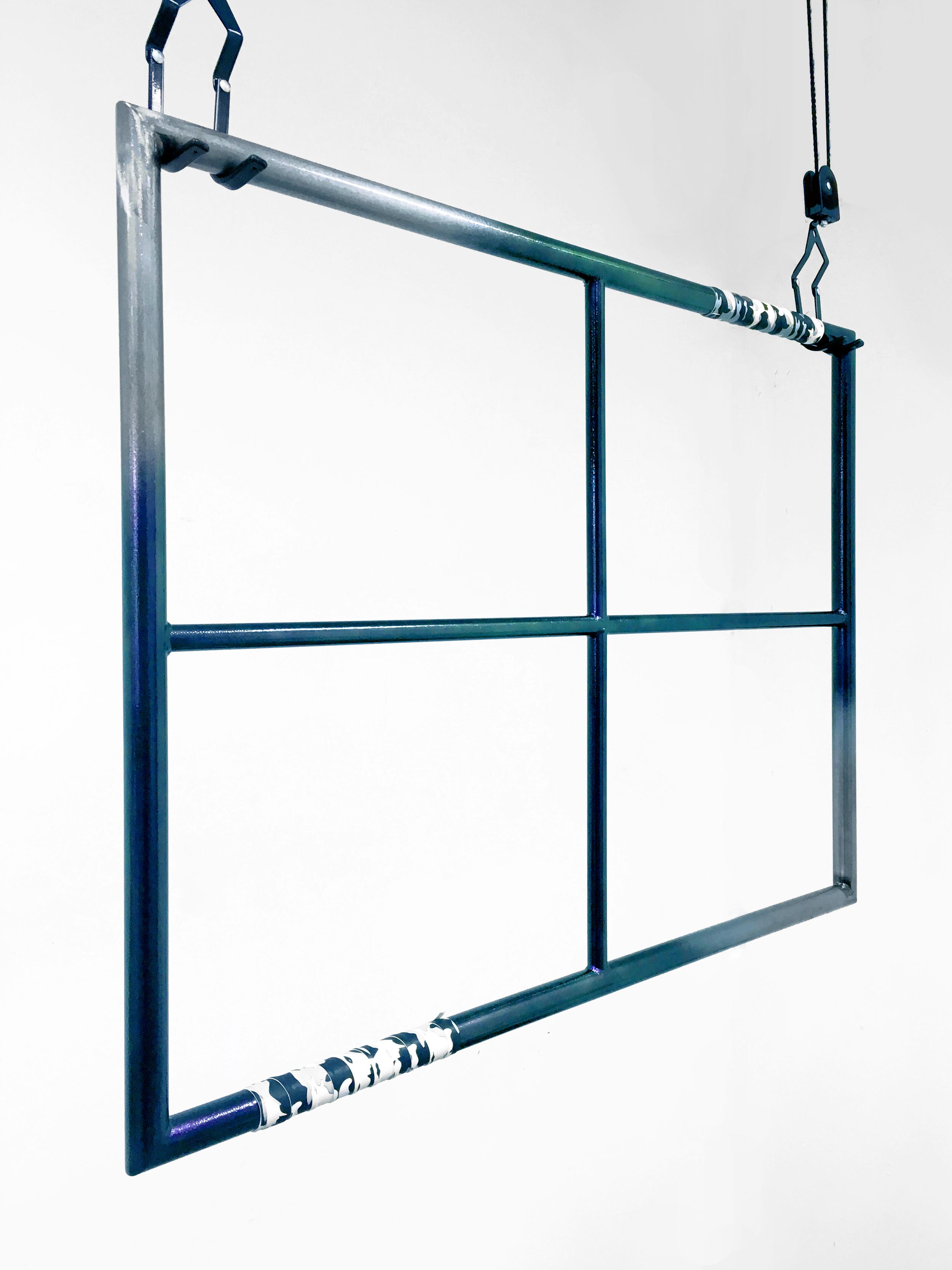
Frame Net #4 - 2016
chameleon paint, automobile varnish & bike grips on steel, garage grapples

Frame Net #3 - 2016
chameleon paint, automobile varnish & bike grips on steel, garage grapples
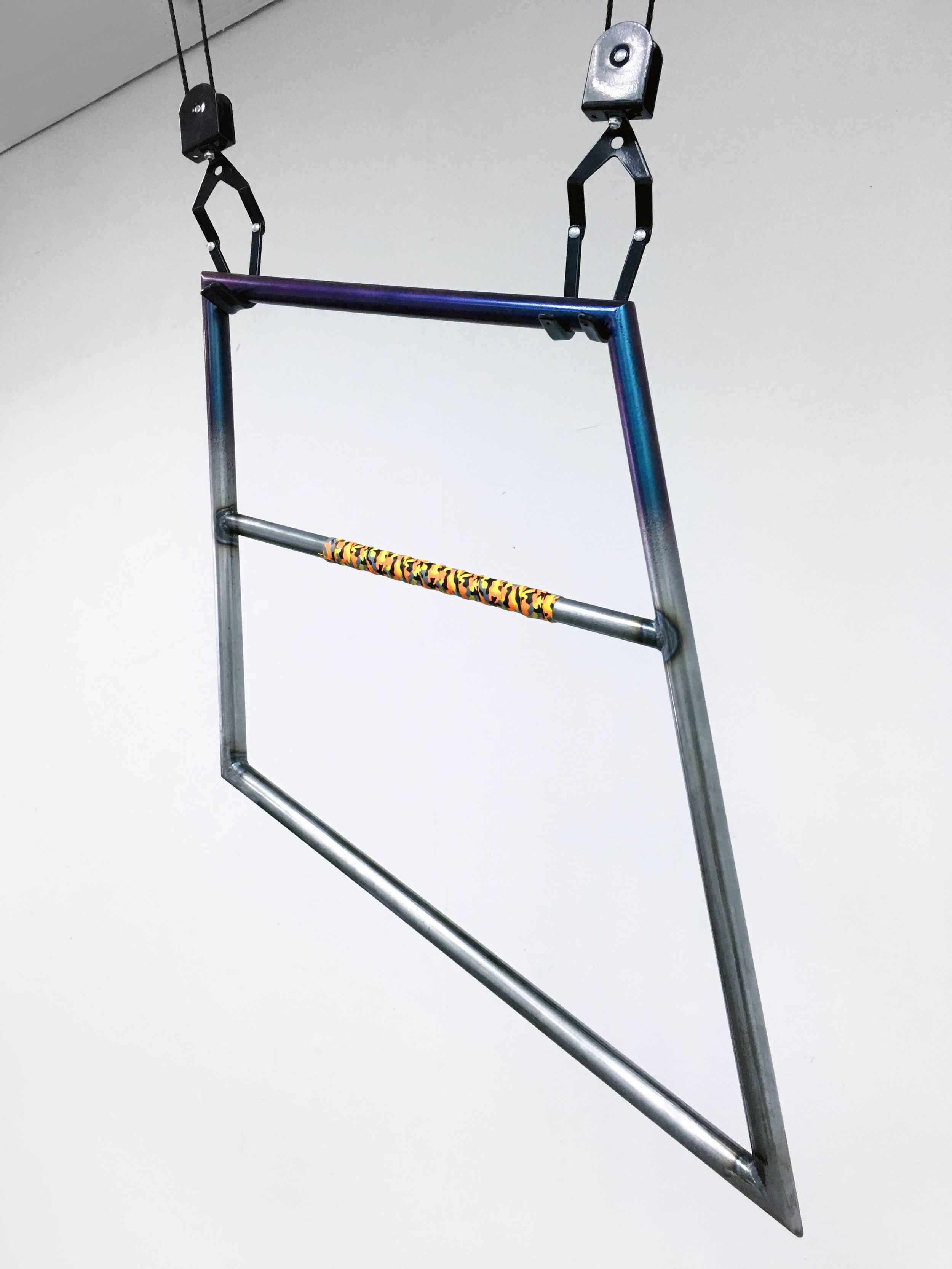
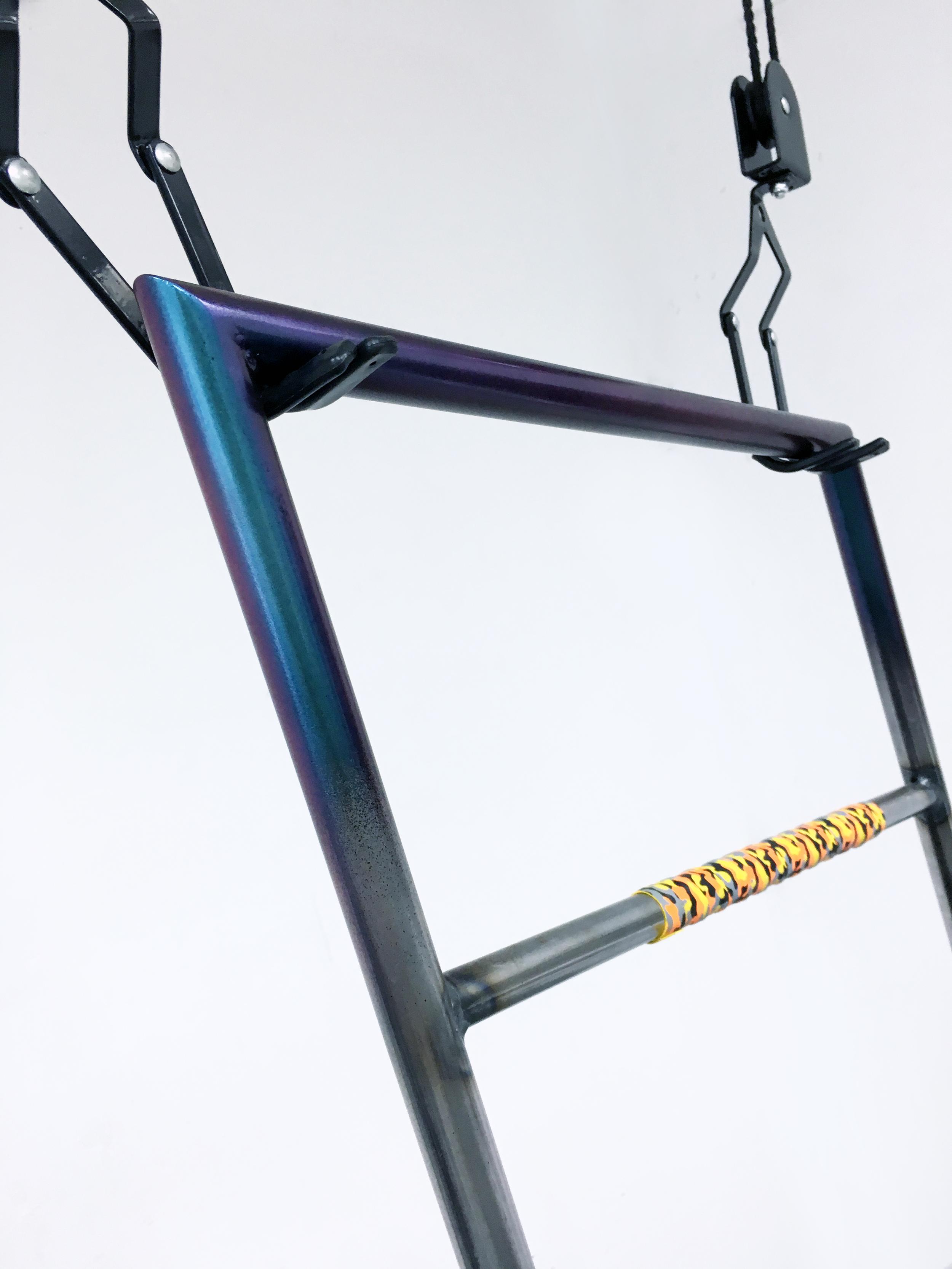
Frame Net #1 - 2016
chameleon paint, automobile varnish & bike grips on steel, garage grapples


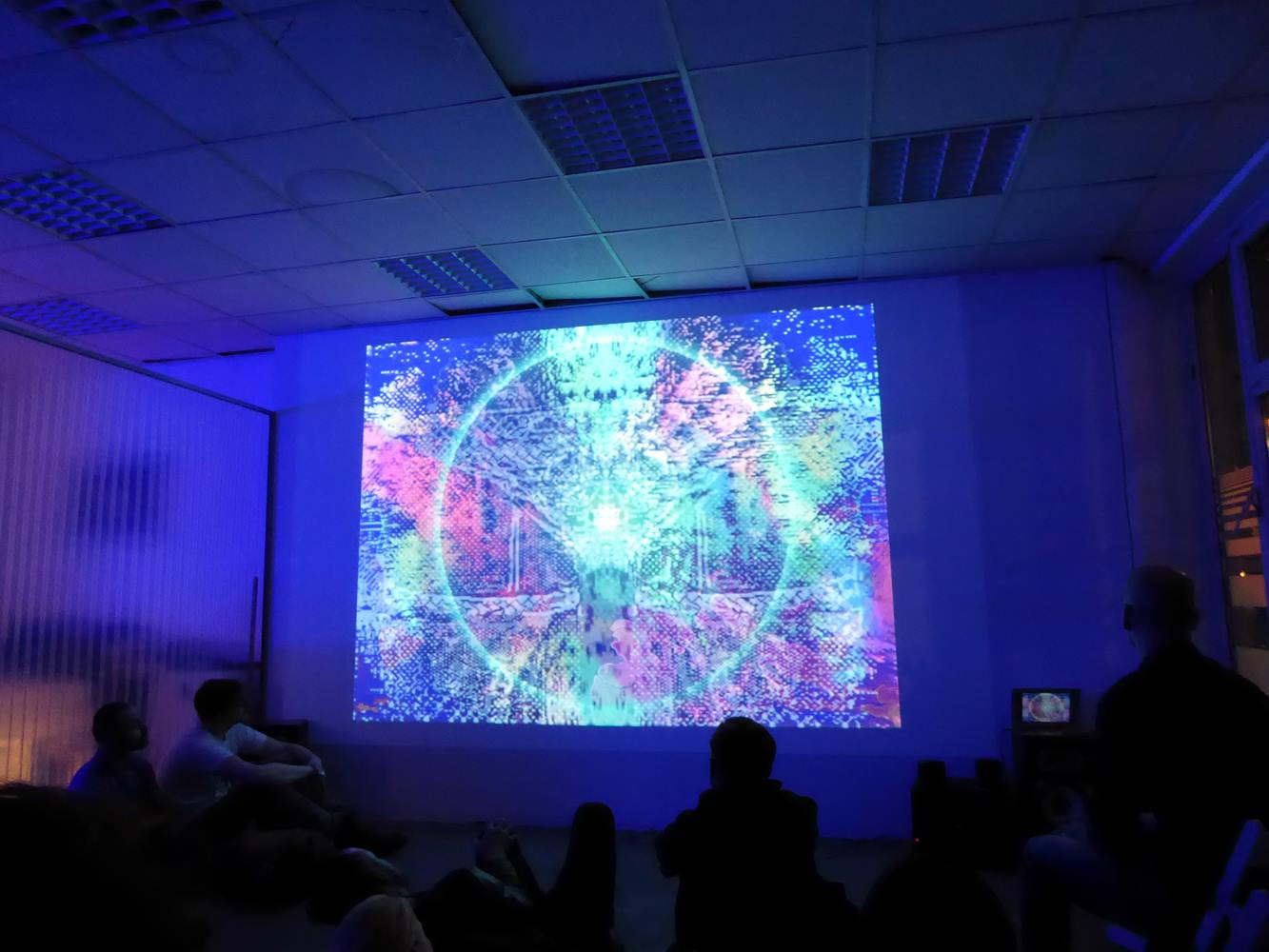
VIDEOS
group show : Valentin Dommanget - Martha Glenn - Maya Rochet - Dennis Rudolph - Mark Titchner
screening at State of the Art, Berlin - April 9th, 2016
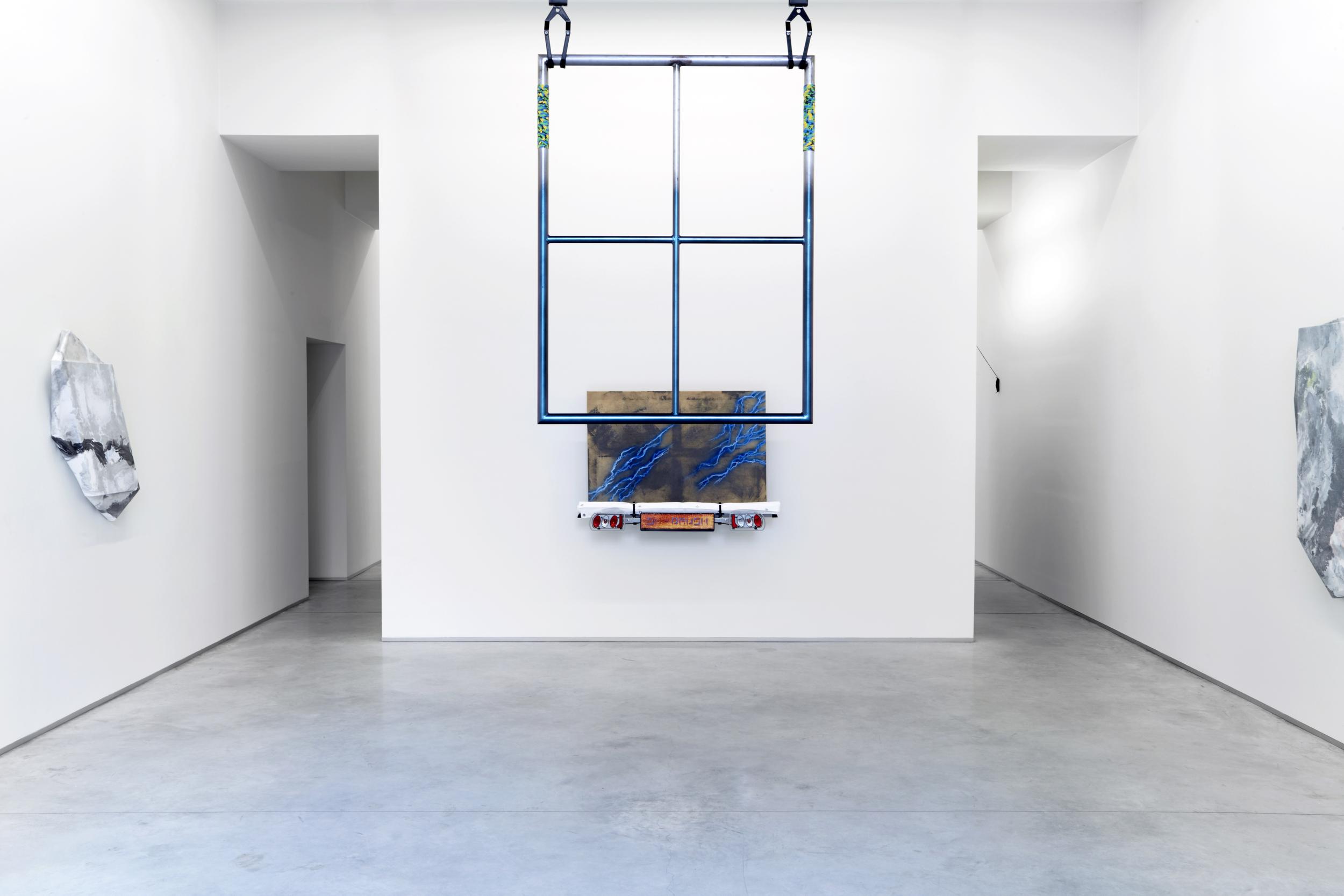
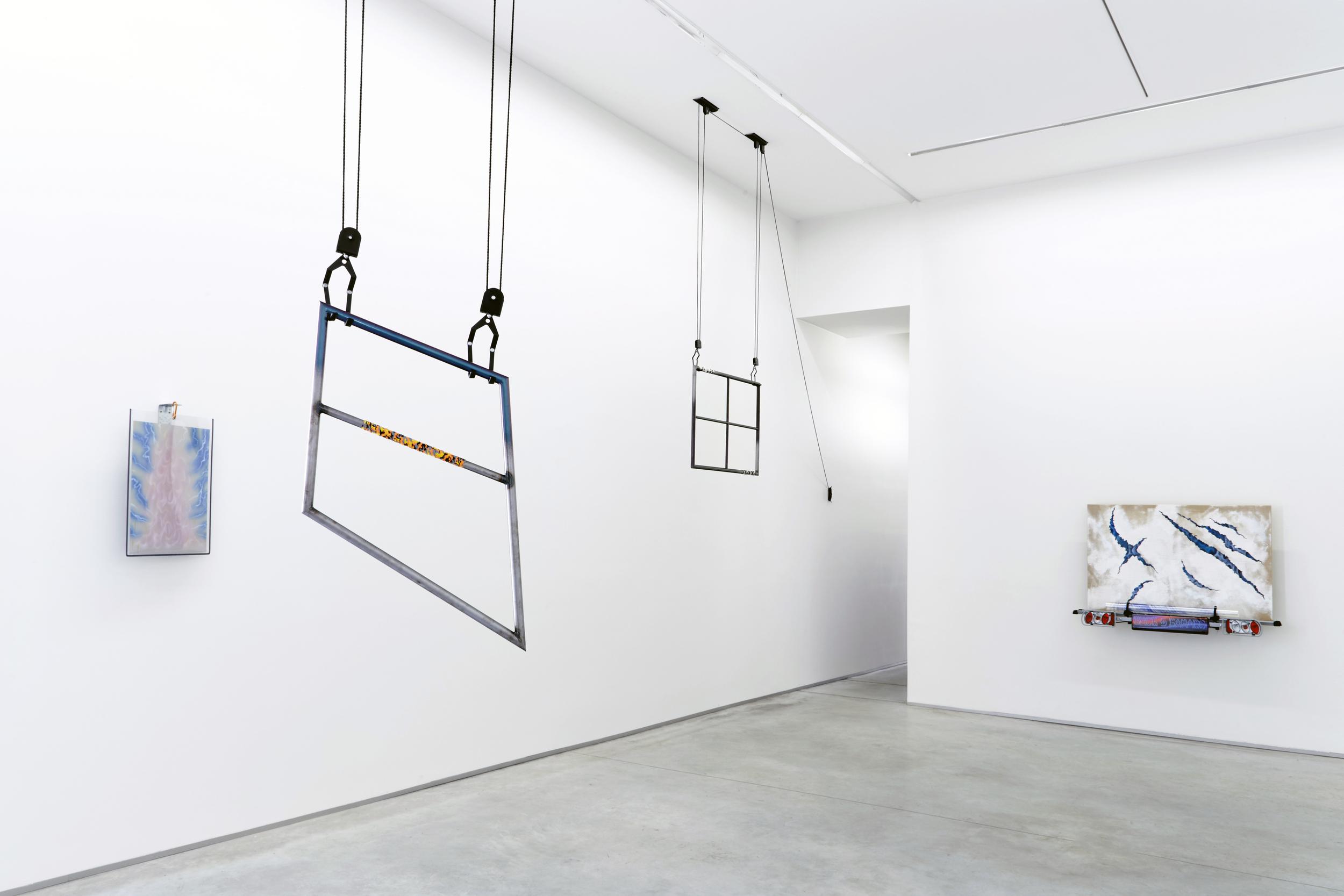

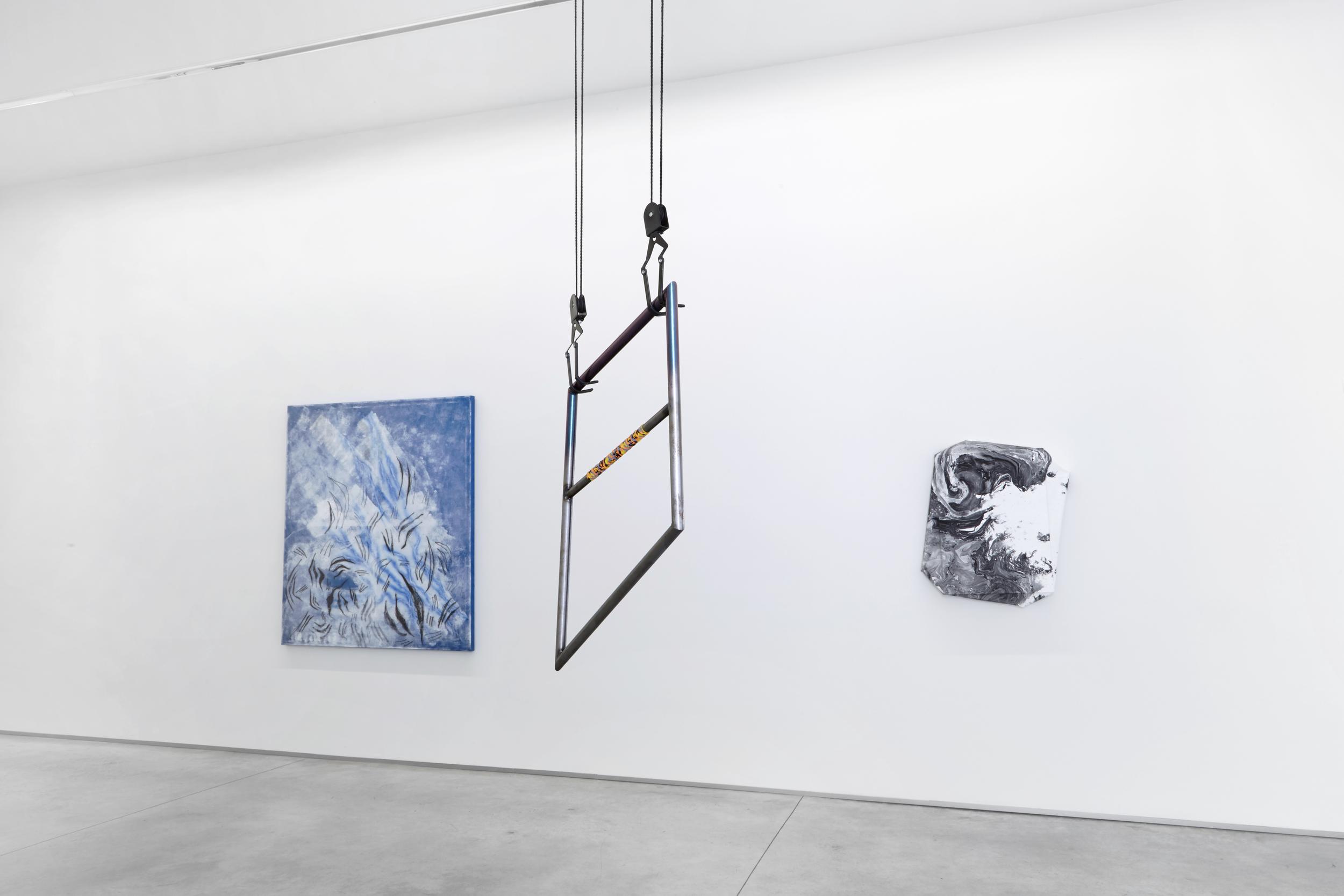
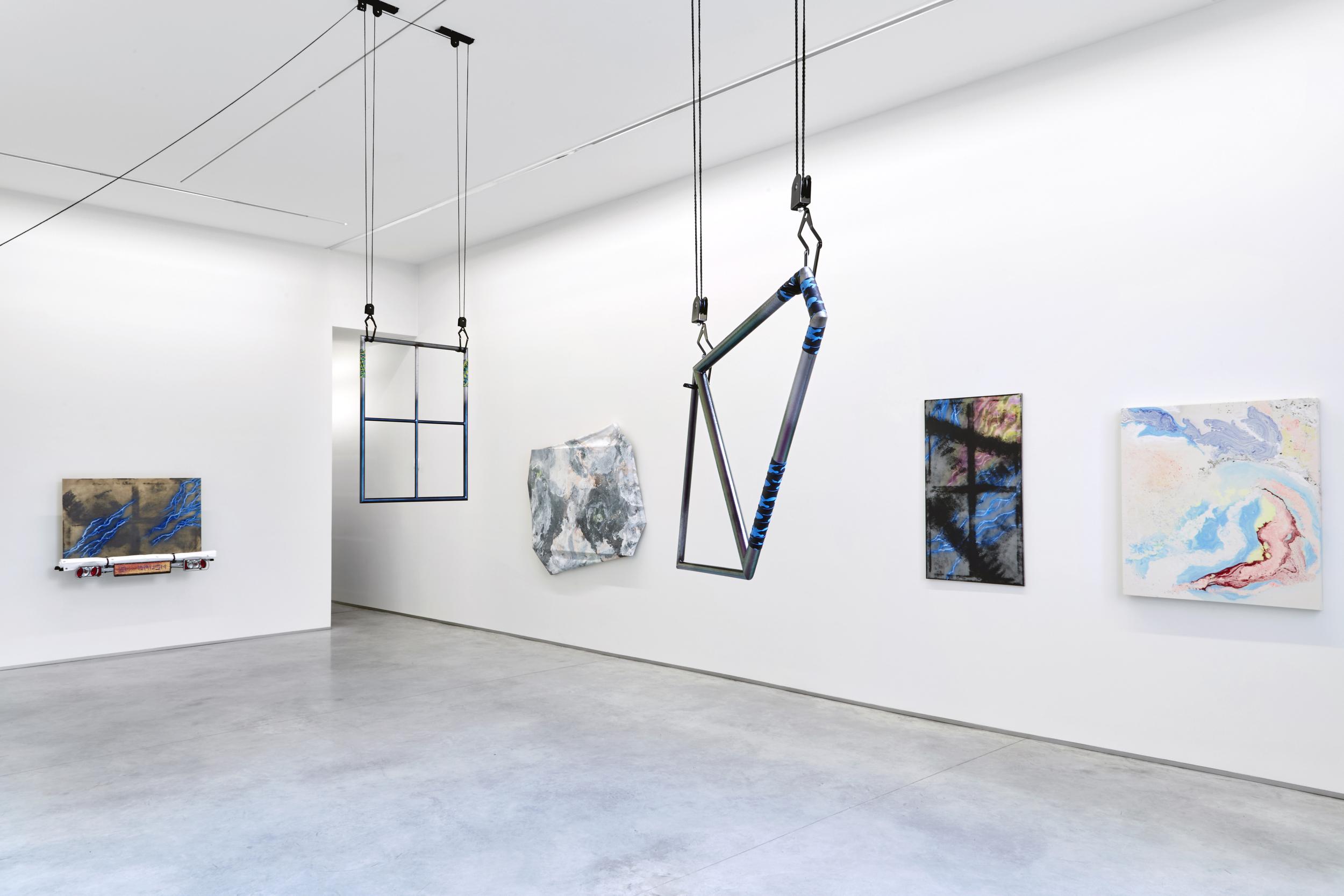

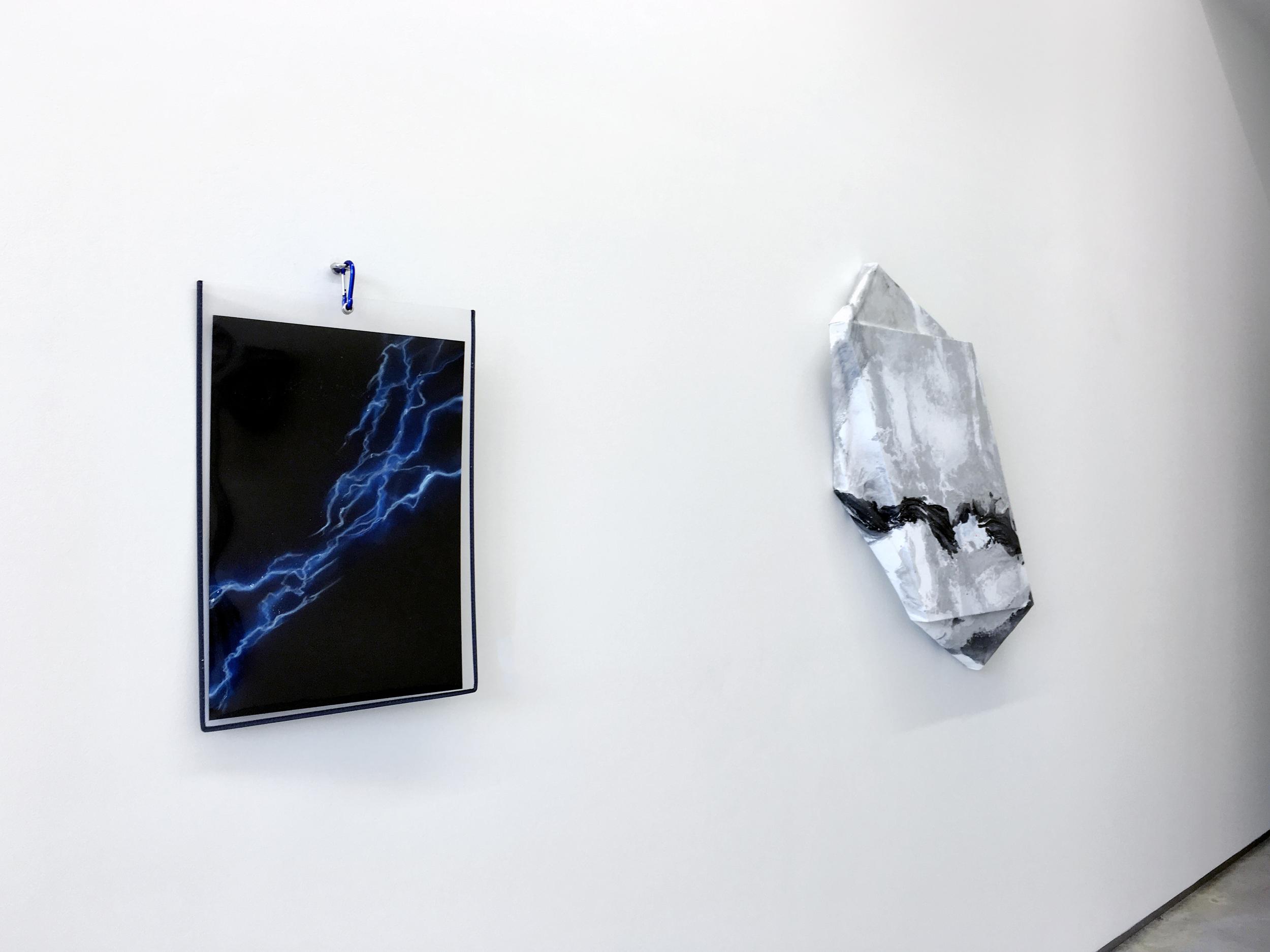
Untitled.com
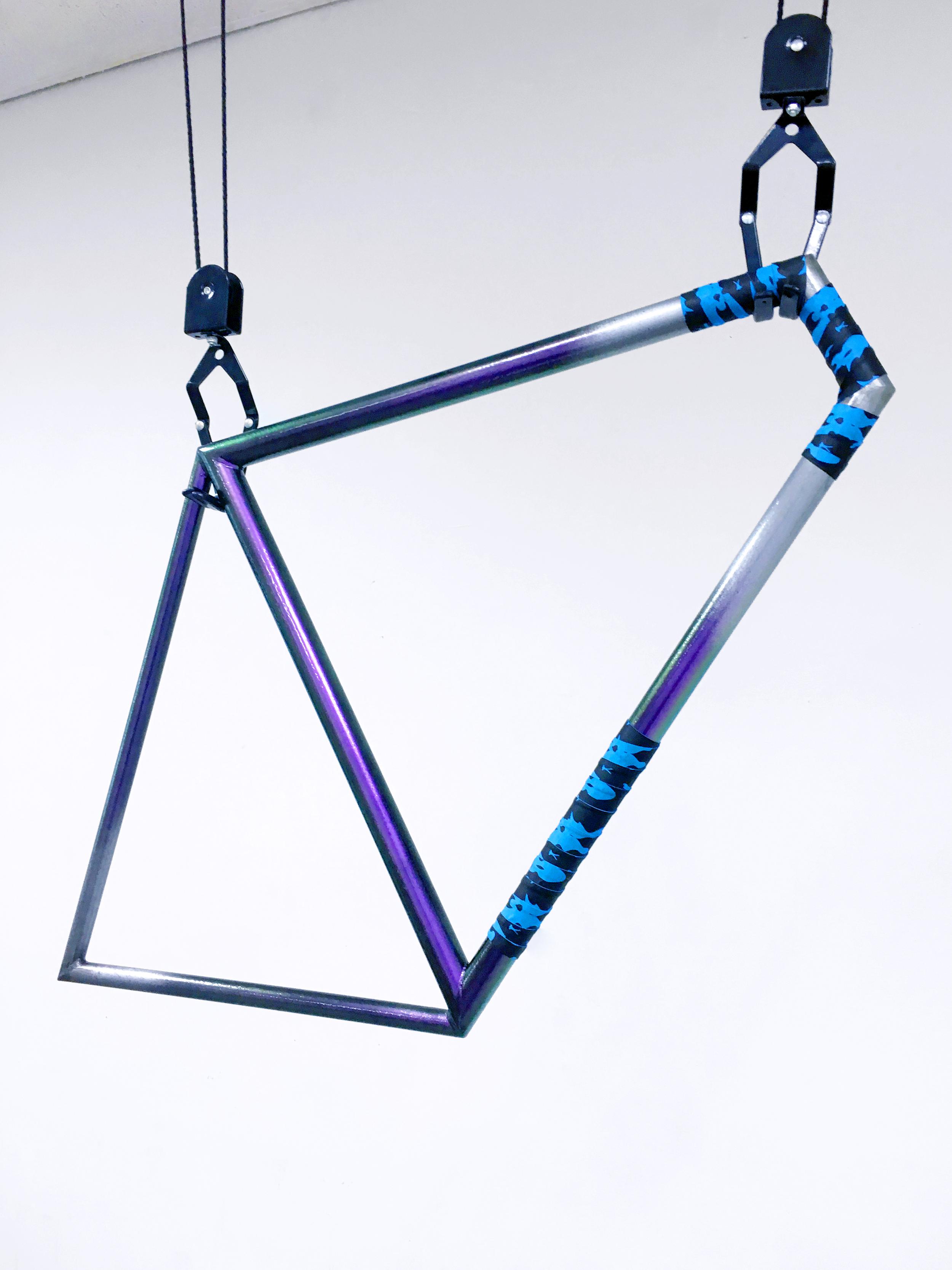
Frame Net
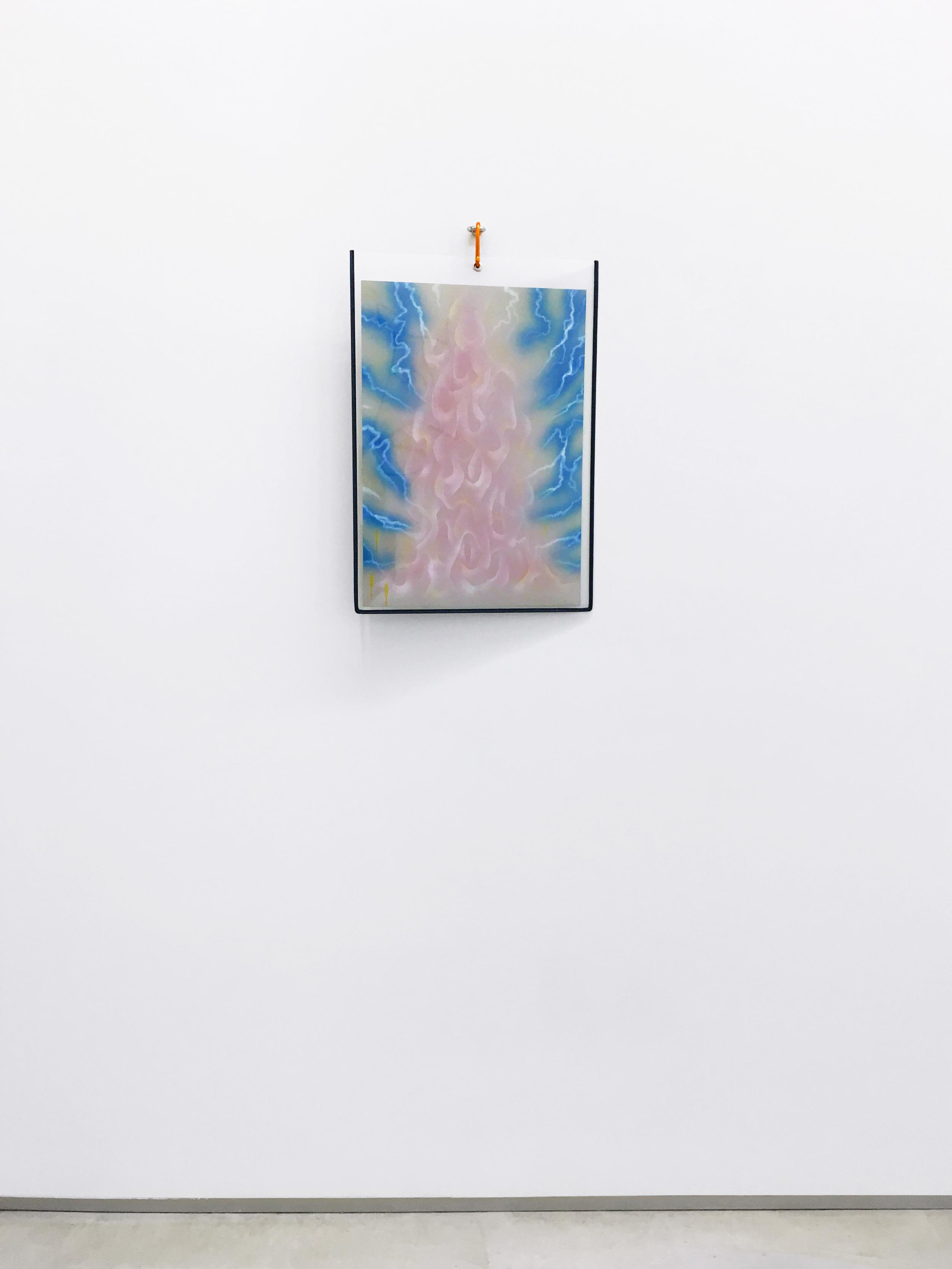
Day One #3
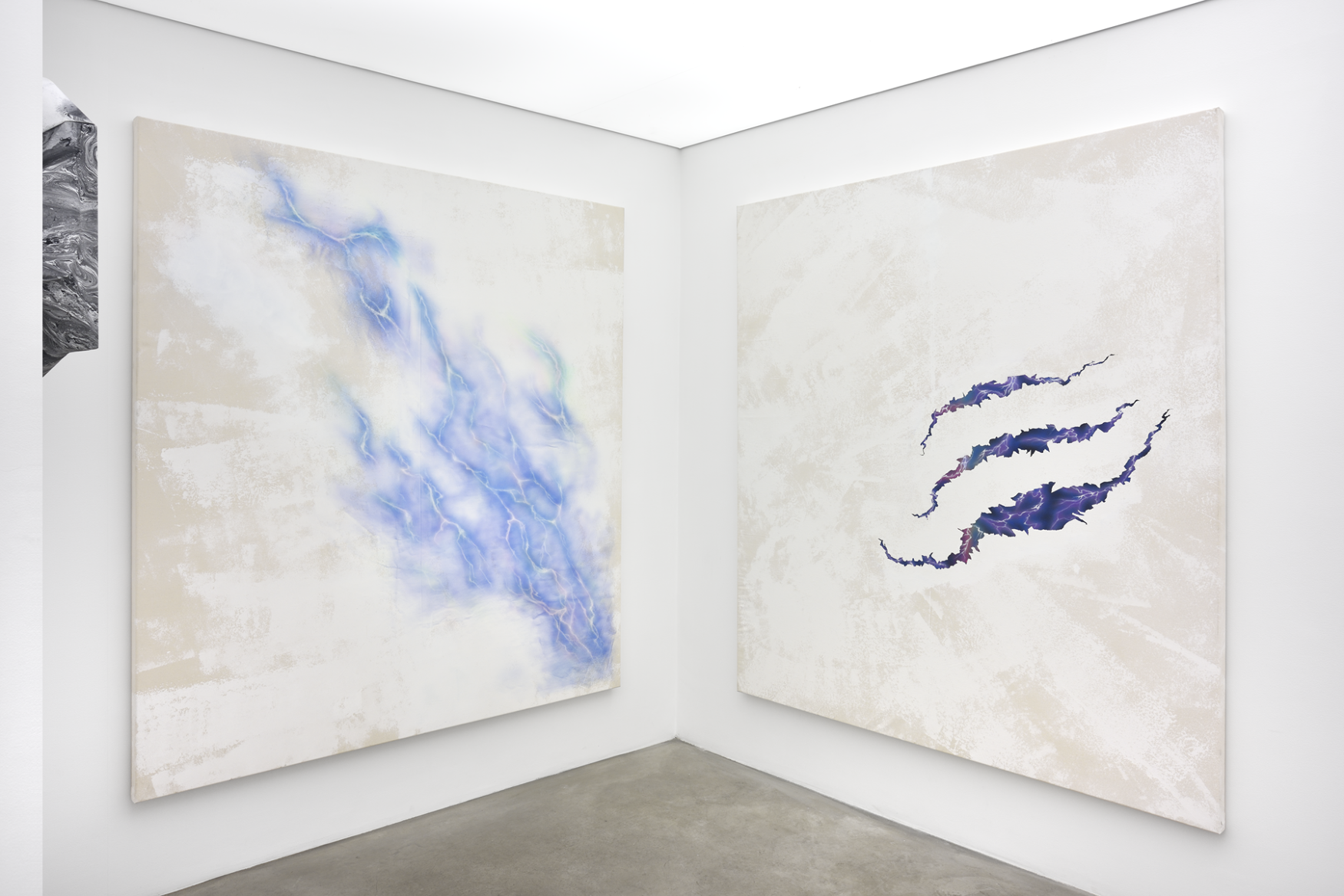 Summer Show #1, group show :
Summer Show #1, group show :at Lily Robert gallery, FR
opening 9.6.2016 - end 23.07.2016
INSTAGRAM REALITY SHOW
#1st winner of The Mercury Theatre
project created by Elsa Philippe
secret avatar : @erobotism
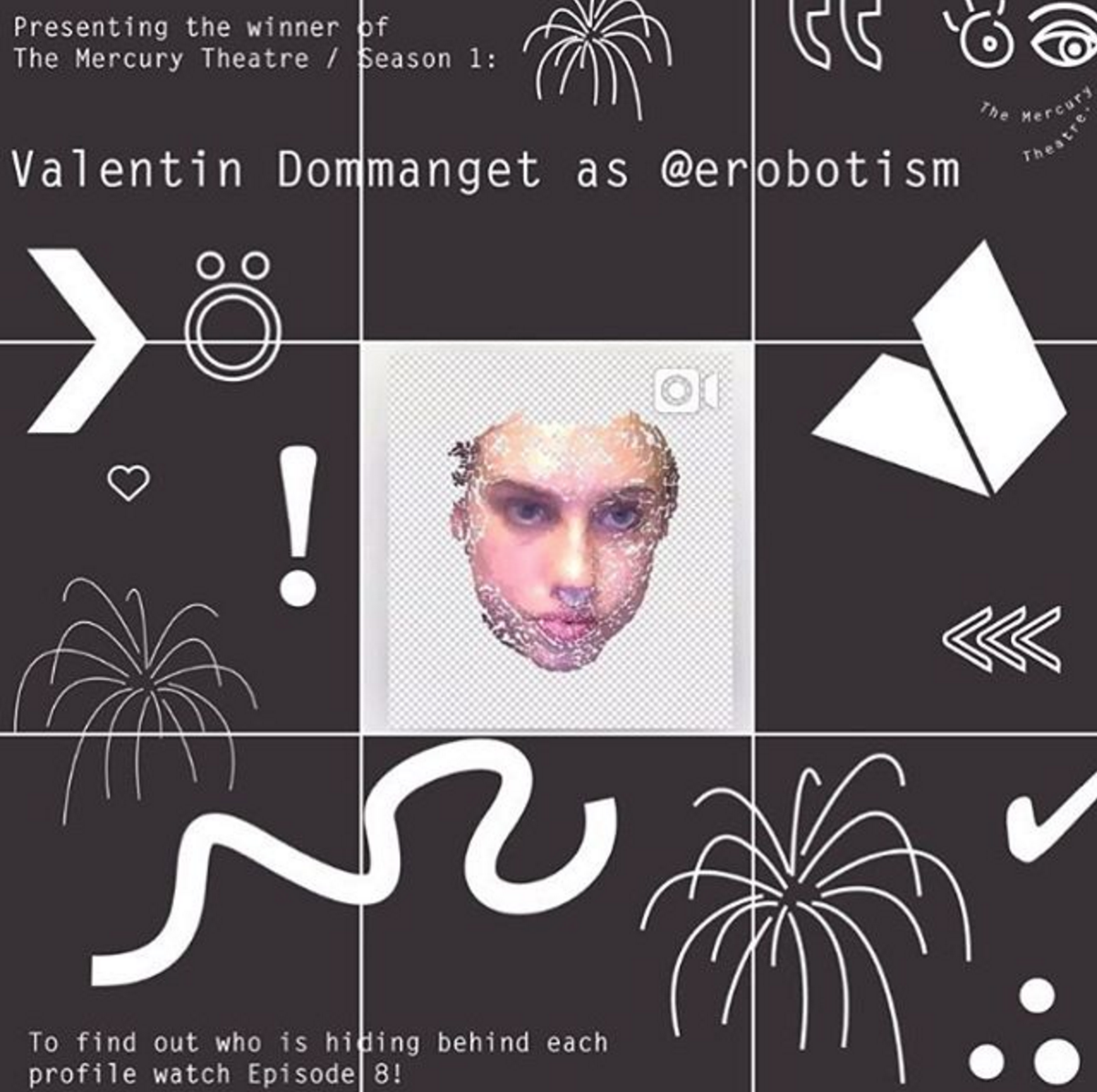
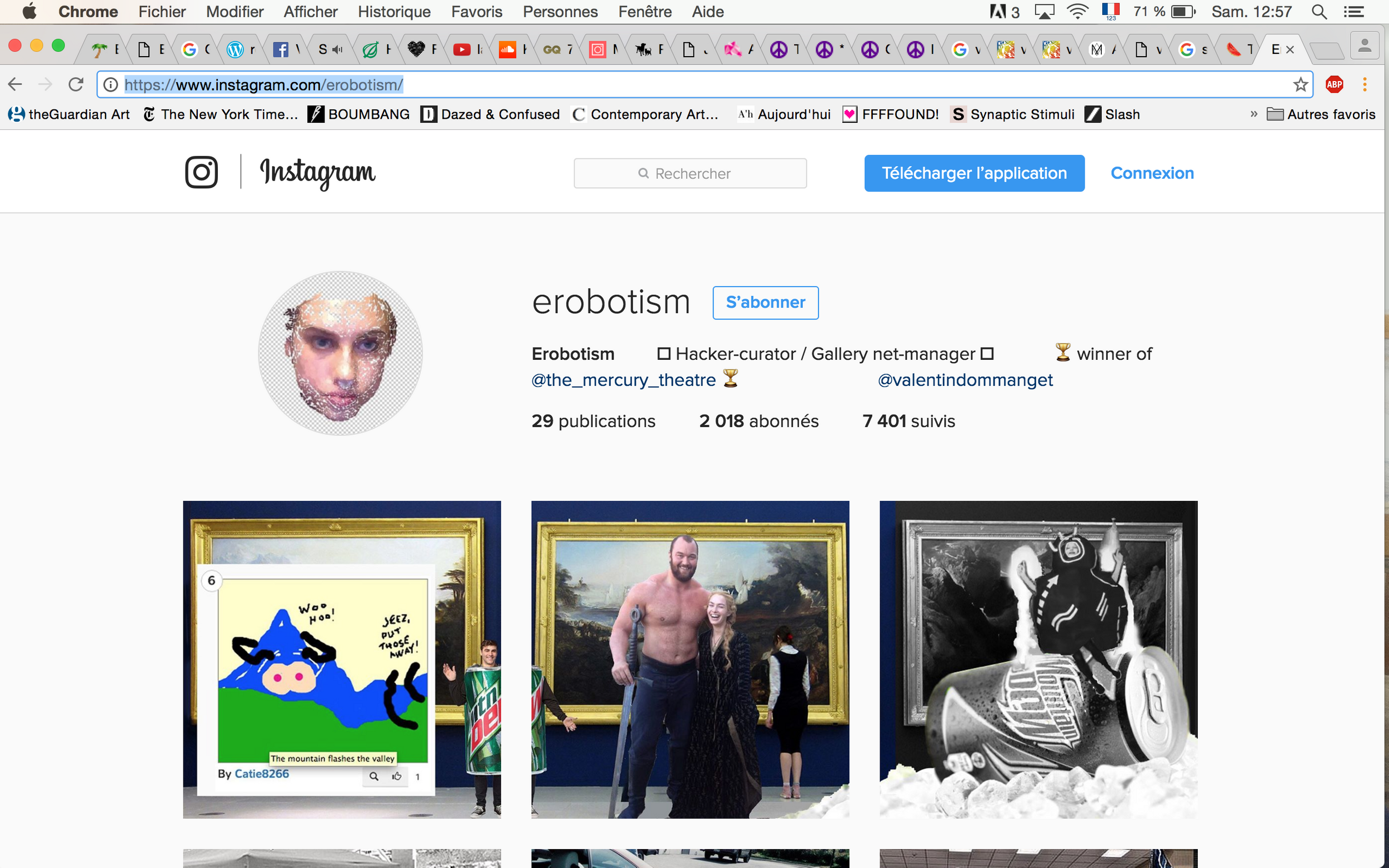
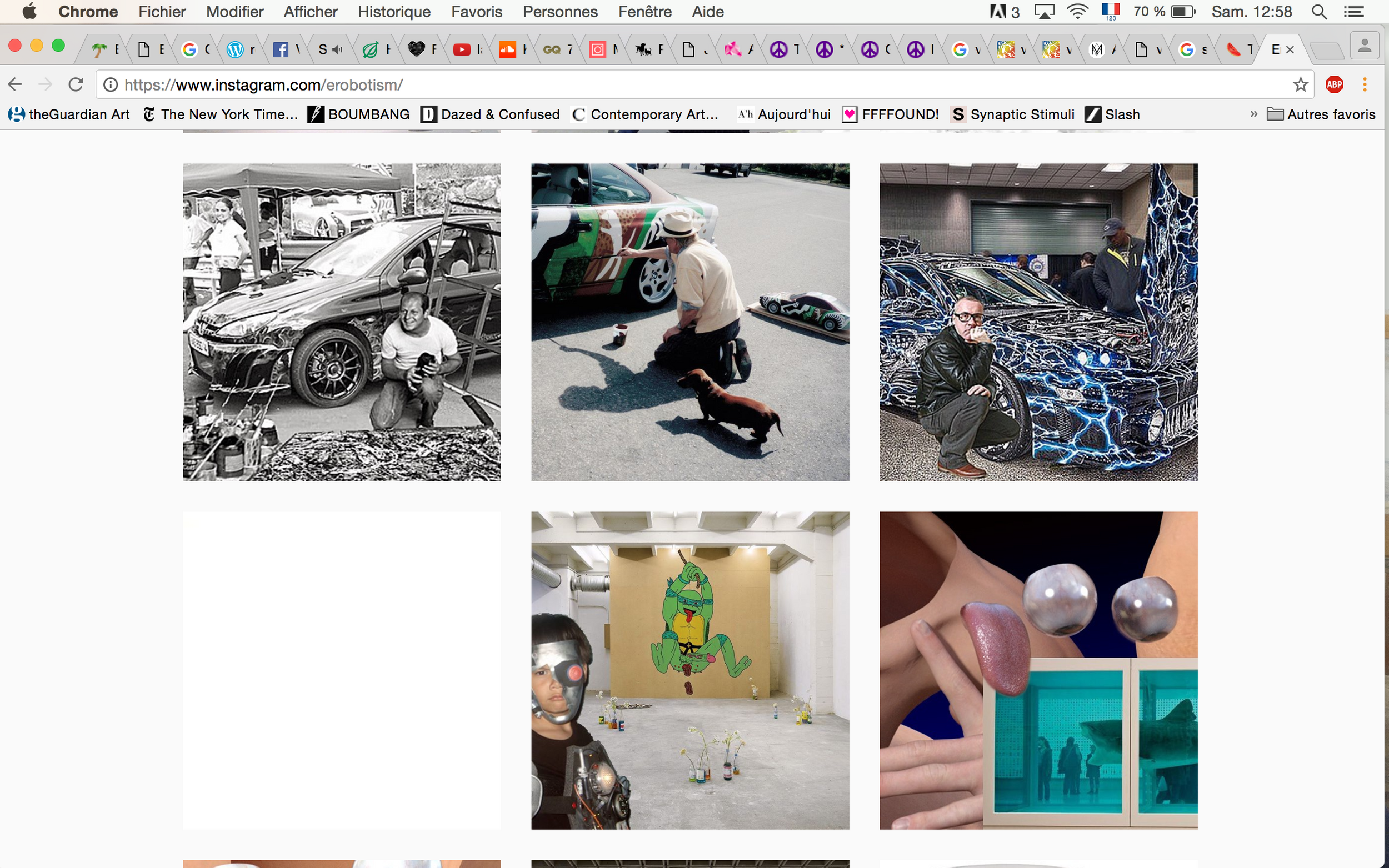
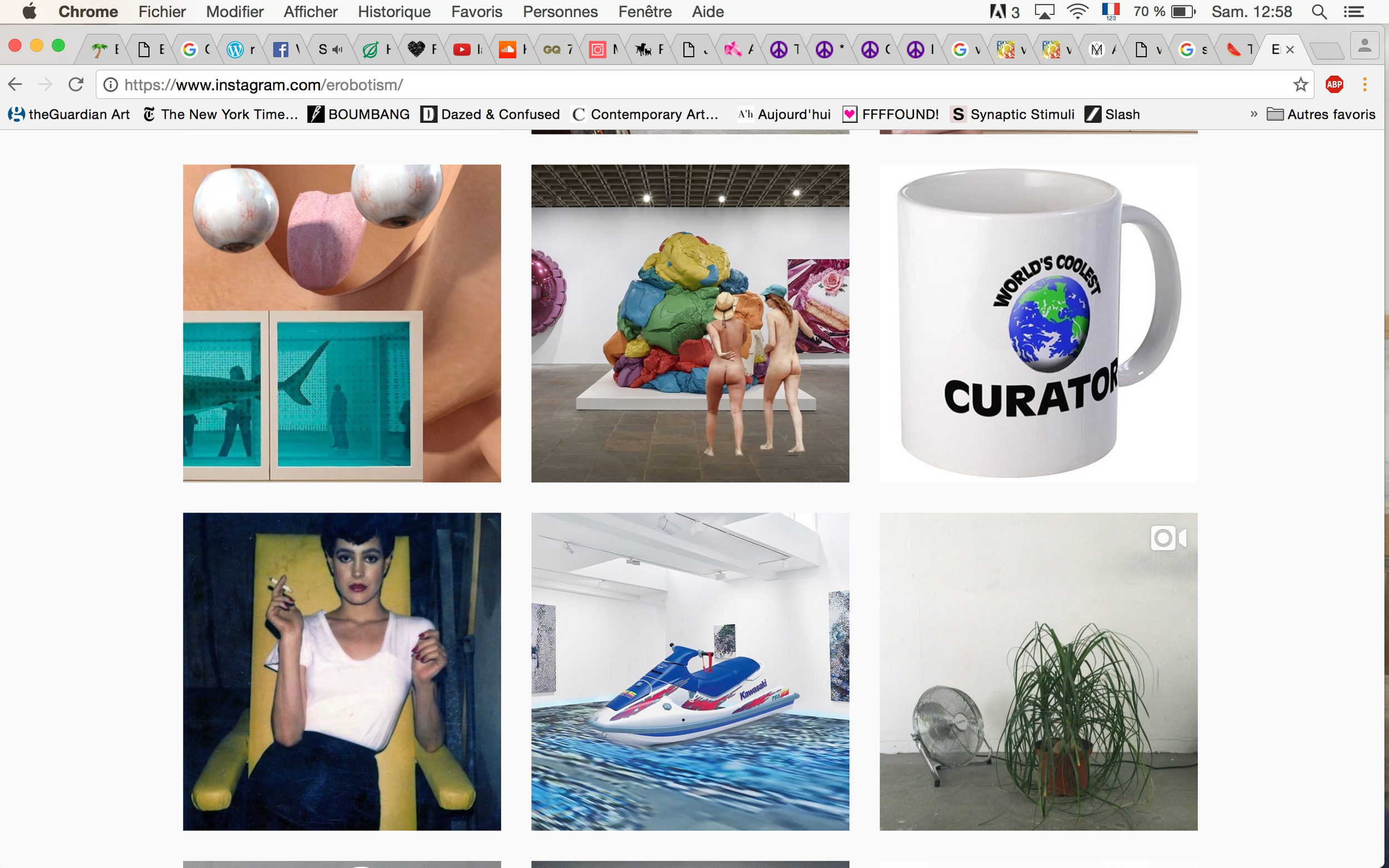
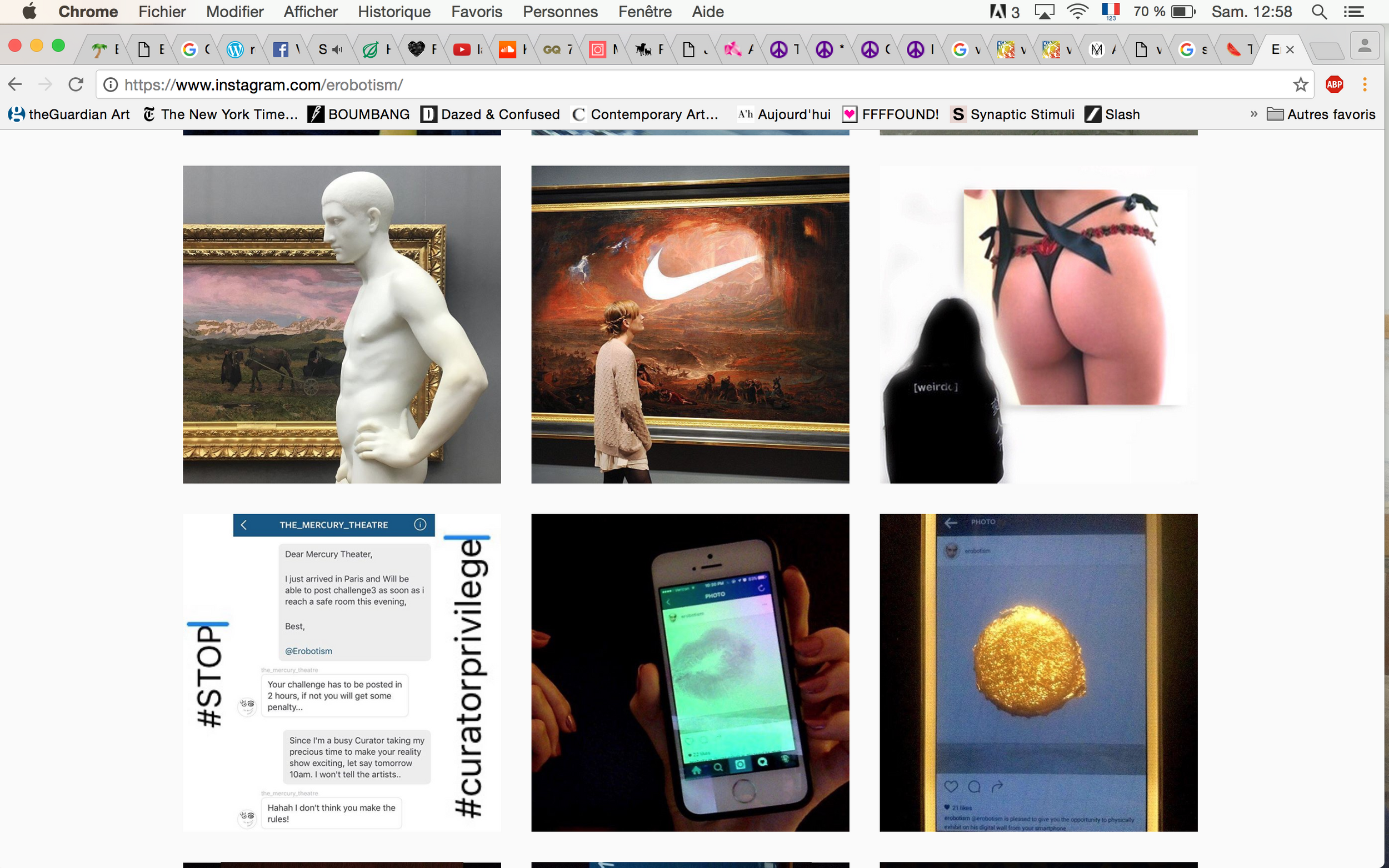
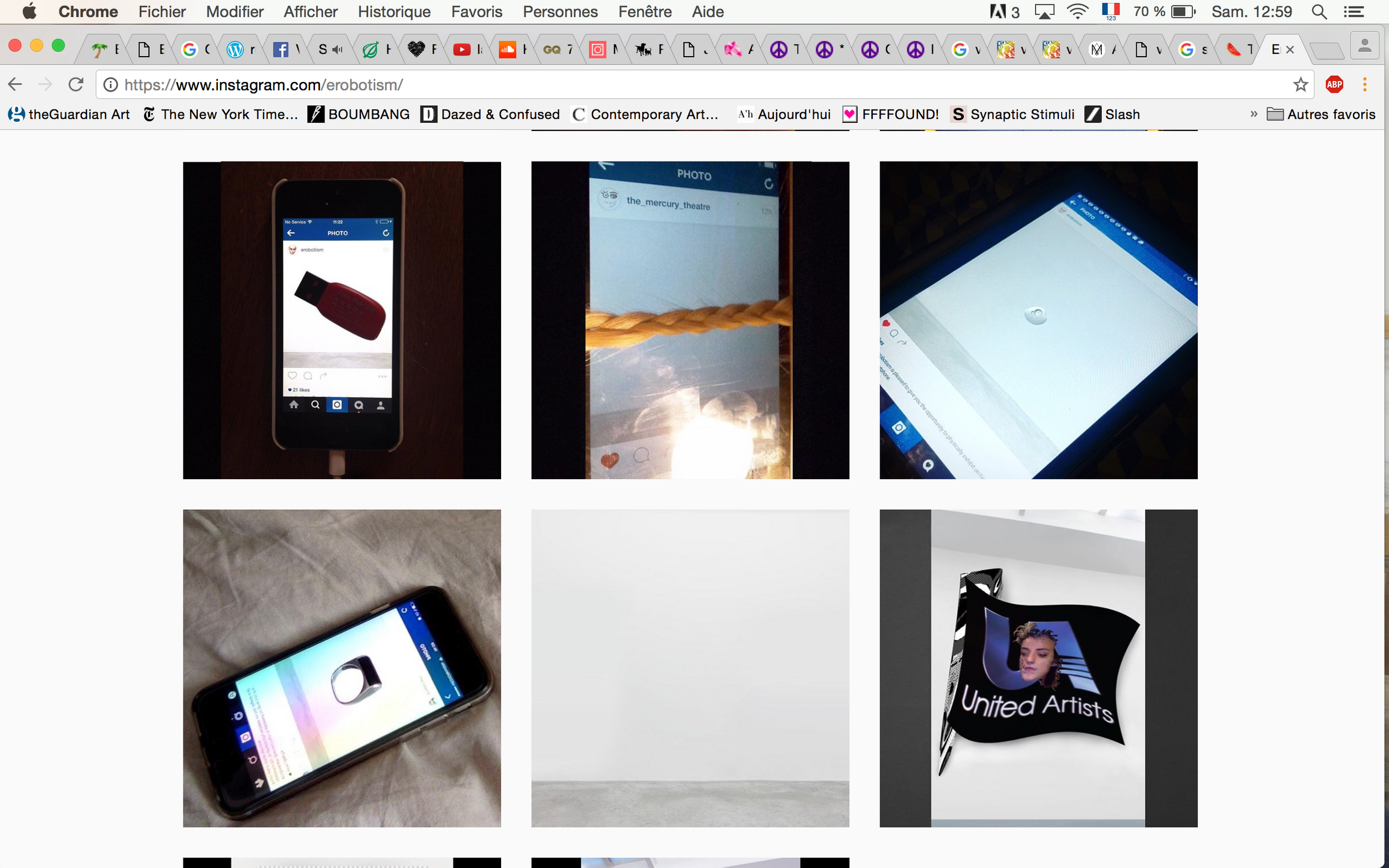
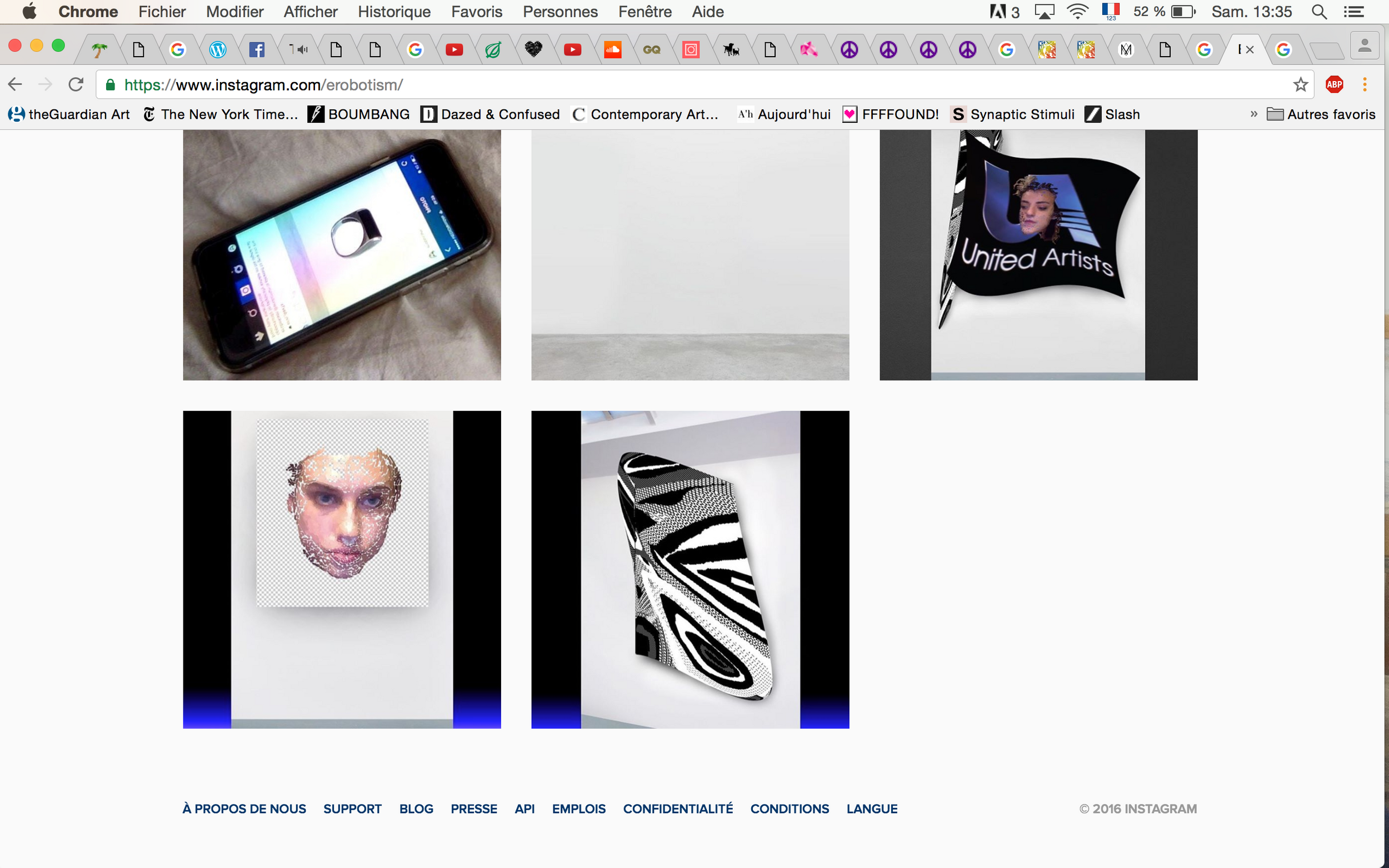
#1st winner of The Mercury Theatre
project created by Elsa Philippe
secret avatar : @erobotism







Digital Stretcher Studies 3X1
acrylic spray pigments, chemical solutions on canvas, stretched on wood
93 x 103 x 10 cm
2015
acrylic spray pigments, chemical solutions on canvas, stretched on wood
93 x 103 x 10 cm
2015
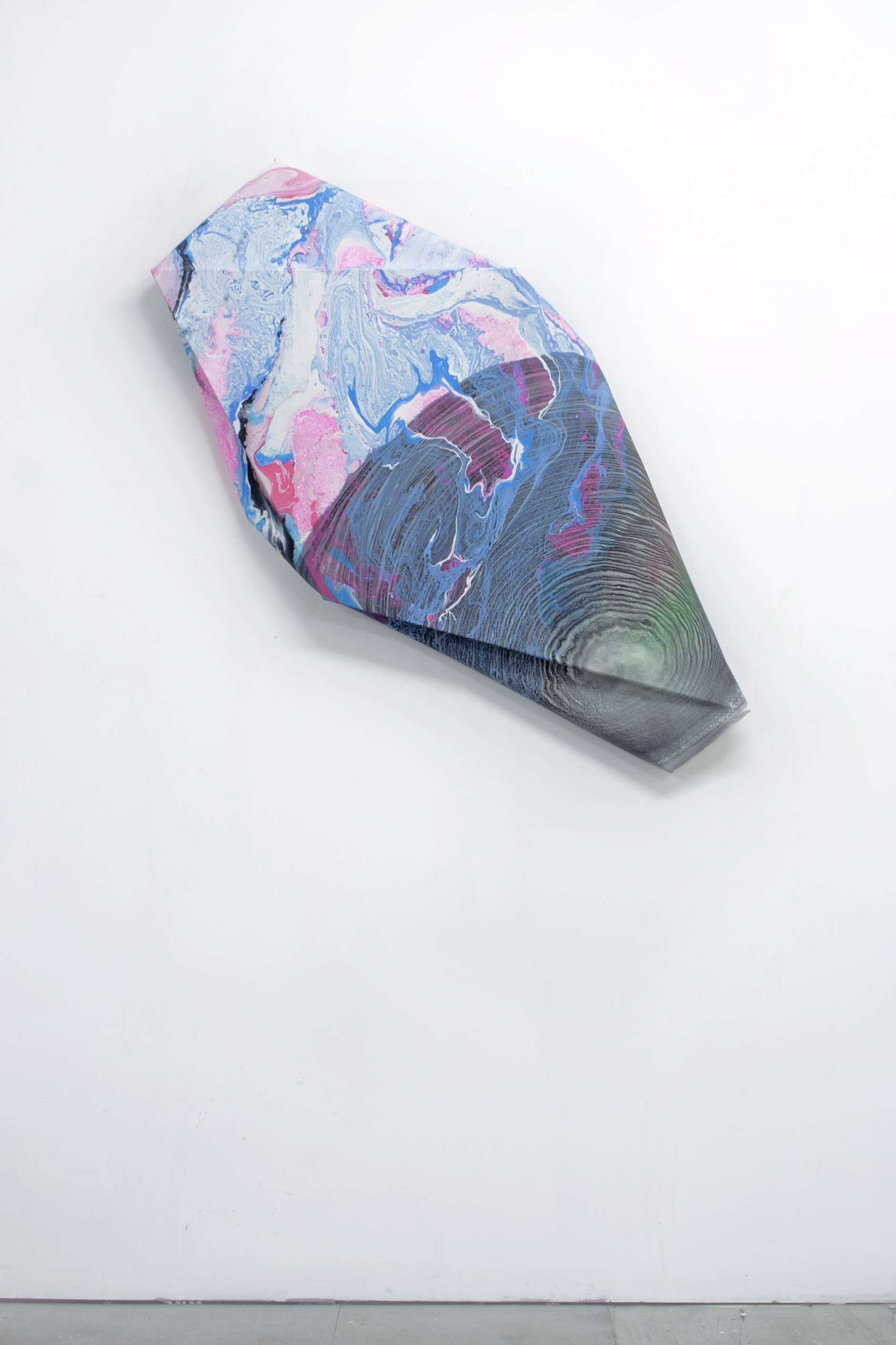
Digital Stretcher Studies 3X
acrylic spray pigments, chemical solutions on canvas, stretched on wood
** x ** x 10 cm
2015
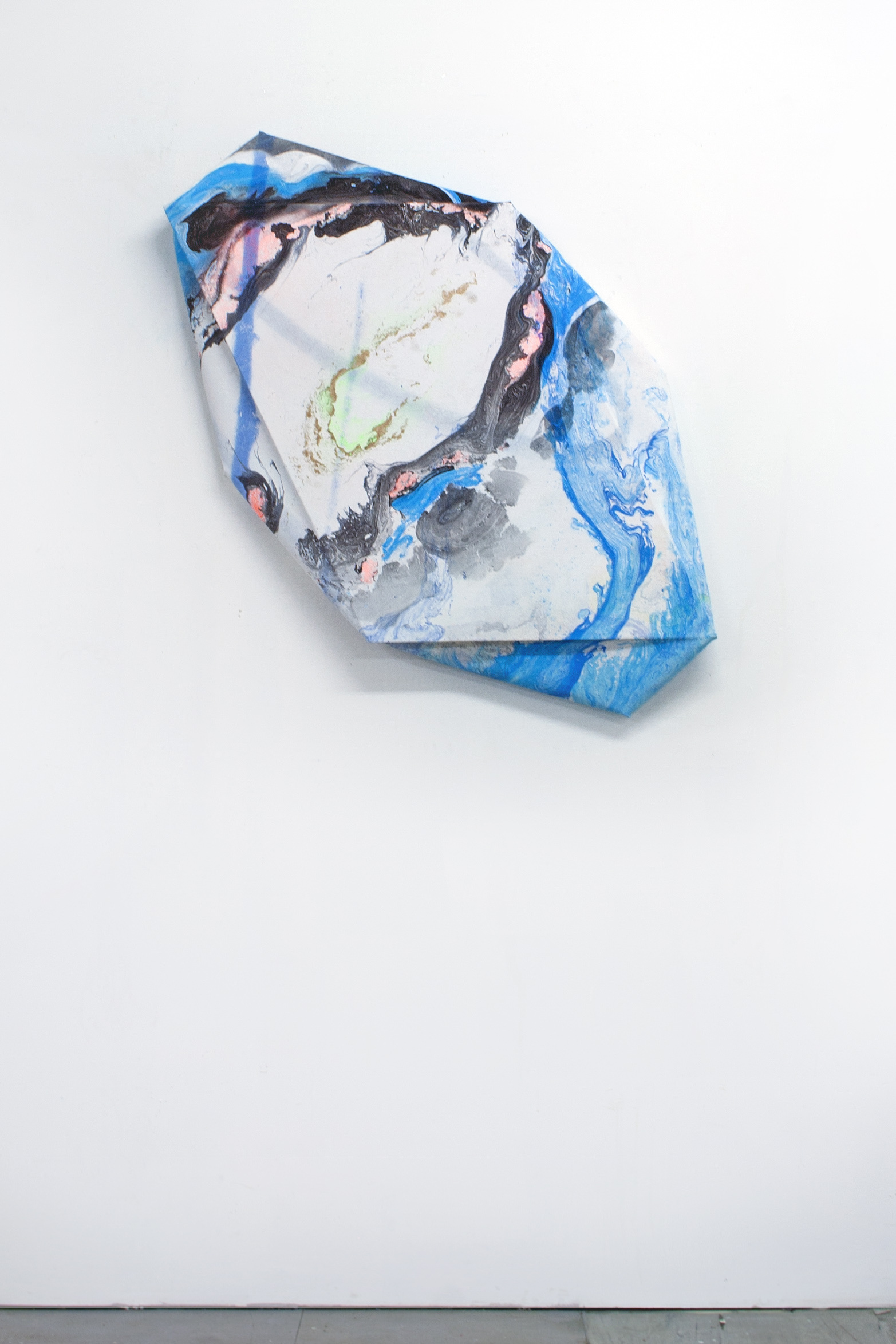
Digital Stretcher Studies XX9
acrylic spray pigments, chemical solutions on canvas, stretched on wood
** x ** x 10 cm
2015
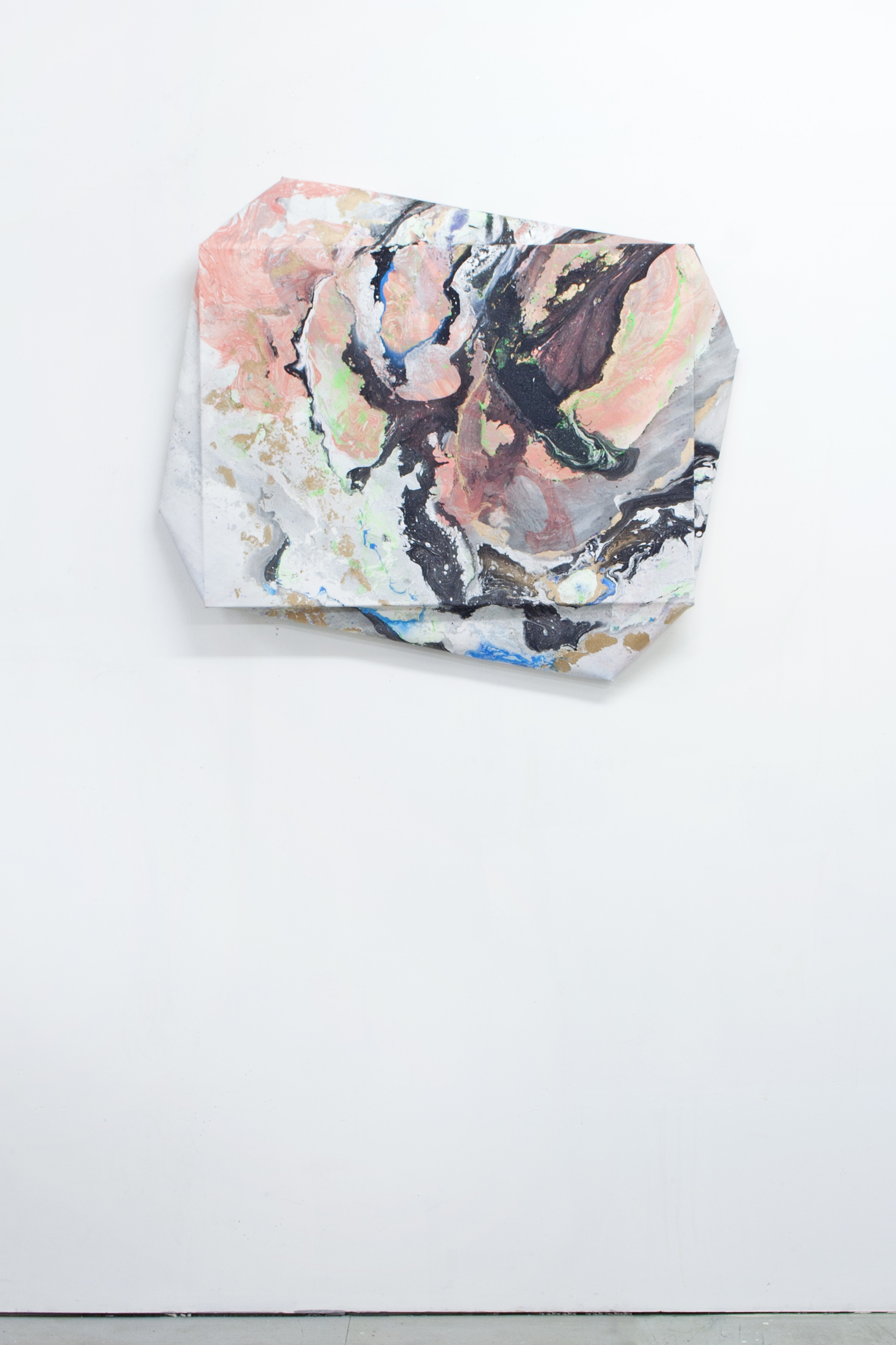
Digital Stretcher Studies XX8
acrylic spray pigments, chemical solutions on canvas, stretched on wood
** x ** x 10 cm
2015
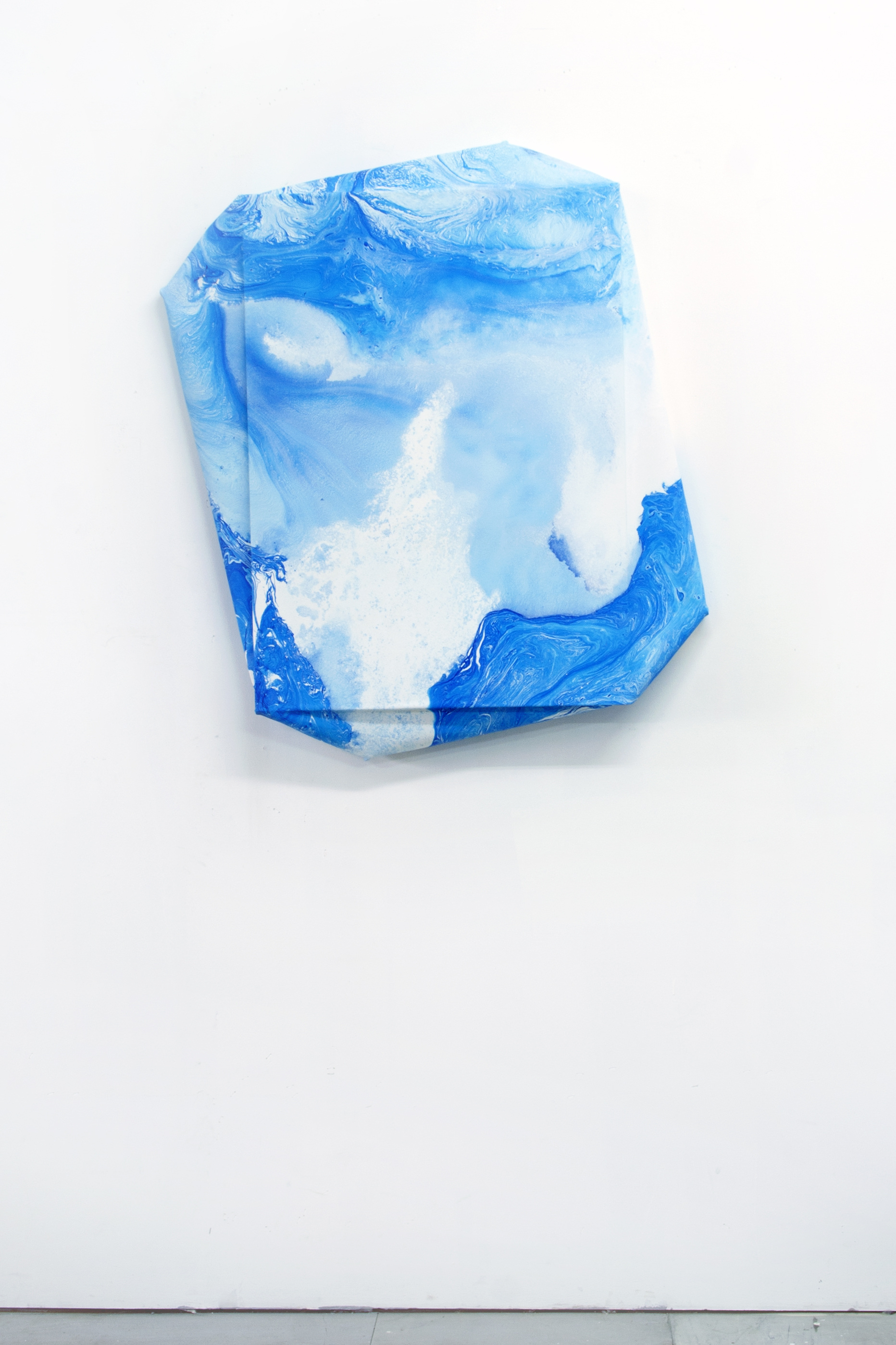
Digital Stretcher Studies XX7
acrylic spray pigments, chemical solutions on canvas, stretched on wood
** x ** x 10 cm
2015
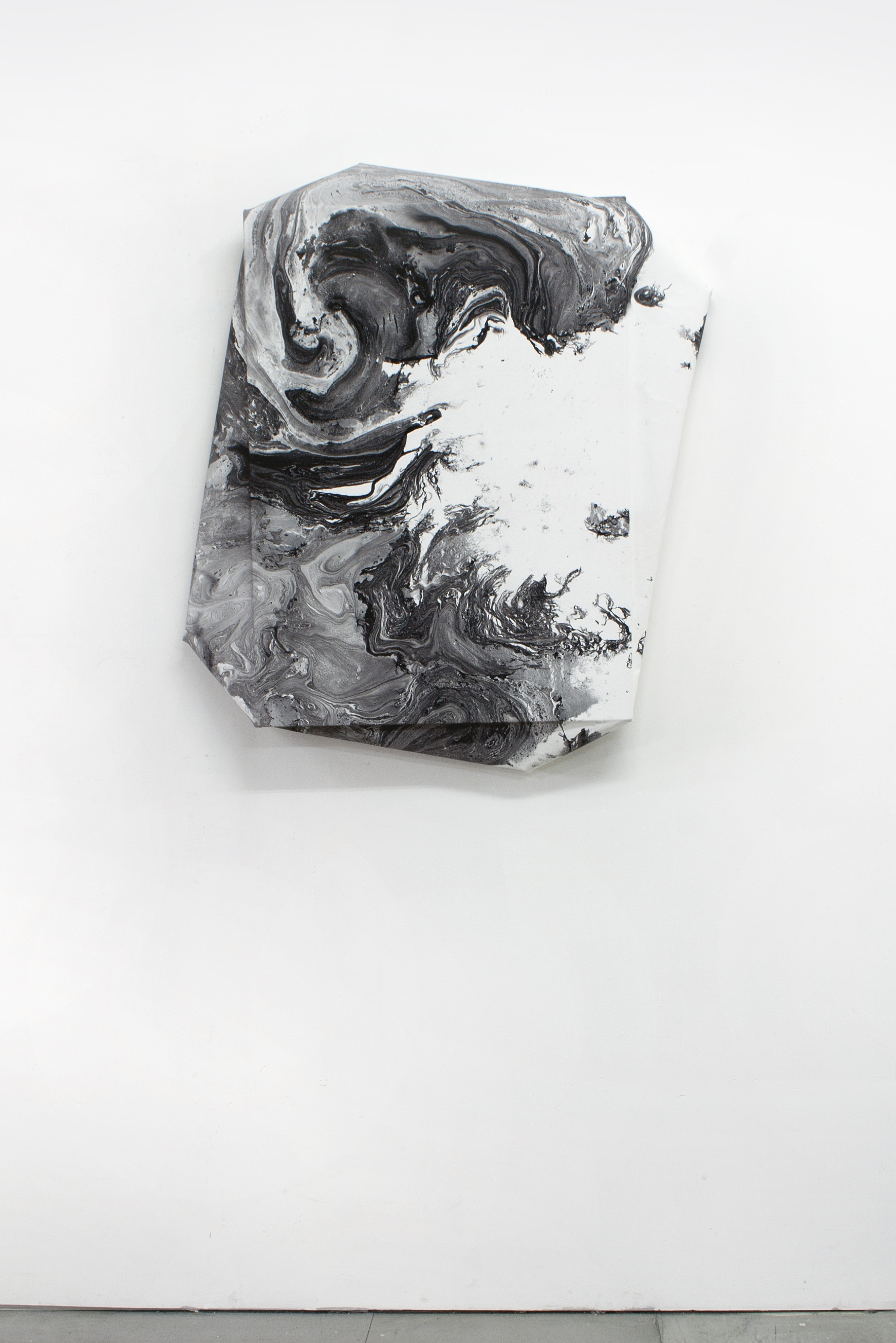
Digital Stretcher Studies XX6
acrylic spray pigments, chemical solutions on canvas, stretched on wood
93 x 103 x 10
2015
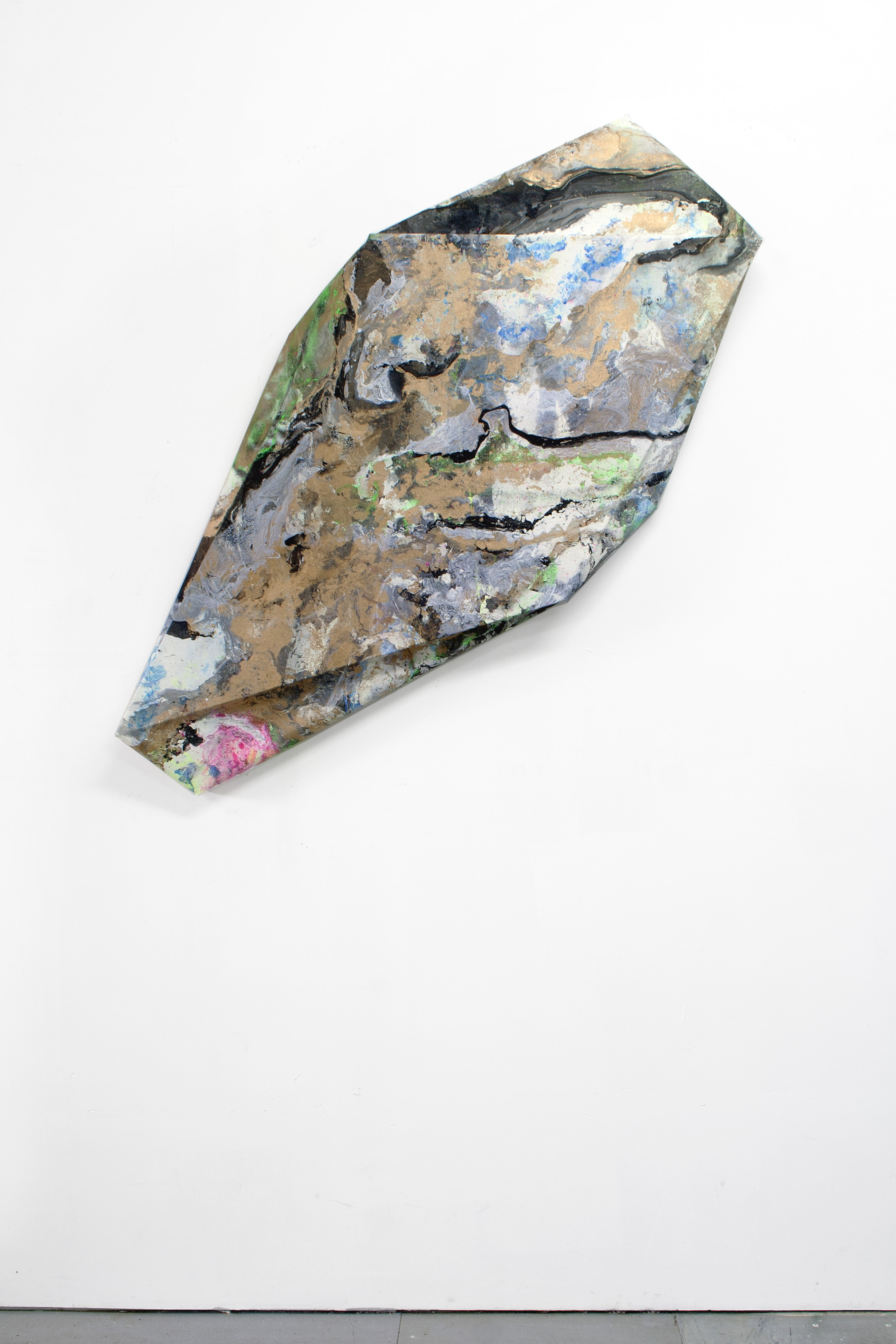
Digital Stretcher Studies XX5
acrylic spray pigments, chemical solutions on canvas, stretched on wood
** x ** x 10 cm
2015

Digital Stretcher Studies XX4
acrylic spray pigments, chemical solutions on canvas, stretched on wood
** x ** x 10 cm
2015
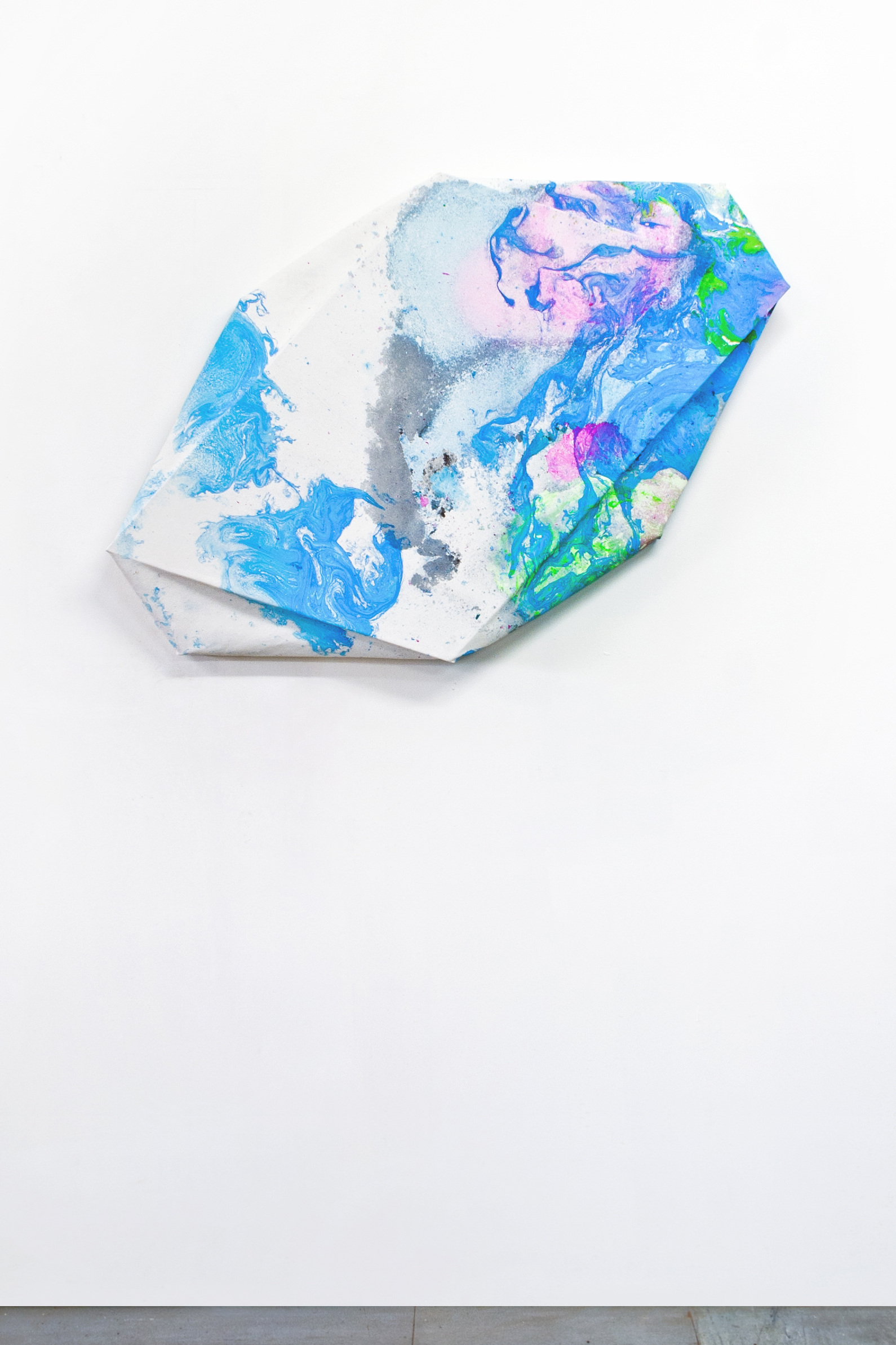
Digital Stretcher Studies XX3
acrylic spray pigments, chemical solutions on canvas, stretched on wood
** x ** x 10 cm
2015

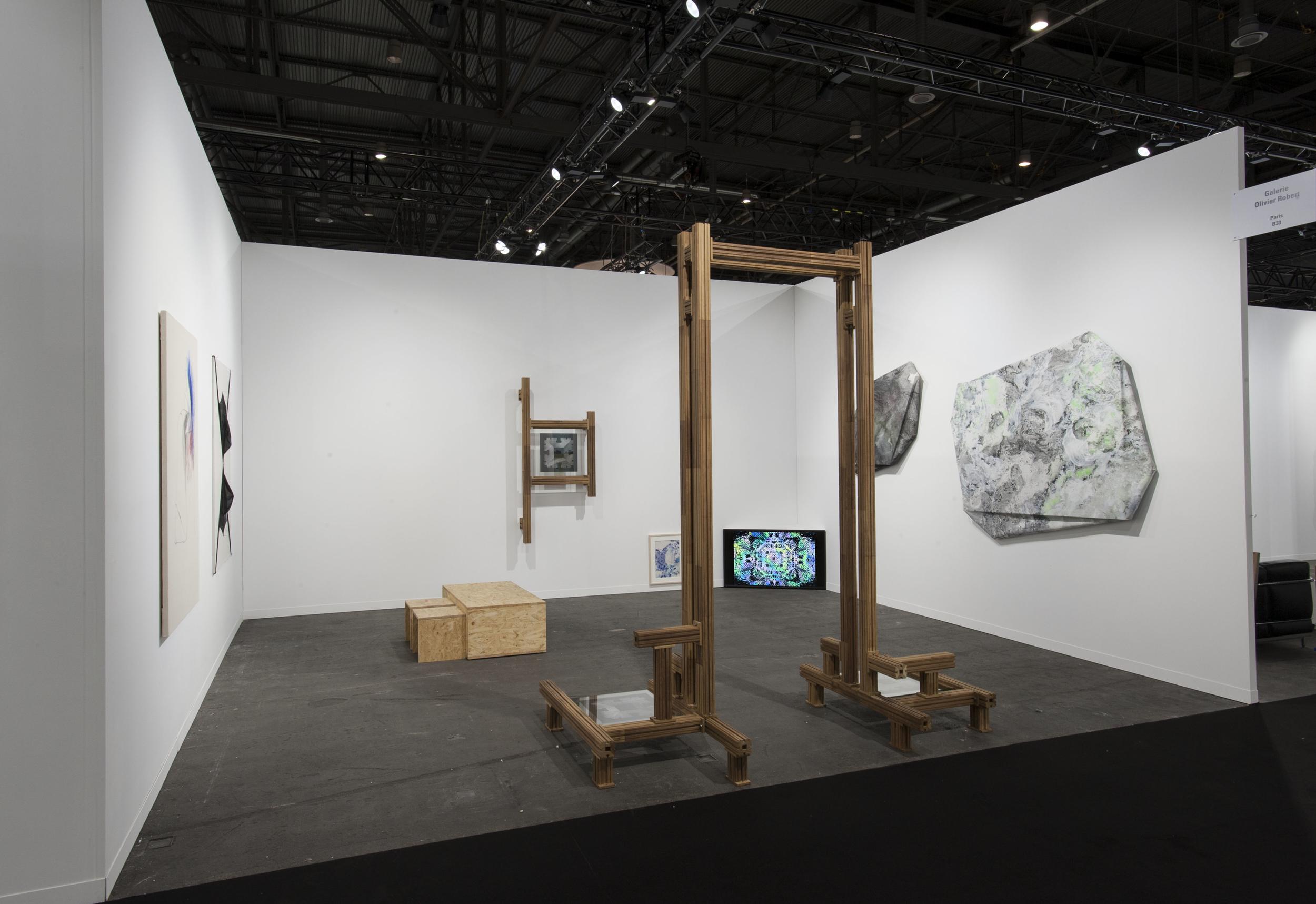
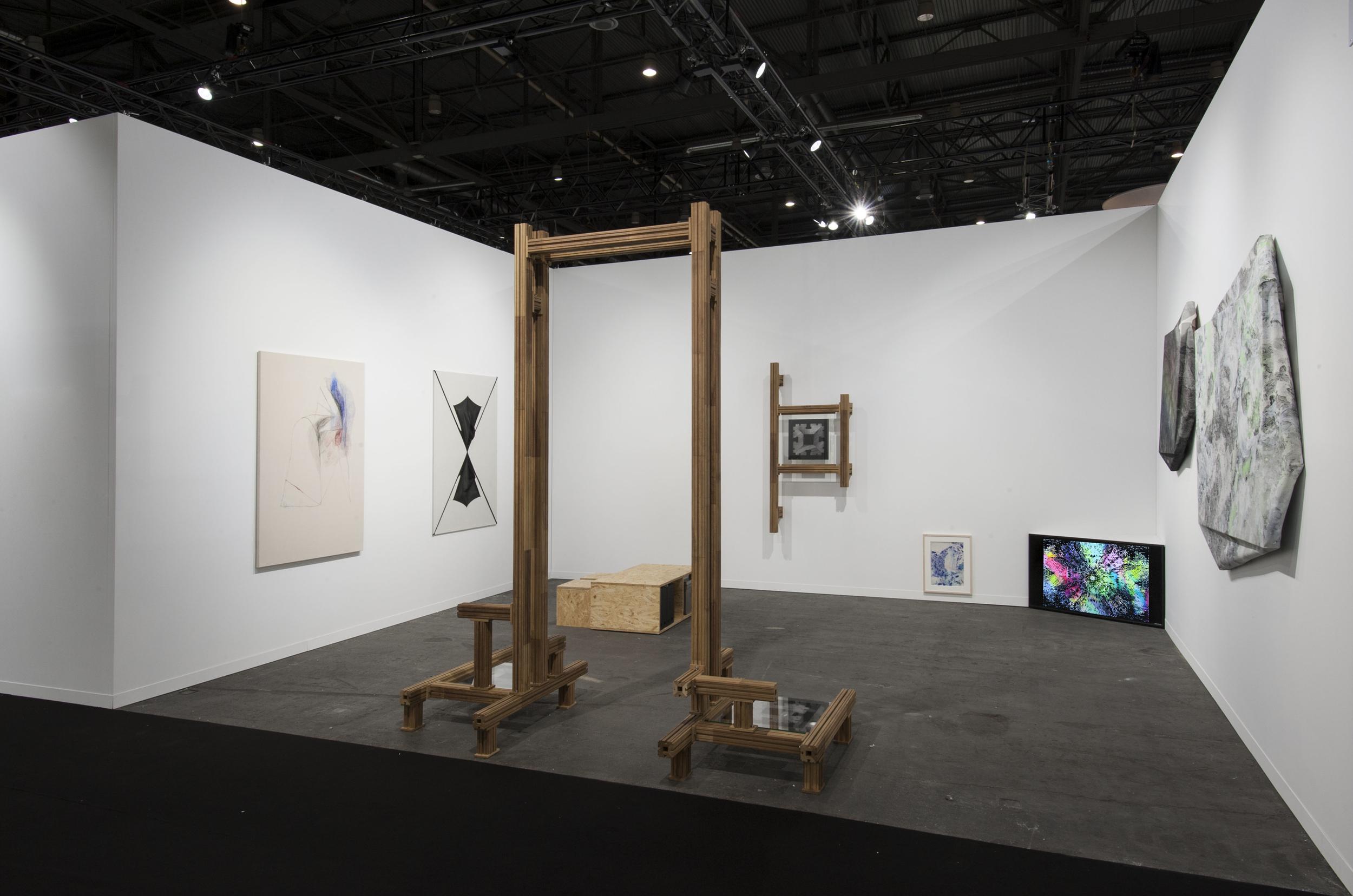
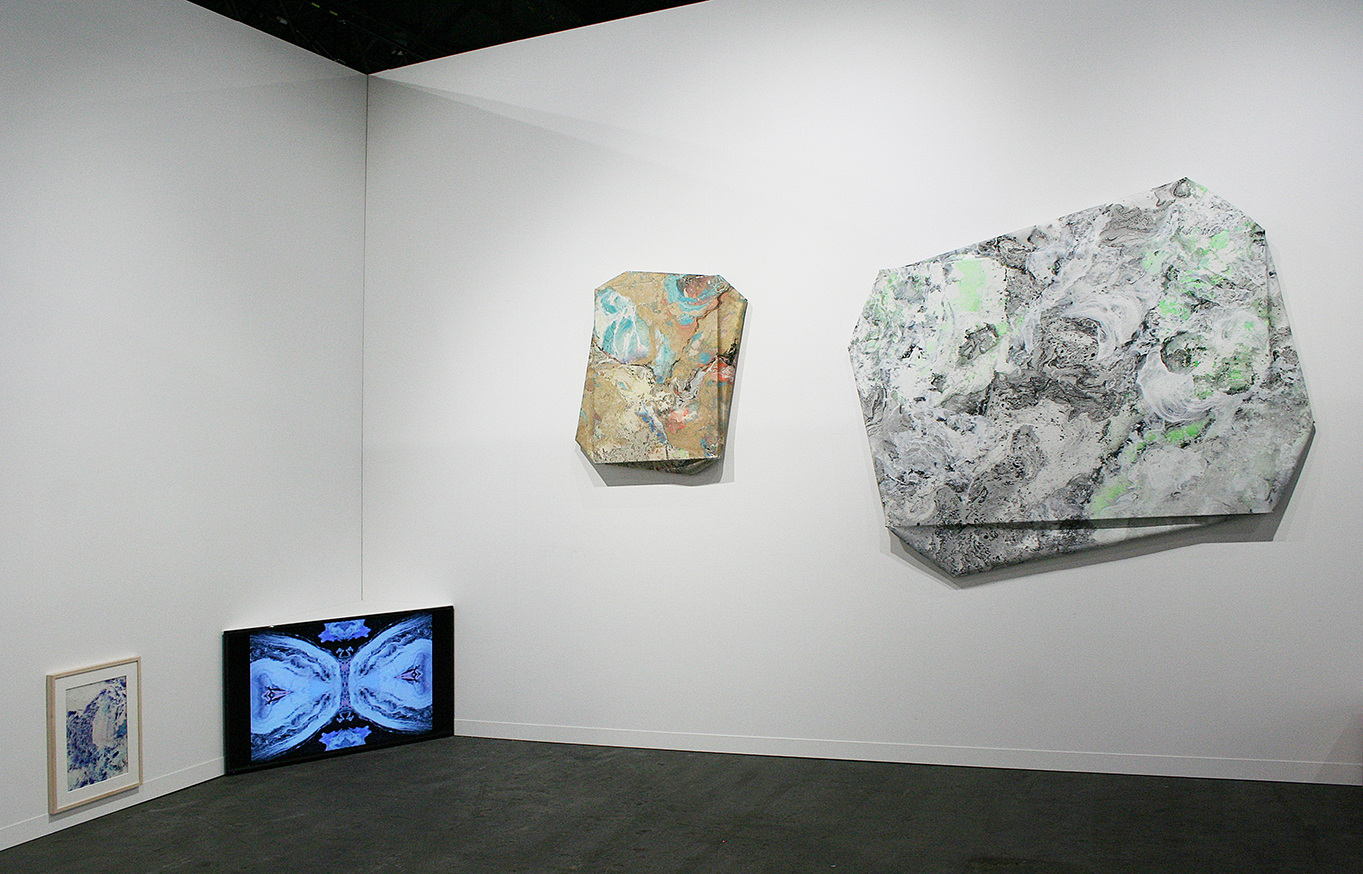
ArtGeneve 2015 - Olivier Robert Gallery's Booth - Trio Show :
Edouard Nardon (left) x Jonas Wijtenburg (center) x Valentin Dommanget (right)
Digital Stretcher Studies - serie overview - 2014/15
acrylic spray pigments, chemical solutions on canvas, stretched on wood
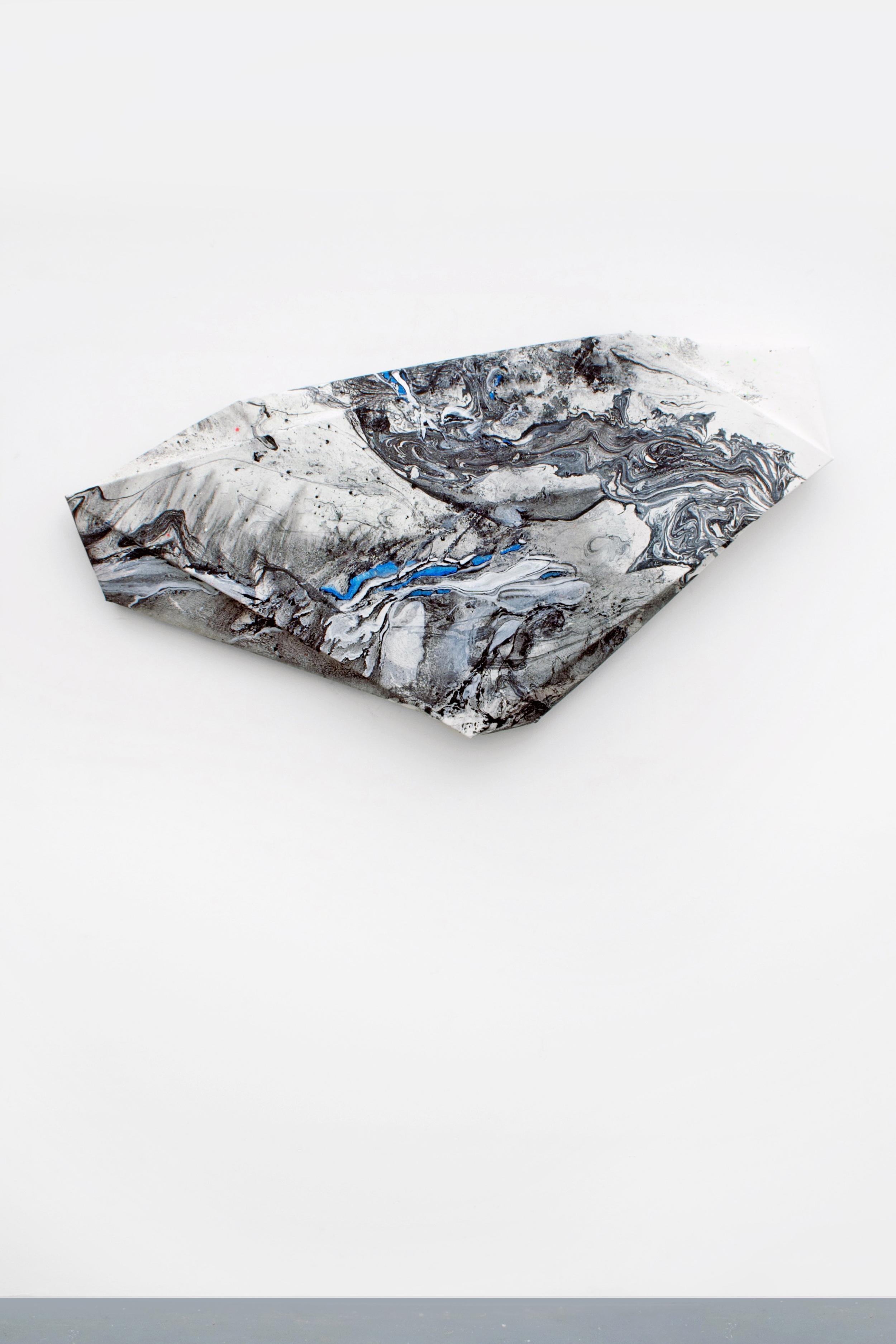

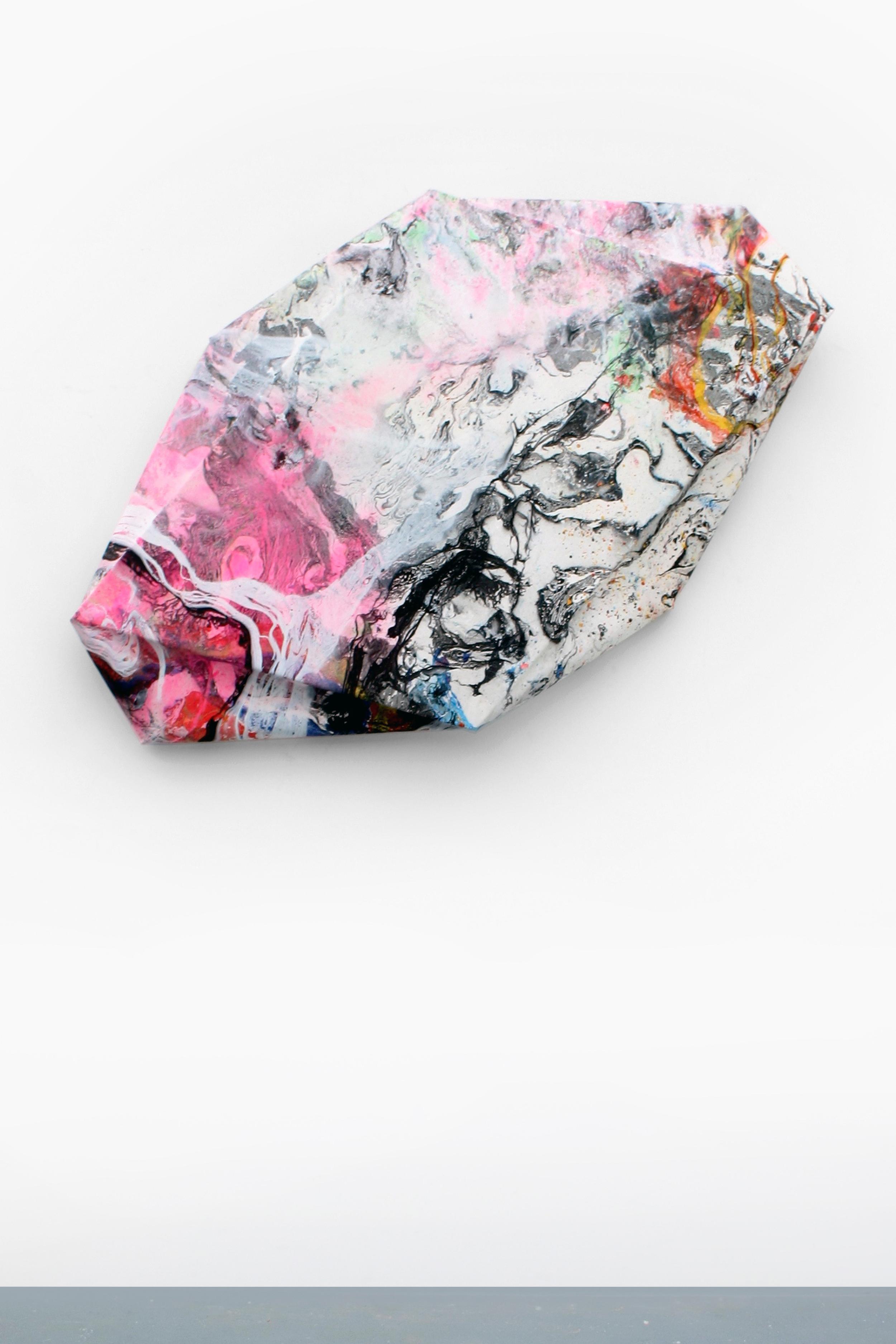
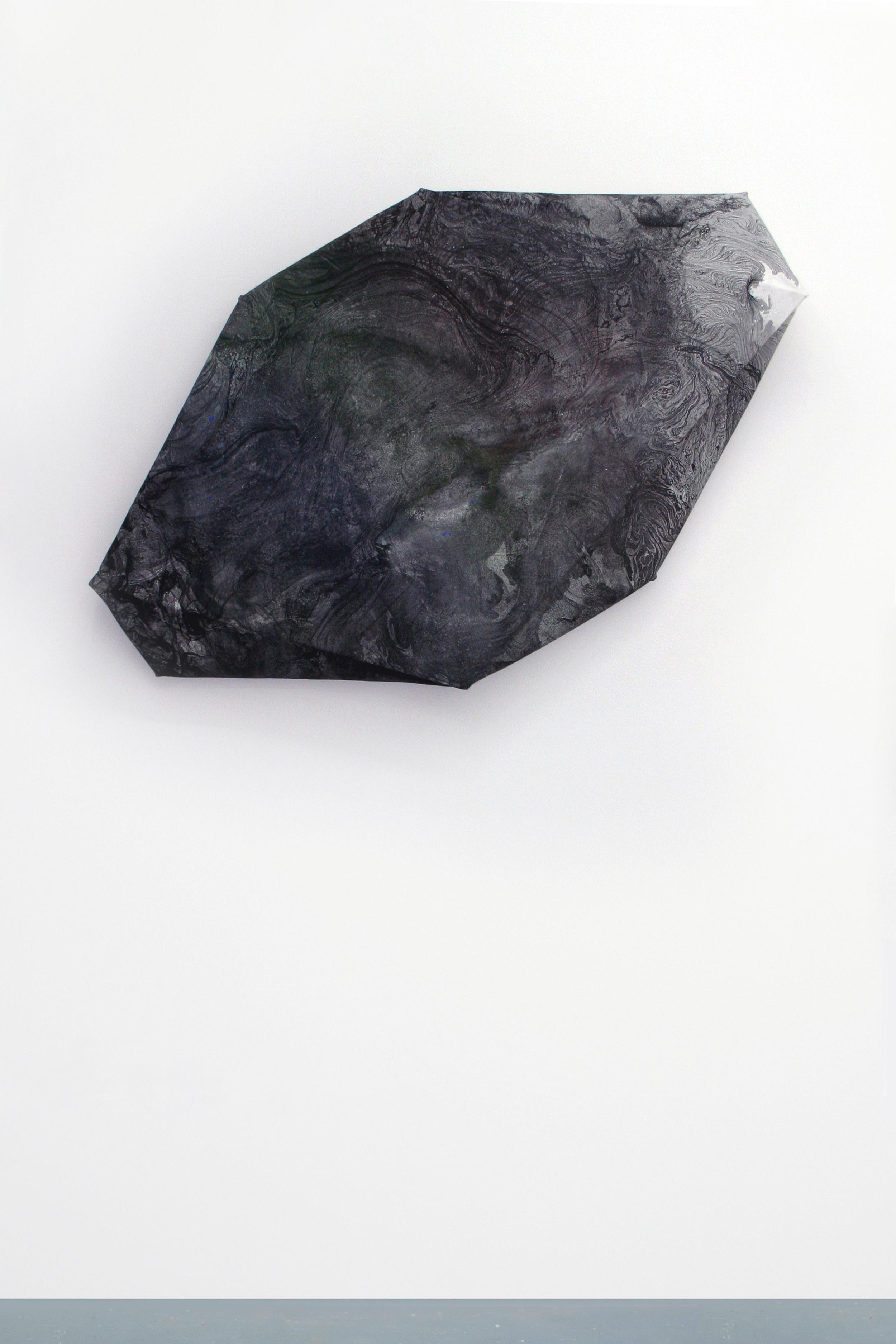
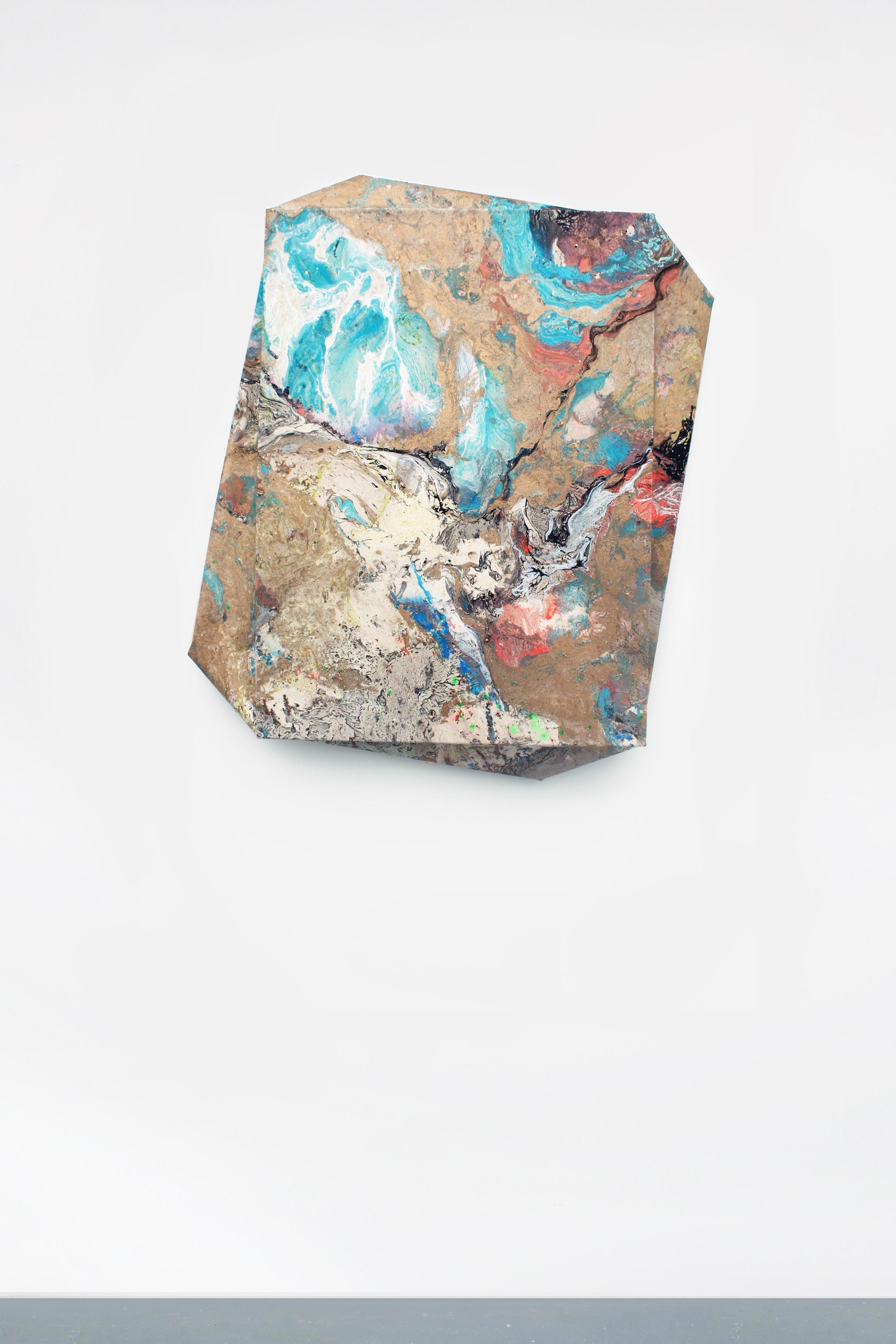

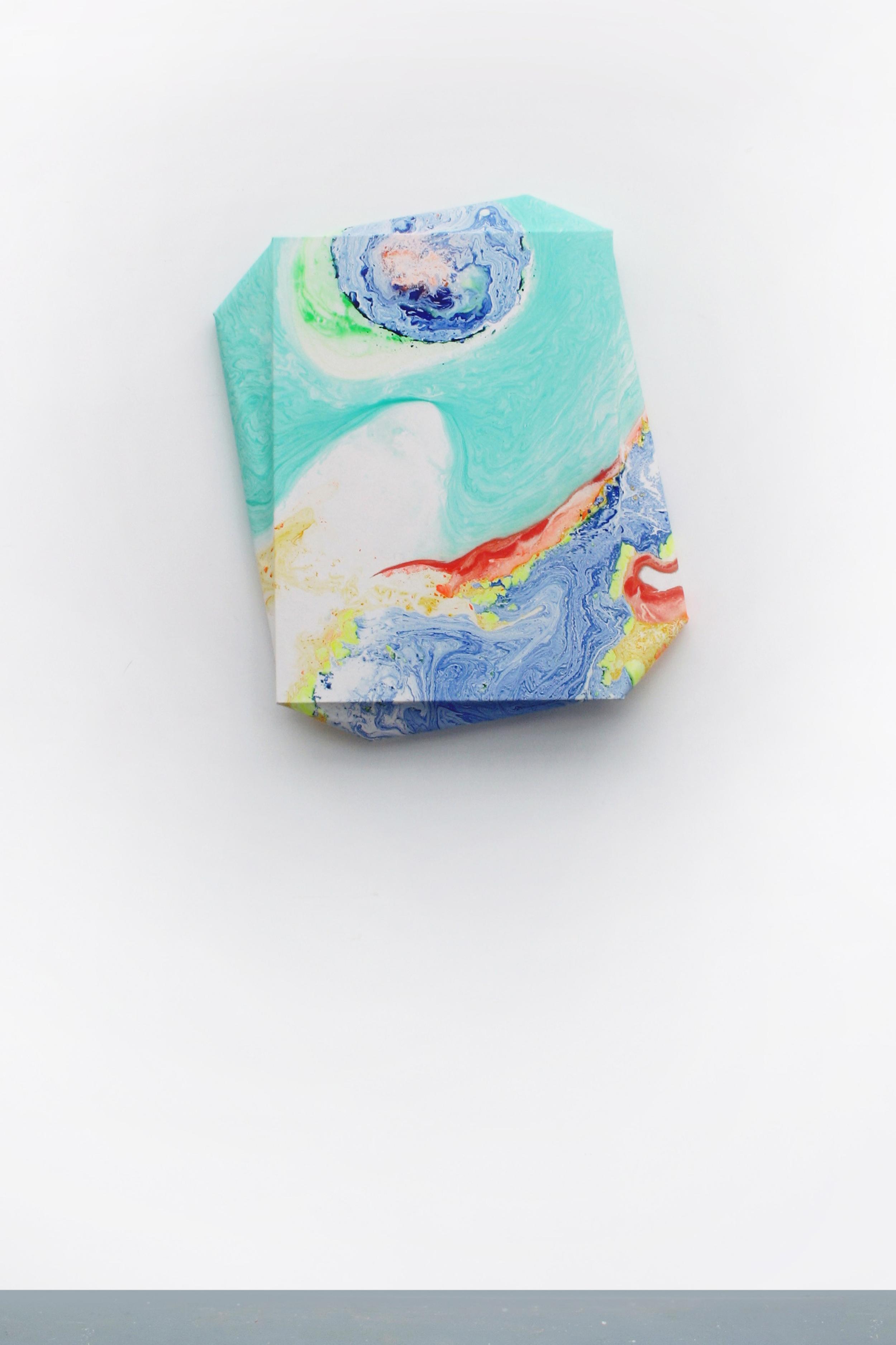
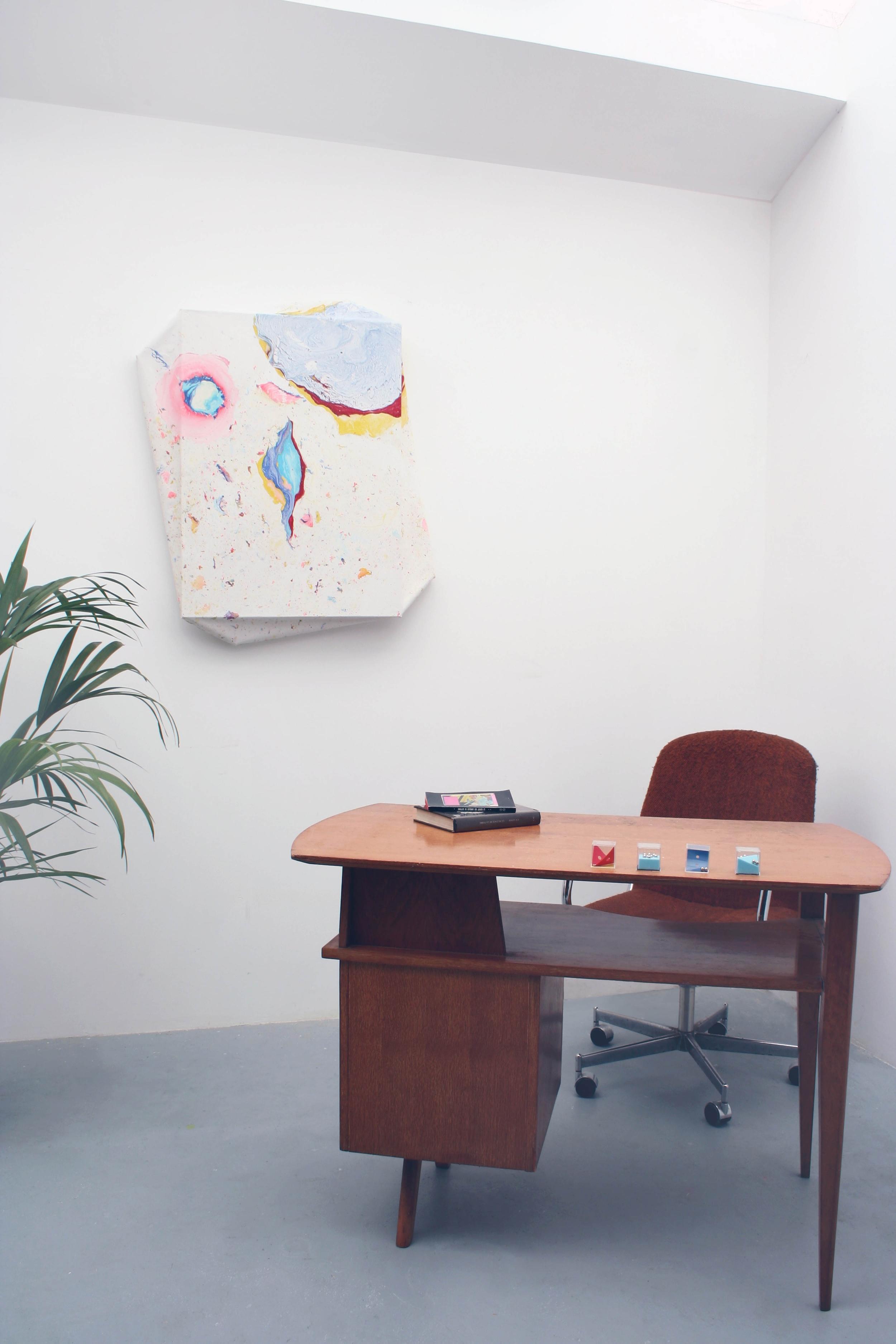
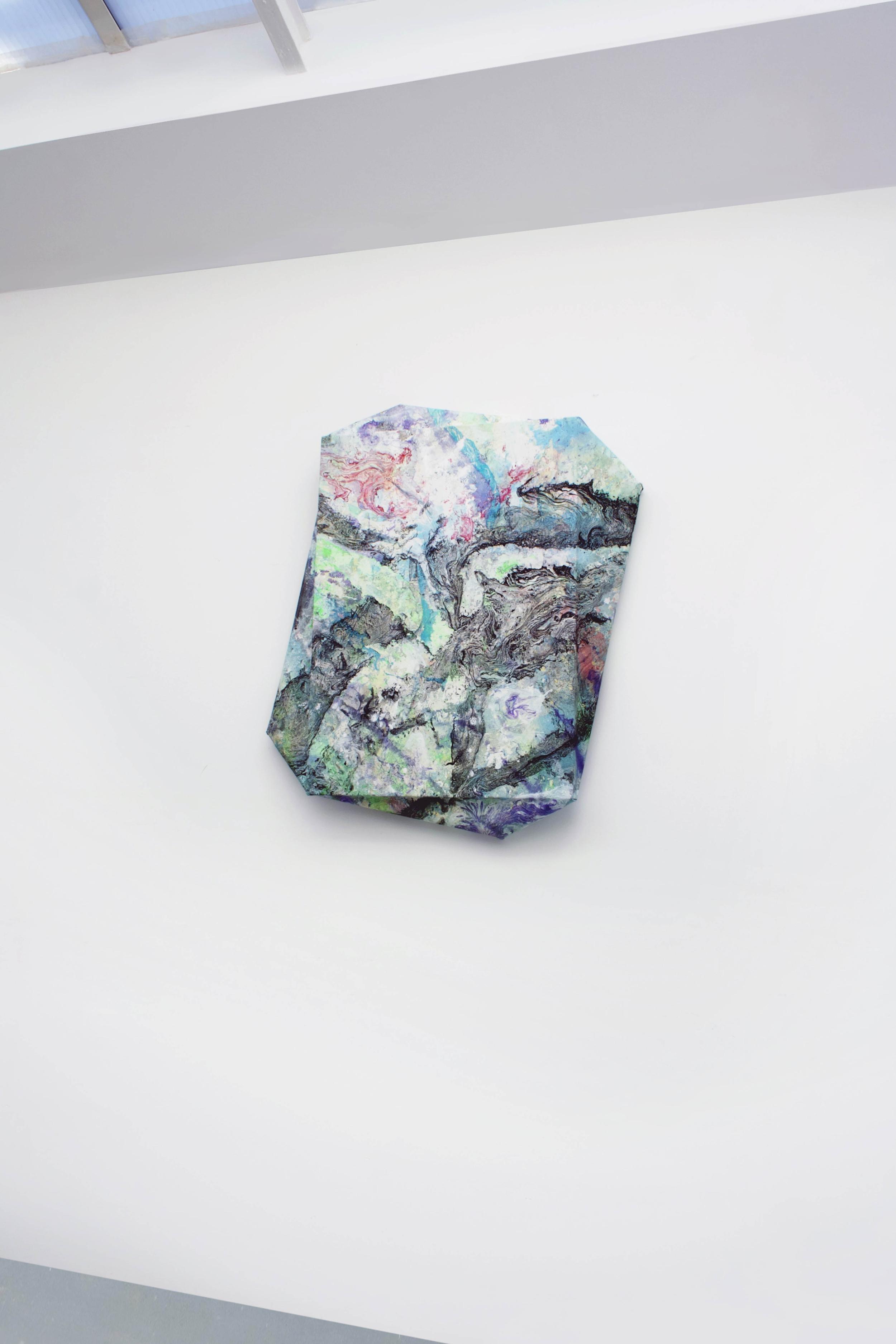
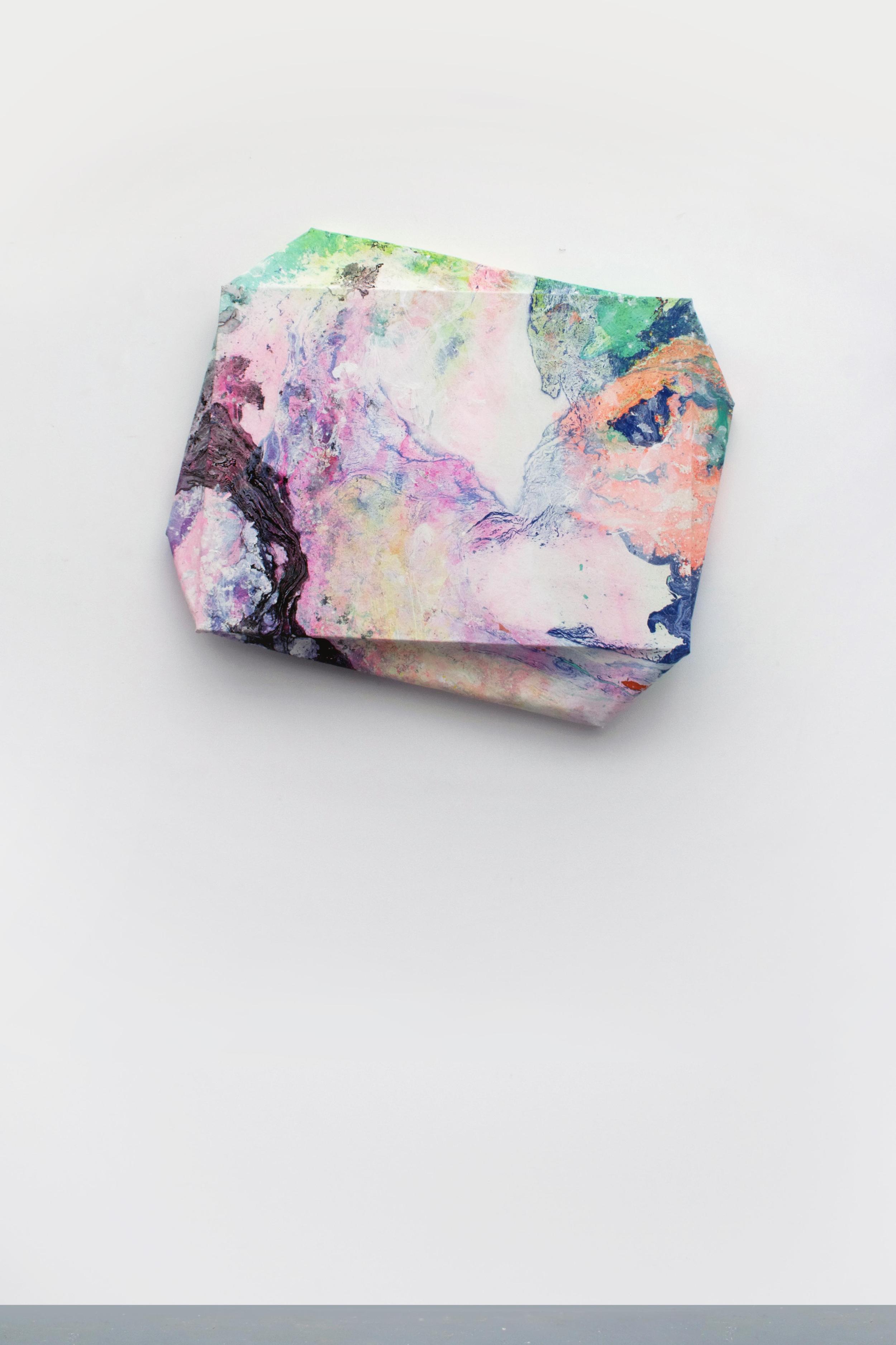
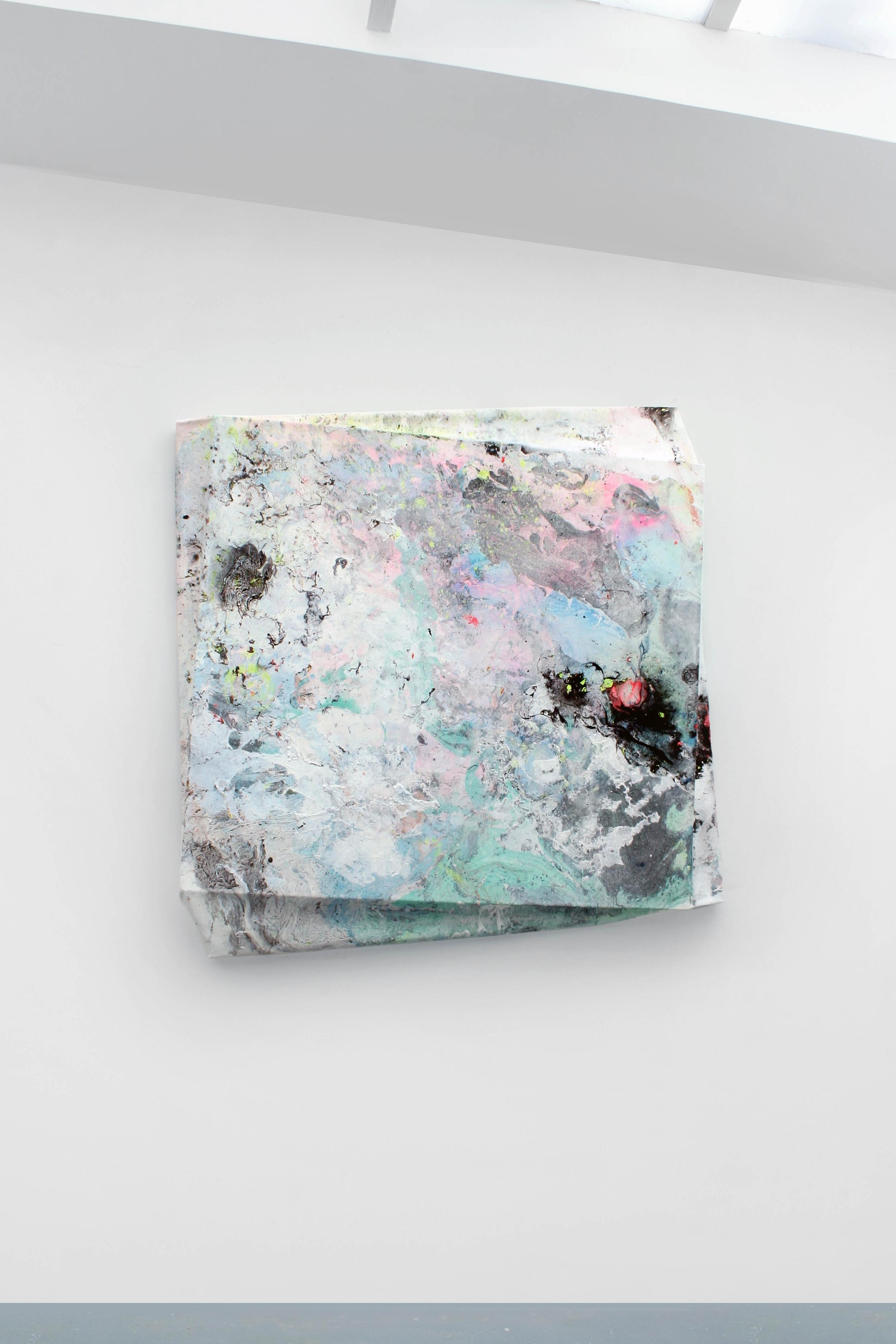
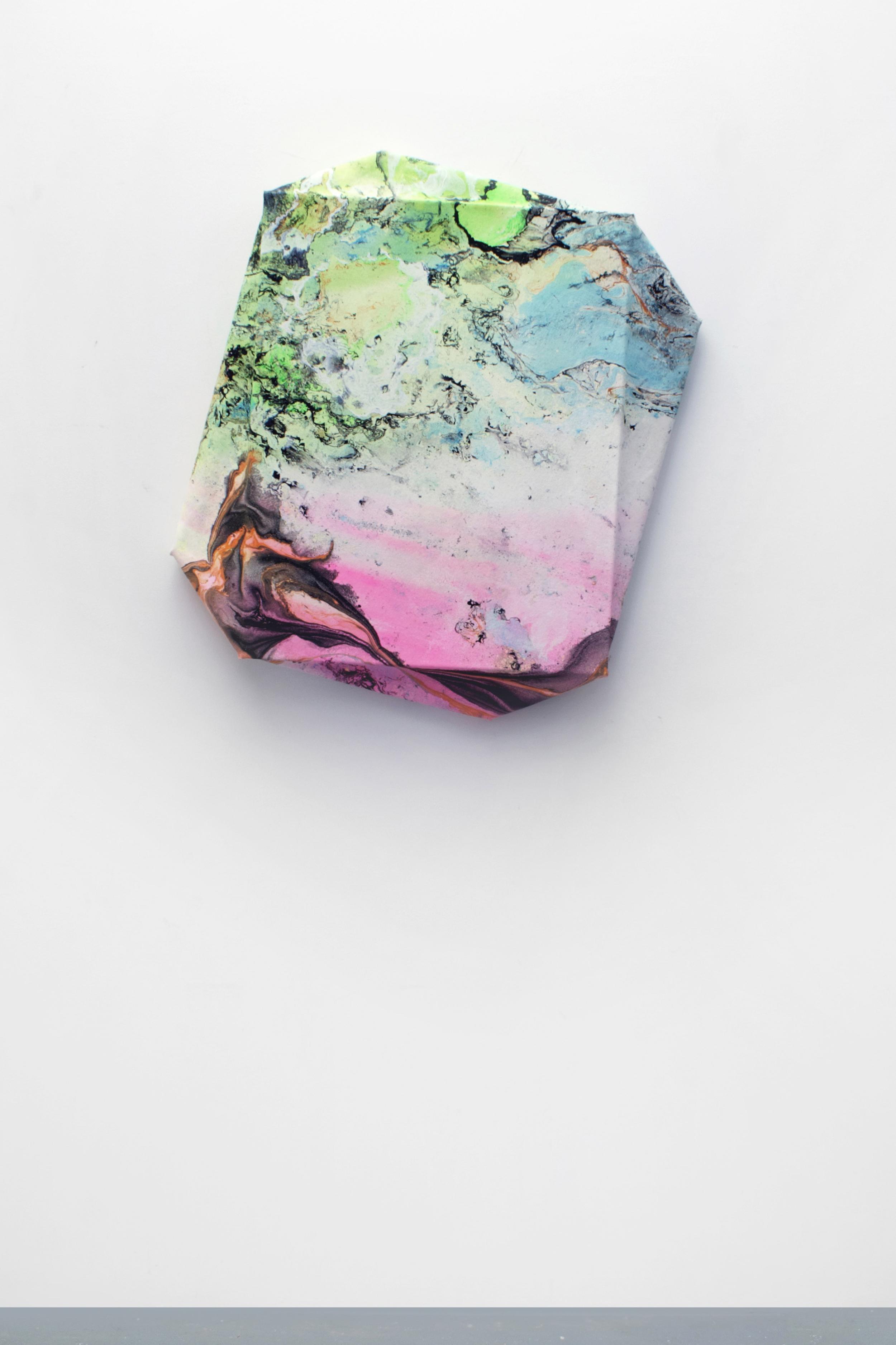
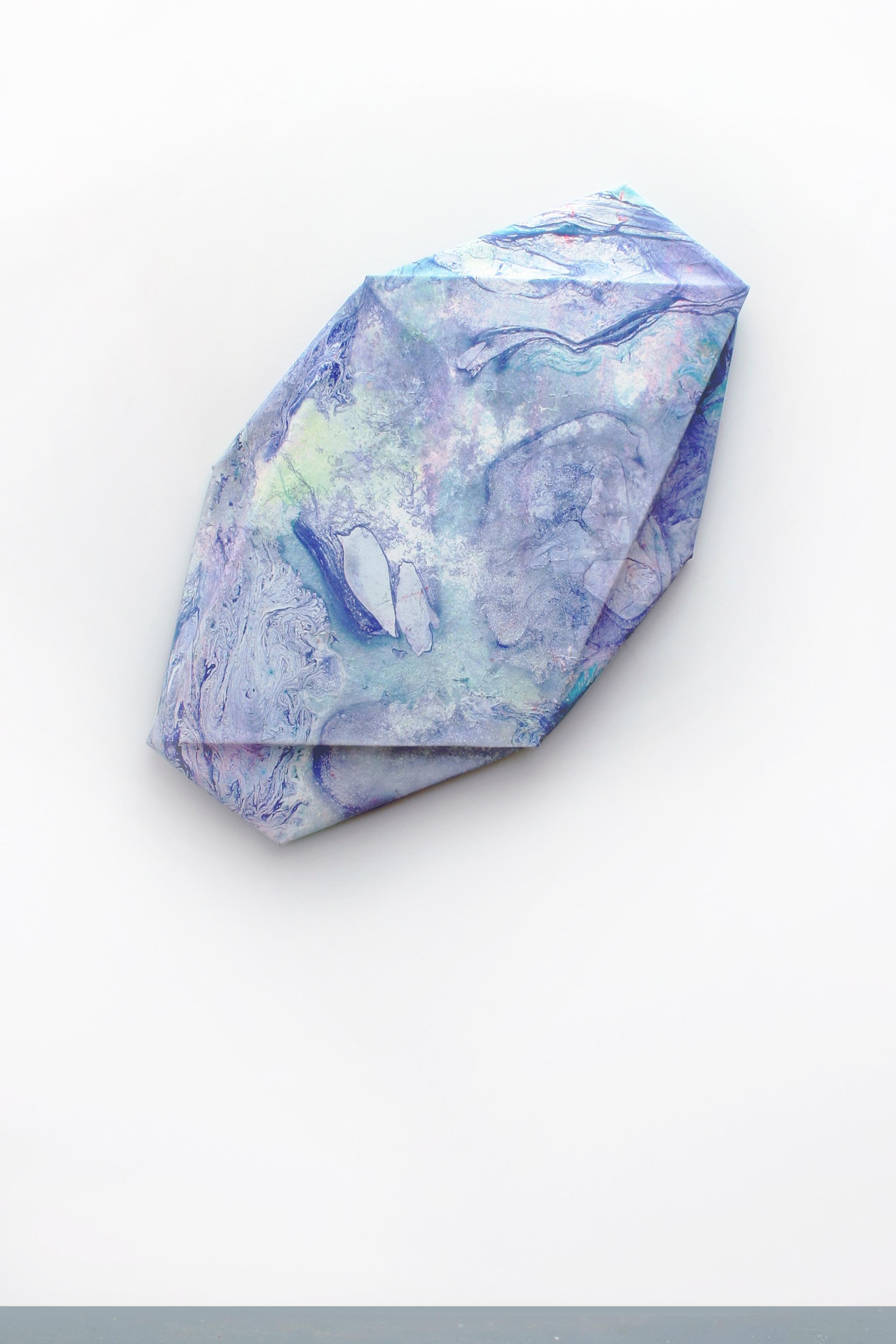
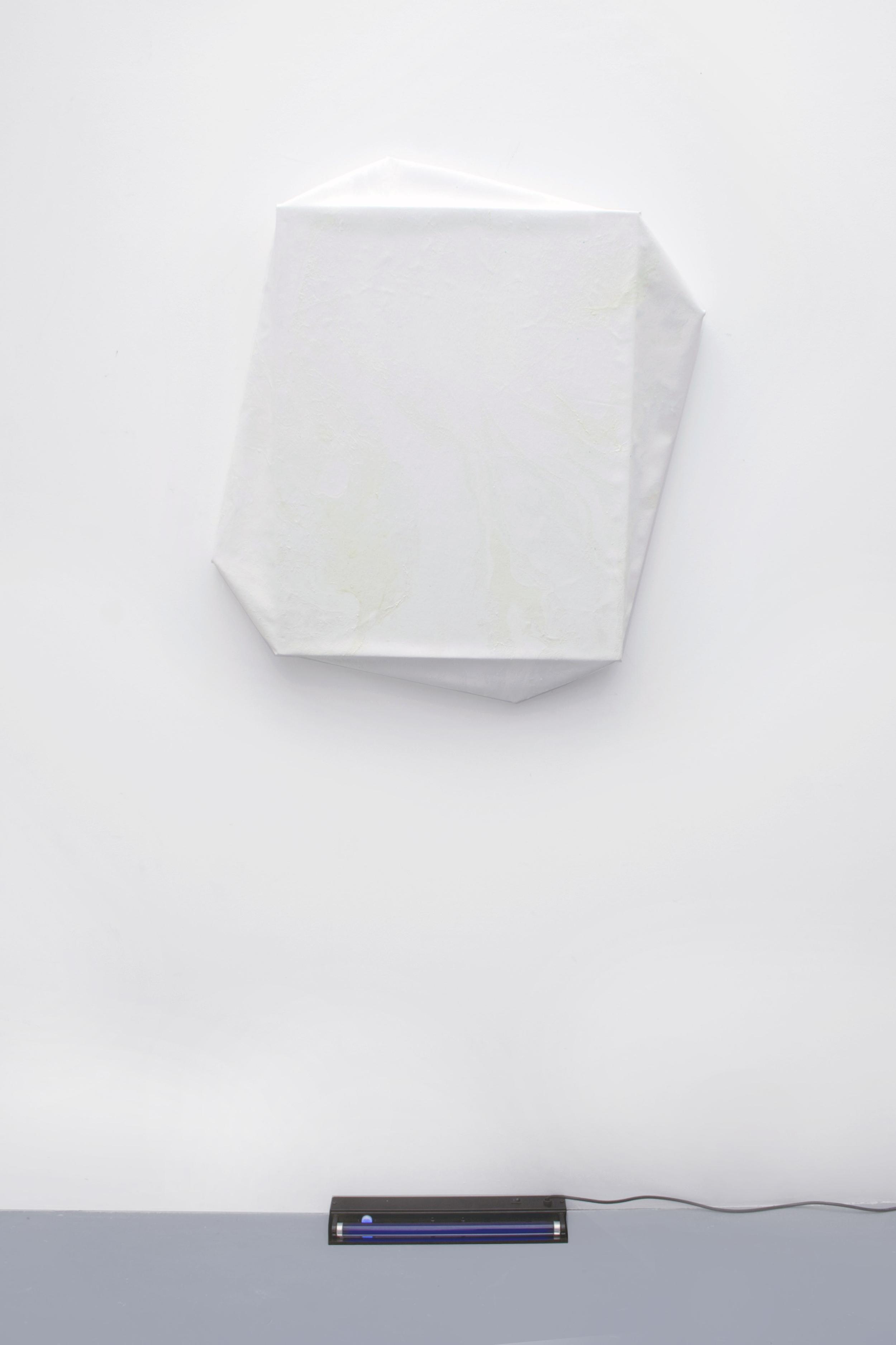

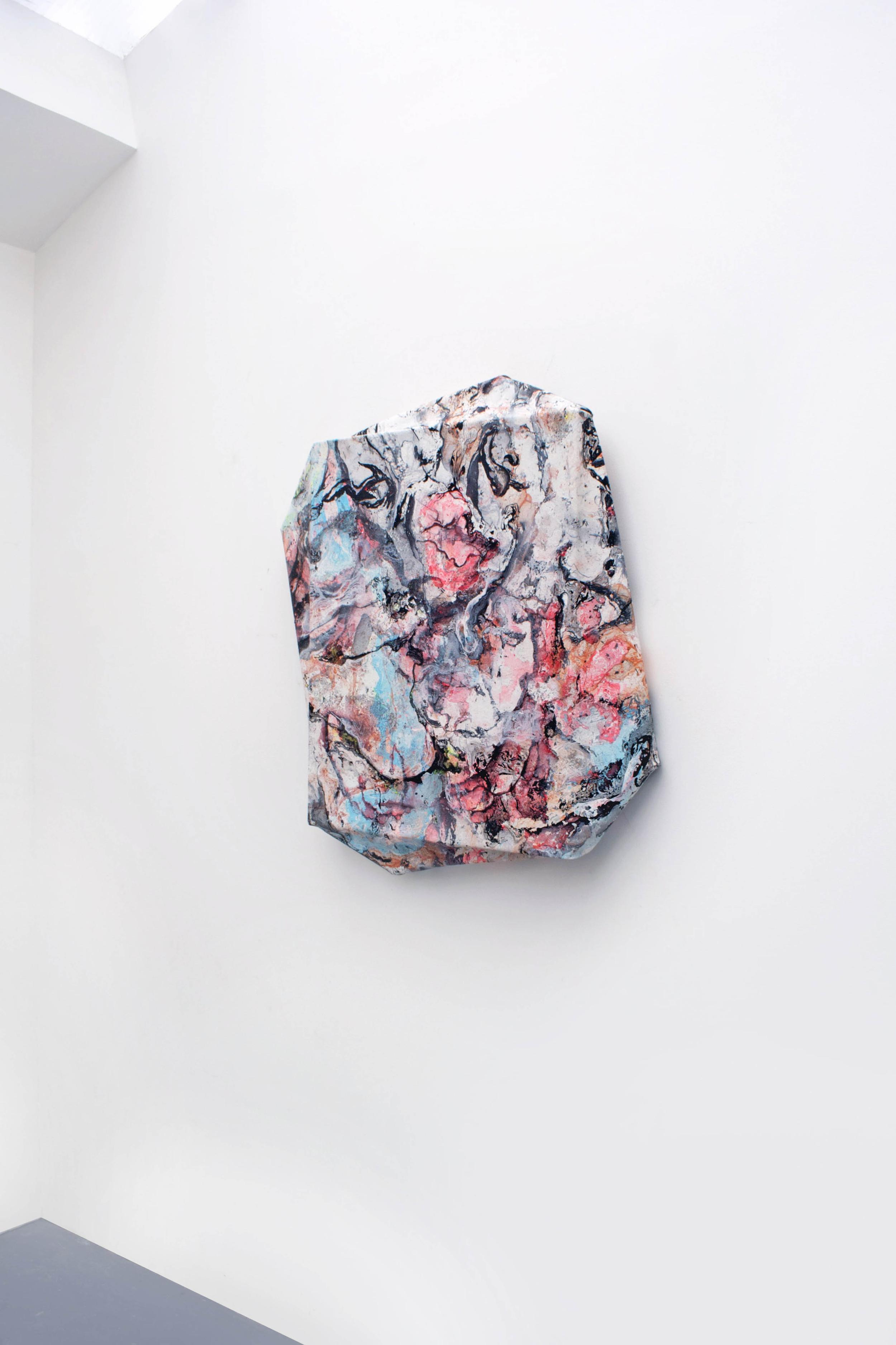

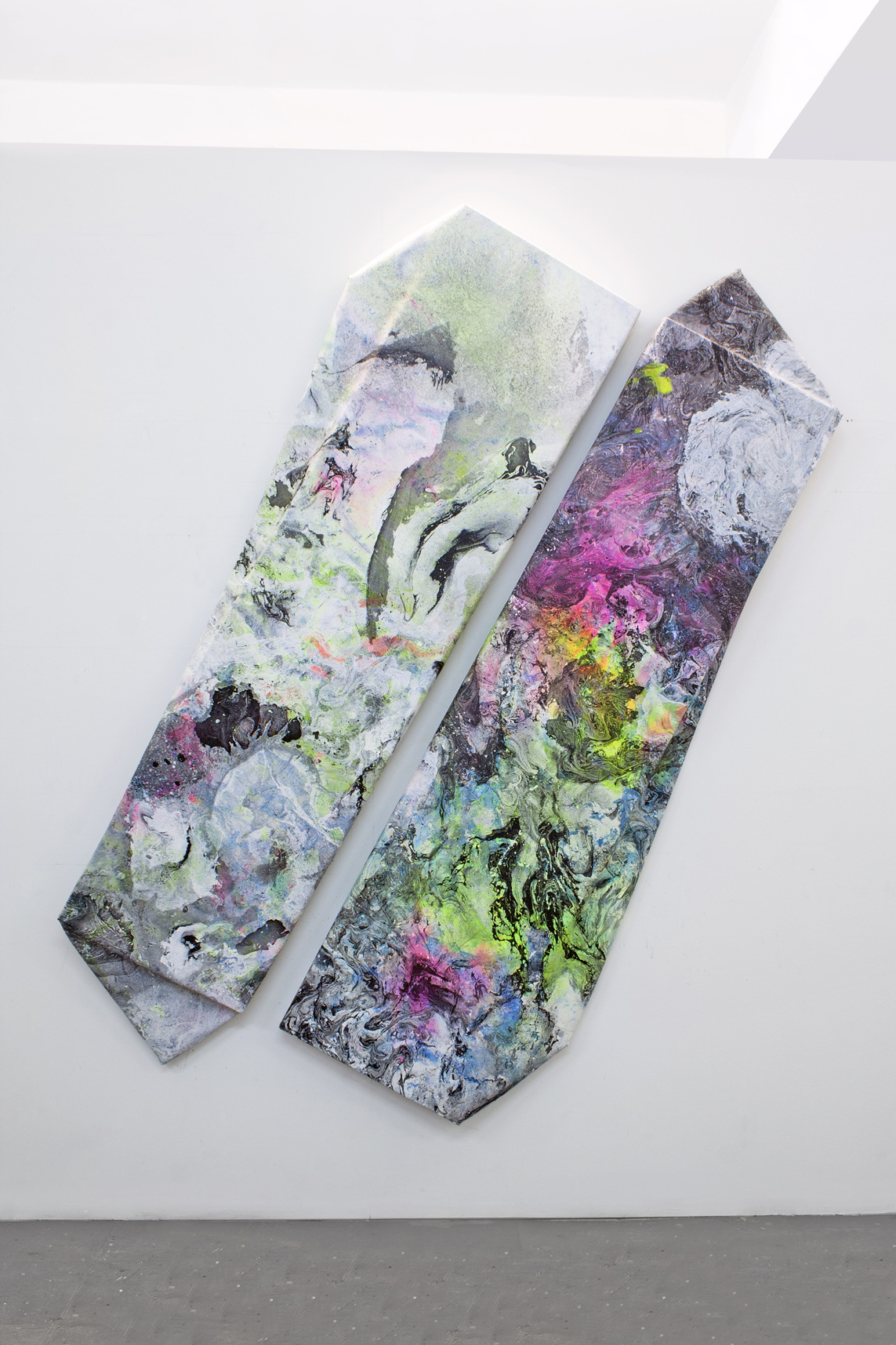
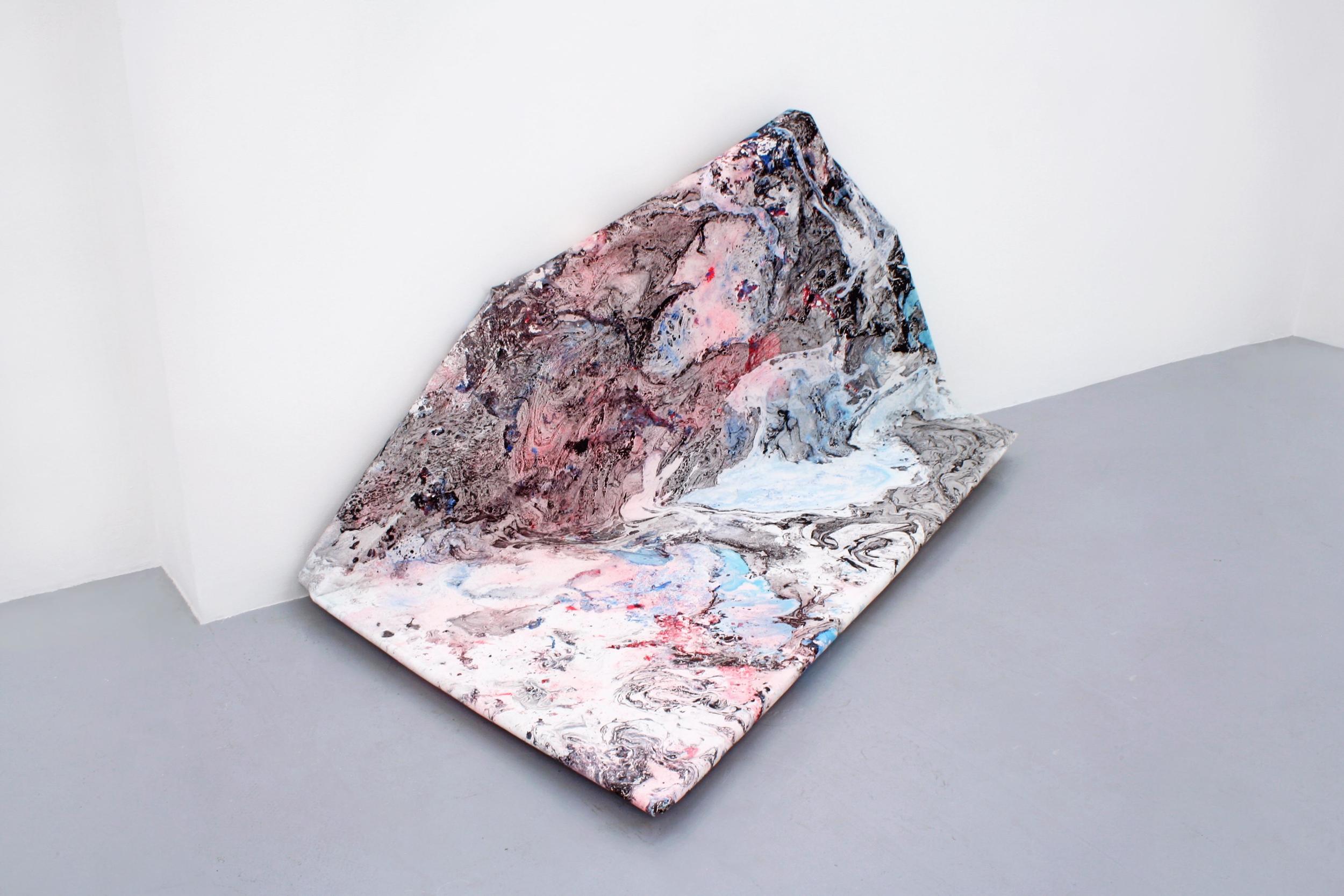
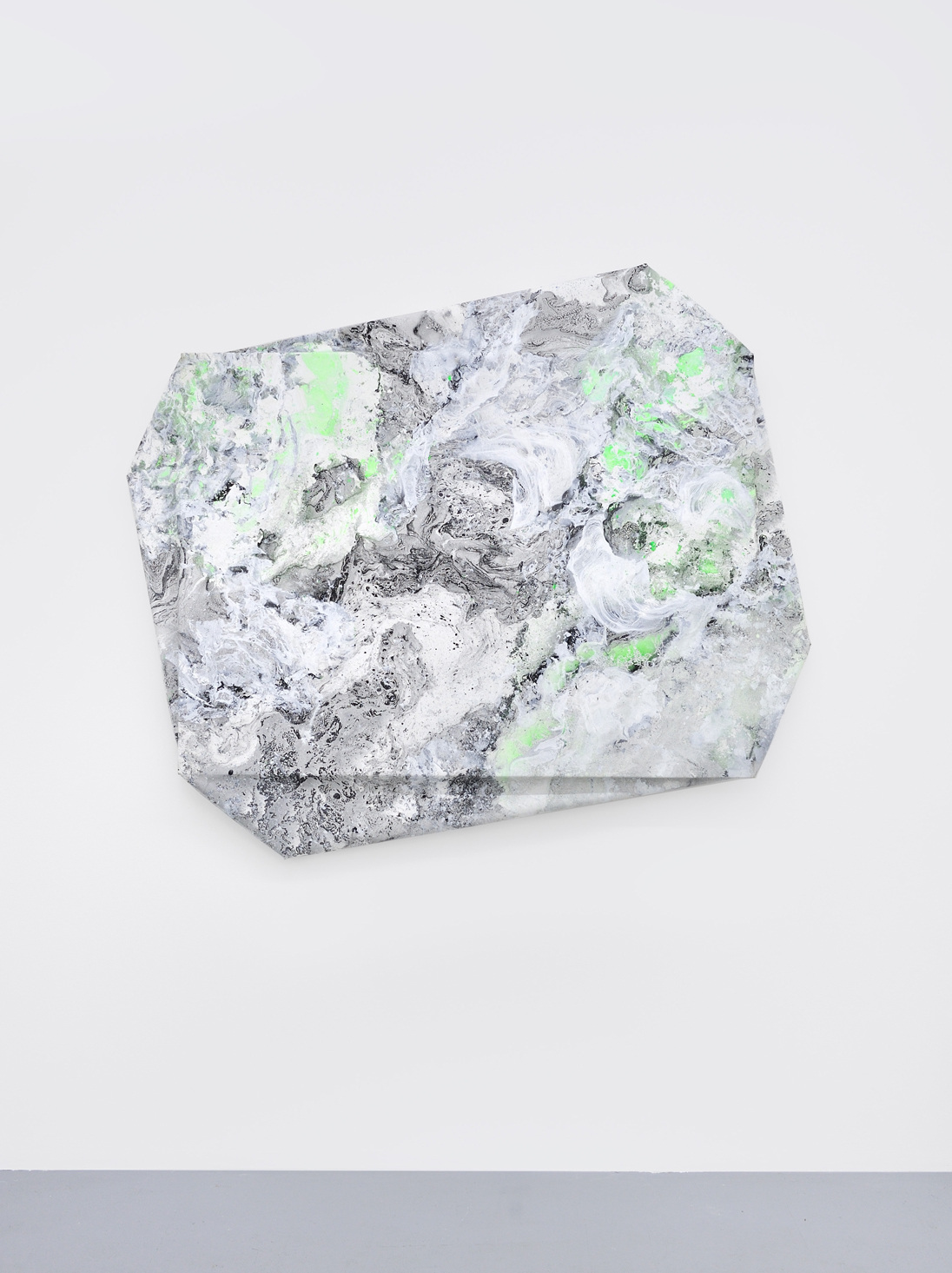
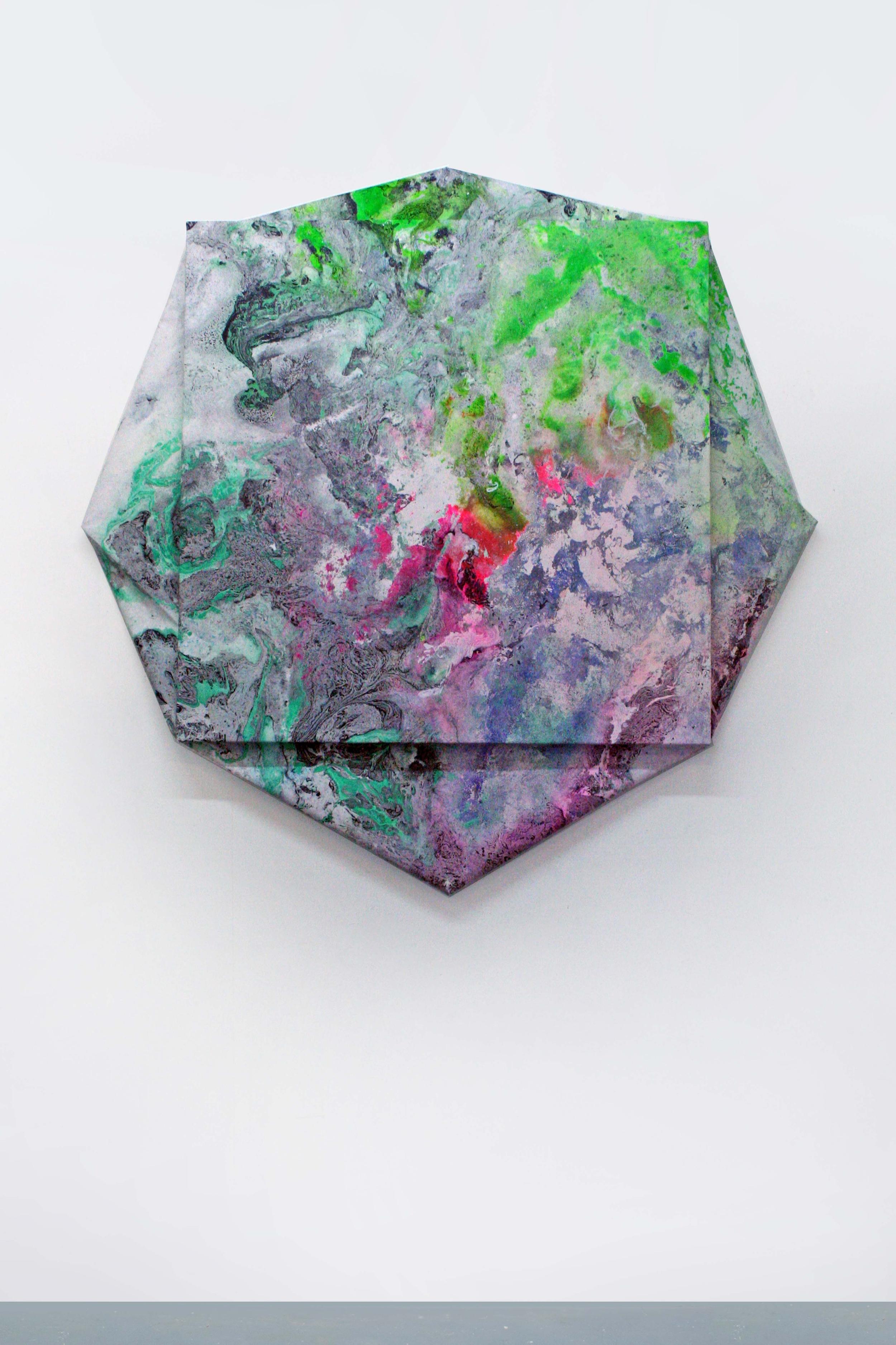
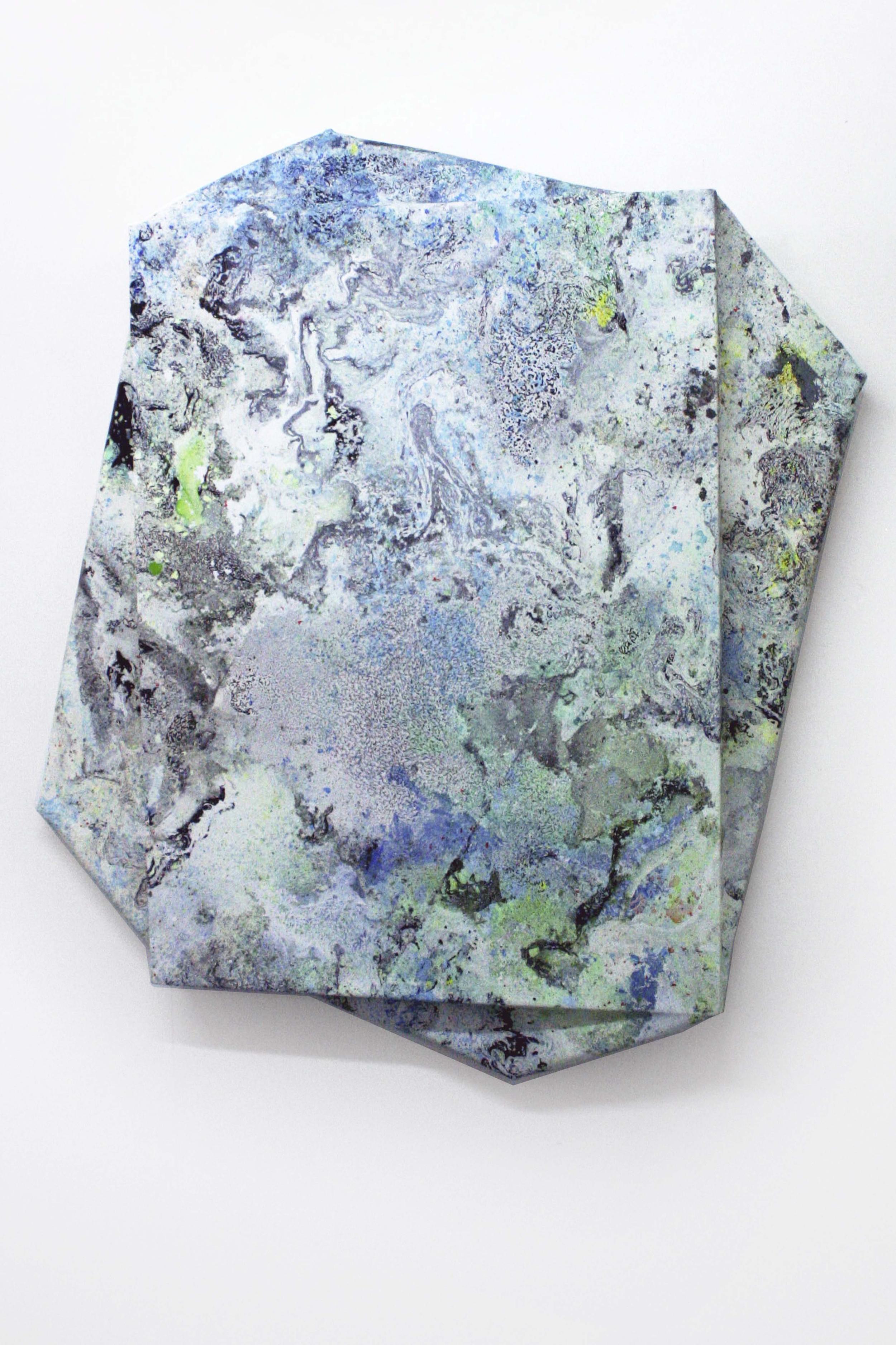
acrylic spray pigments, chemical solutions on canvas, stretched on wood






















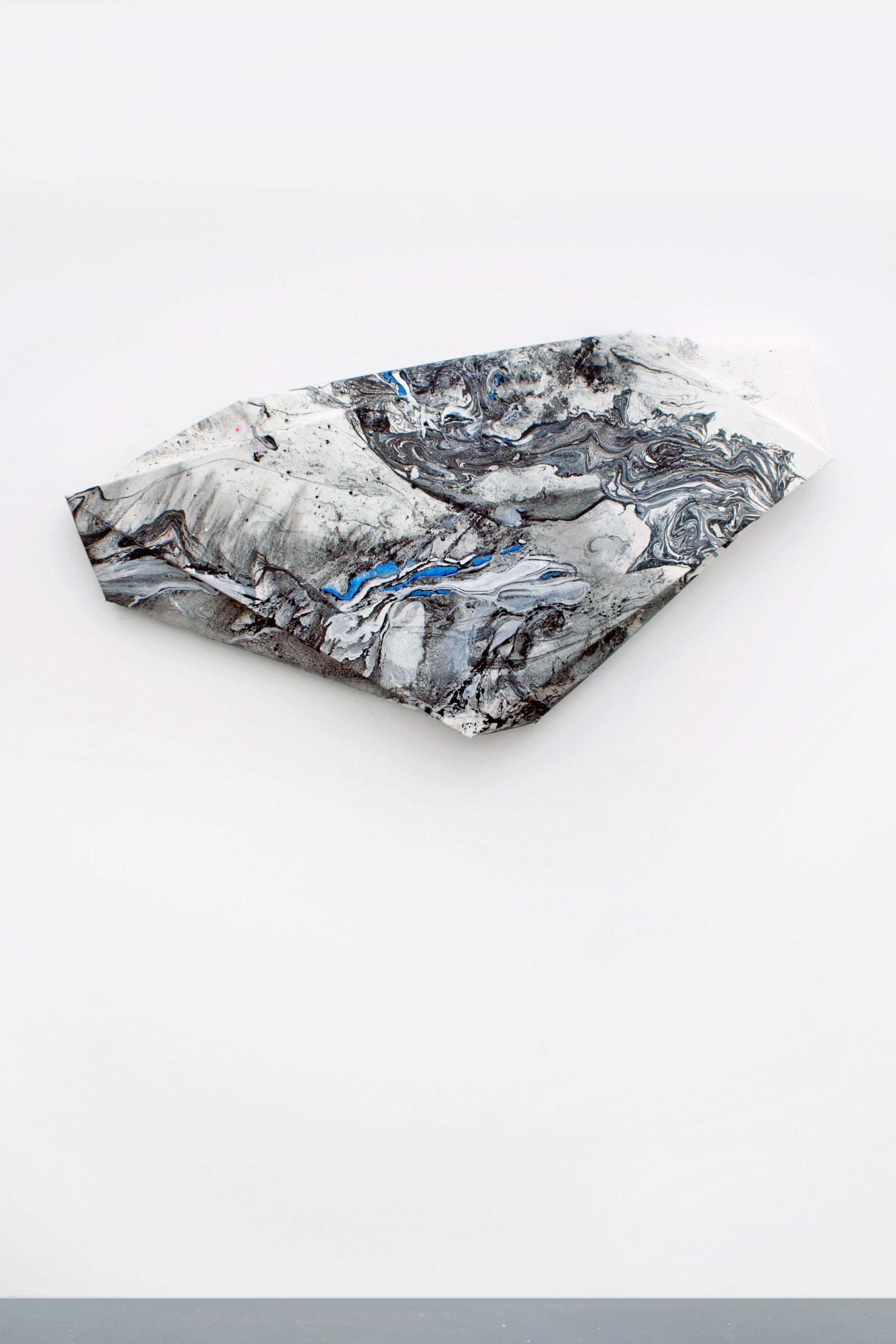
Digital Stretcher Studies XX1
acrylic spray pigments, chemical solutions on canvas, stretched on wood
88 x 200 x 10 cm
2015

Digital Stretcher Studies XX
acrylic spray pigments, chemical solutions on canvas, stretched on wood
88*200*10 cm
2015

Digital Stretcher Studies X9
acrylic spray pigments, chemical solutions on canvas, stretched on wood
75 x 108 x 10 cm
2015

Digital Stretcher Studies X8
acrylic spray pigments, chemical solutions on canvas, stretched on wood
90 x 135 x 10 cm
2015
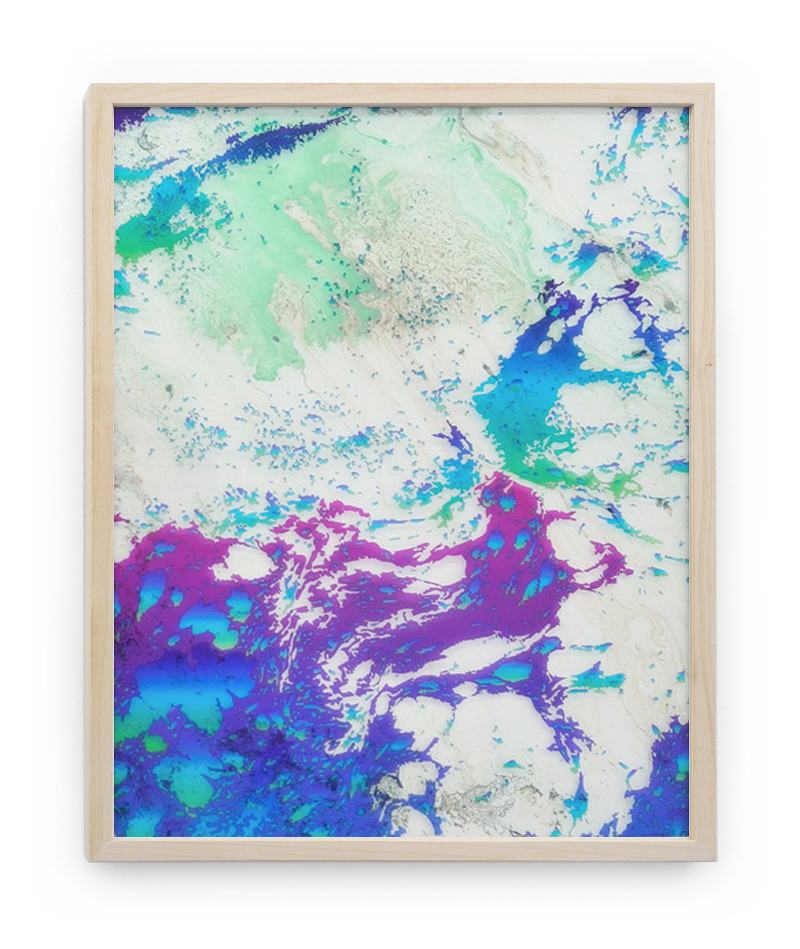
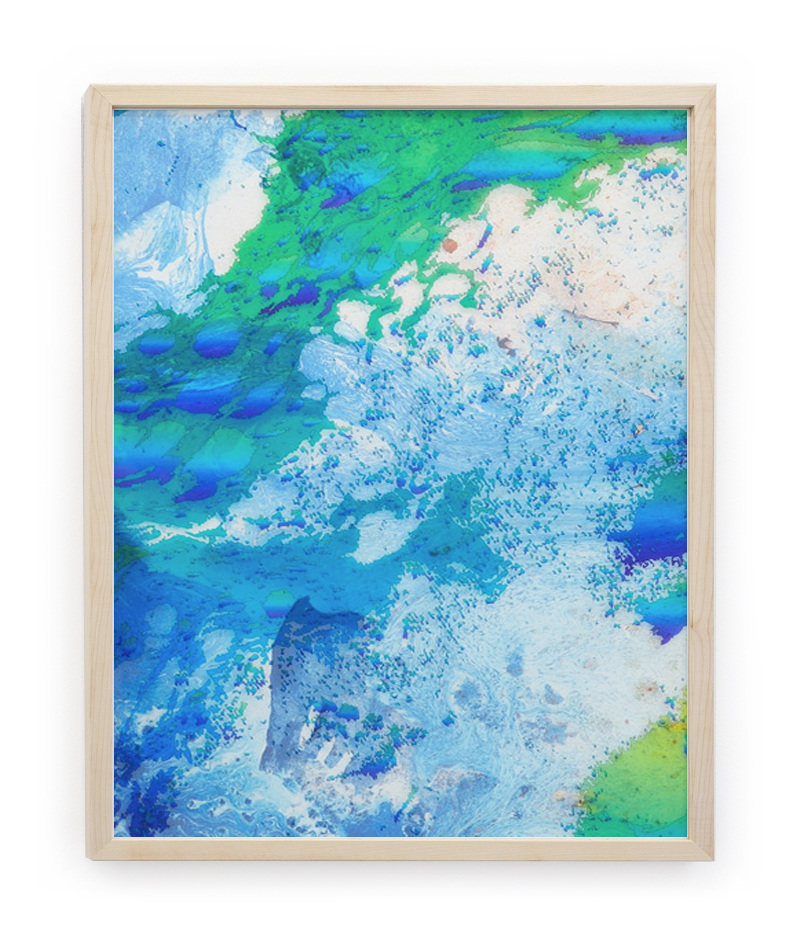
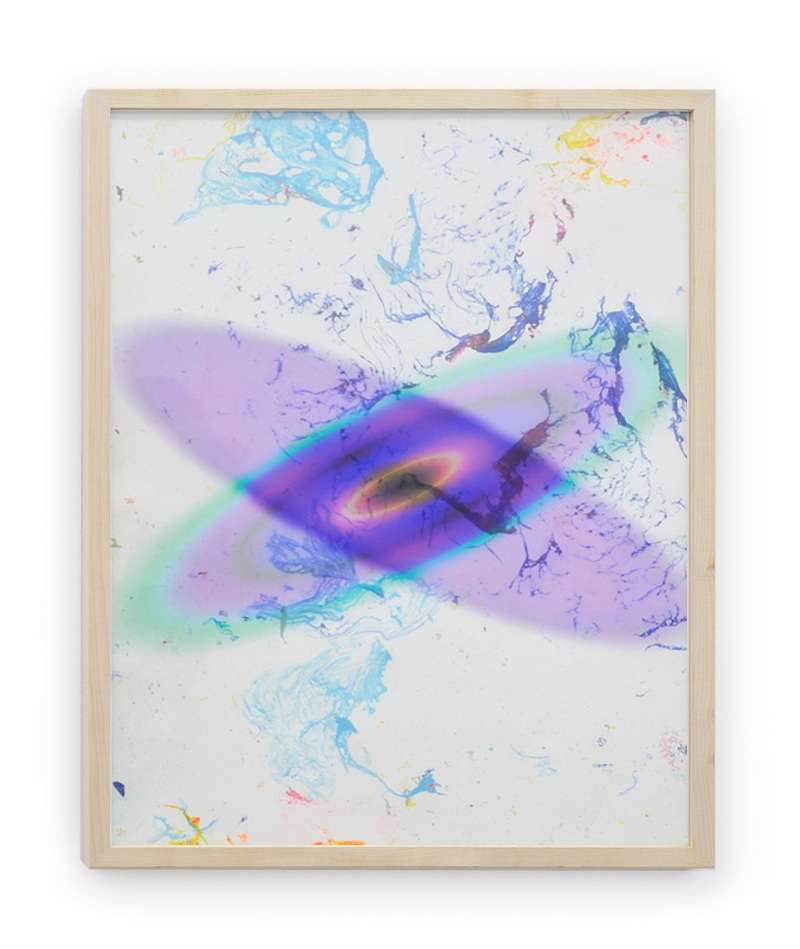
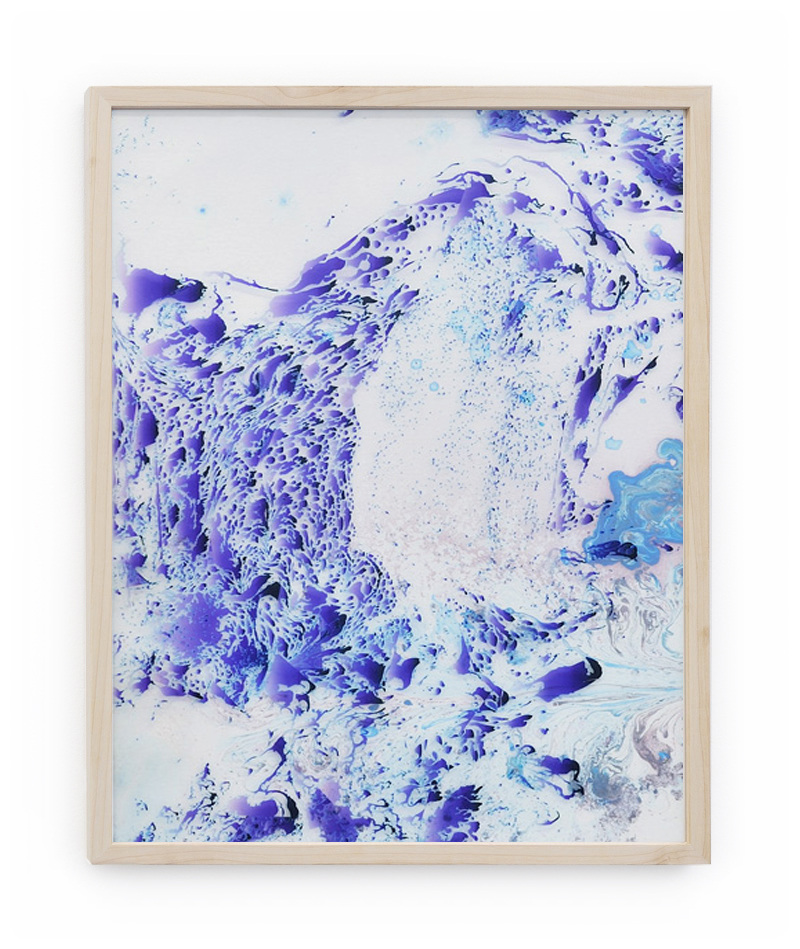

Digital Layer Studies I, II, III, IV
acrylic spray pigments & chemical solutions on paper, print on rhodoïd, framed
55 x 42 cm
2015
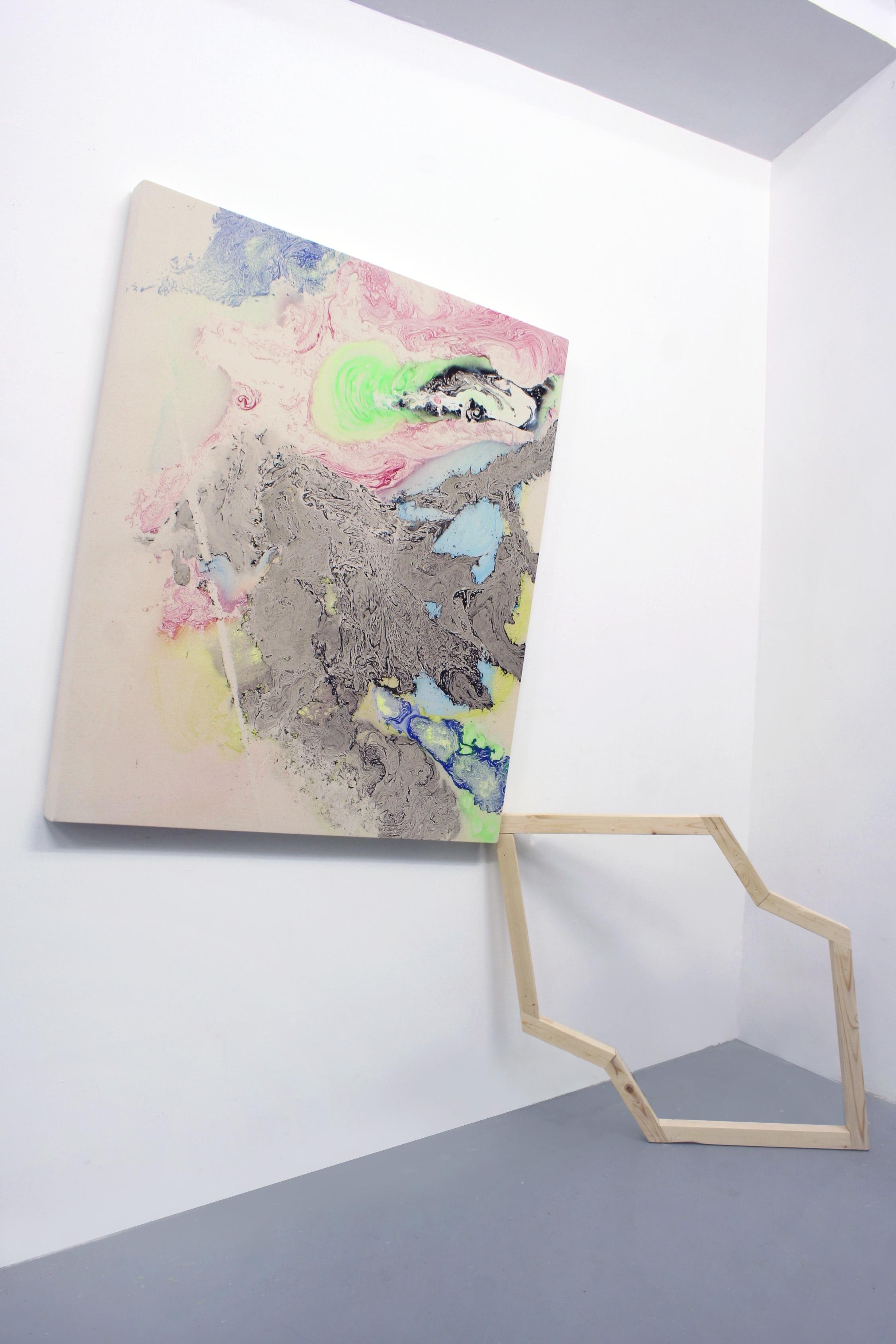

Balance #II
acrylic spray pigments & chemical solutions on canvas, wood
2014
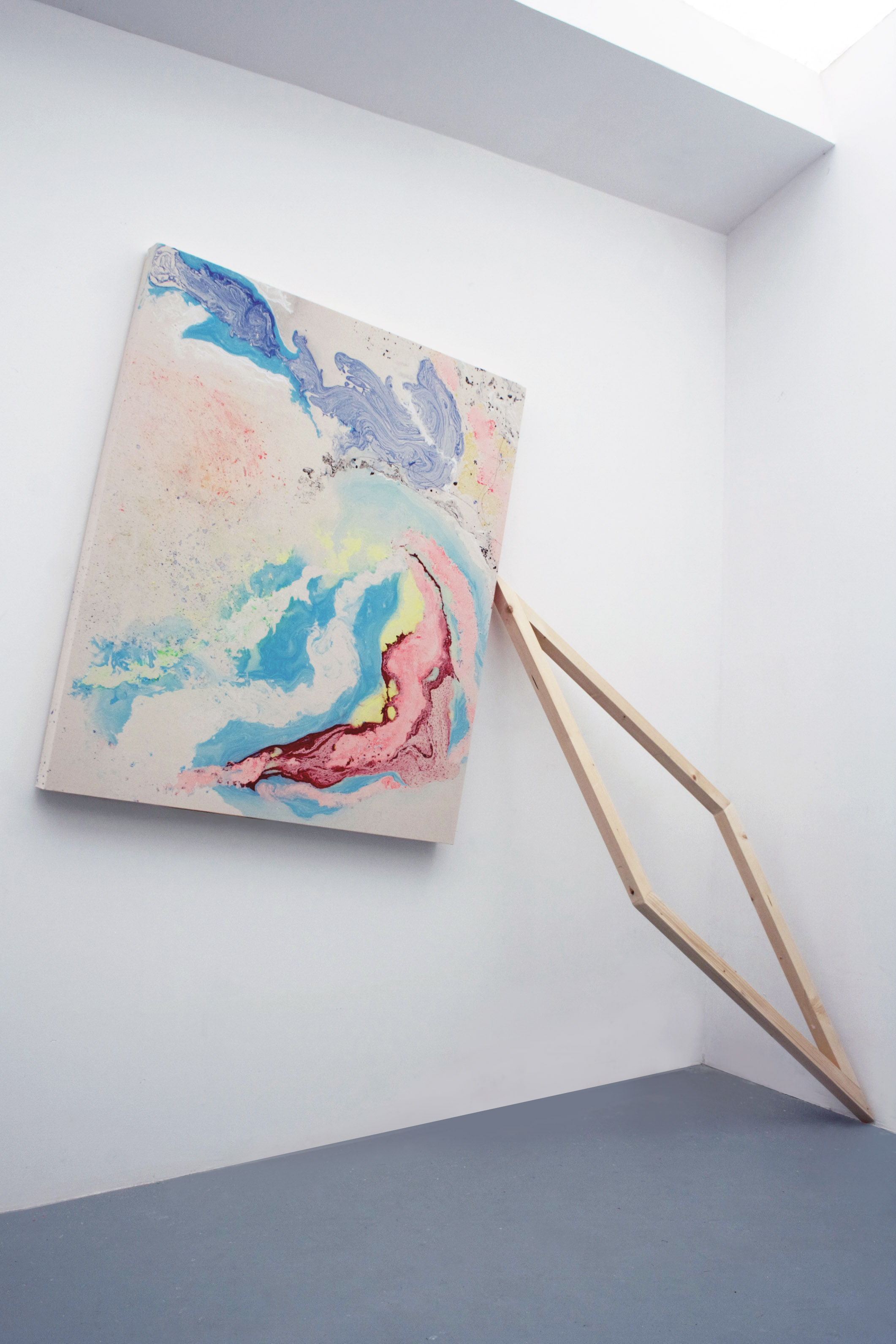
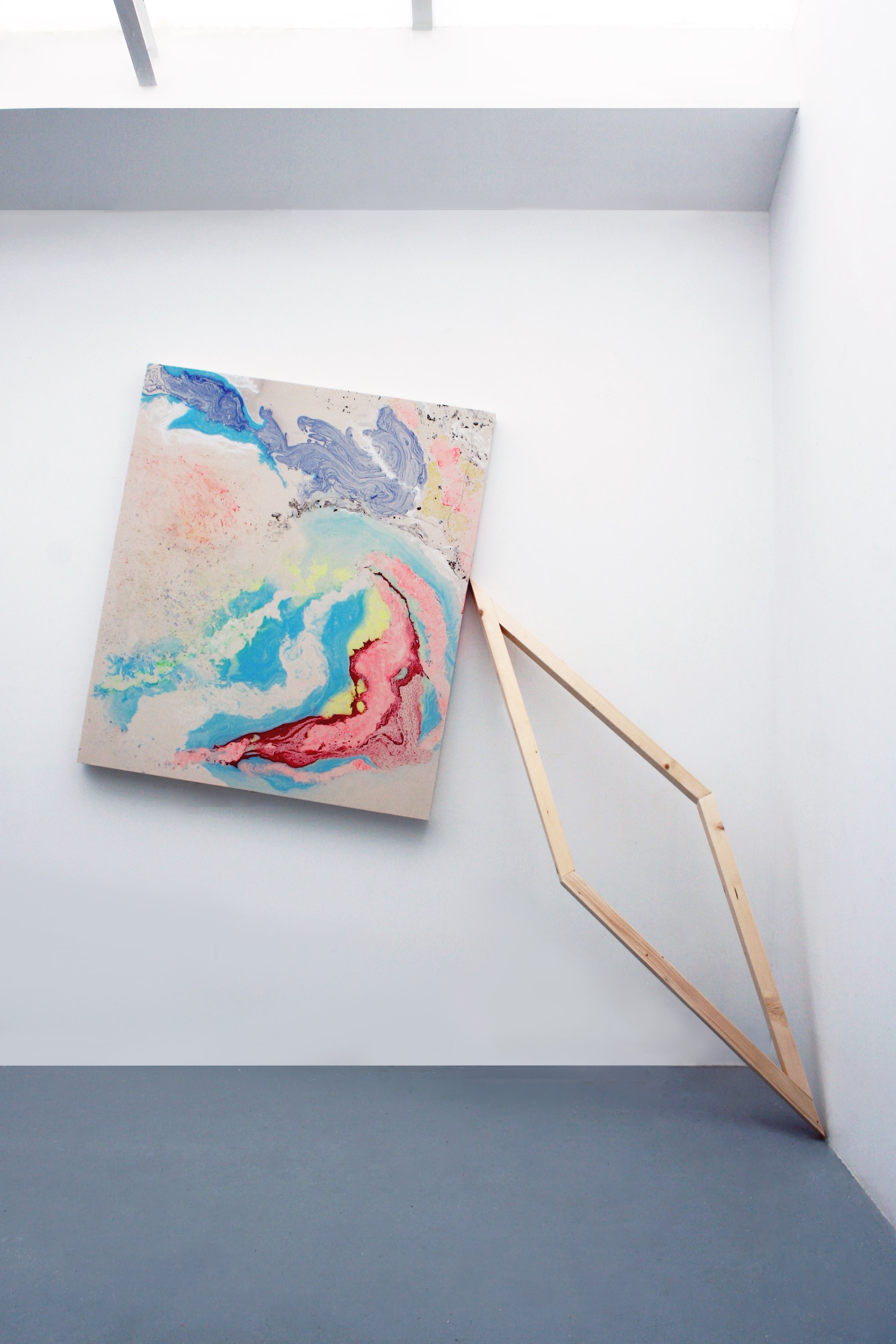
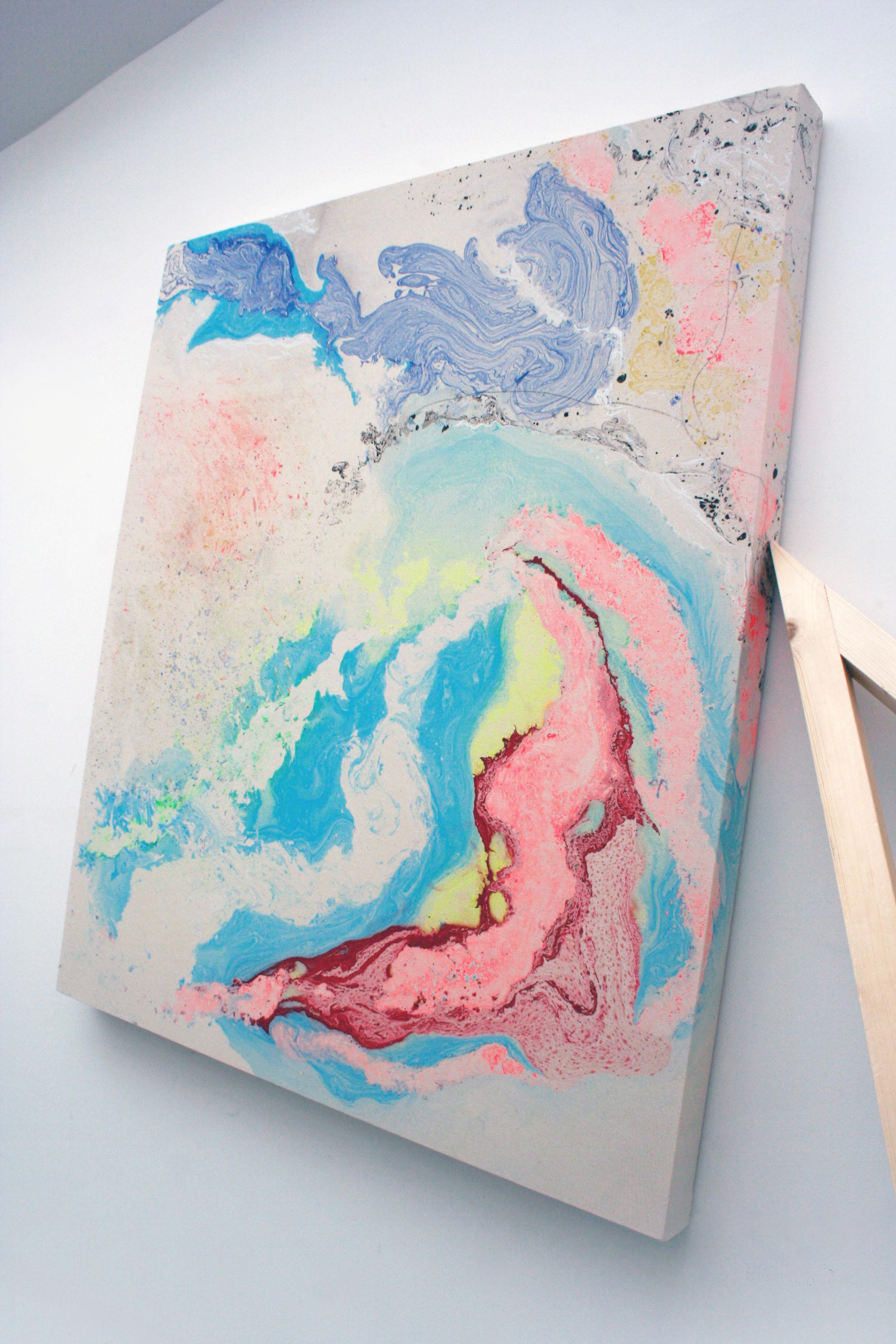
Balance #I
acrylic spray pigments & chemical solutions on canvas, wood
2014

Digital Stretcher Studies X7
acrylic spray pigments, chemical solutions on canvas, stretched on wood
93 x 85 x 10 cm
2014
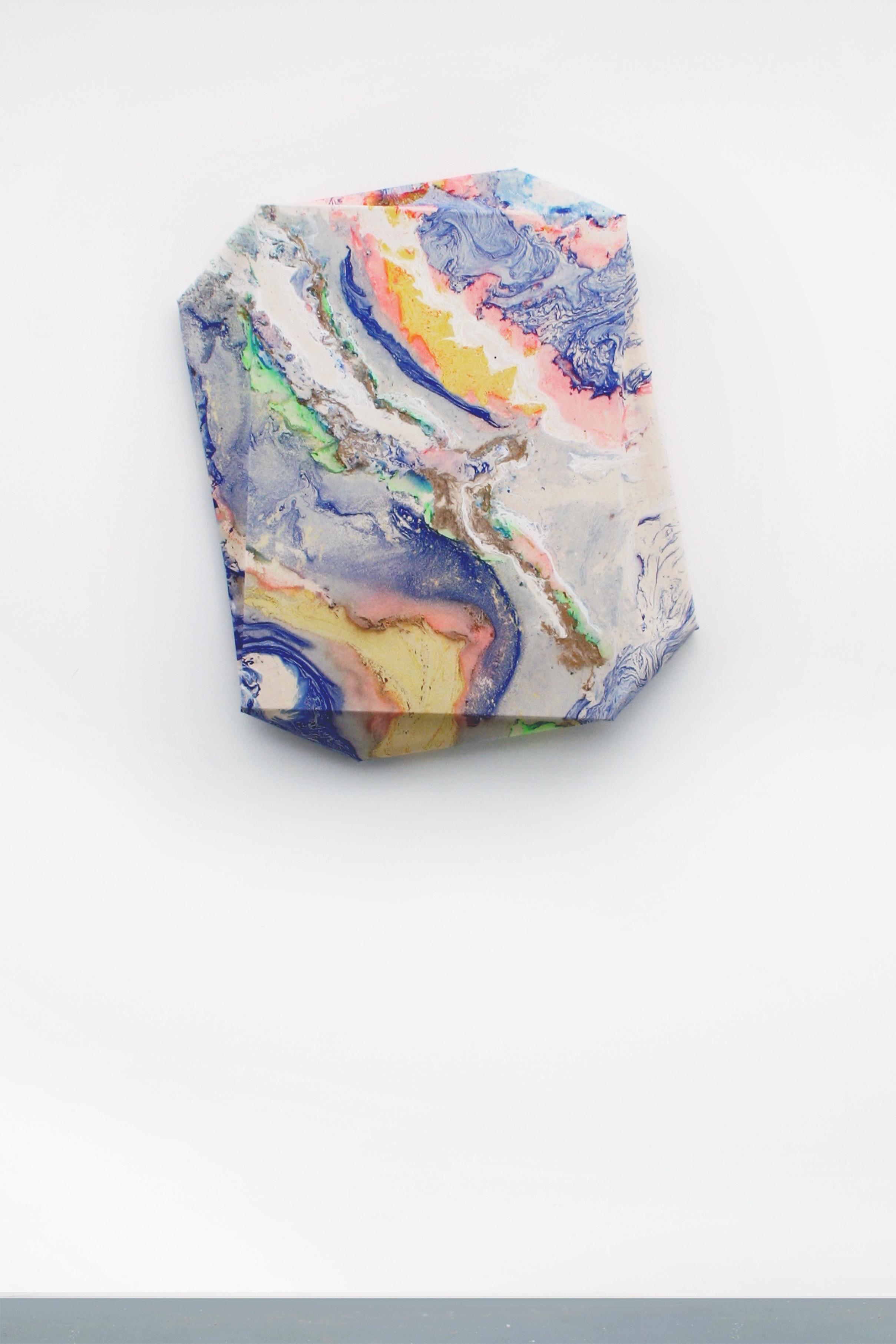

Digital Stretcher Studies X6
acrylic spray pigments, chemical solutions on canvas, stretched on wood
93 x 85 x 10 cm
2014

Digital Stretcher Studies X5 P-F
acrylic spray pigments, chemical solutions on canvas, stretched on wood
93 x 85 x 10 cm
2014

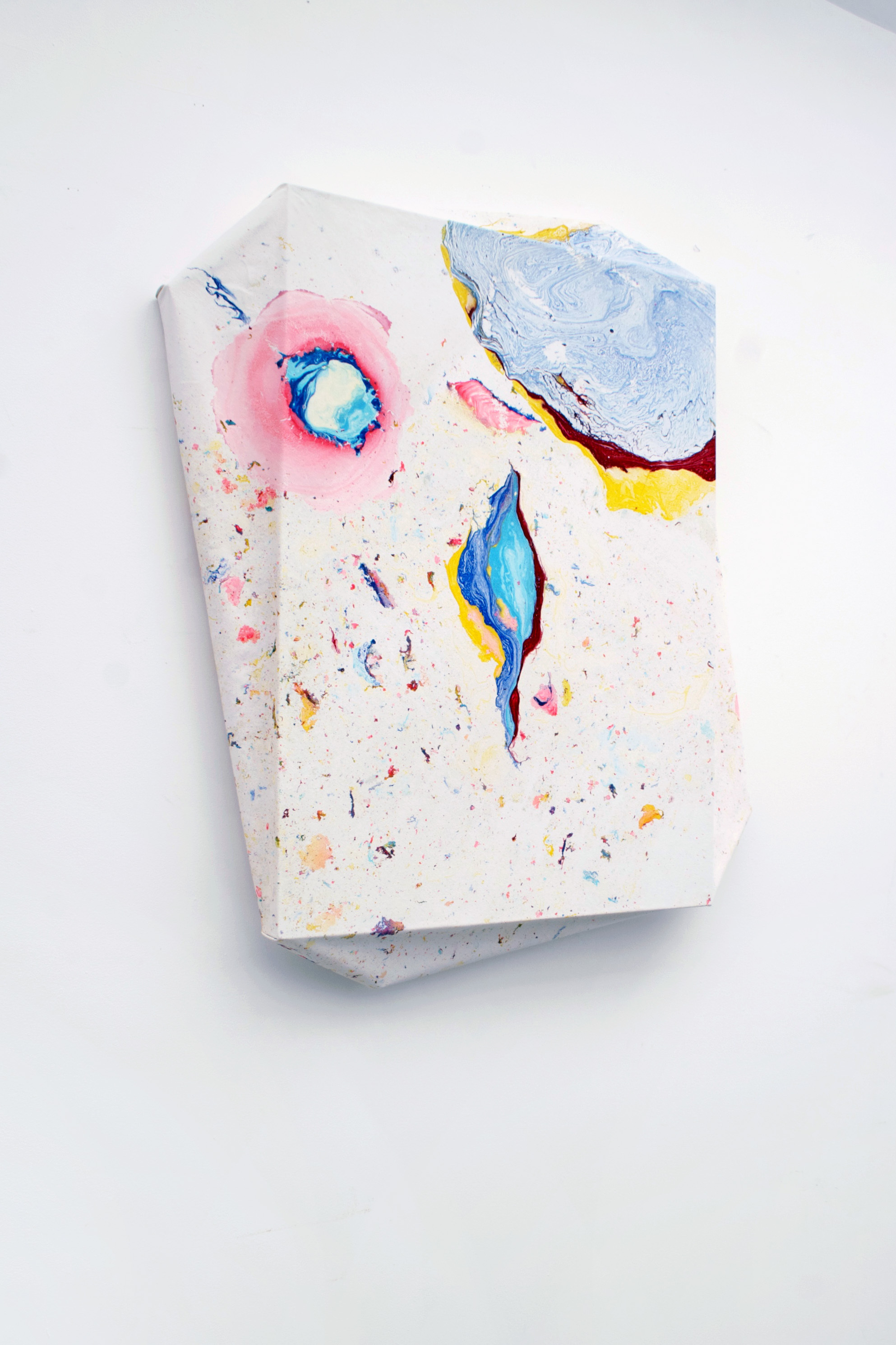
Digital Stretcher Studies X4 P-F
acrylic spray pigments, chemical solutions on canvas, stretched on wood
93 x 85 x 10 cm
2014

Digital Stretcher Studies X3
acrylic spray pigments, chemical solutions on canvas, stretched on wood
93 x 85 x 10 cm
2014

Digital Stretcher Studies X2
acrylic spray pigments, chemical solutions on canvas, stretched on wood
85 x 95 x 10 cm
2014

Digital Stretcher Studies X1
acrylic spray pigments, chemical solutions on canvas, stretched on wood
130 x 130 x 10 cm
2014

Digital Stretcher Studies X
acrylic spray pigments, chemical solutions on canvas, stretched on wood
93 x 85 x 10 cm
2014

Digital Stretcher Studies IX
acrylic spray pigments, chemical solutions on canvas, stretched on wood
90 x 135 x 10 cm
2014
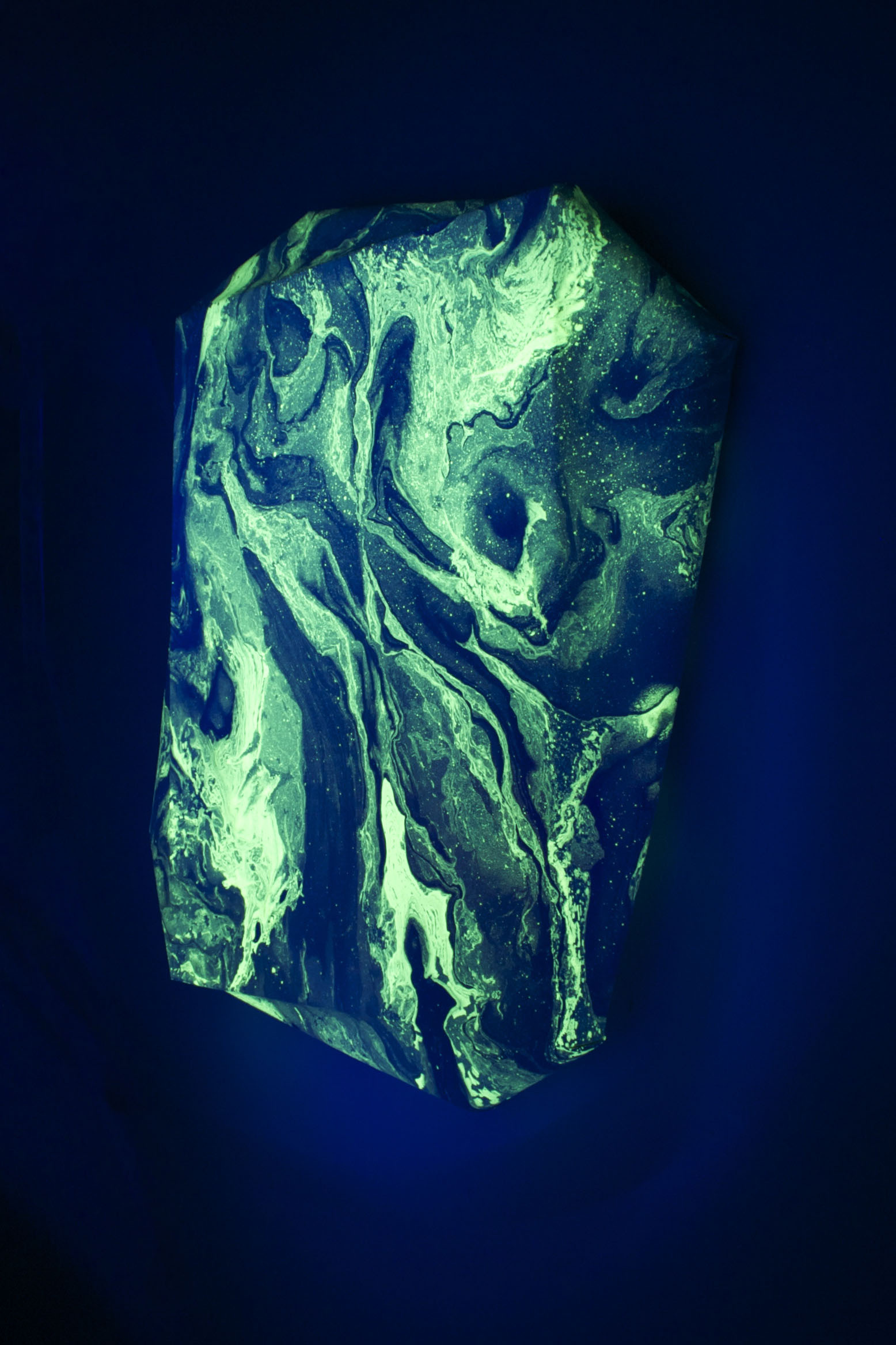


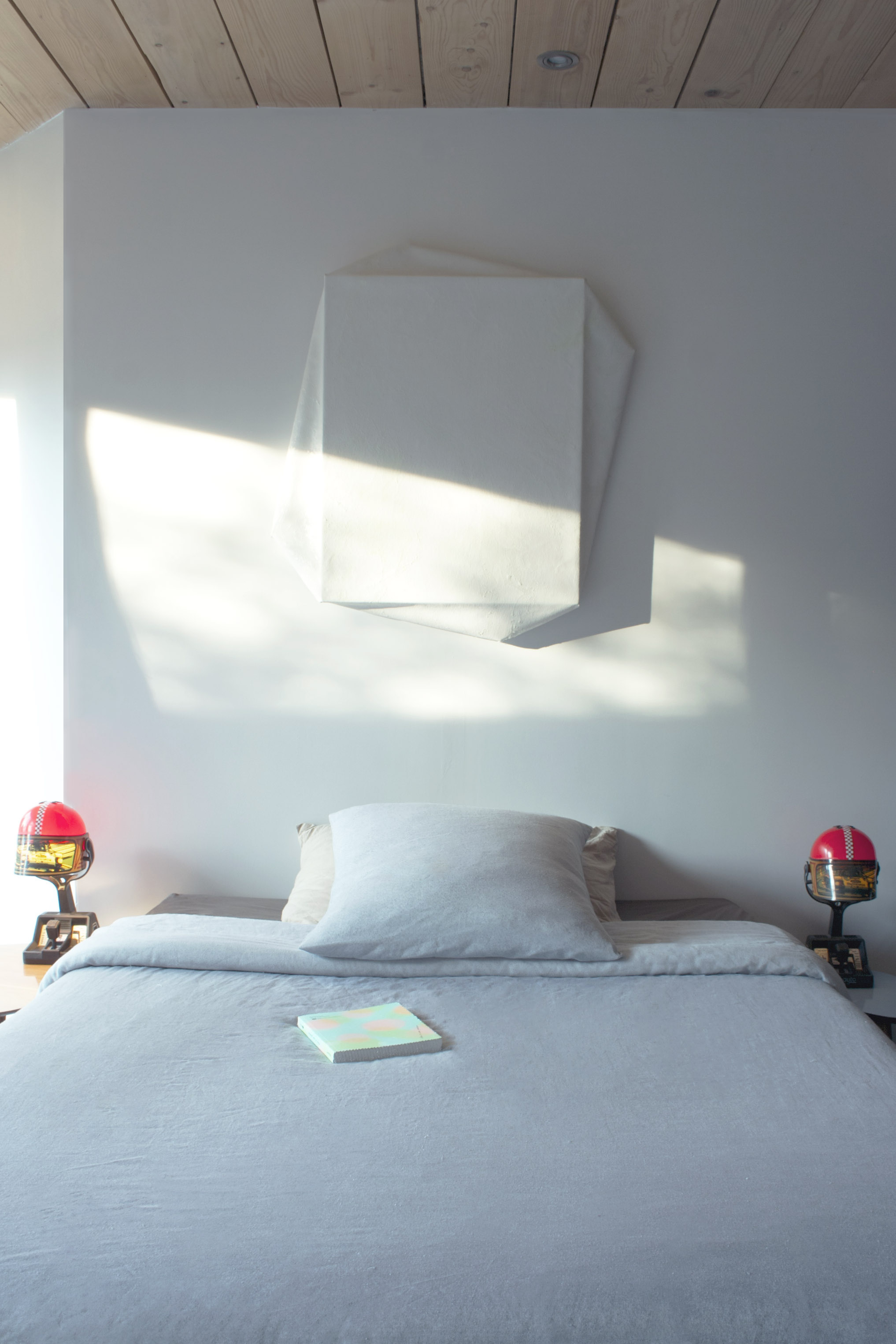

Digital Stretcher Studies Vlll H24/2
acrylic & phosphorescent spray pigments, chemical solutions on canvas, stretched on wood
90 x 82 x 10 cm
2014
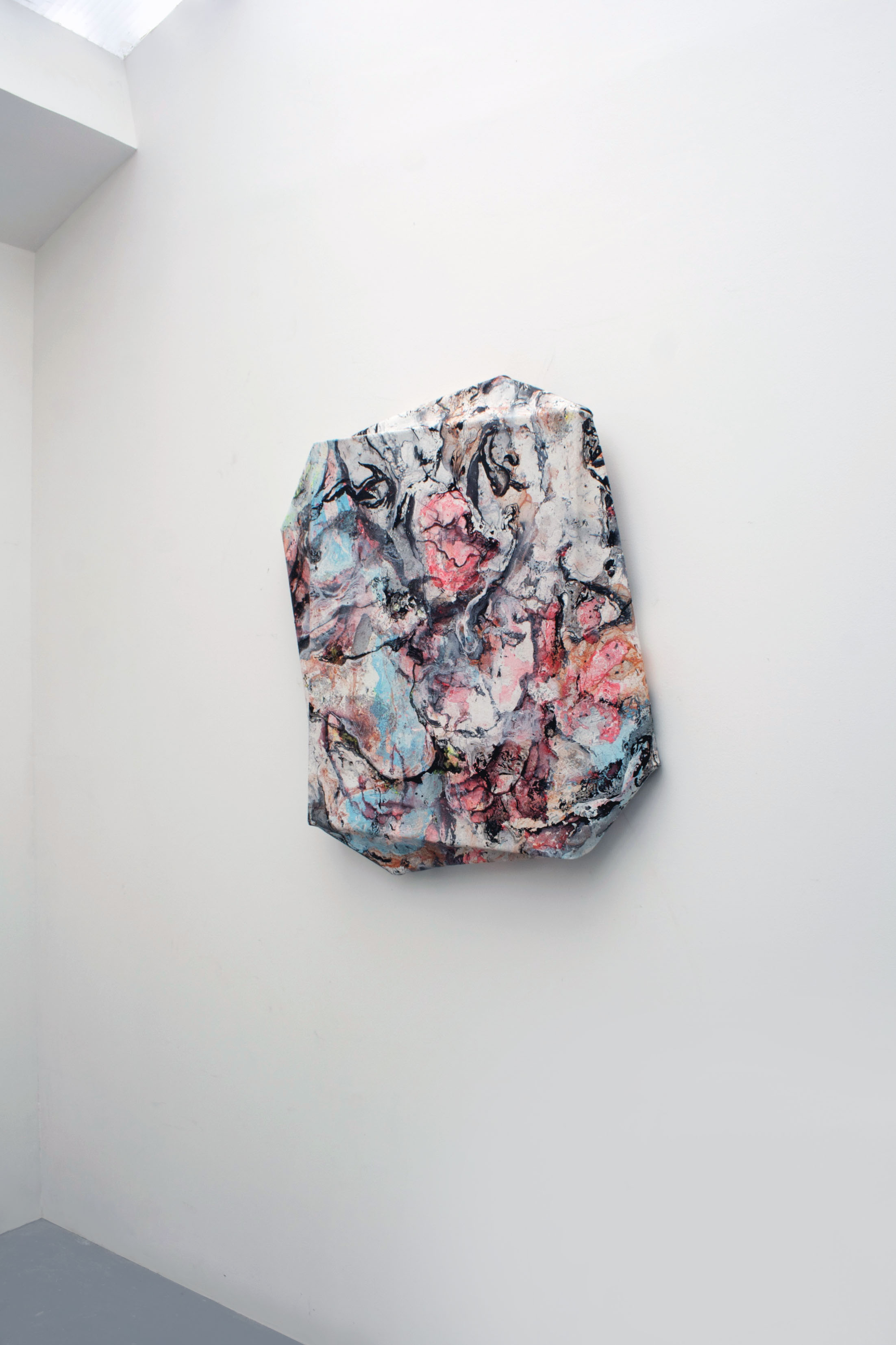

Digital Stretcher Studies VII
acrylic spray pigments, chemical solutions on canvas, stretched on wood
90 x 85 x 10 cm
2014

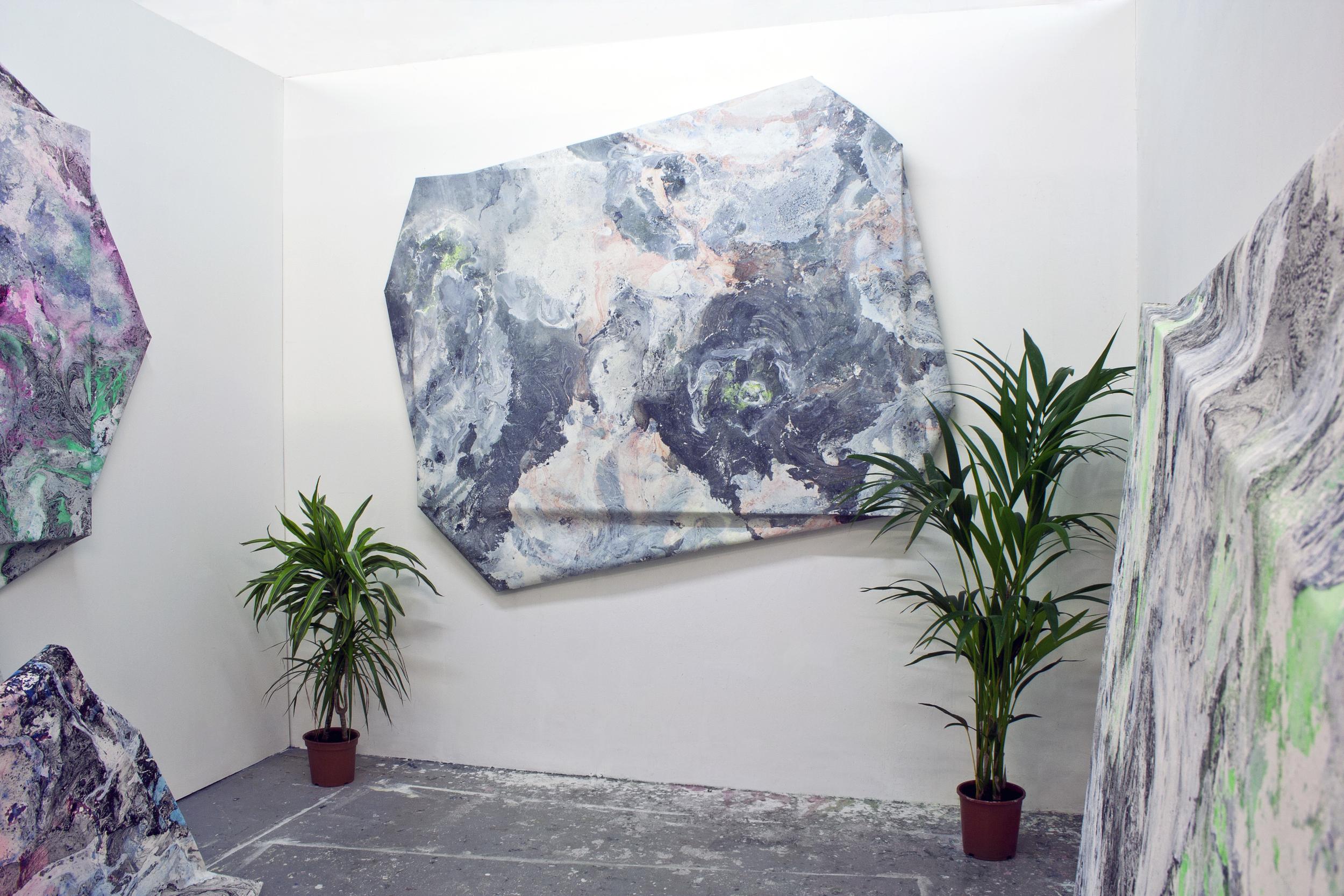
Digital Stretcher Studies VI
acrylic spray pigments, chemical solutions on canvas, stretched on wood
2014
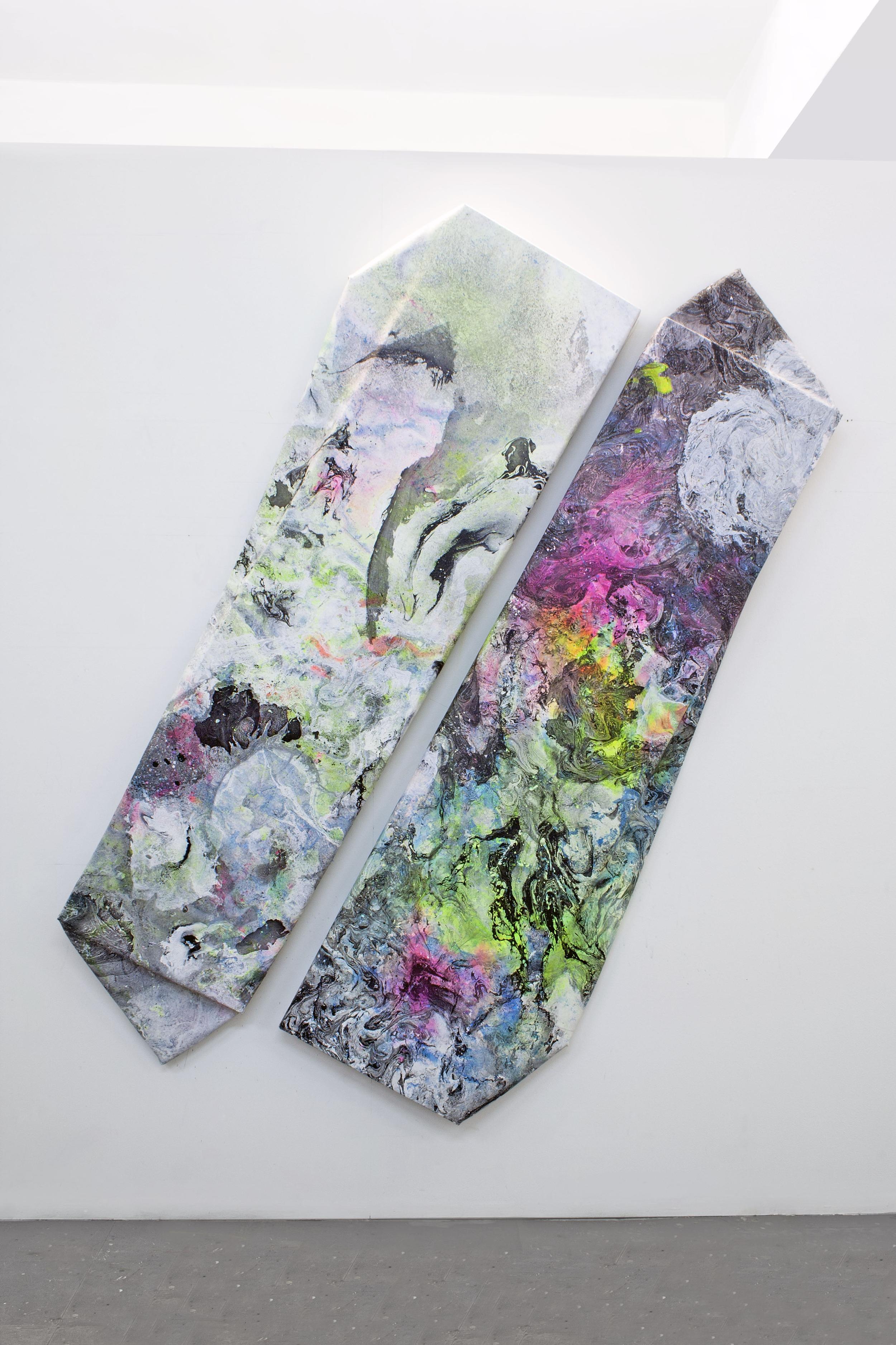
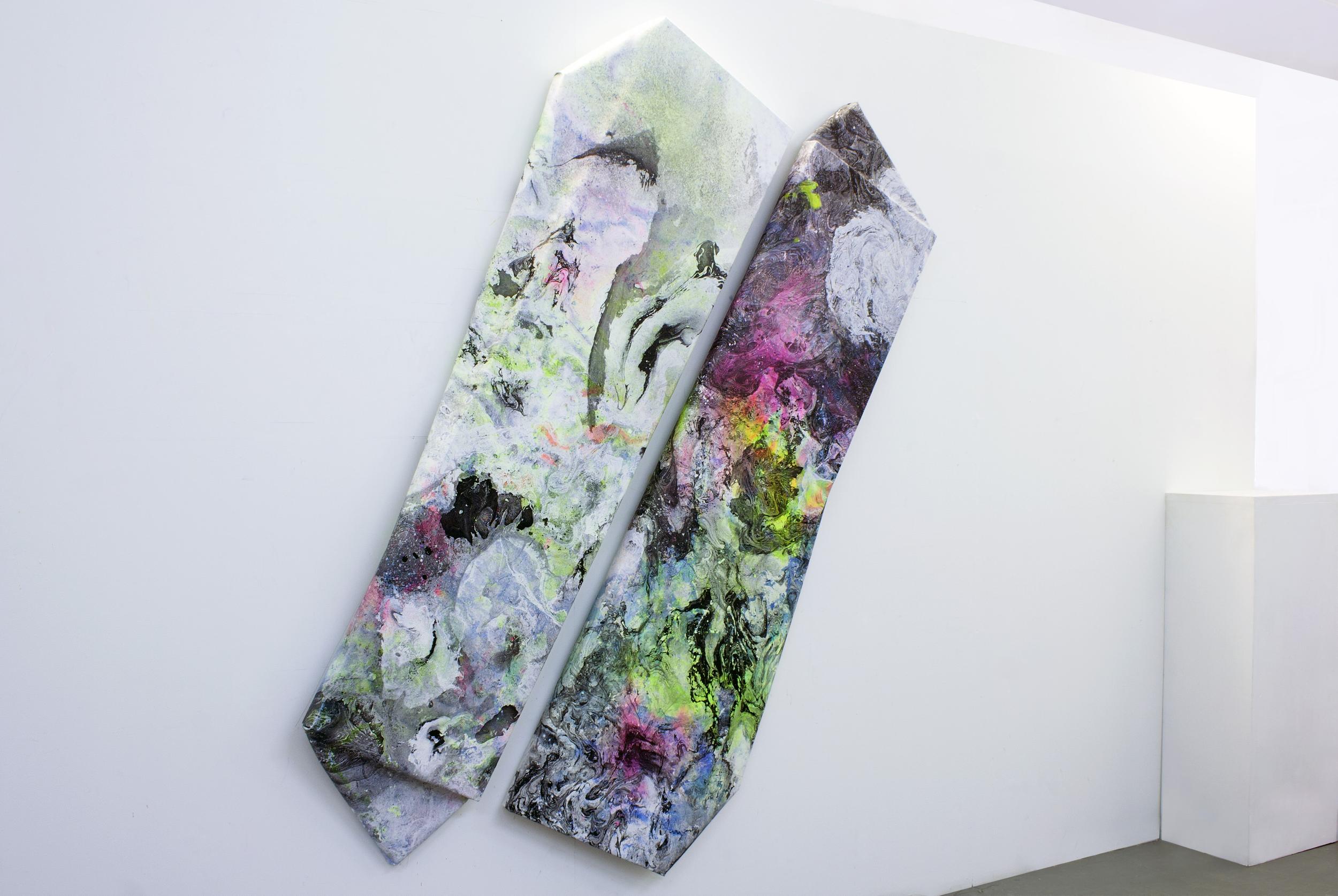
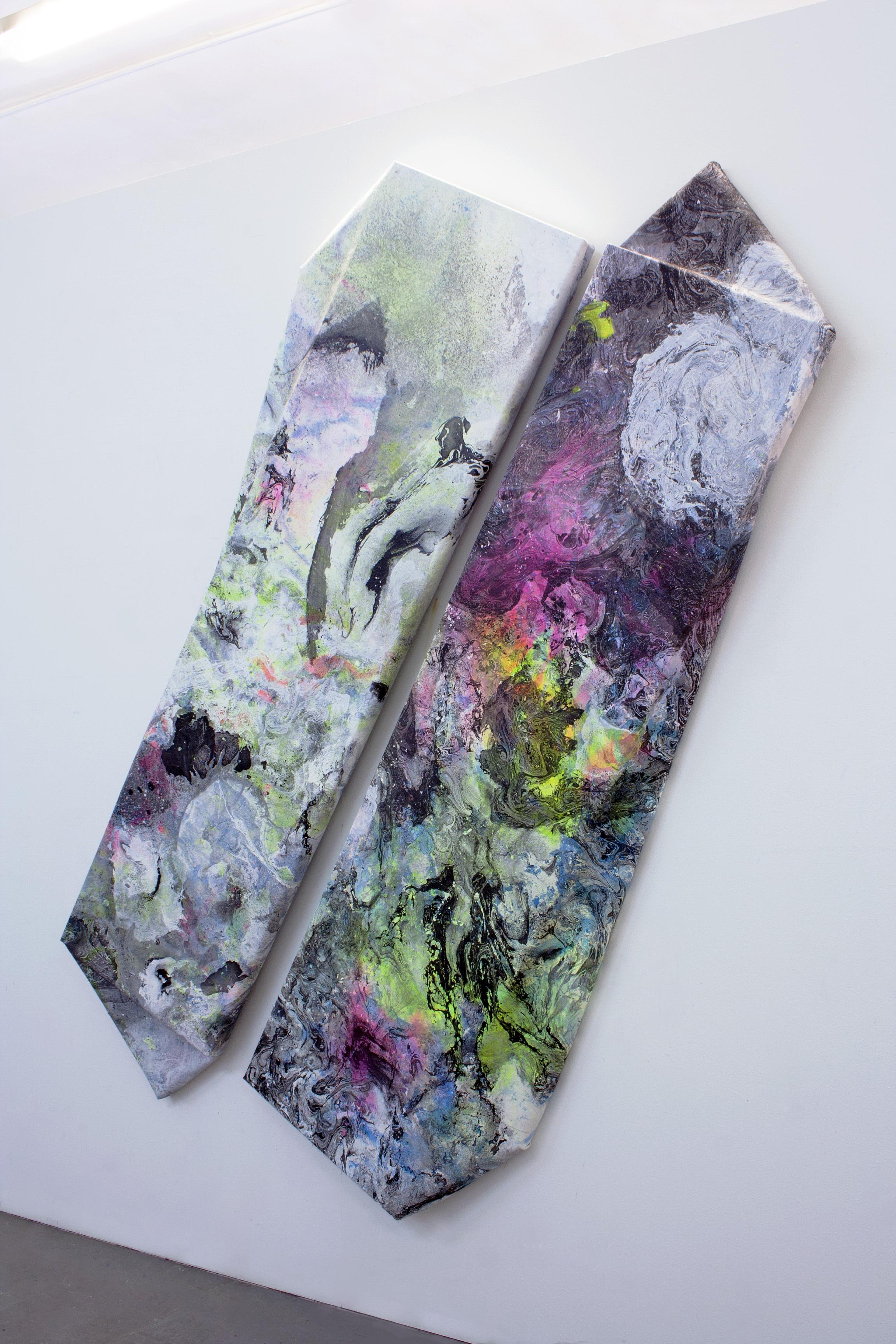
Digital Stretcher Studies V
acrylic spray pigments, chemical solutions on canvas, stretched on wood
2014
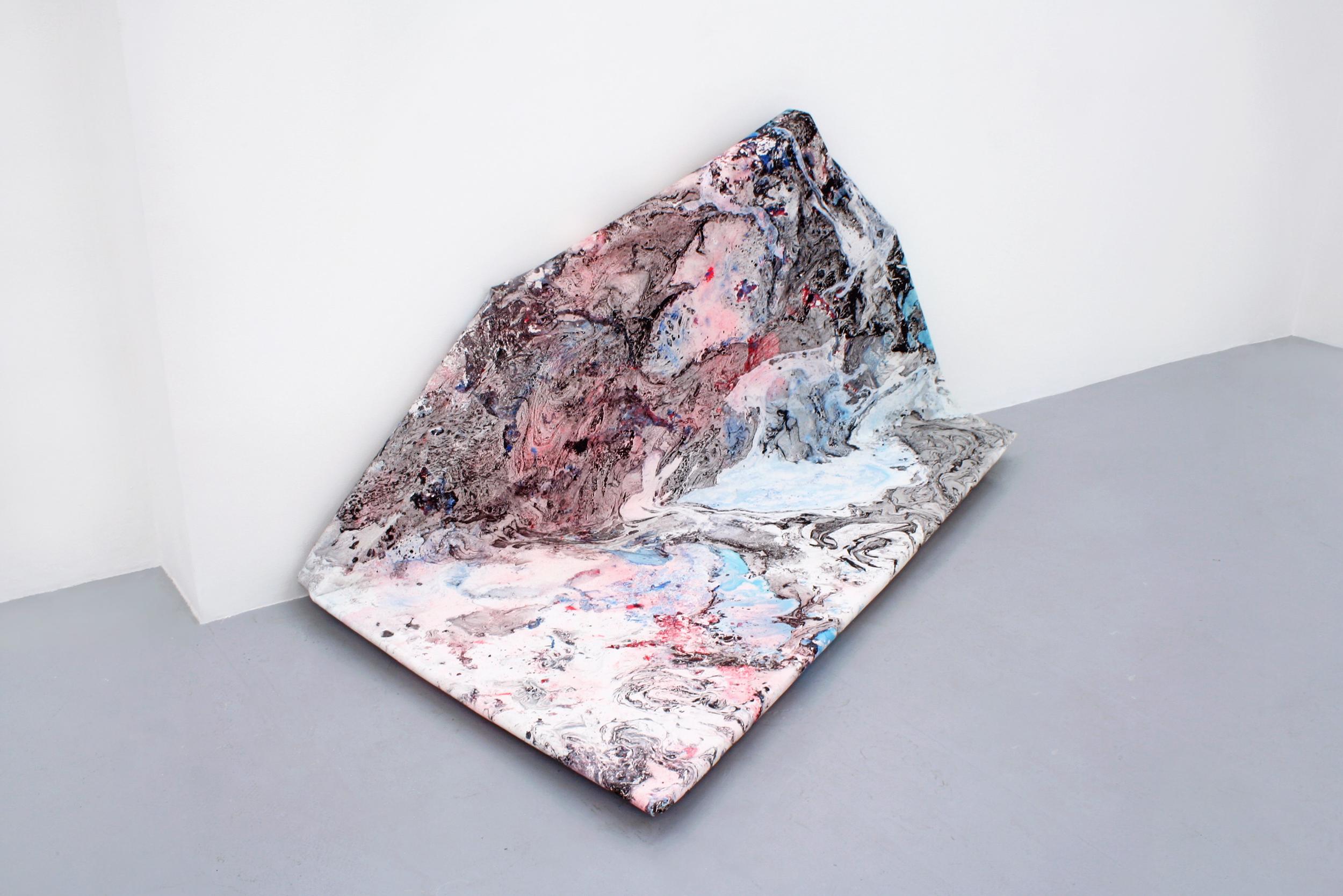
Digital Stretcher Studies IV
acrylic spray pigments, chemical solutions on canvas, stretched on wood
* x * x * cm
2014

Digital Stretcher Studies III
acrylic spray pigments, chemical solutions on canvas
140x170x10 cm
2014
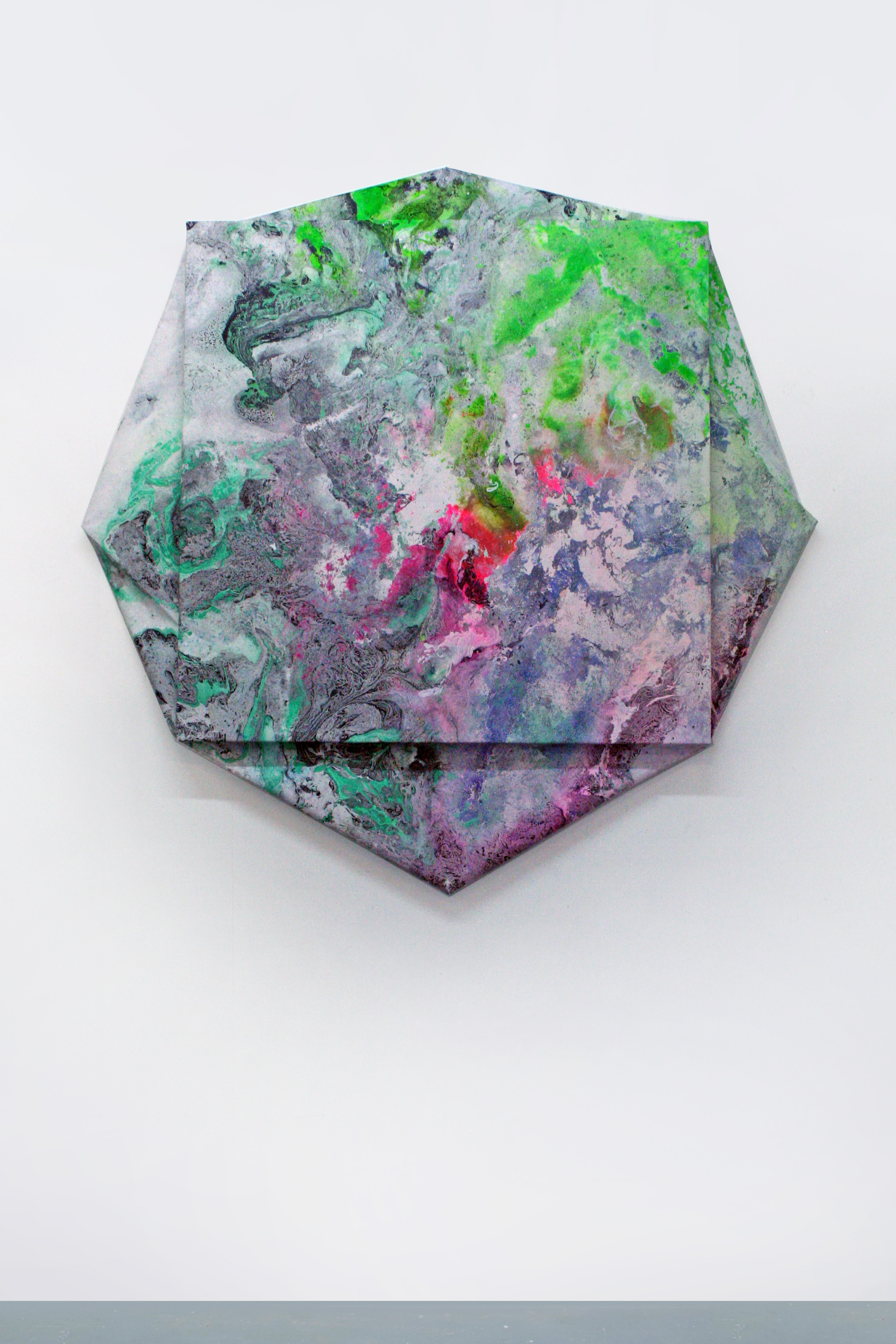
Digital Stretcher Studies II
acrylic spray pigments, chemical solutions on canvas
150 x 150 x 10 cm
2014

Digital Stretcher Studies I
acrylic spray pigments, chemical solutions on canvas
120x140x10 cm
2013

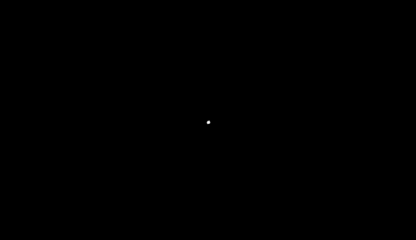
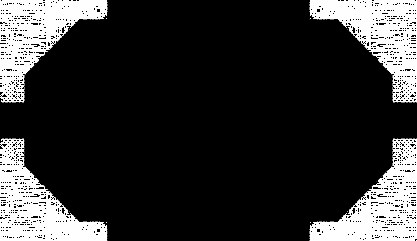
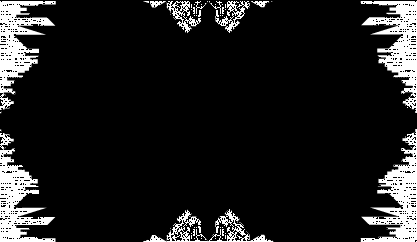

Romantico Futurism .gif


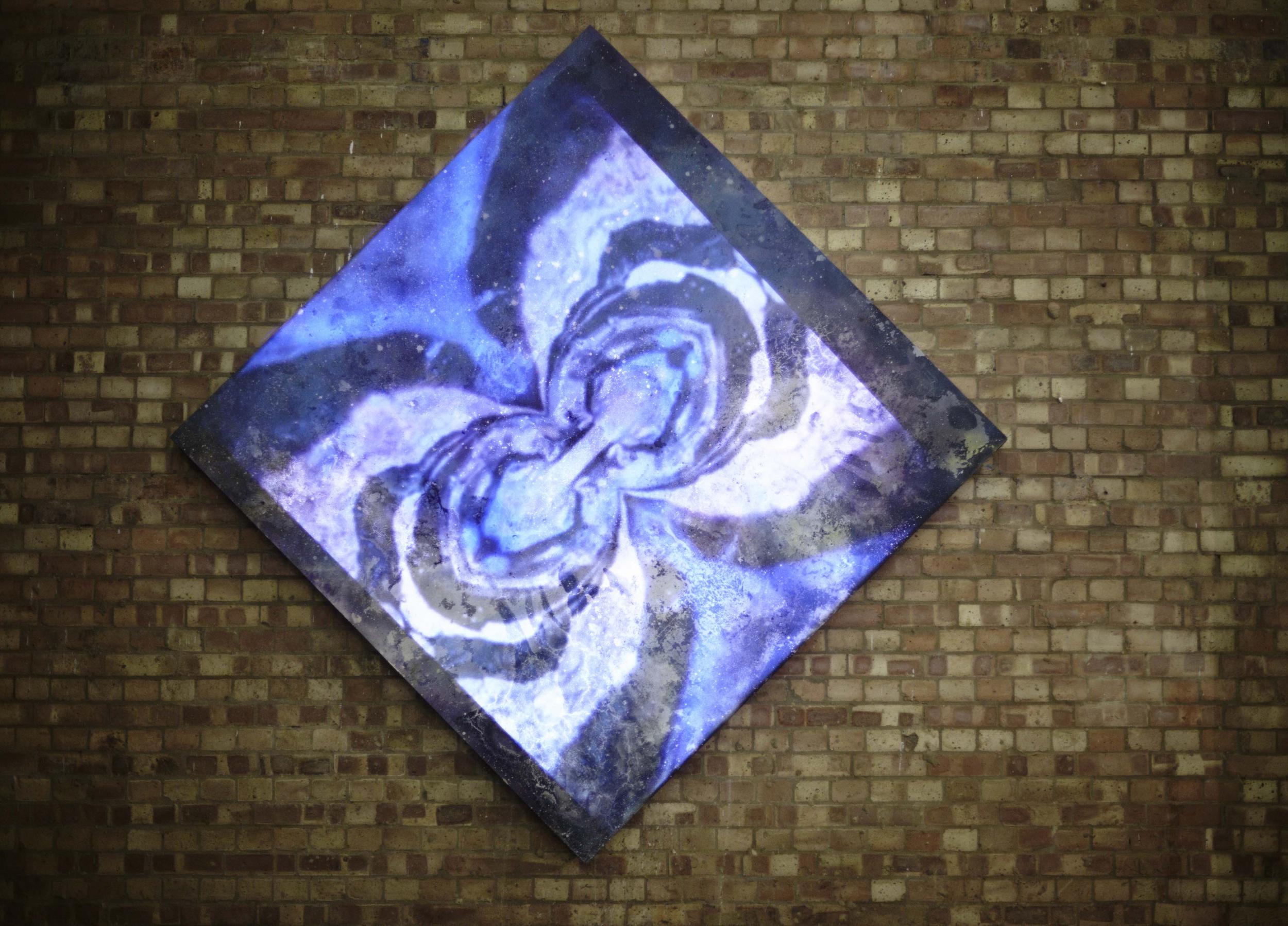
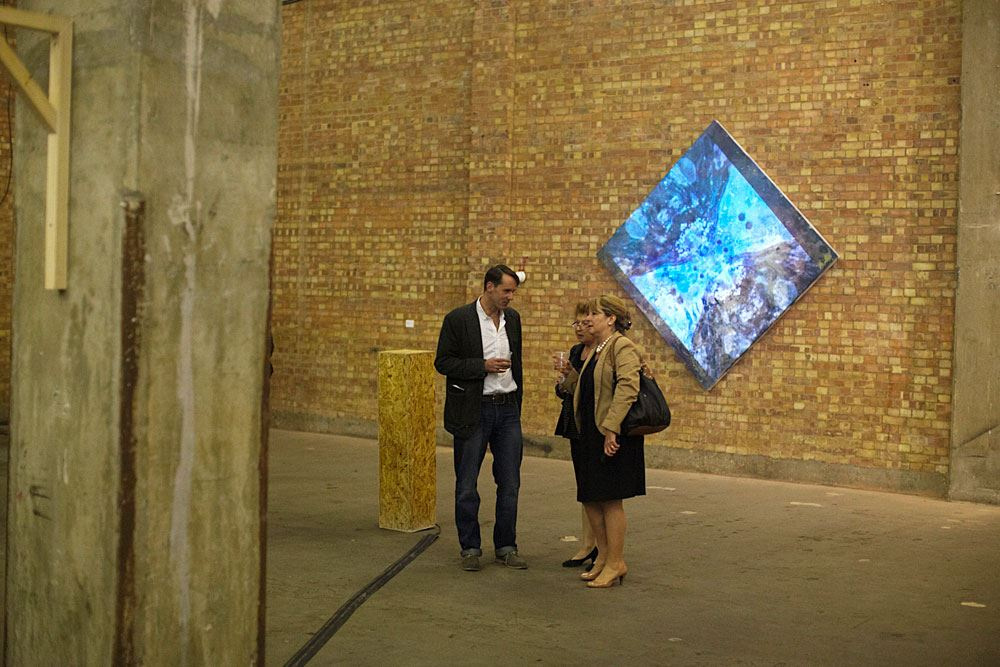
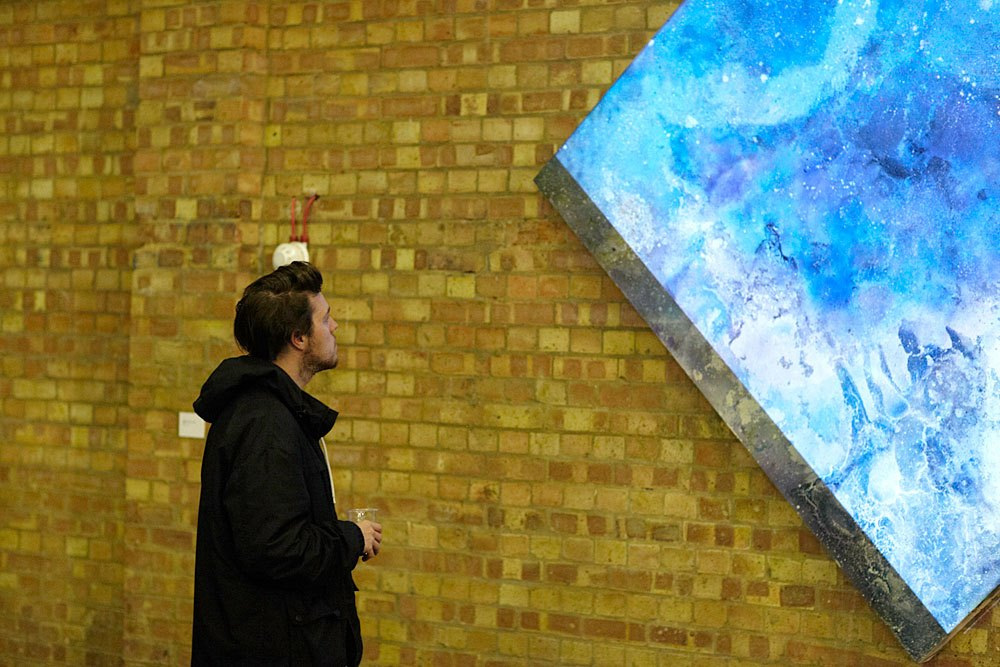
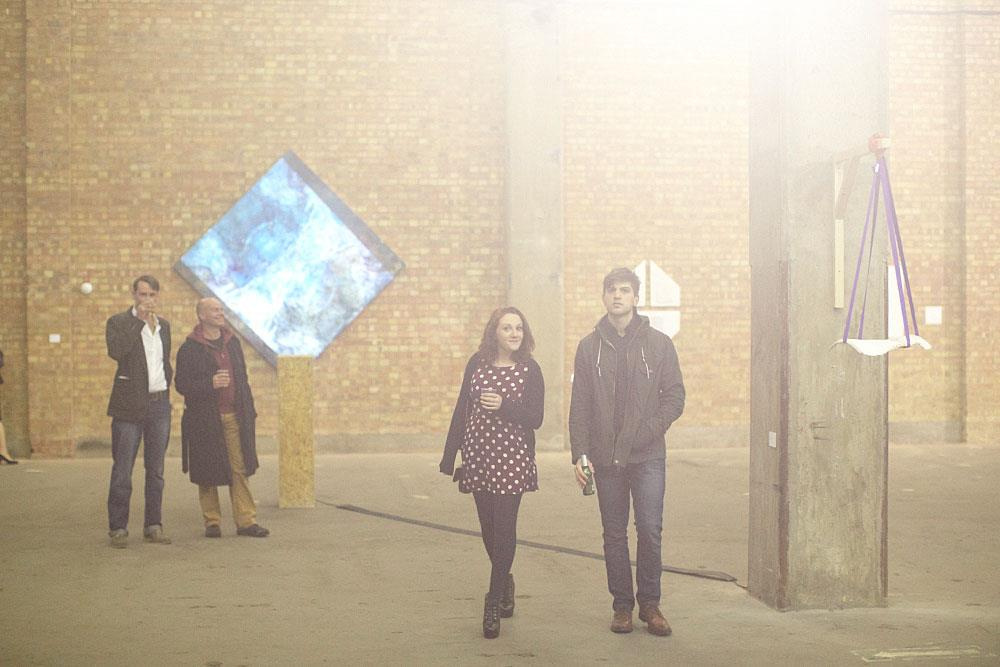
Transpainting
Mixed media installation
video projected on painted canvas
180 x 180cm
2013
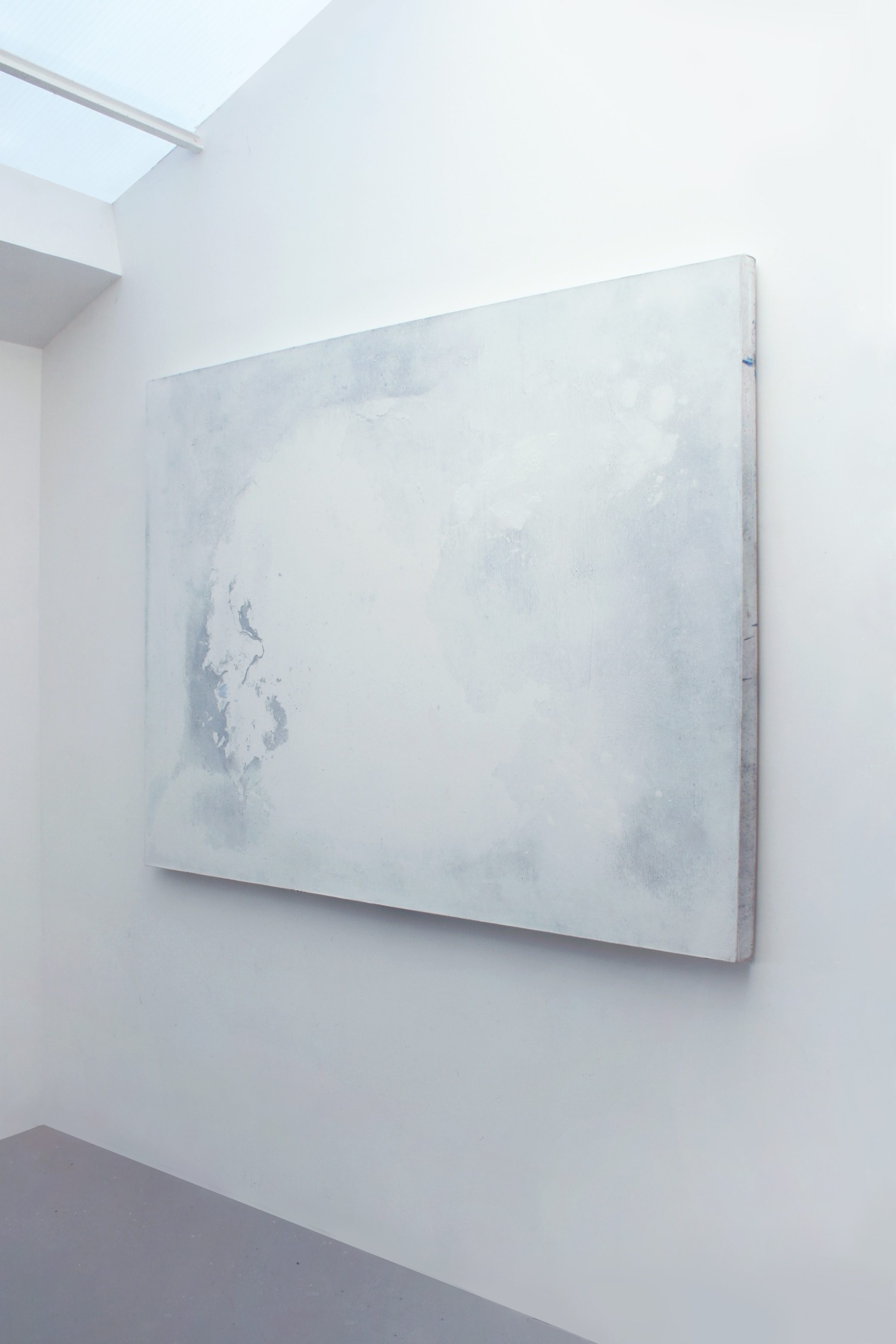
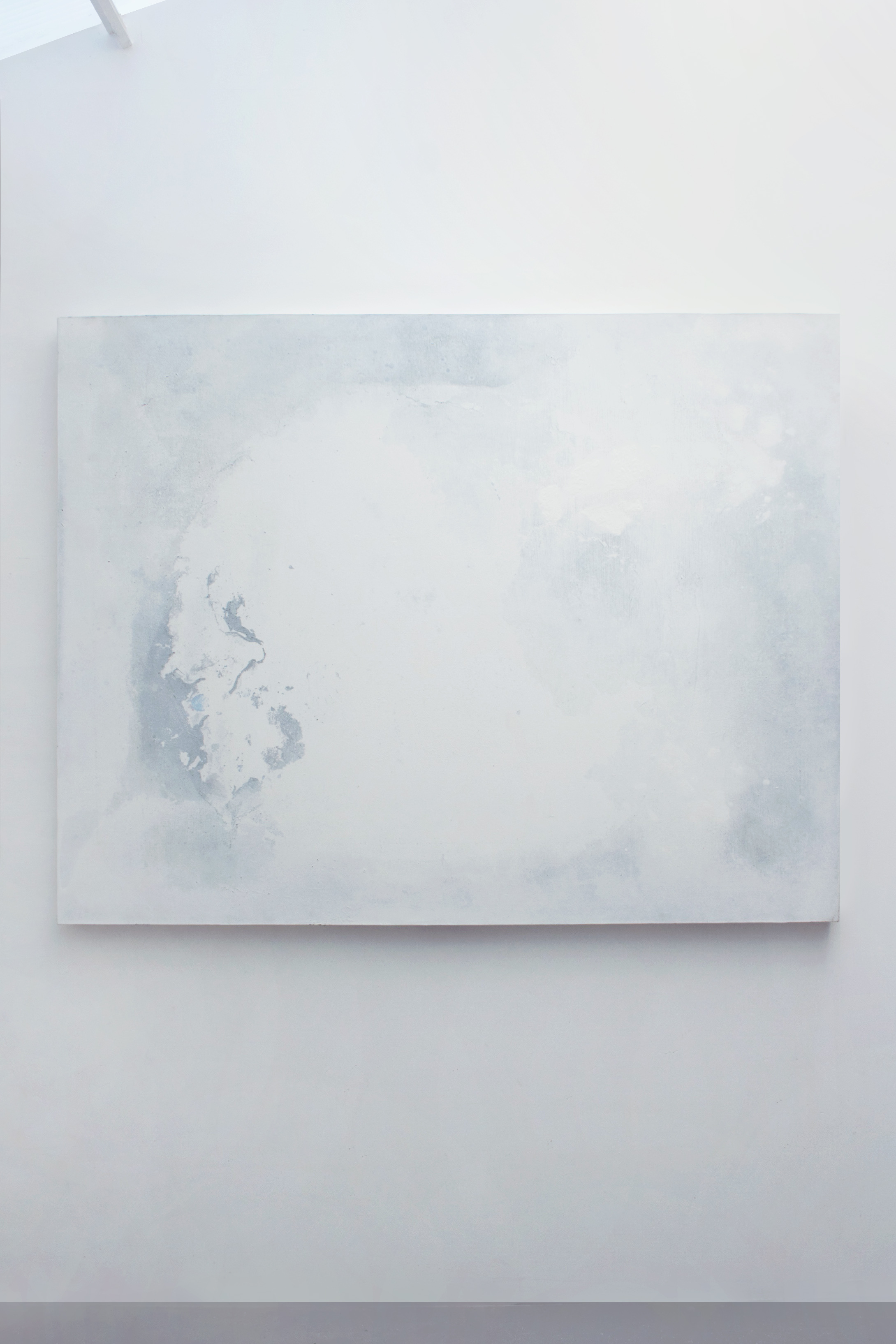
Painting "II
acrylic & water solutions on canvas
179 x 139 cm
2013
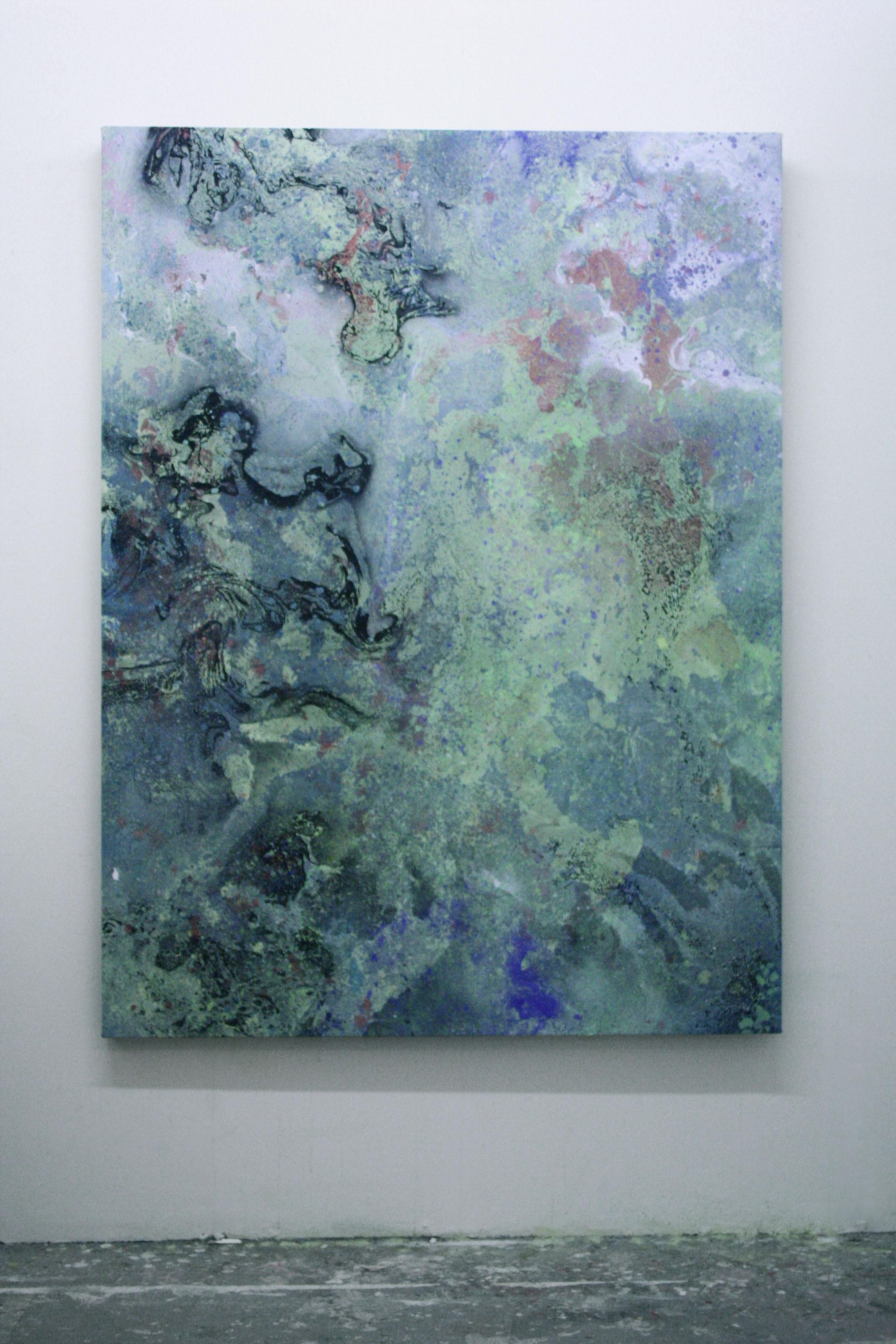
Painting "1
acrylic spray pigments, chemical solutions on canvas
160 x 120 cm
2013
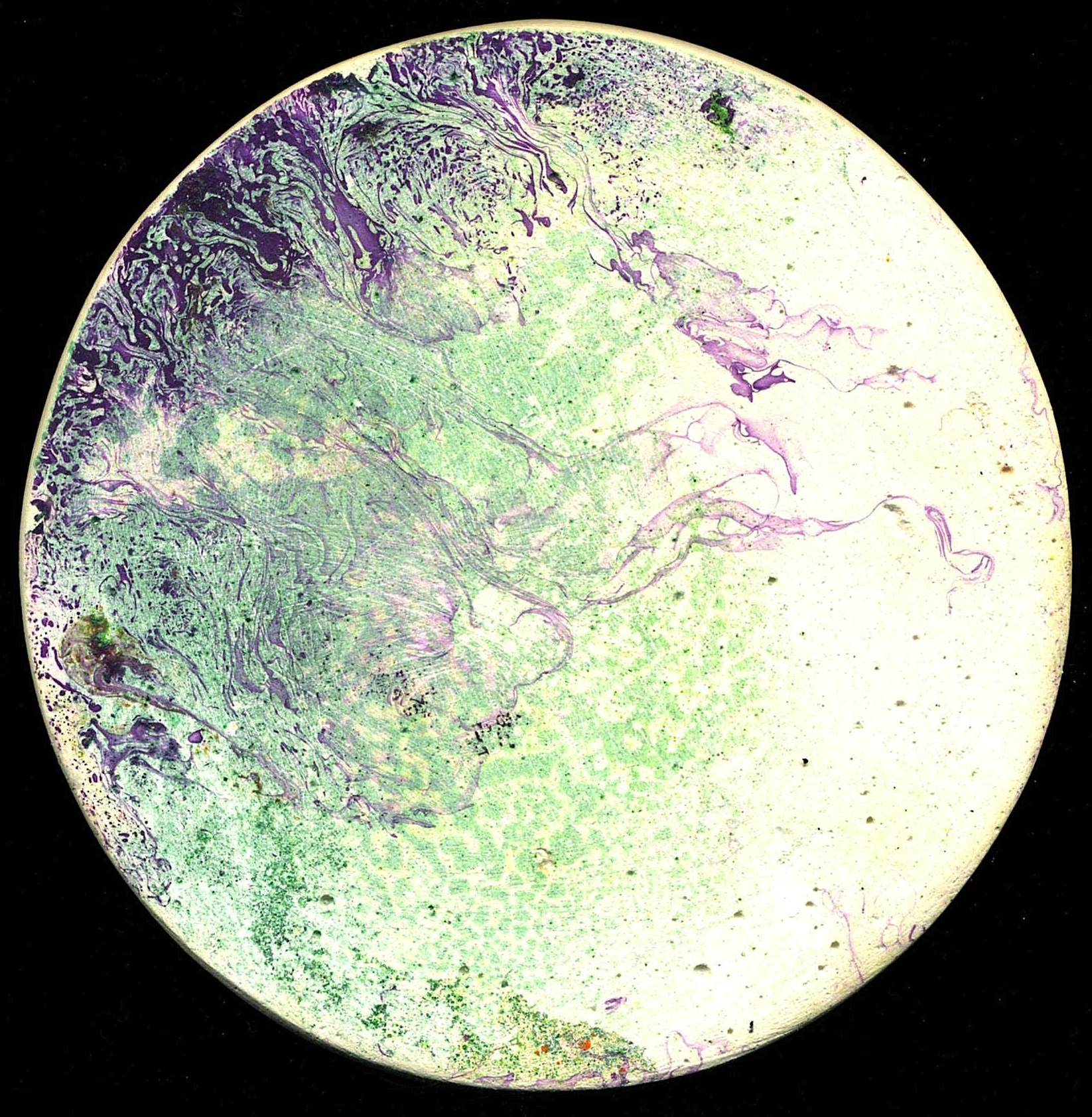


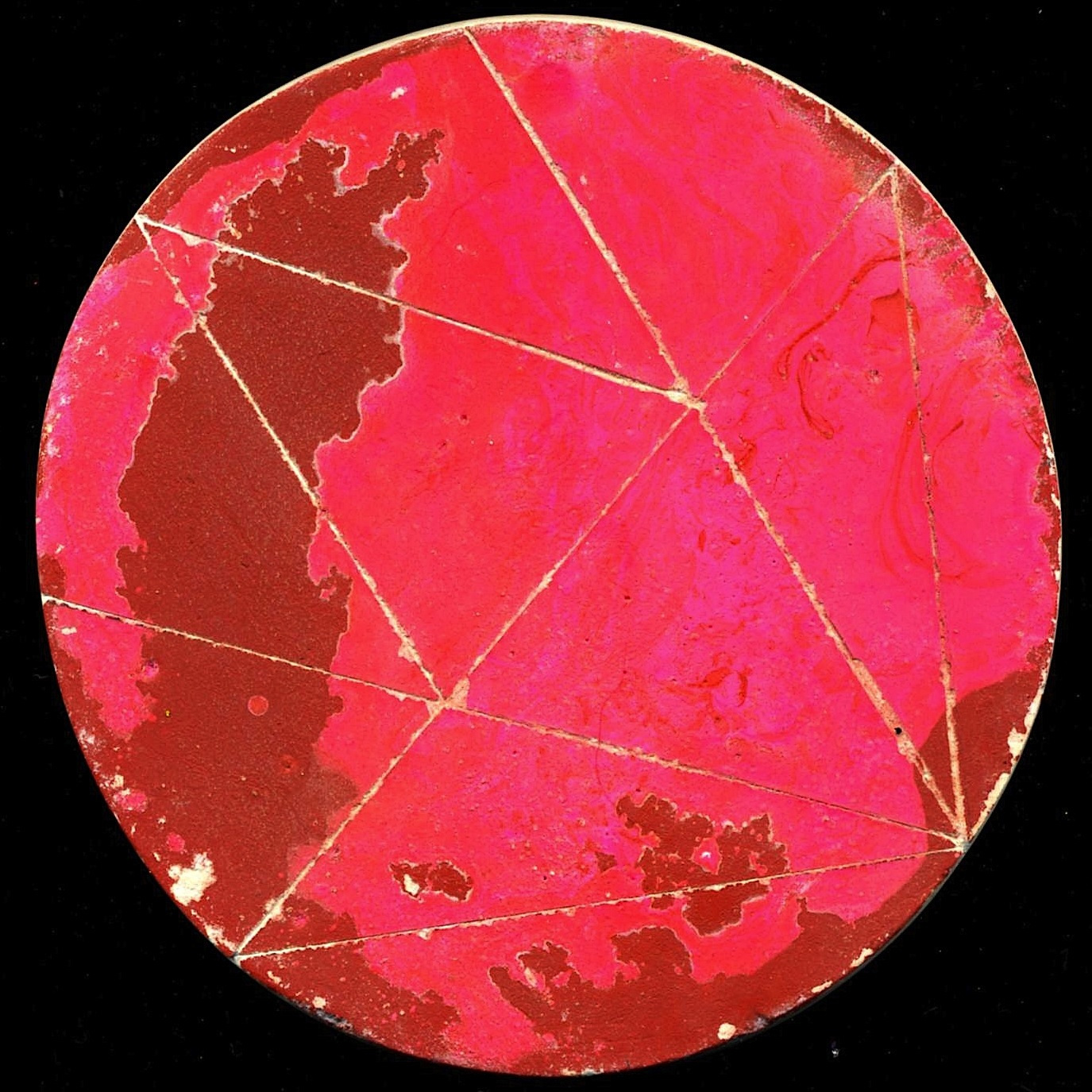
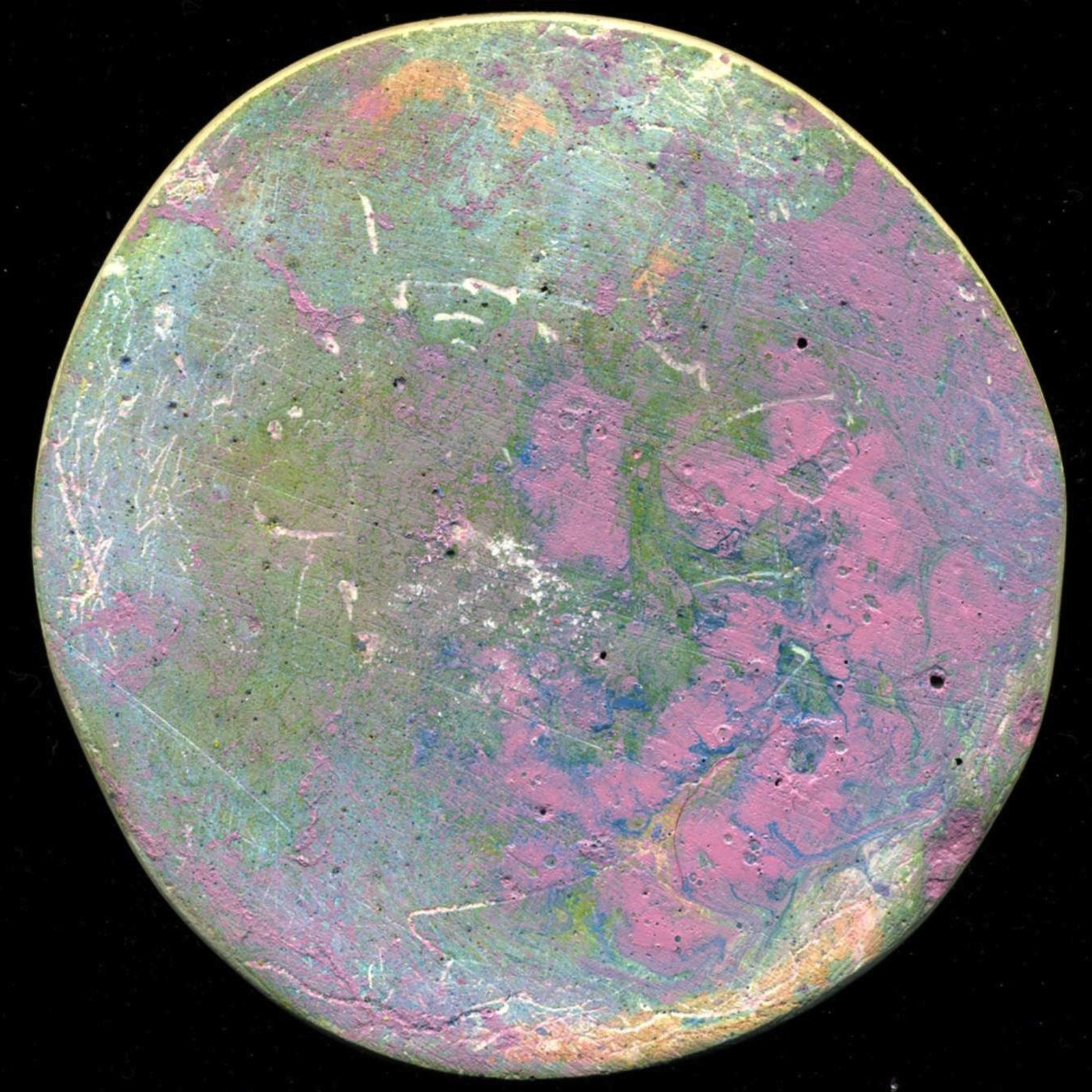
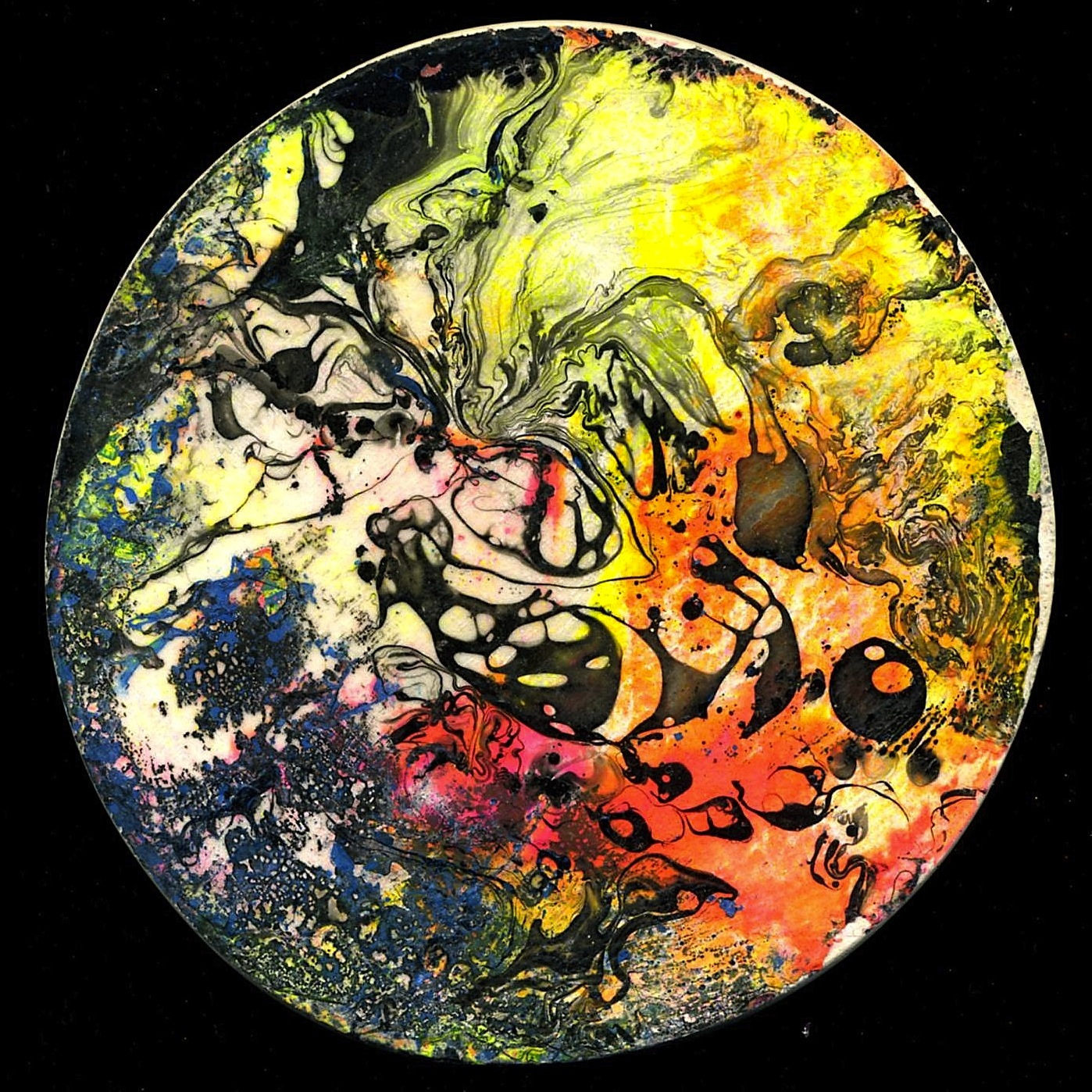
Half Spheres
acrylic & chemical solutions on plaster
15cm diam.
2011
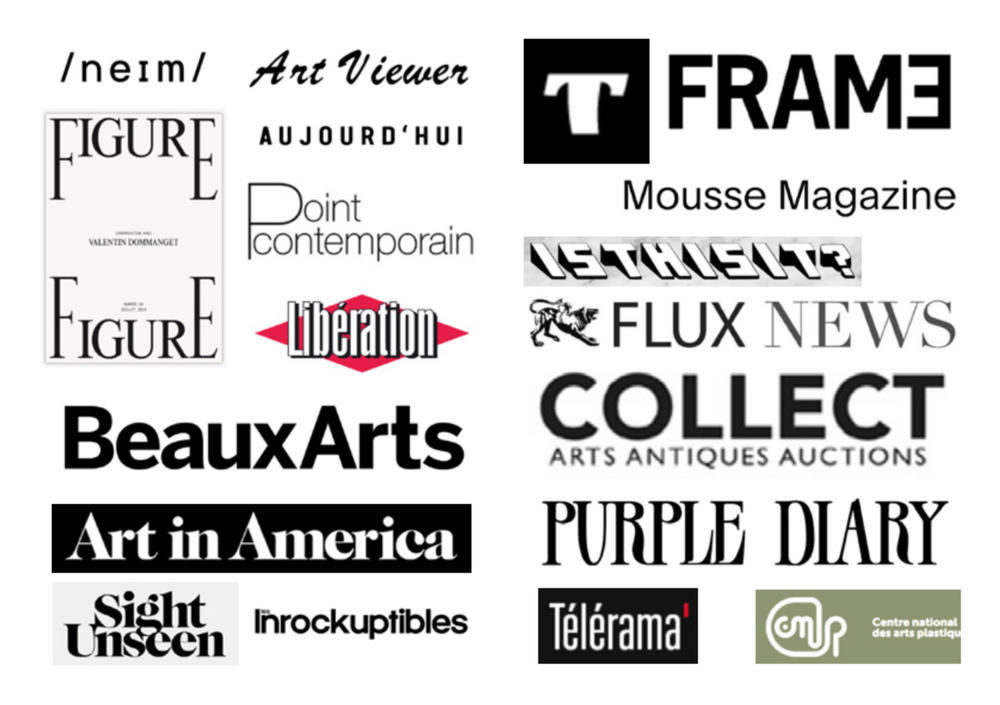
born in 1988
2009/2011 — BA Fashion Design at ENSAAMA, Paris, FR
2012/2014 — MA Fine Art at UAL Central Saint Martins School, London, UK
2014/current — Lily Robert gallery, Paris, FR
2016/2017 — co-manager at STATE OF THE ART, Berlin, DE
🔥🔥🔥🔥🔥🔥🔥🔥🔥🔥🔥
∊ℵ♄ⅈℬⅈℸⅈ⊕₪≸ ≸∊ℓ∊cℸ∊ⅆ
🔥🔥🔥🔥🔥🔥🔥🔥🔥🔥🔥
2019
upcoming_ — at Studio Unknown, Tokyo, JA
Low Res — Rue de Tanger, Casablanca, MA
Artist Residency — La Palmeraie, Bouskoura, MA
À (re)voir sans modération — at Triangle Bleu, Stavelot, BE
2018
Bienvenue.Art — with Lily Robert at Cité Internationale des Arts, Paris, FR
Feÿ Rencontres d'Arts — at Château du Feÿ, Villecien, FR
40 Ans de Passion — collection show by David Brolliet at Fondation Fernet Branca, St-Louis, FR
ESC(ape)/CTRL — solo show curated by Domenico de Chirico at Lily Robert, Paris, FR
2017
All-Star Auction Show — at State of the Art, Berlin, DE
Alliage — at l'ARC Museum, Le Creusot, FR
The Museum Has Abandoned Us — curated by isthisit? at State of the Art, Berlin, DE
Terre Fertile — at Triangle Bleu, Stavelot, BE
There — solo show at Display, Berlin, DE
State of the Art — at Lily Robert, Paris, FR
O.S. — at State of the Art, Berlin, DE
2016
Luxembourg Art Week — with Triangle Bleu gallery, Luxembourg, LUX
How to make an Exhibition — solo show at Triangle Bleu, Stavelot, BE
Summer Show #1 — at Lily Robert, Paris FR
The Mercury Theatre / @Erobotism — Instagram reality show created by Elsa Philippe, WWW
En Piste! — at BAL Museum, Lièges, BE
How to make an Exhibition (Part 1/2) — at Le Châssis / Les Barreaux, Paris FR
Videos — at State Of The Art, Berlin DE
WTCO — curated by Jonathan Taieb, Paris FR
Only Lovers — curated by Timothée Chaillou at Le Coeur, Paris FR
Bricks & Clicks / The Mercury Theatre — curated by Le Châssis / Elsa Philippe at Christophe Gaillard gallery, Paris FR
2015
Art is Hope — curated by René-Julien Praz at Piasa, Paris FR
Art Auction / Salon de Montrouge, Paris FR
Luxembourg Art Week — with Triangle Bleu gallery, Luxembourg, LUX
Inauguration of the Pleasure Dome — curated by Benjamin Bianciotto at Lily Robert gallery, Paris FR
YIA art fair — with Lily Robert gallery, Paris FR
Thanks Esbama! — curated by Judicael Lavrador at ESBAMA, Montpellier FR
Ça Charge — curated by Judicael Lavrador at Drawing Room, La Panacée, Montpellier FR
This New Feeling — curated by Culture, Criticism and Curation, at Central Saint Martins, London GB
60ème Salon de Montrouge, Montrouge FR
ArtBrussels — with Triangle Bleu gallery, Brussels BE
Forms Follow Information — curated by Roman Moriceau & Derouillon gallery, at Biennale Internationale, St-Etienne FR
YIA La Confidentielle — with O.R. gallery, Paris FR
ArtGenève — with O.R. gallery, Geneva CH
Digital Stretcher Studies — solo show at Galerie Olivier Robert, Paris FR
2014
Far In Out — curated by Jérôme Lefèvre, at Triangle Bleu, Stavelot BE
Stop it ! — Postgraduate Show at Central Saint Martins, London UK
Live In Your Dreams ! — curated by Stéphane Verlet, at the Crypt of St Pancras Church, London UK
2013
Big Space Exhibition — at The Street CSM, London UK
Tomorrow, I'll be Elsewhere — curated by Sonja Vrkati and Noemi Niederhauser at Royal Academy of Art, London UK
Art Auction / CSM — at Lethaby Gallery, London UK
Metamorph — at Hoxton Garage, London UK
In Transit — at V22, London UK
📚✨📚✨📚✨📚✨📚✨
📚✨ ℘☈∊≸≸✨≸∊ℓ∊cℸ∊ⅆ 📚✨
📚✨📚✨📚✨📚✨📚✨
- Neim — #Sept 2018 - Story /Valentin Dommanget/
- Figure Figure — #July 2018 - Conversation Avec Valentin Dommanget
- Art Viewer — #Feb 2018 - Valentin Dommanget at Lily Robert
- Aujourd'hui.pt — #Feb 2018 - ESC(ape)/CTRL
- Point Contemporain — #Feb 2018 - En direct de l'exposition
- Tzvetnik — #Feb 2018 - ESC(ape)/CTRL
- Mousse Magazine — #Feb 2018 - Domenico de Chirico - ESC(ape)/CTRL
- Libération — #Feb 2018 - Valentin Dommanget, Châssis Croisés
- Beaux Arts Magazine — #404 Feb 2018 - Judicaël Lavrador - Quand la peinture déborde
- Isthisit? Magazine — #3 2017 - Bob bicknell Knight - issue_3
- Beaux Arts Magazine — #396 June 2017 - Judicaël Lavrador -
Qui sont les stars de demain ?
- Mousse Magazine — #Apr 2017 - Ingrid Luquet-Gad - SOTA
- Flux News Magazine — #Sept 2016 - Lino Polegato - HTMAE?
- Collect AAA — #465 Sept 2016 - G. Gribaumont - HTMAE
- Purple Magazine — #June 2016 - Summer Show #1
- Frame Magazine — #107 Nov / Dec 2015 - Floor Kuitert - The Real Deal?
- Art In America — May 2015 - Paul b. Franklin - Valentin Dommanget
- Project Art Now — Amber Little - Valentin Dommanget
- Sight Unseen — Monica Khemsurov - Eye Candy
- Les Inrockuptibles — #999 - Judicaël Lavrador - Peinture Furtive
- Télérama — Laurent Boudier - Digital Stretcher Studies review
- Kunstbeeld — Nanda Janssen - Schilderkunst kan weer in Frankrijk
- CNAP — Stéphane Verlet Bottéro - Digital Stretcher Studies review
- Pitchzine — Jamie-Maree Shipton - Valentin Dommanget
ℸ∊✗ℸ✨
⊕ Physical and digital painting, sculpture & moving image explorations aiming to bring closer past expertise & new technologies.
⊕ Fusion of traditional & contemporary art codes with computer based cultures on a higher level.
⊕ Transhumanism and Animist theories influences among others spiritual and techno paradises.
⊕ This practice can be identified as an hybrid "post-figuration" of the infinite state of being.
📂 ESC(ape)/CTRL
In his second solo exhibition, Valentin Dommanget shows a profound evolution in his practice, and changes that mainly concern associations and visions that one may have towards the outside and possible social exchanges.
The young french artist – who has always worked in the field of abstraction and having now internalised an aesthetic of digital reference that embraces the geological sciences and the hypercolor, the natural and the artifcio – in these new works also inserts human figures. He does this in order to analyse the interferences to which humanity in general is continually subjected and the new complexities arising in the distorted contemporary moment, in which a phantomatic and latent dark force tries to make us believe in the emptiness and lack of logic of content dissolving our minds through the saturation of data administered daily.
The theme of transhumanism gains increasing significance in this new body of work. The binomial Human/Machine developed through the use of randomness in painting and the use of software seems to lose the sense of a conceptual gap. The separation of these two entities is understood as a misunderstanding and the concept becomes simpler and more effective. The pursuit of artificial intelligence could be an evolution of the human brain, therefore technology as a concept or stage of this evolution is no longer conceived as something to separate from the natural progress of the human being.
In fact, Transhumanism, sometimes abbreviated with the formula > H or H+ or H-plus, is a cultural movement that supports the use of scientific and technological discoveries to increase physical and cognitive skills and in view of a posthuman transformation, improve aspects of the human condition which are considered undesirable, such as disease and aging. It is believed that the term “transhumanism” was coined by the British biologist, geneticist and writer Julian Huxley in his 1957 text “In New Bottles for New Wine” in which he imagined scenarios for the emancipation of humanity. Huxley originally conceived transhumanism as “the man who remains human, but who transcends himself, realising the new potentialities of his human nature, for his human nature;” “Transhumanism shares many elements with humanism, including respect for
reason and the sciences, the commitment to progress and to value human (or transhuman) existence in this life.”
Dommanget is not creating a bridge between mankind and computers, but rather seeking the reality of these extensions in changes in our traditions and social behavior directly in the status quo. Artificial means being created by man, and if we actually accept that humans are nature, then artificial is nonsense. It is fundamental that we understand that man, because of his nature, is driven to the artificial. Evolution itself is natural and with it the progress of human intelligence in material and virtual ways. The works caress this rift, smoothing it, raising the material to the virtuosity of the virtual and the virtual to the flesh of matter. There is a reflection on the meaning of spirituality in a time when the machine can either cancel humanity or live in harmony with it.
by Domenico de Chirico - ESC(ape)/CTRL, solo exhibition at Lily Robert gallery, Paris 2018
📂 How to make an Exhibition
The paintings of Valentin Dommanget consist of particular landscapes.
The works previously exhibited at gallery Triangle Bleu revealed organic undulations, like the structure of marble. The artist's approach stemmed from a complex and unique alchemy, resulting in an almost random evolution of pigments on a canvas which was itself stretched over frames. The – unconventional – formats of the canvasses, reproductions of glitches created with 3D software, were also based on randomness.
This new work by Valentin Dommanget, whose beginnings were exhibited in Paris, forms part of a similar process. Again he explores unexpected encounters, especially those between contemporary art and its outsiders on the Internet.
This time, the focus is turned on connected painting. For his series Tutorial paintings, the artist was inspired by tutorials on YouTube or other video platforms like Dailymotion. These short videos in which anonymous persons share technical knowledge and methods have become a full-fledged medium. In the exhibition, these educational films become both a conceptual basis and a means. Indeed, although the sources are not directly visible, most of the paintings in the series were developed using techniques borrowed from Youtubers.
It is primarily a matter of surface. The canvas is used as an experimental base. Much like the earlier work of Valentin Dommanget, which already evinced a high degree of indeterminacy, this new series embraces randomness. Indeed, the artist refers directly to the videos; the tutorials he decides to follow lead him into uncharted territories. What we get to see is the fruit of a real-time process; he walks the tightrope without a net. The result is however radically different from Dommanget's usual aesthetic. The airbrush spray, as well as stickers and digital graphics appear in the work and give rise to a new language on a formal level. The technique, often recurring in young contemporary painting, is also and especially the most used mode of expression in popular applications such as automotive custom painting.
The series also includes miscellaneous manufactured items that complement the paintings (customized license plates, bicycles couplings for cars and prints on Rhodoïd) in the manner of Rauschenberg's "combine paintings". These elements refer to specific codes: the name of a Youtuber as a tribute, the cover of a book about transhumanism, the pictorial exploration as transhuman transhumanism... One could say of the paintings in this series that they are combinations of the digital age. The objects are carefully diverted from their use. As such, a structure reminiscent of the frame of a bicycle that is suspended like in a garage becomes a sculpture with a form similar to the frames of his first canvasses. Elsewhere, we are confronted with a painting that is "matriculated" with the pseudonym of the Youtuber. This, then, is no longer a matter of mere painting, but of objects.
It is also an invitation to take to the road: these paintings are styled for travel, they are accessorized for the asphalt. What occupies Valentin Dommanget is the hybrid status of the work. The artist creates a dialogue between the amateur painting of tutorials and the work intended to be exposed in the institutions dedicated to contemporary art. Because it is indeed in this category that his approach places itself, even if the origins of the work belong to a more popular one. More importantly, the artist adopts the position of the apprentice. His is a retake, this time through the filter of the YouTube medium, of Jim Shaw's appropriation of Robert Williams' codes proper to the world of comics and hot rod painting. This shift is perhaps the central issue of How to make an exhibition.
As in his previous work, his experimentation in the workshop induces an entirely different retinal experience in the viewer. The approach is not very different from that of the avid hobbyist, experimenting in his garage. The paintings of Valentin Dommanget appear as carriers of experiences.
by Jérôme Lefèvre - How to make an Exhibition, solo exhibition at Triangle Bleu Gallery, 2016
📂 Art In America
In the Aladdin’s cave that is contemporary art, painting and its many traditions have long coexisted alongside more innovative approaches to art-making, notably those offered by new technologies. The young French artist Valentin Dommanget strives to reconcile the aesthetic possibilities of digital media with those of paint, while also leveling the hierarchy between image and support.
After studying fashion and textile design in Paris, Dommanget earned an MFA last year from London’s Central Saint Martins. His hybrid education informs his art, as his first solo exhibition, “Digital Stretcher Studies,” illustrated. The eight subtle, sensual abstract canvases on display (all 2014-15, except one student piece from 2013) dazzle and confound the eye. Their interwoven skeins, flecks and micro strata of pigments evoke boundless spaces—celestial, aqueous, cellular—and recall the warp and woof of fabrics.
The exceptionally smooth surfaces of Dommanget’s paintings look as if they have been printed. His artisanal technique, however, derives from the ancient Japanese practice of marbling paper known as suminagashi, in which colorful inks are dabbed onto the surface of water with brushes and then absorbed by a virgin piece of paper laid over them. Despite a general similitude, the resulting swirls and arabesques are unique, like fingerprints.
In his adaptation of suminagashi, Dommanget employs contemporary materials, including acrylic spray paint, diluted fluorescent and phosphorescent pigments, and chemical solutions to precipitate various reactions. He either places pieces of canvas on the liquid surface or submerges them in the water, which he then evacuates to enable the paint to settle onto them. During the latter process, pigments are applied individually, and the canvases are dried before being submerged anew. An adept colorist with remarkable dexterity, Dommanget nonetheless cultivates chance as part of the creative act.
In contrast to the traditional techniques employed to create his surfaces, Dommanget designs unique stretchers using a limited-capacity computer that he expertly “manhandles” (his term). Opening multiple programs and Web pages, he pushes the machine until it freezes. He then takes photos of the overlapping windows and, on a second computer, rotates them to varying degrees with 3-D-modeling software. The ensuing forms function as sketches from which he builds wooden stretchers. In Digital Stretcher Studies VI, Digital Stretcher Studies X8 and Digital Stretcher Studies X3, Dommanget wraps his marbled canvases around multiple stretchers placed one atop the other at different angles, creating slight recessions and protrusions, like facets of gems or crystals. The artworks’ distinct physicality as reliefs echoes the illusionistic depths of the compositions. Elsewhere, Balance hung askew from the upper left corner of its classic rectangular stretcher, with a second bare diamond-shaped stretcher next to it; the diamond’s apex leaned on the rectangle’s right edge with its base buttressed against the adjacent wall in a delicate display of equilibrium. Finally, Digital Stretcher Studies IV features an L-shaped stretcher that rested on the floor and hugged the wall.
While Dommanget does not embrace any particular historical influences, one cannot help but associate his explorations of the stretcher with like endeavors by his compatriot Daniel Dezeuze of the Supports/Surfaces group as well as those by Ellsworth Kelly or Frank Stella. At the same time, his abstract yet gestural canvases, which are decidedly free of impastoed bravura, conjure Helen Frankenthaler. As the title “Digital Stretcher Studies” suggests, however, the true source of intrigue when confronted with Dommanget’s work is not where he has come from, but rather where he is going.
by Paul b. Franklin - Art In America - review May 2015
📂 Optic fibre
We would have to have never laid eyes on a news stand to be unaware of the fact that painting is fashionable. Specialist magazines talk of a prodigious return, which oscillates between figuration and abstraction depend- ing on the seasons, just like denim jackets versus leather Perfectos. This comeback, by definition committed to the rediscovery of names and currents that our illustrious predecessors dared to ignore, fuels the chase not for the painters of today but for those of tomorrow, who are devoting themselves without furor to yesterday’s ideas. If con- temporary painting is pledged to a brilliant past, it is not within the boundaries that were assigned to it. The work of Valentin Dommanget, which we would like to present to prescribers of post-post-post art by invoking the sacrosanct digital technology, cannot be addressed by either form or tool without clarifying its background.
If, in the words of Jean-Louis Déotte, “the poetics of an era is essentially generated by machines”1, ours is an anthology and Dommanget has signed its cover. The Digital Stretcher Studies that he is presenting at Montrouge are the results of the random twists he has imposed on the stretchers by means of modelling software boasting “friendly and flexible” characteristics.
The patterns applied to these unintentional drawings come from the Suminagashi technique. This marbling technique, which he studied at the French National School of Applied Arts, had until then remained confined within the limits of a valuable skill. As it encounters here mass “softwarisation”, art criticism interprets it from one and the same point of view by referring to “bugs”, “bytes” and “glitches”. It becomes impossible to say whether the painter or the infonaut deserves to be described as an artist.
The boundaries between the arts and digital practices are liquefied on the surface of the Digital Stretcher Studies. Painting is enlisted in a new liberalization campaign based on the union of painters and poets, like in the Renaissance. The writer Kenneth Goldsmith, an enthusiastic proponent of web browsing as a source of creative expression, recently called for the emergence of a post-Internet ut pictura poesis theory that would cast painting and contemporary poetry in an “atemporal free-for-all” where all the his- tories of art would coexist. This is precisely the collocation of Valentin Dommanget’s work, whose chassis obtained randomly by means of a cursor are their own historical background. Stretched to seamless shapes, his works are paintings of screen wallpapers, fibre, filter and flux, applying the poetry of digital language to painting: disjunctive, compressed, constantly decontextualized and especially cut and pasted.
by Alexis Jakubowicz - Salon de Montrouge 2015
📂 Digital Stretcher Studies
In an age when bytes create images, what space is left to painting? In his first solo exhibition, Valentin Dommanget asks this question by subverting visual codes from an immense spectrum of image production, from digital kitsch to action painting, from video games to abstract art. Born in a generation of cultural nomads, this young artist practices a conception of painting akin to the New York scene’s return to color and spontaneity as ways of exploring our globalized and contradictory present. Hybridization as a morphogenesis: the works shown at Olivier Robert Gallery bring together digital subculture influences and material based research. The canvas comes before the painting, and is thus the primary object of physical experimentation in the Digital Stretcher Studies series. The artist produces a computer model of the frame, which he subjects to various torsion and deformation operations. Through this digital torture, he seeks the “glitch” moment, the 3D design flaw – a residual distortion that violates physical constraints in the virtual space. This surface process, just like his painting technique, brings chance into the creative act. Projected onto the dislocated frame, the canvas forms a metamorphosing skin that is also a screen between the painter’s body and the computer’s fantasy.
This vibrant layer magnetizes garish pixels, gif aesthetics, but also retro arabesques and abstract expressionism. Color pours out in strange ripples: sinuous hydrology, or liquefied sedimentation. The approach is fundamentally experimental and recalls an aesthetic inheritance that, from Delaunay to Pollock, sought to carefully deconstruct the medium and magnify its basic constituents: tone, geometry, gesture. In this baroque laboratory, technical virtuosity revisits the decorative arts tradition and redeems the ornament, in disgrace since Adolf Loos and now revived by the web’s swarming iconology, from tumblr’s pop aesthetics to video games and animes’ glittery scenes. Technique, the means of the craftsman, is ally to research; it is here consubstantial to the artist’s work. There is no trivial or noble discipline; the work can be experienced as a dialogue between the “fine arts” standard, marbling practice and digikitsch. It illustrates how painting, between tradition and contemporaneity, appropriates technologies that seem to outpace it. By aestheticizing digital modernity, art derides technology and dissolves its functionality. The cyborg-body’s senses have interiorized the machine’s subversive powers.
Far from a dry and impervious abstraction, the colorful gushes exuding on the canvas call for the viewer’s ima- gination and interpretation. It is with a child’s wonderment that we get lost in these fractal geographies, discovering unexpected landscapes and organic mechanisms on the way: shriveled continents, inner seas, blood rivers and dusty constellations... We navigate in a field that could be described as pre-figurative; painting is consciousness asleep. When the viewer’s gaze meets the work, life awakes and worlds are set in motion. Victor Hugo “saw” phantasmagoria in the chaotic ink of his Stains – essays on the incontrollable that inspired the Surrealists’ transfer prints. In Valentin Dommanget’s works, existence spills as the chimera of dream, and from matter it draws out meaning. This irruption of transcendance in abstract immanence recalls the spiritual function that Kandinsky attached to non-figurative art: color and form are set free through a movement of radical subjectivity, like an offering to unfettered experience.
by Stéphane Verlet-Bottéro - Digital Stretcher Studies, solo exhibition at Olivier Robert Gallery, Paris 2015
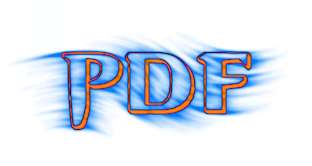
📑ESC(ape)CTRL — solo show curated by Domenico de Chirico at Lily Robert gallery - catalog 2018
📑There — catalog 2017
📑How to make an Exhibition — catalog 2016

